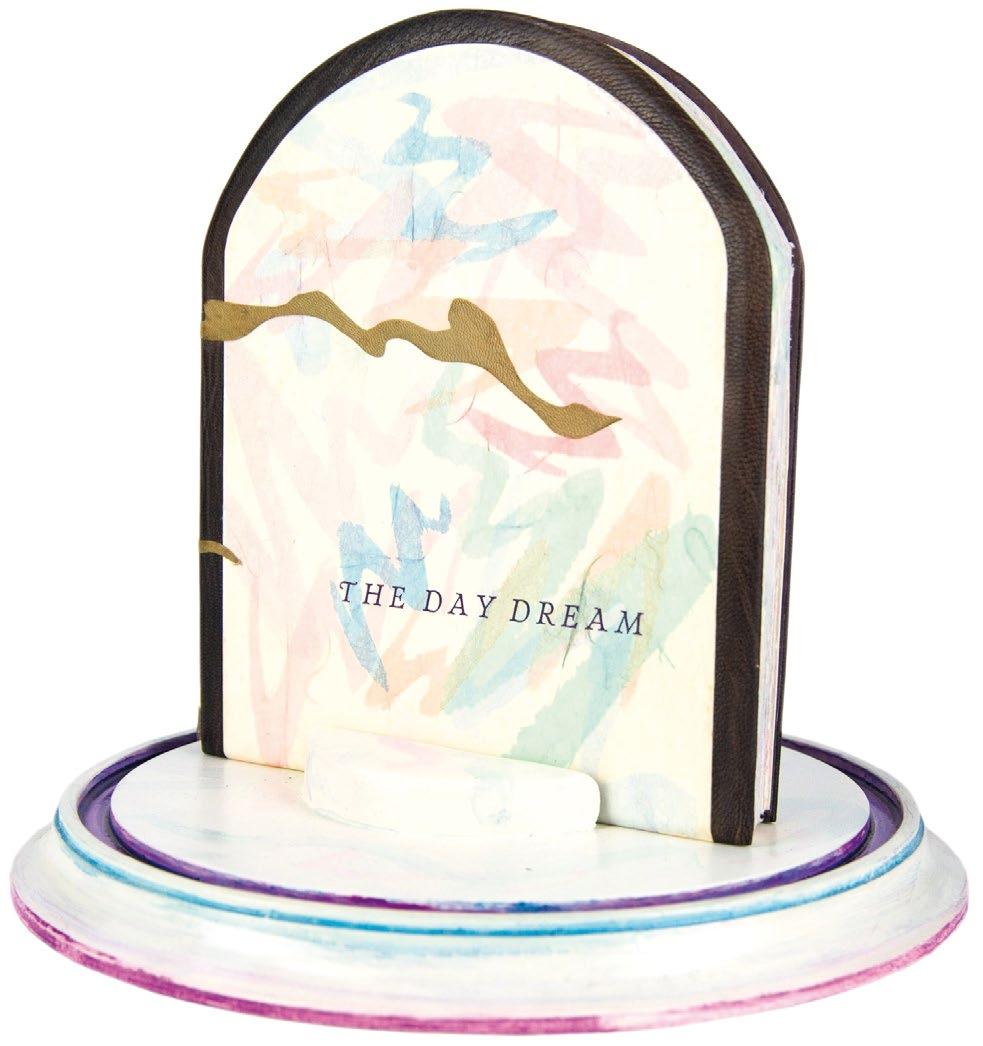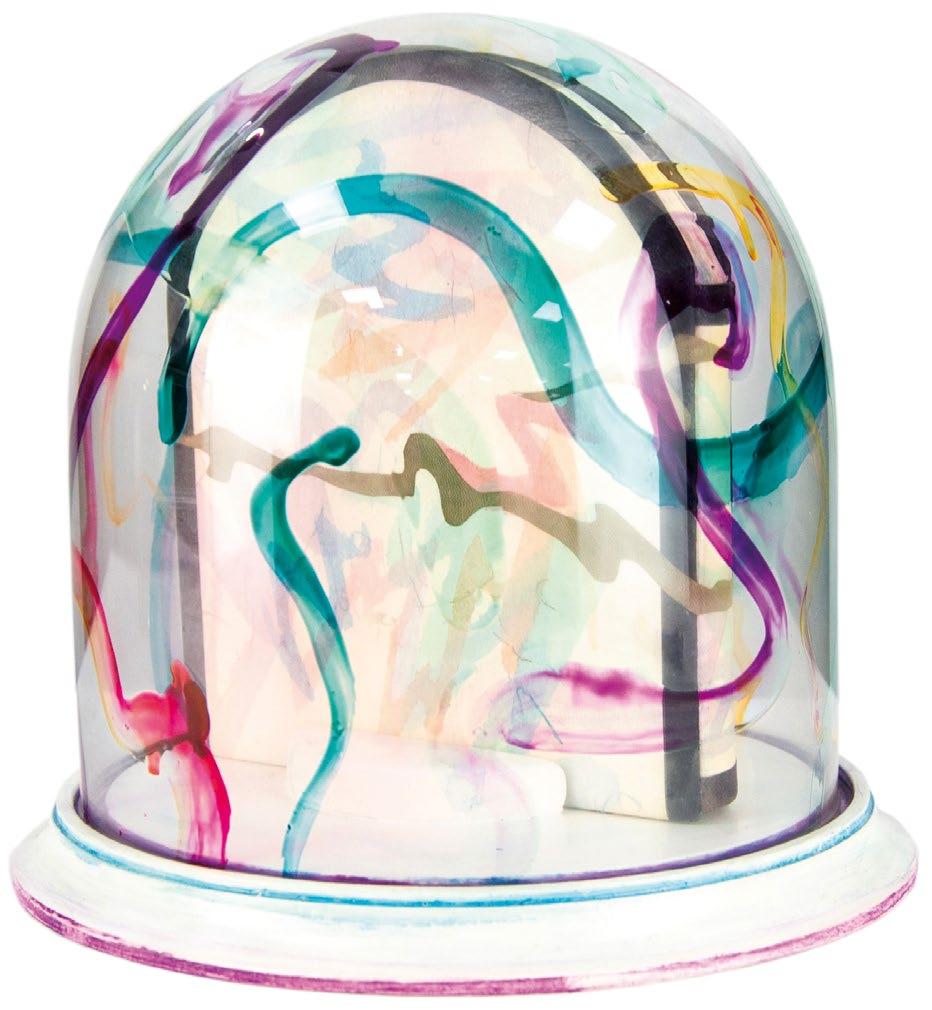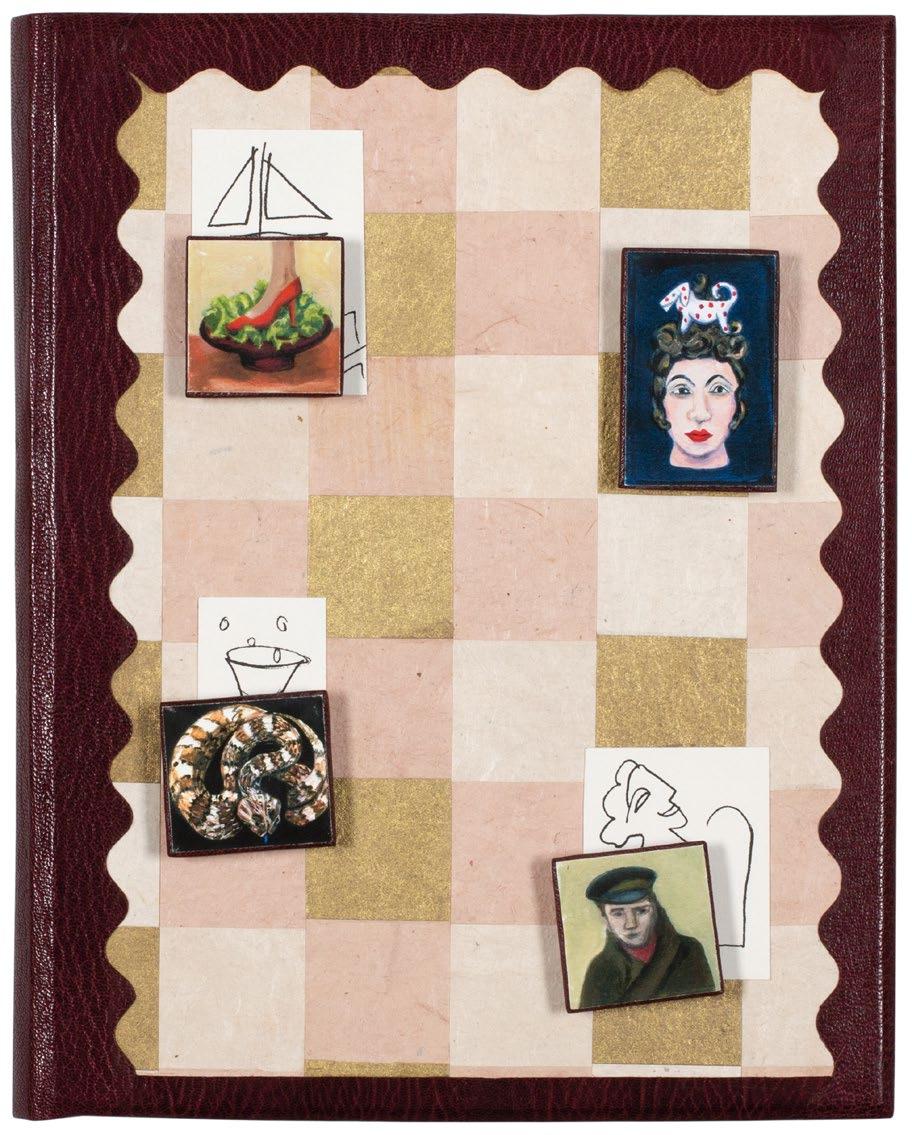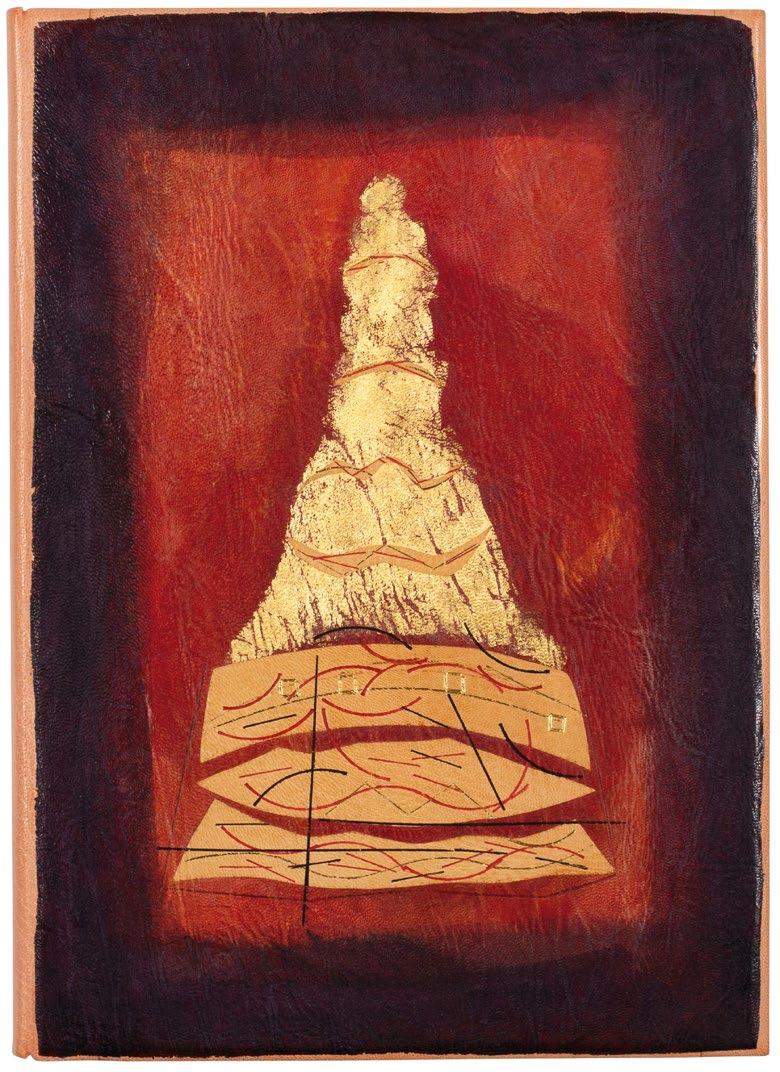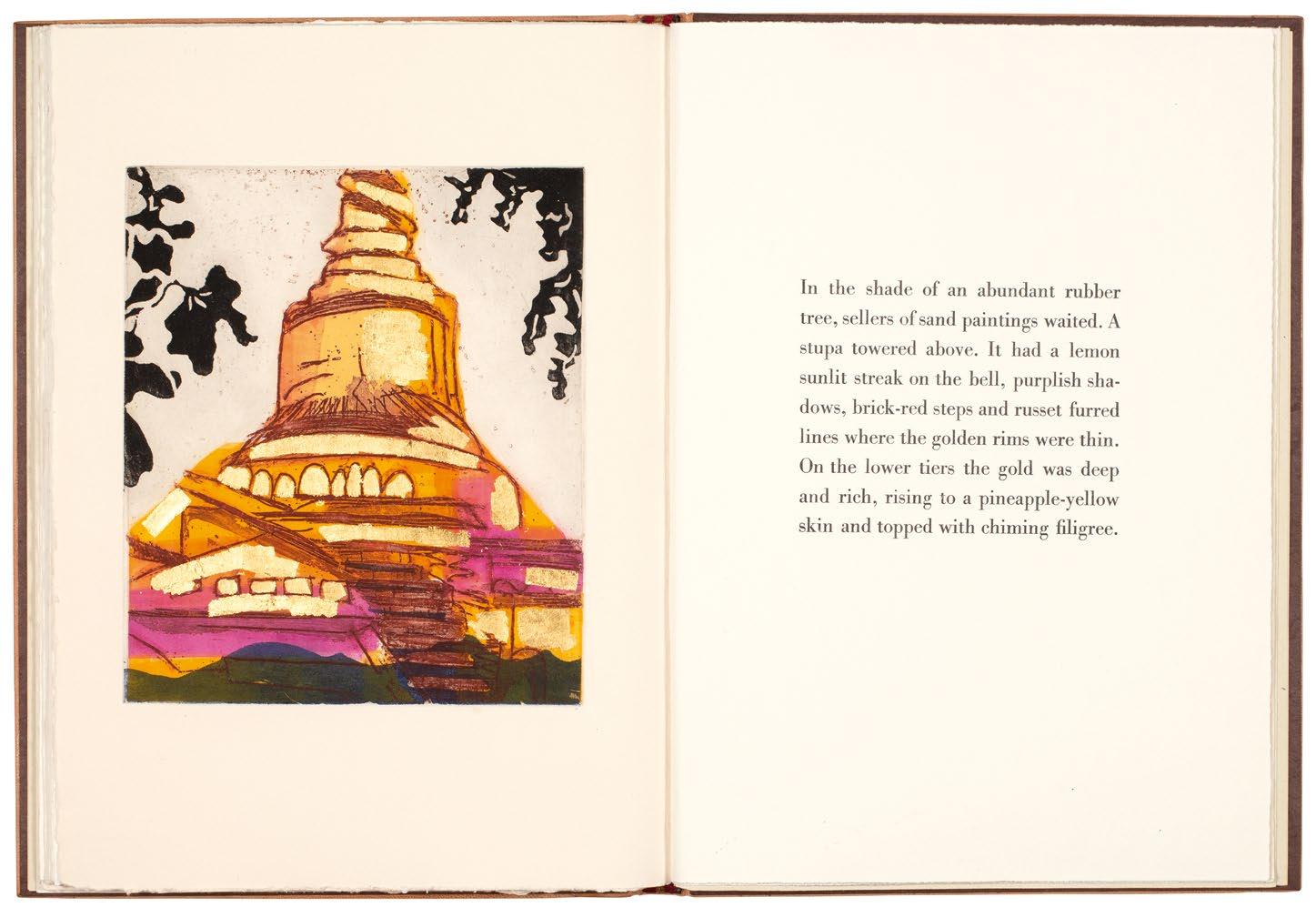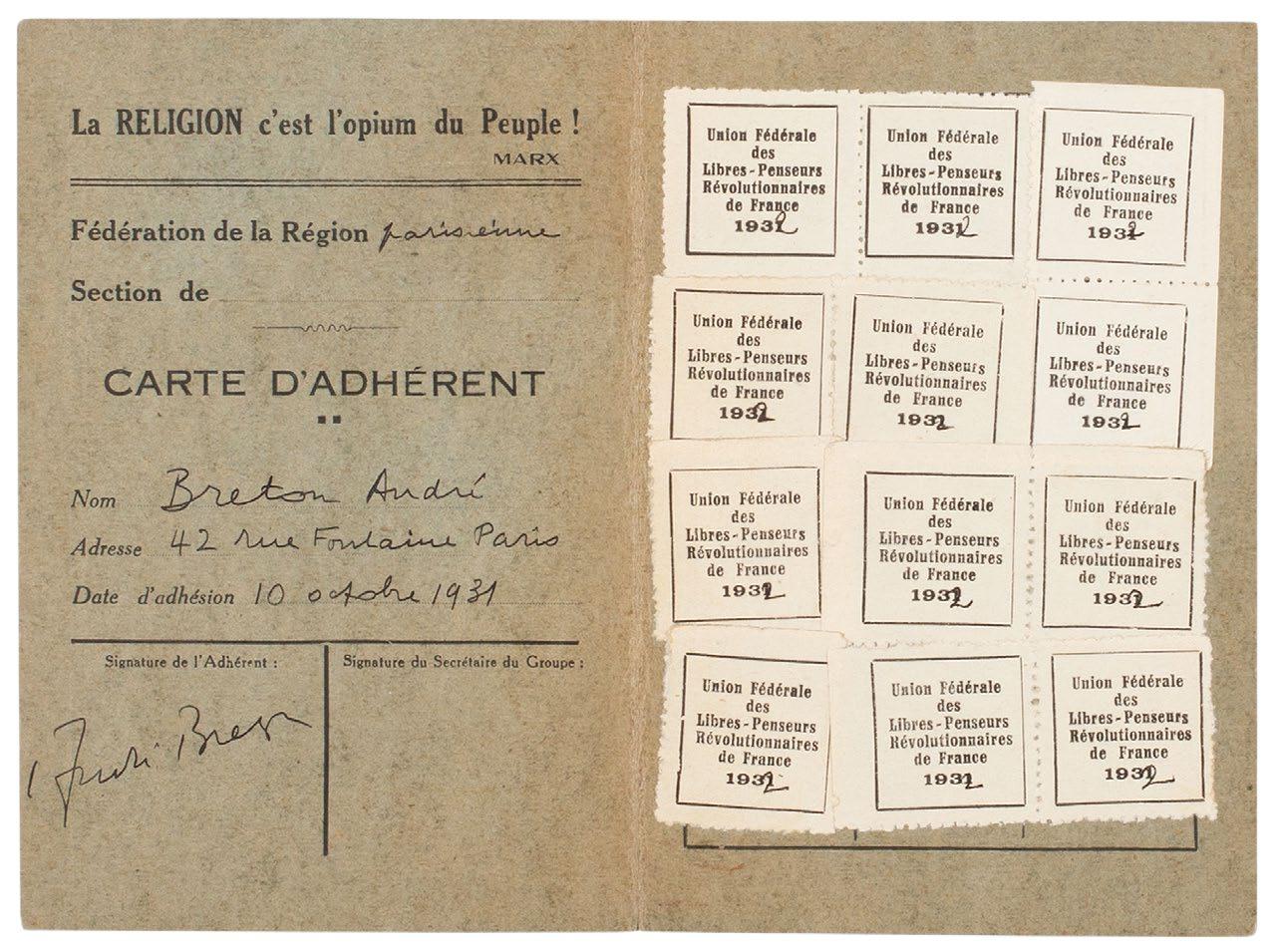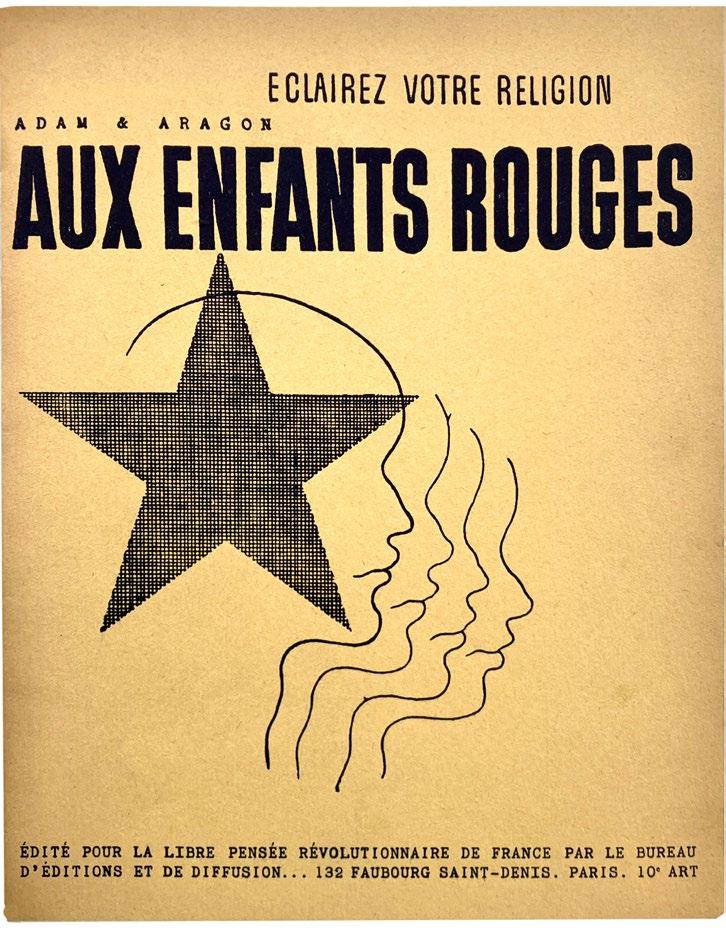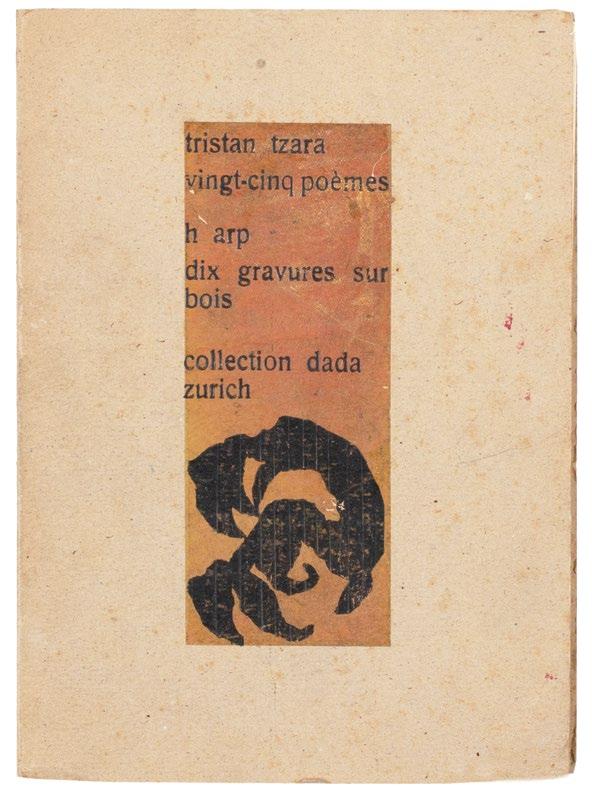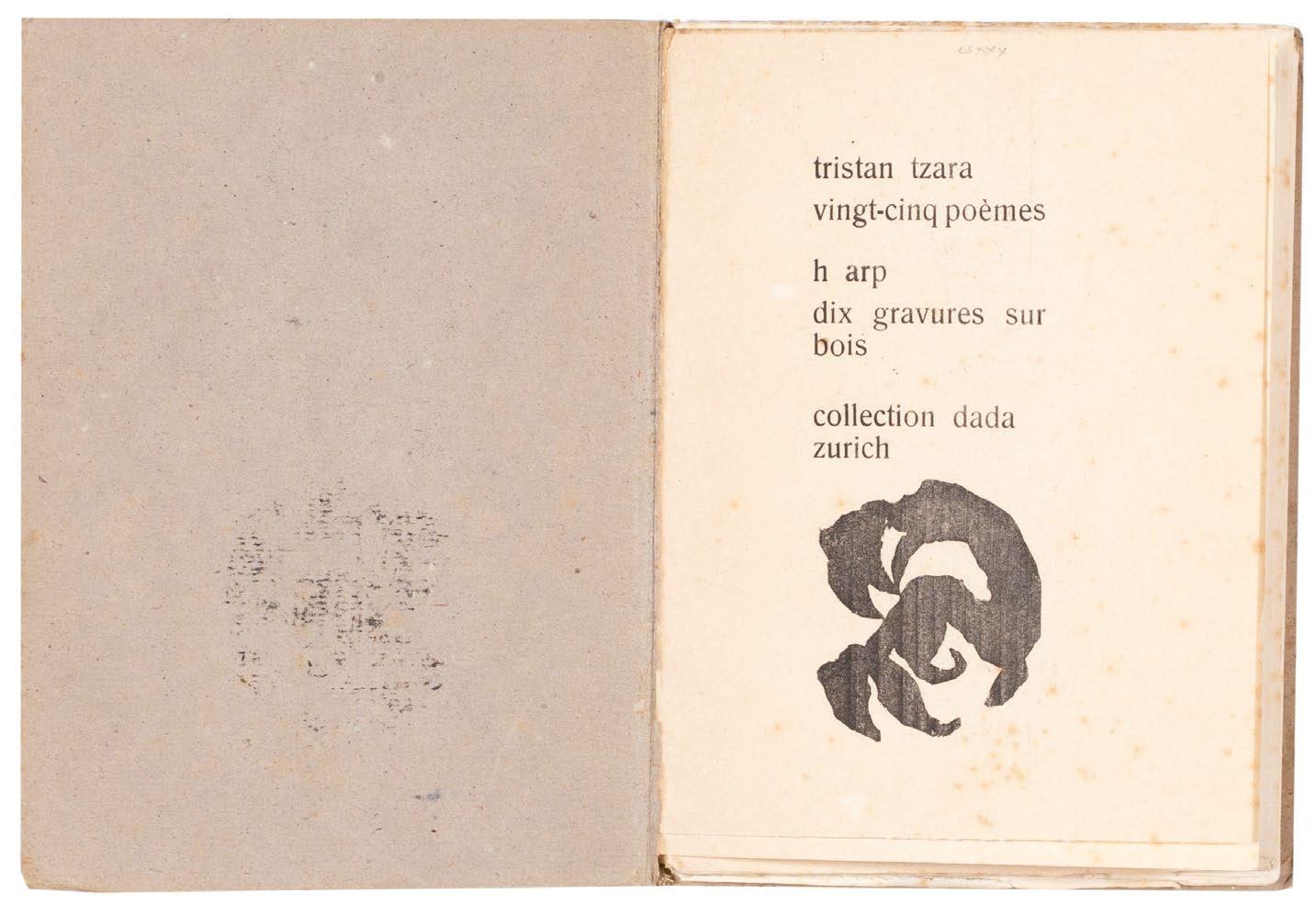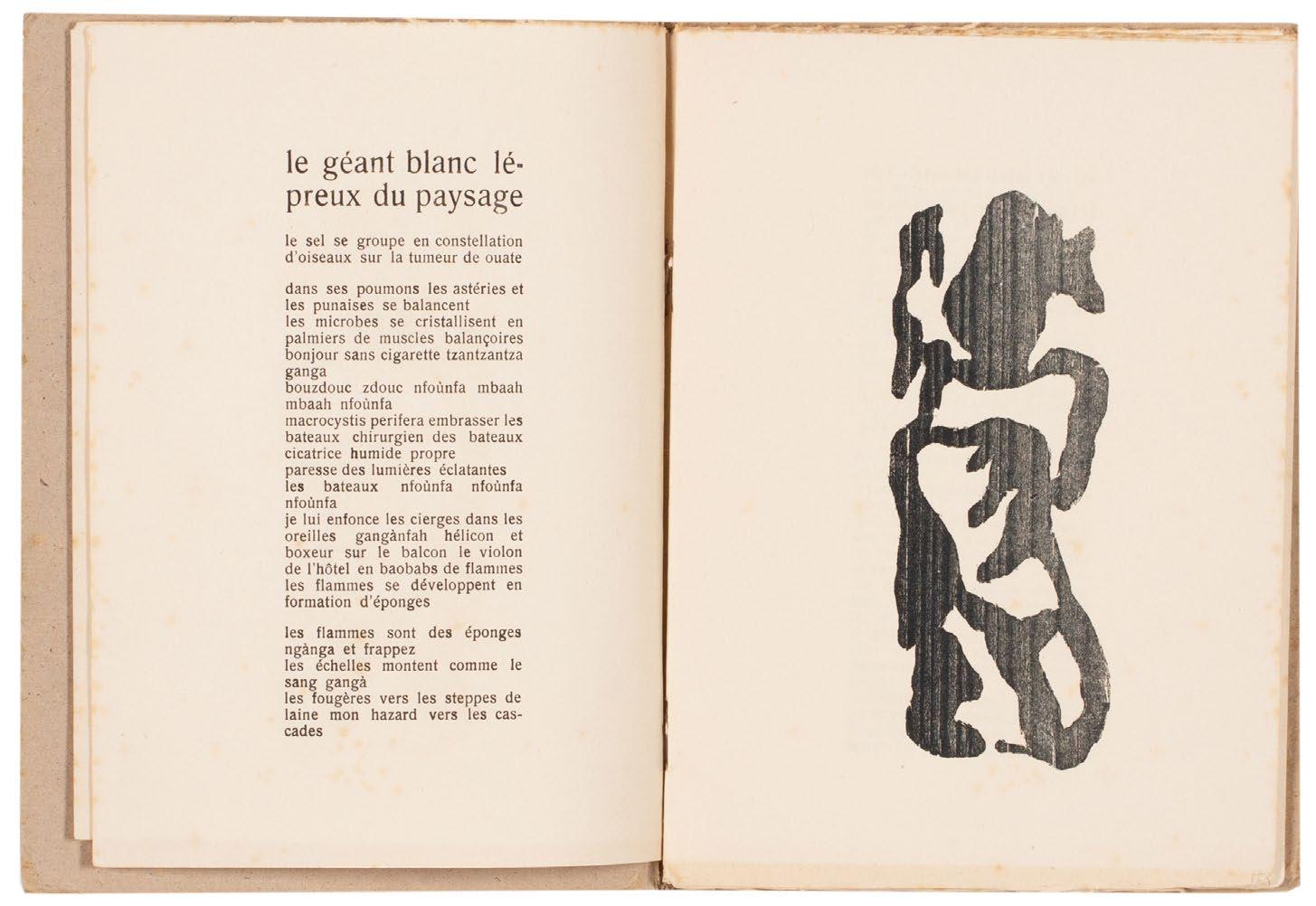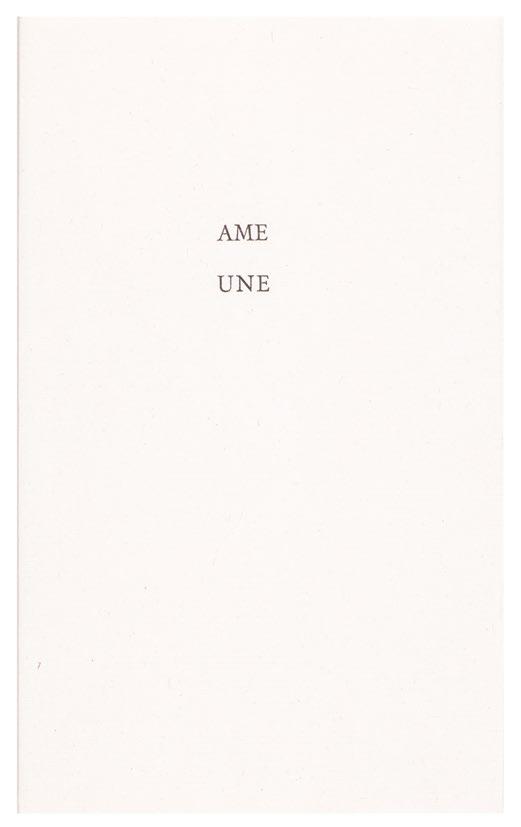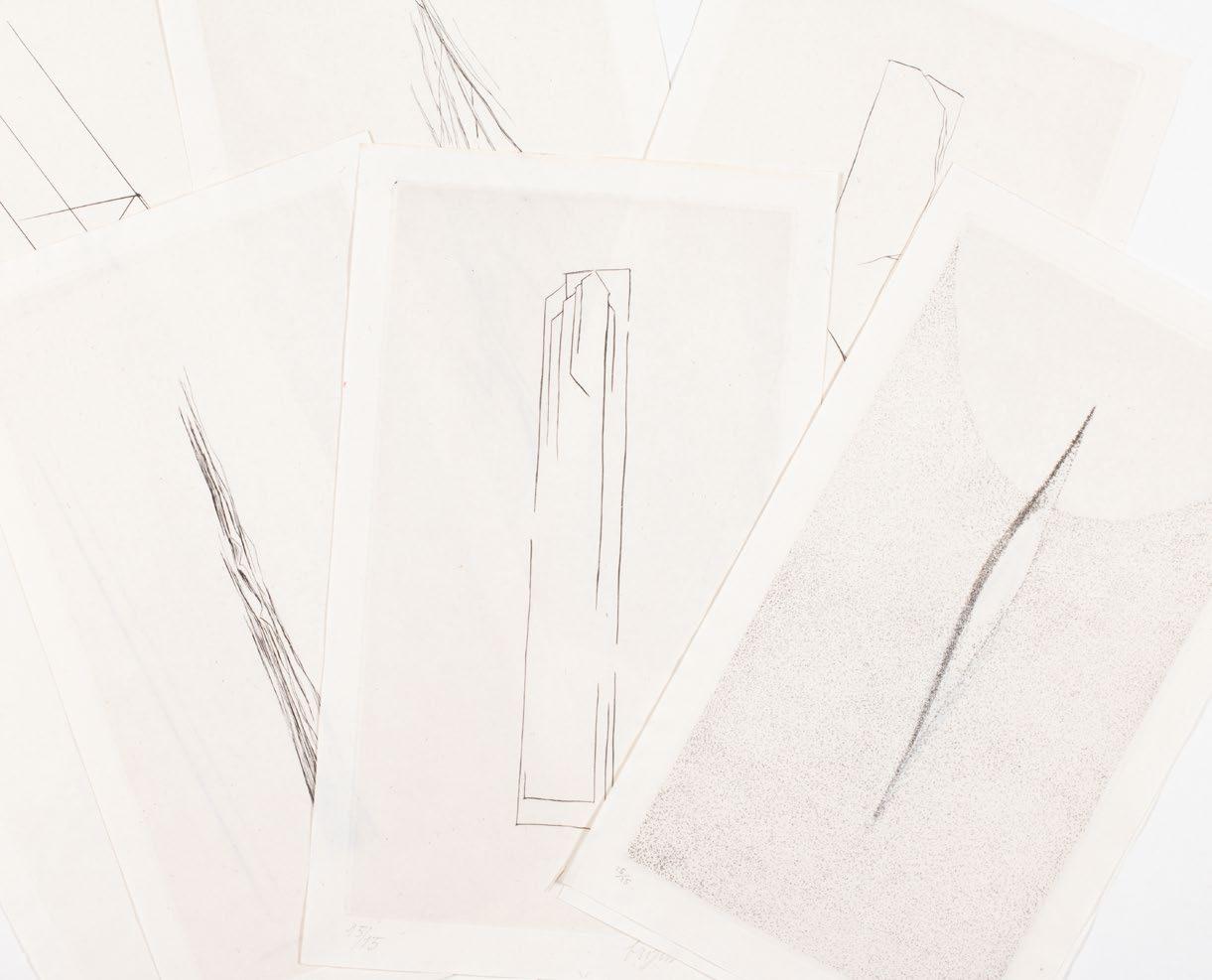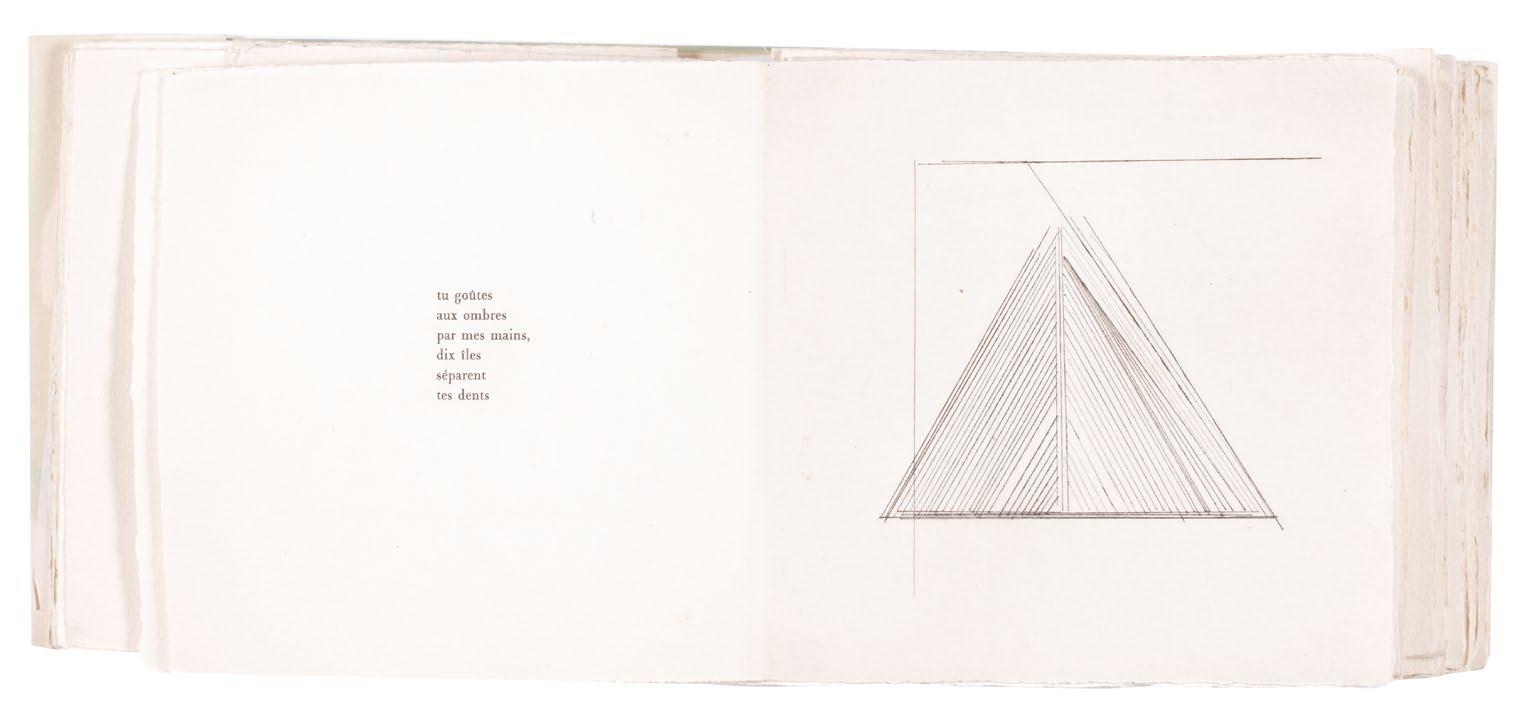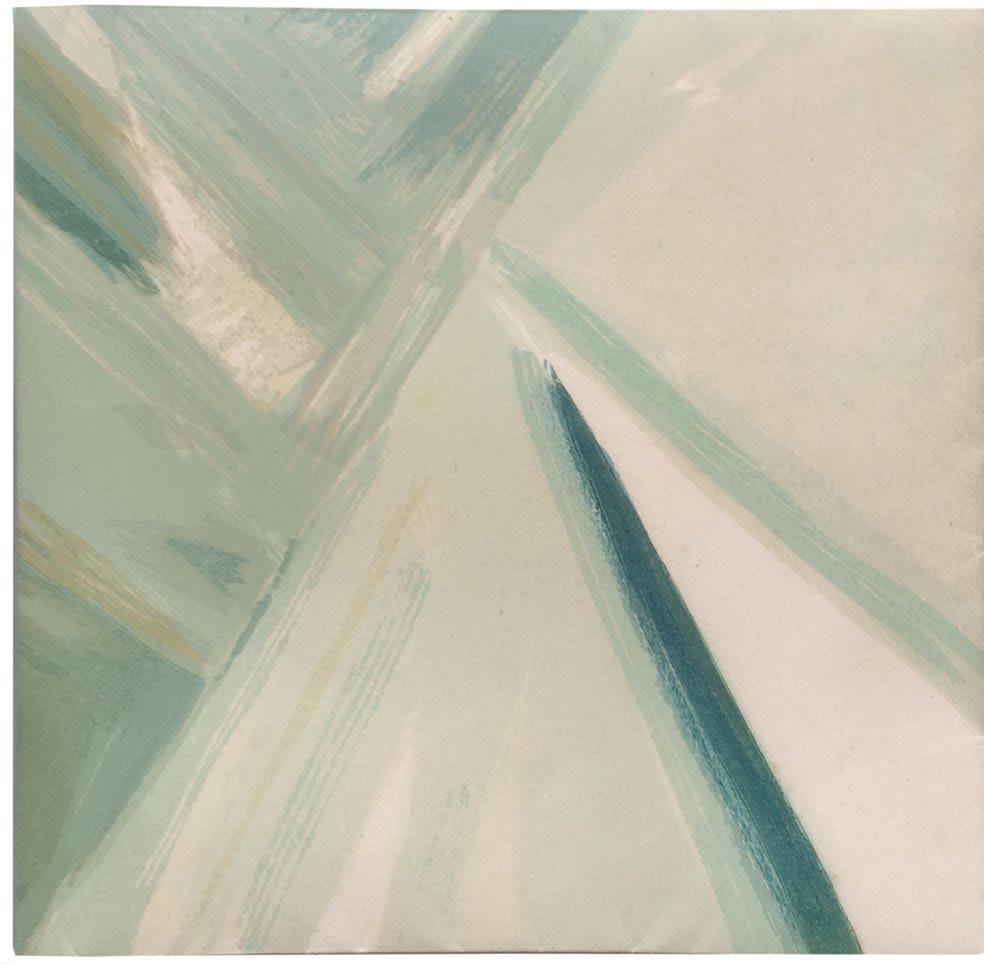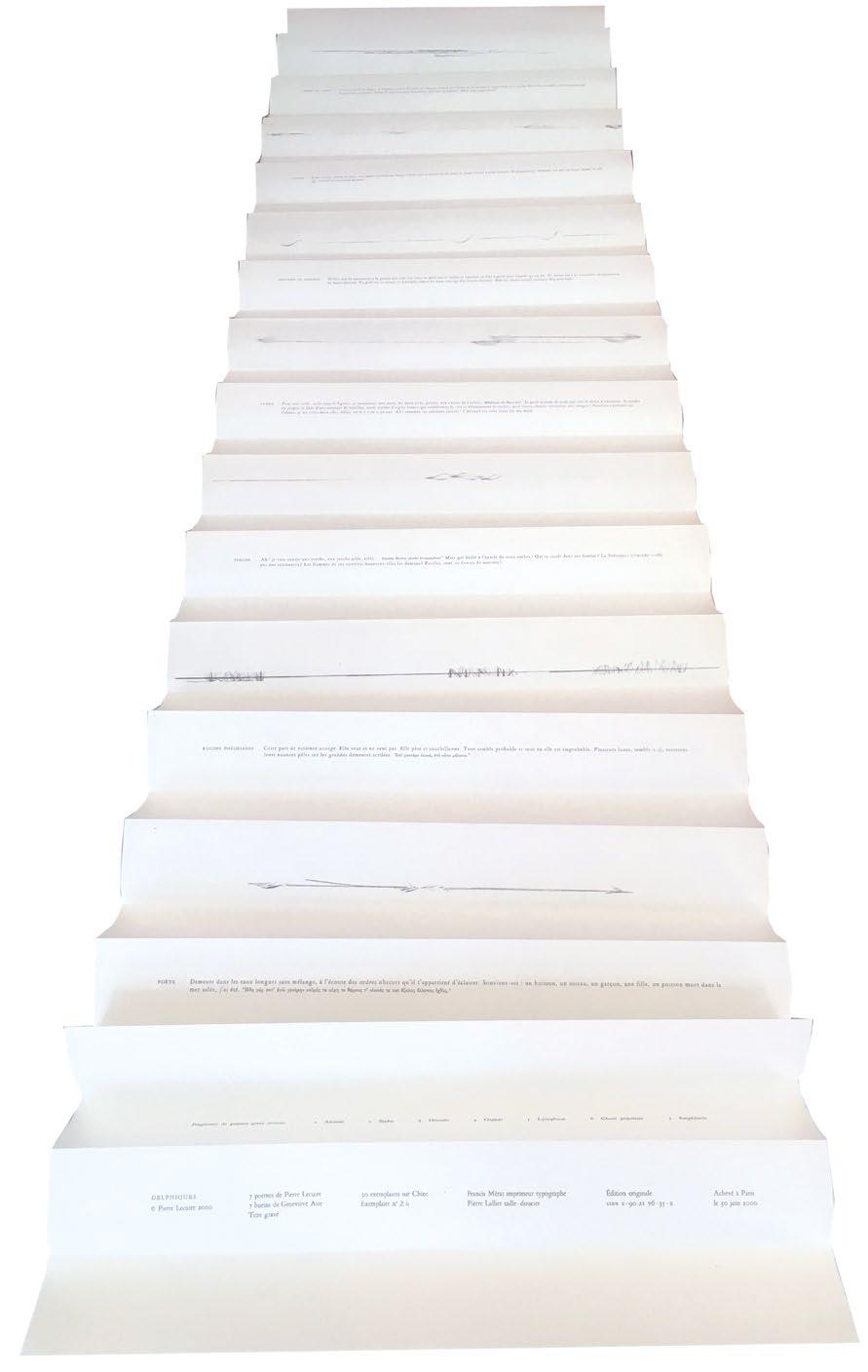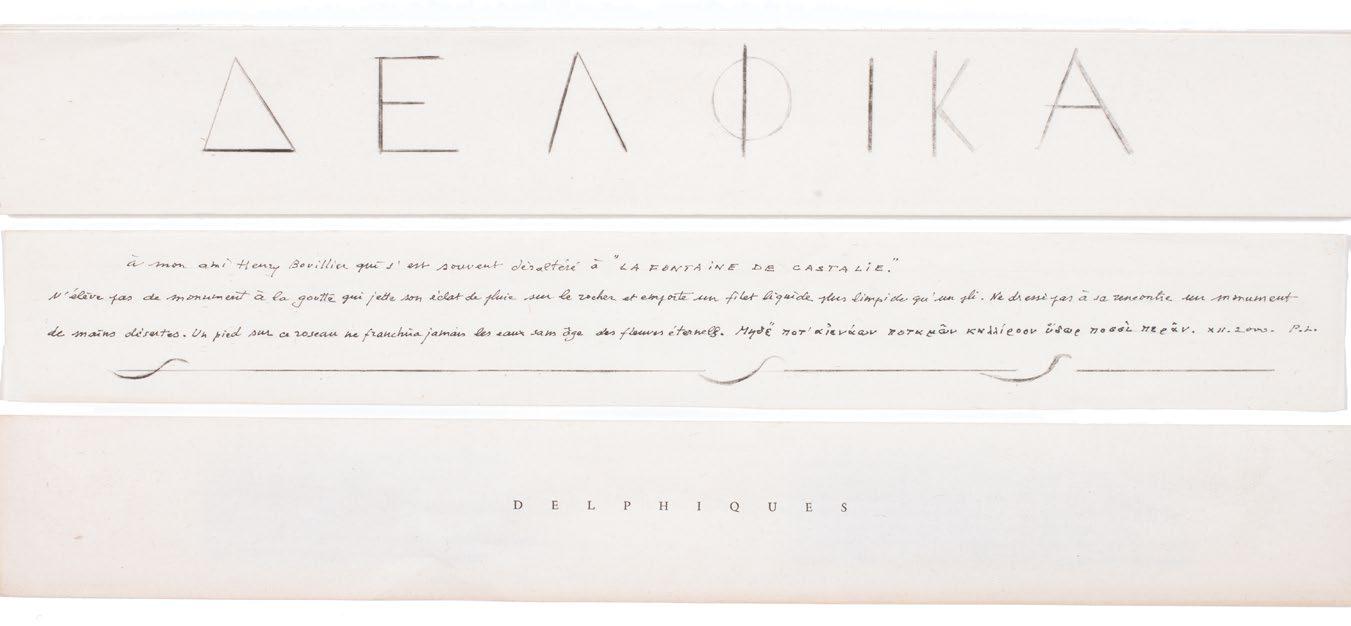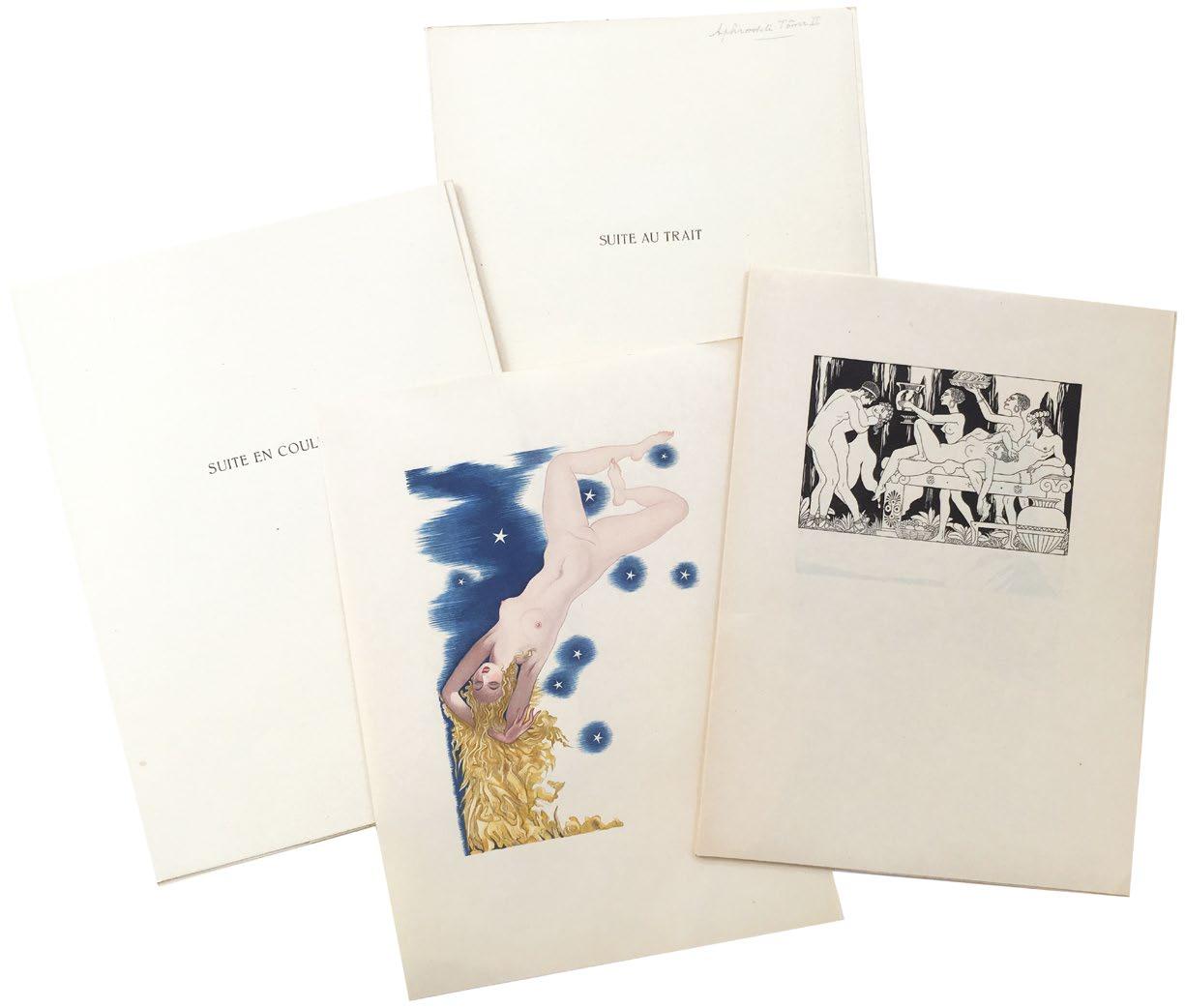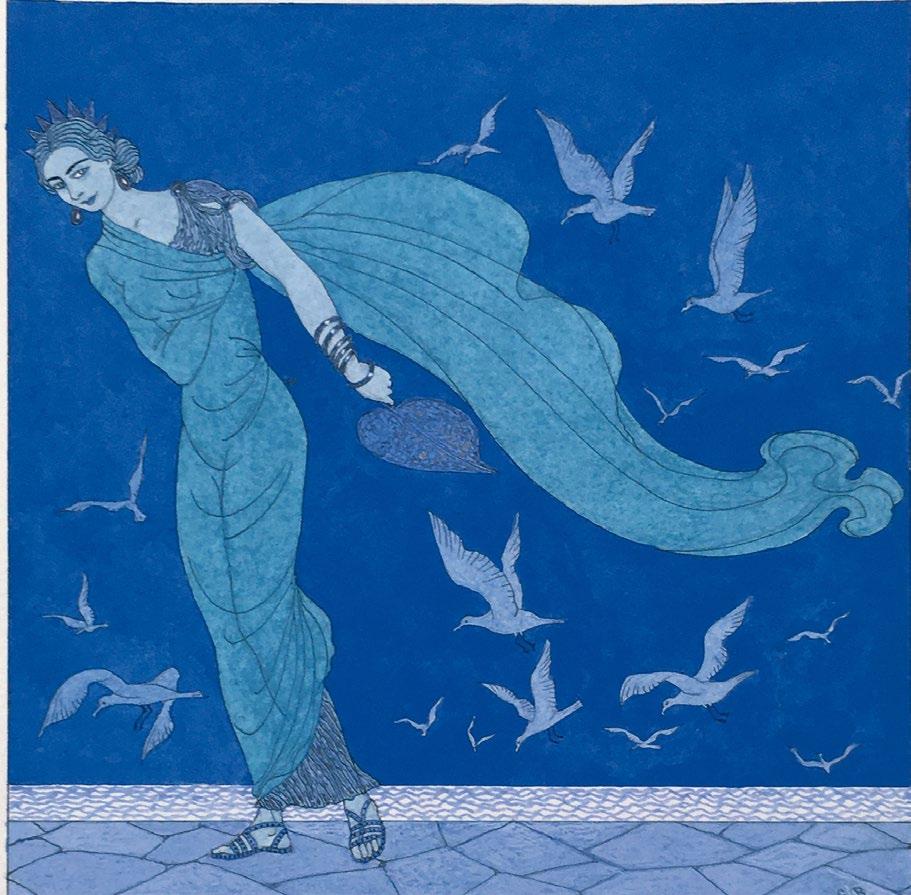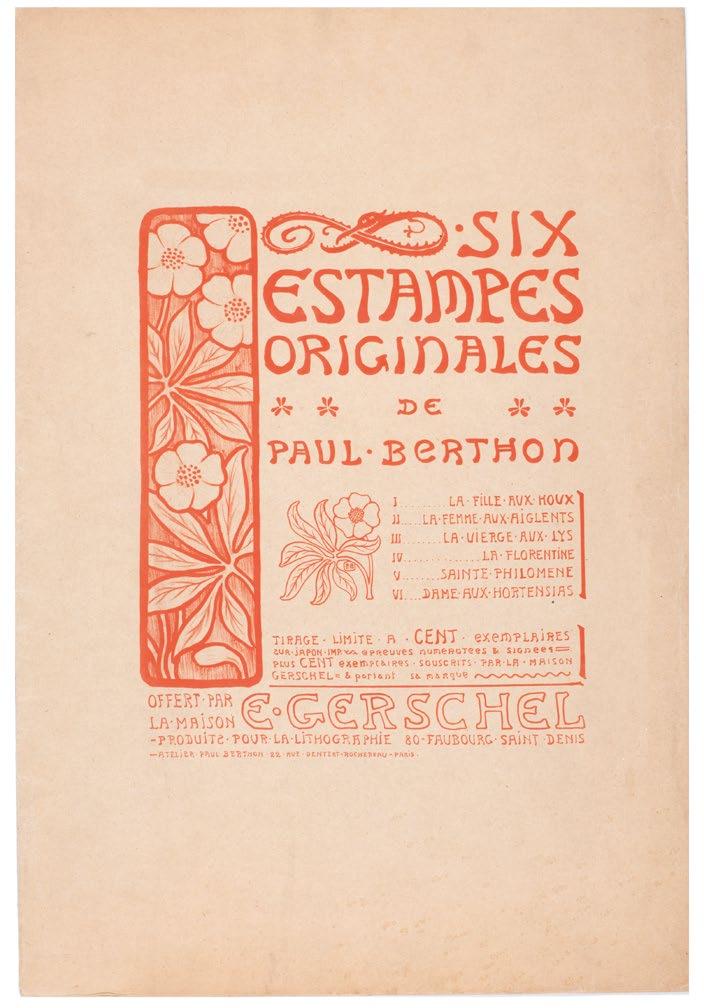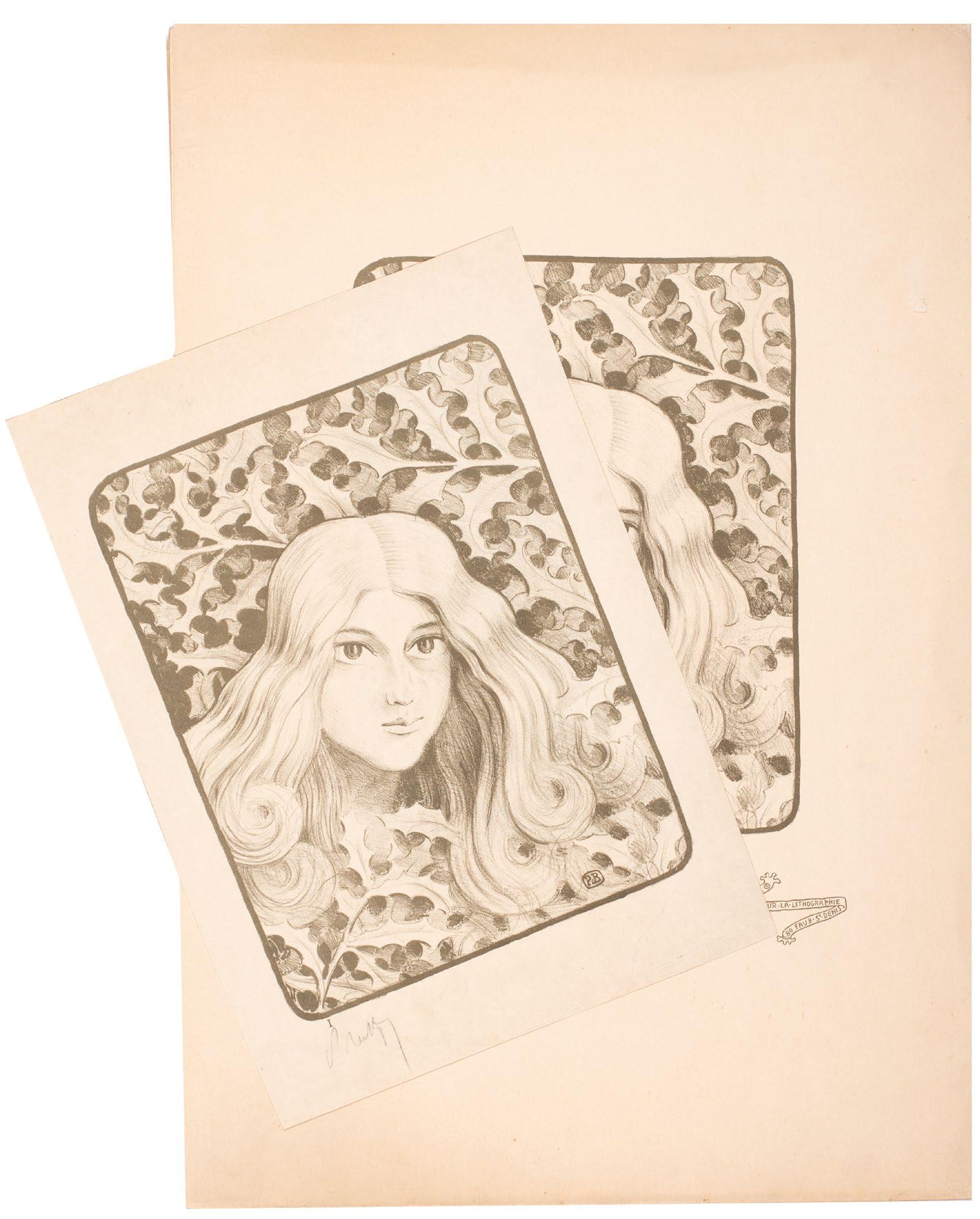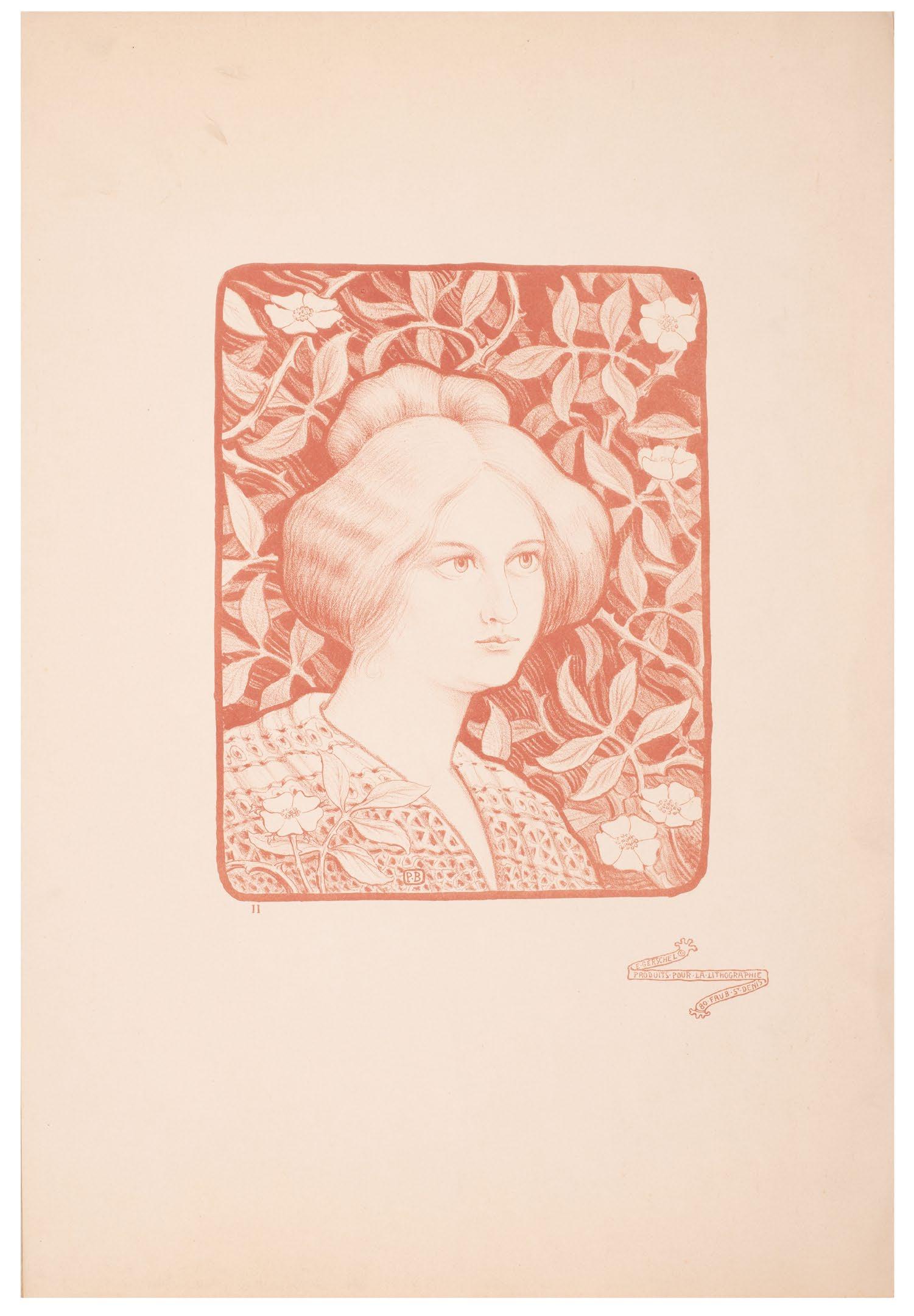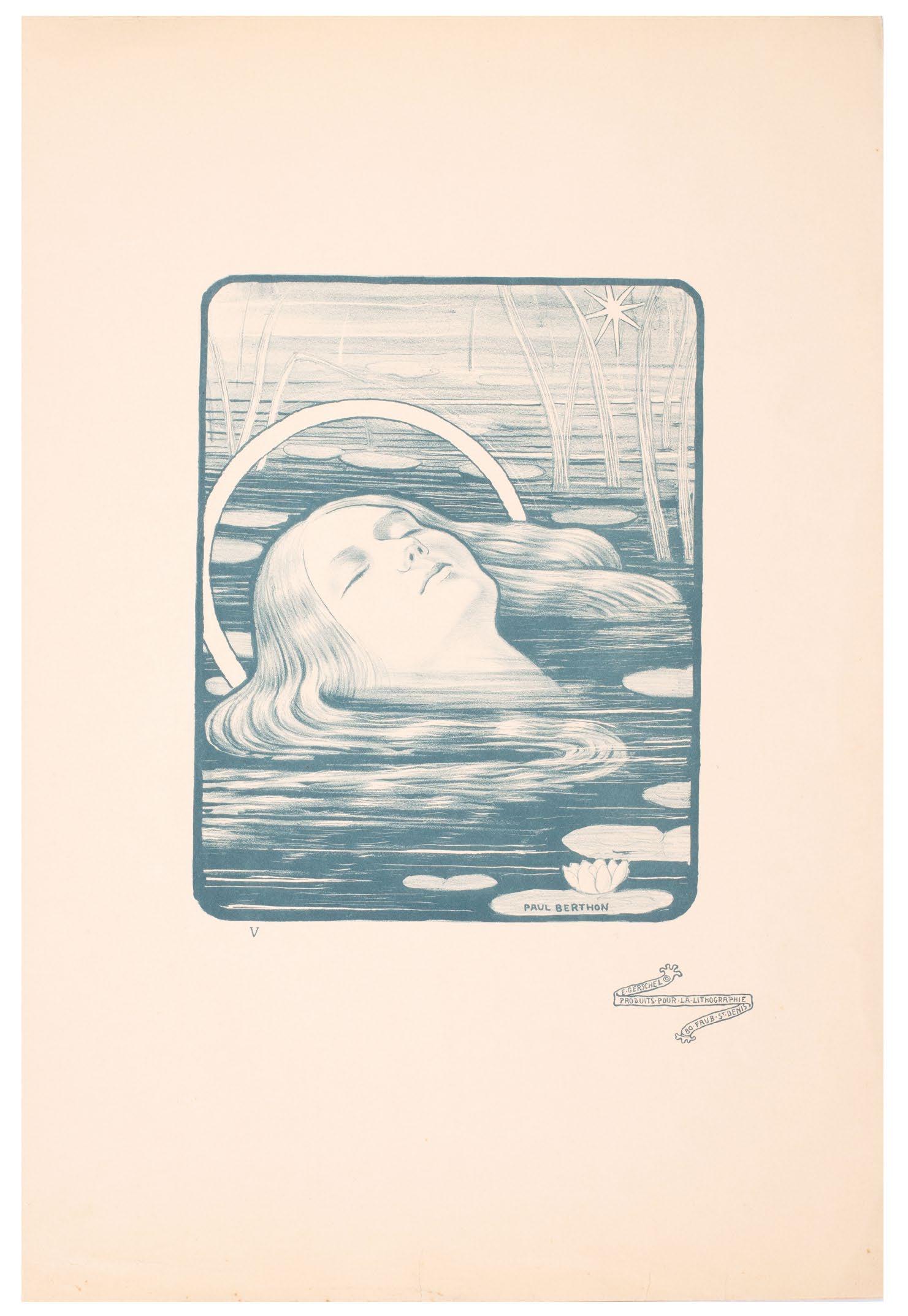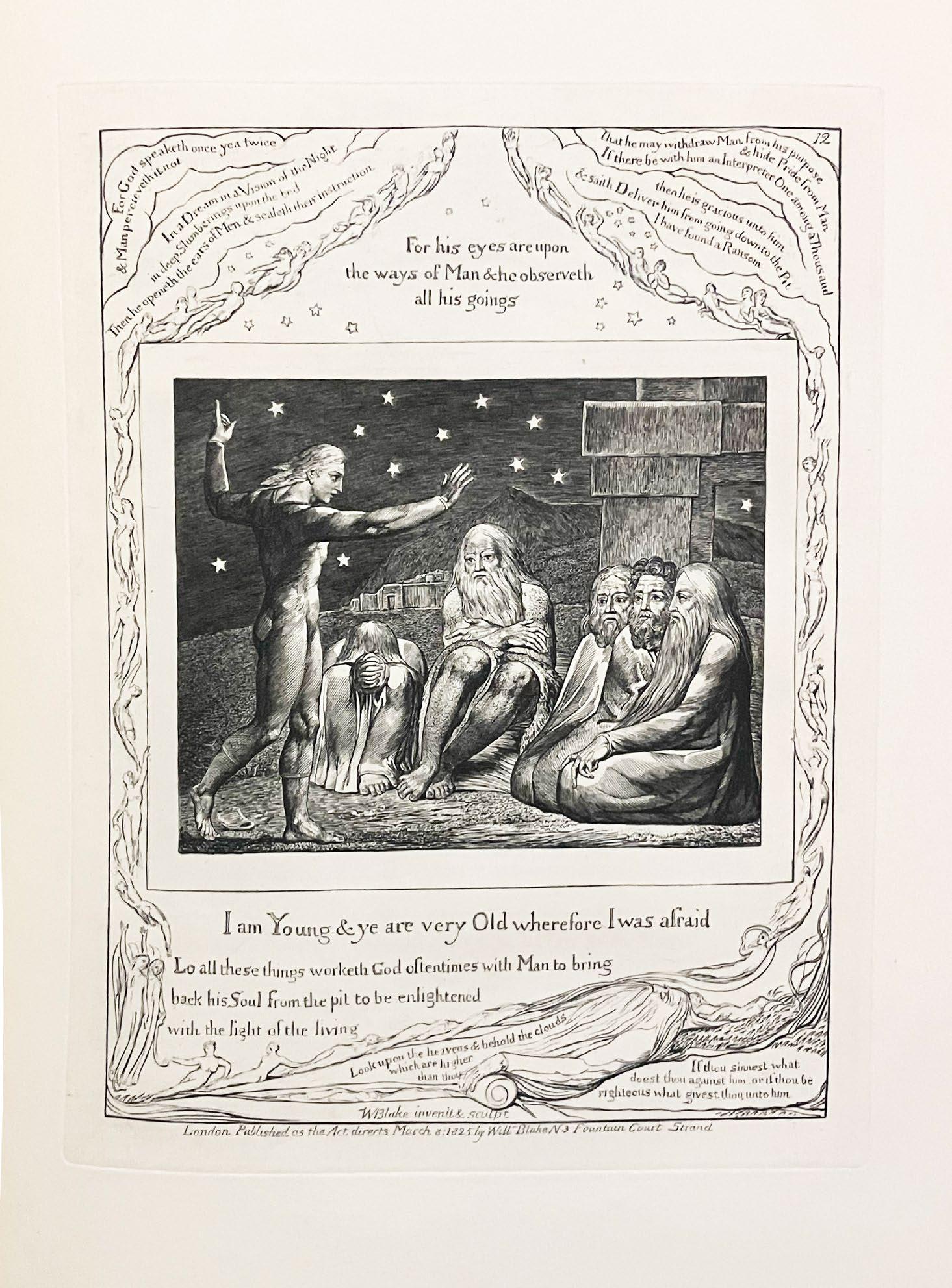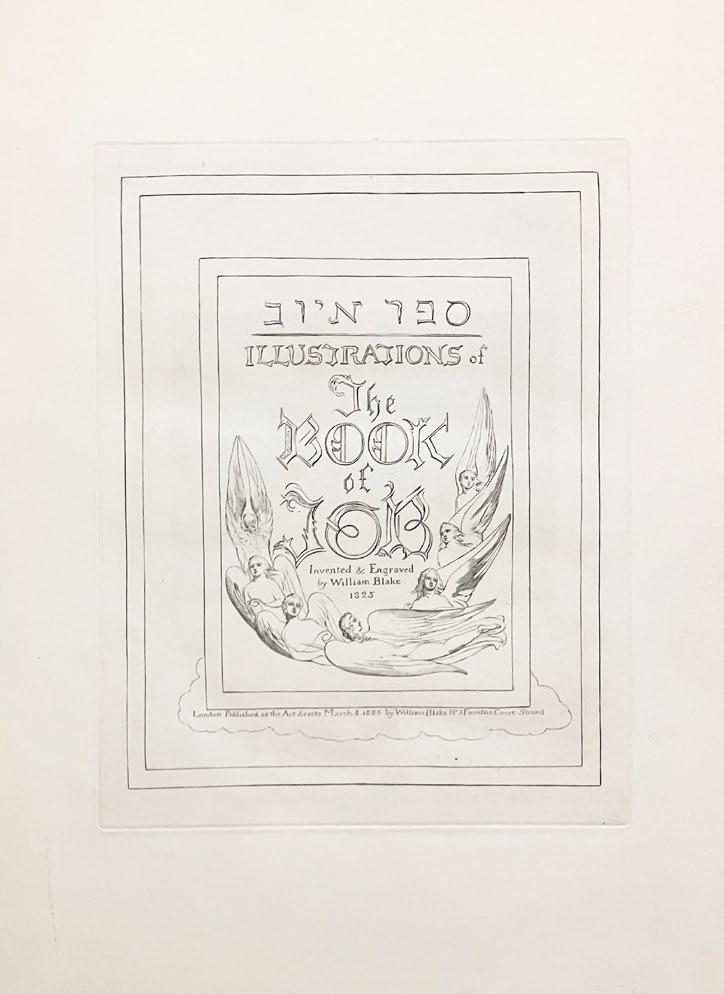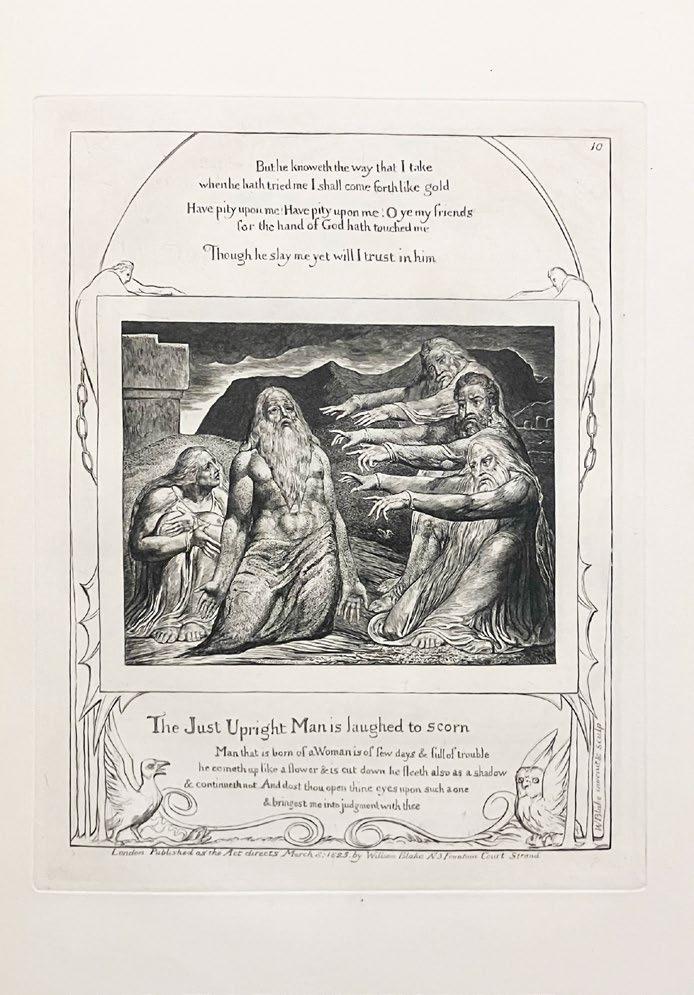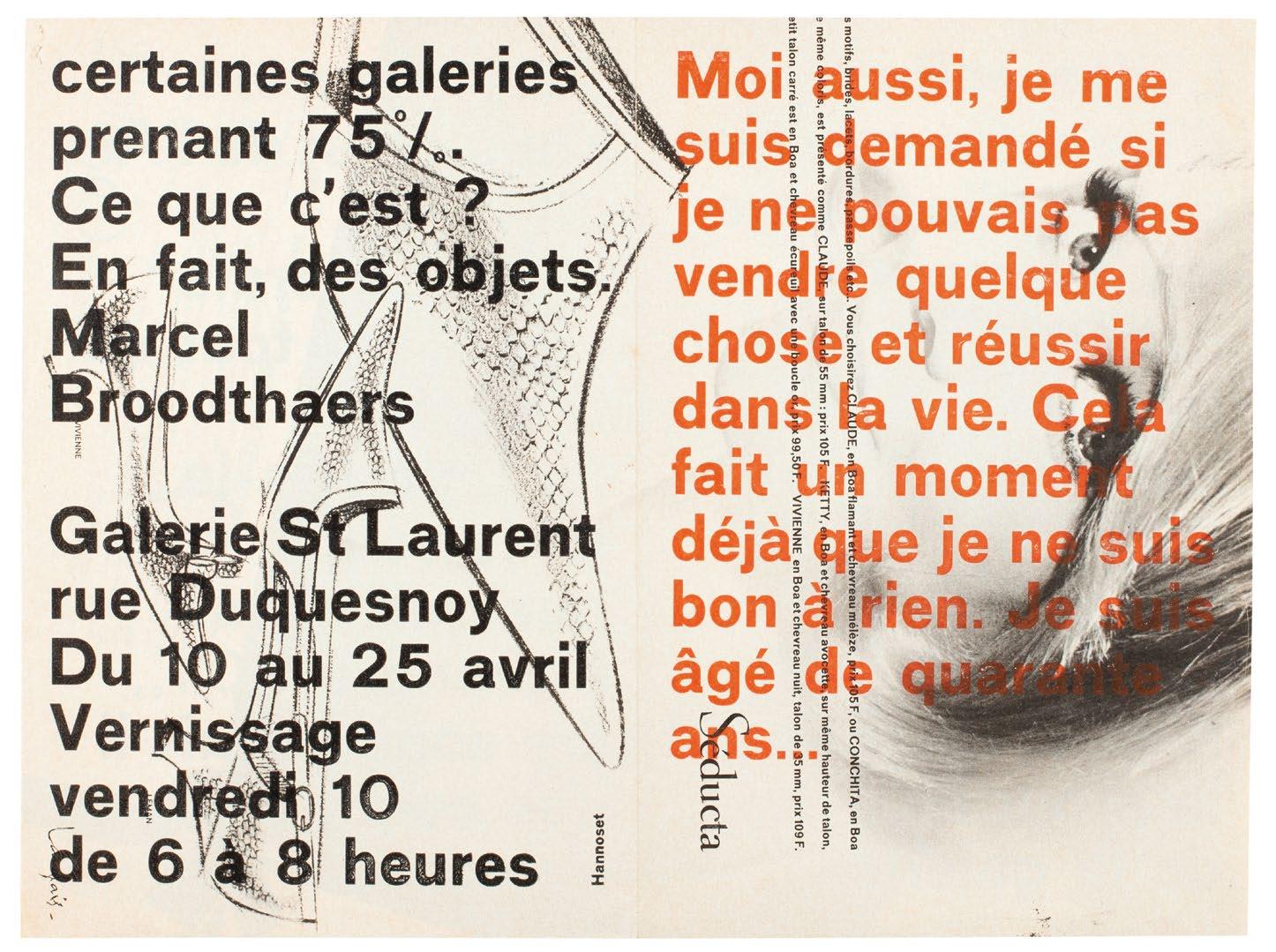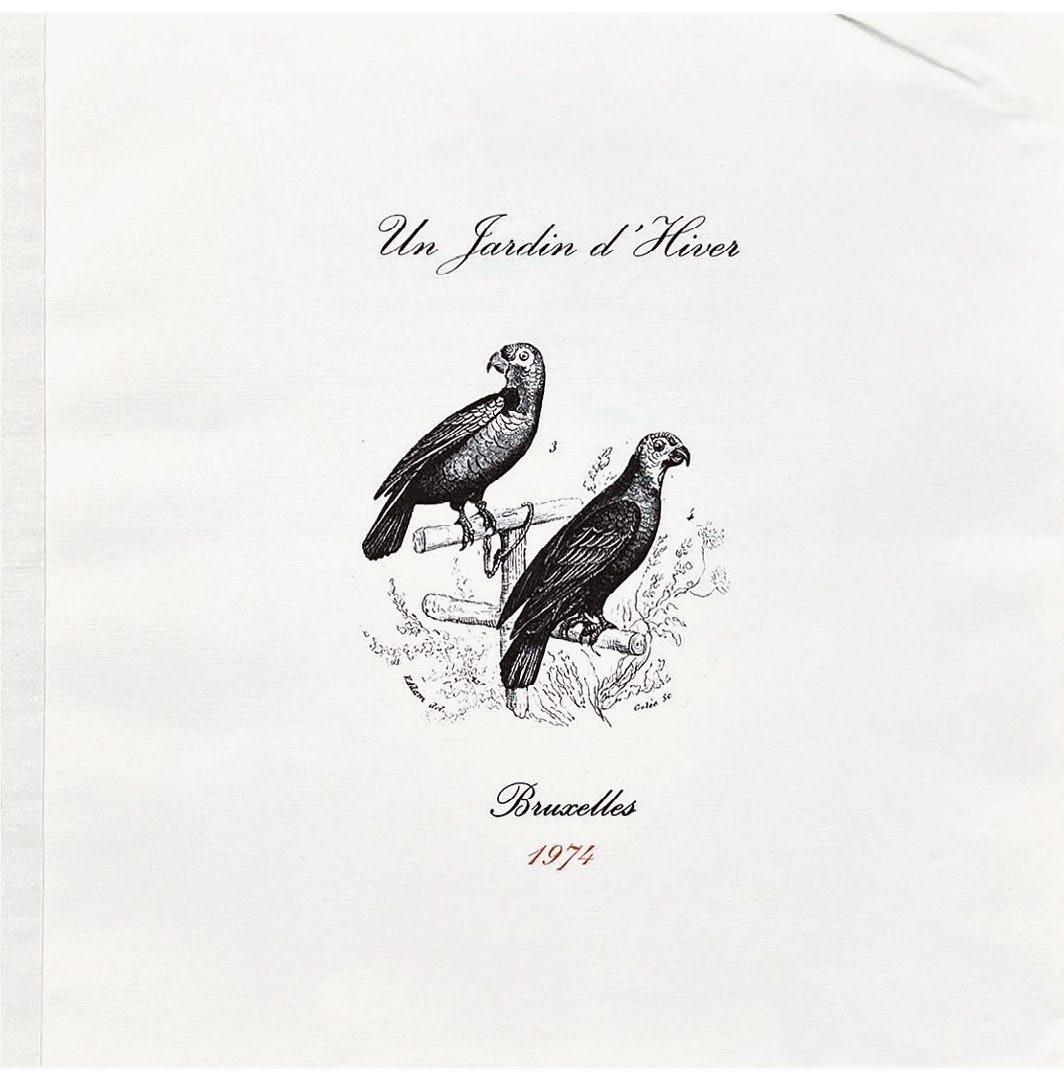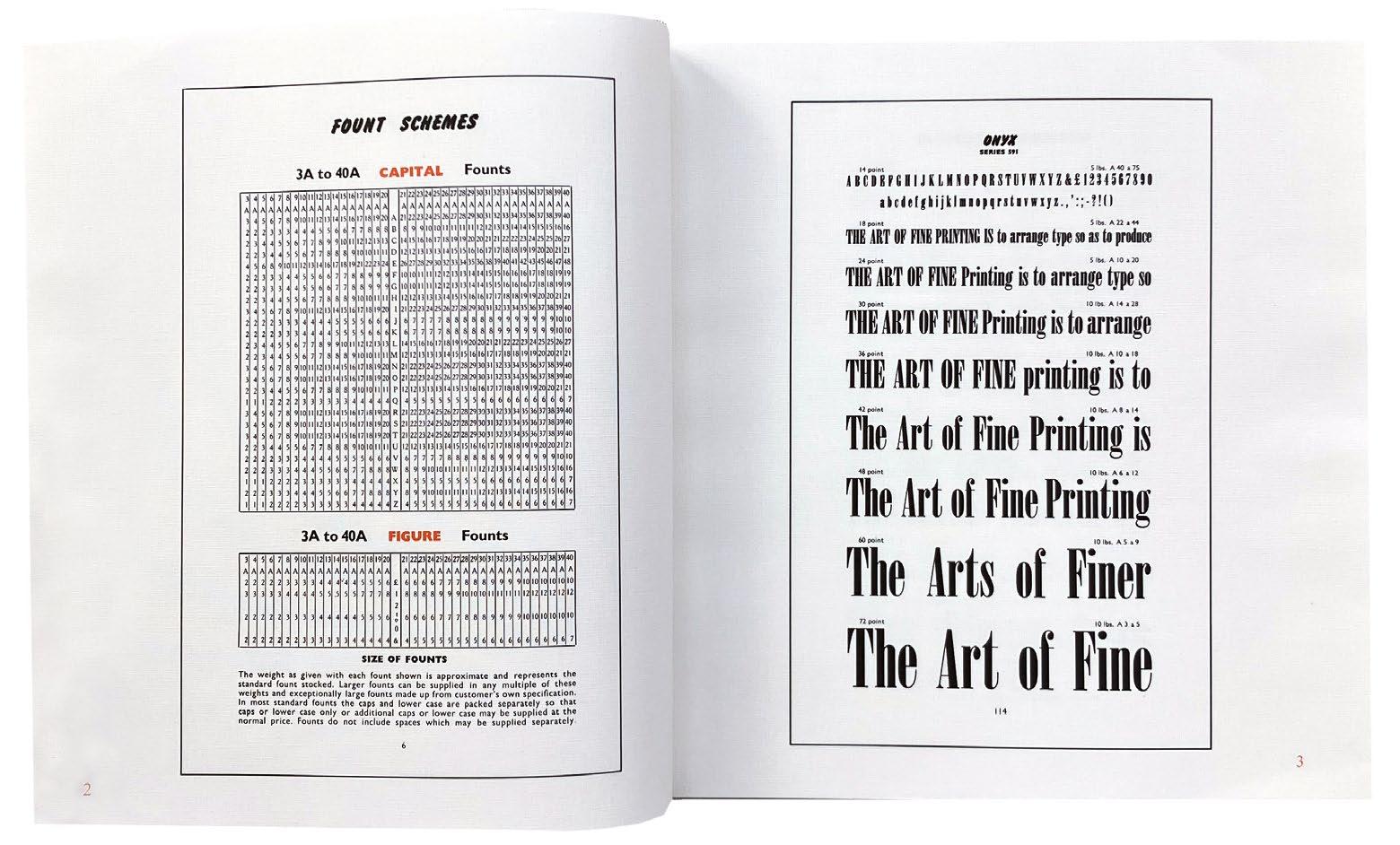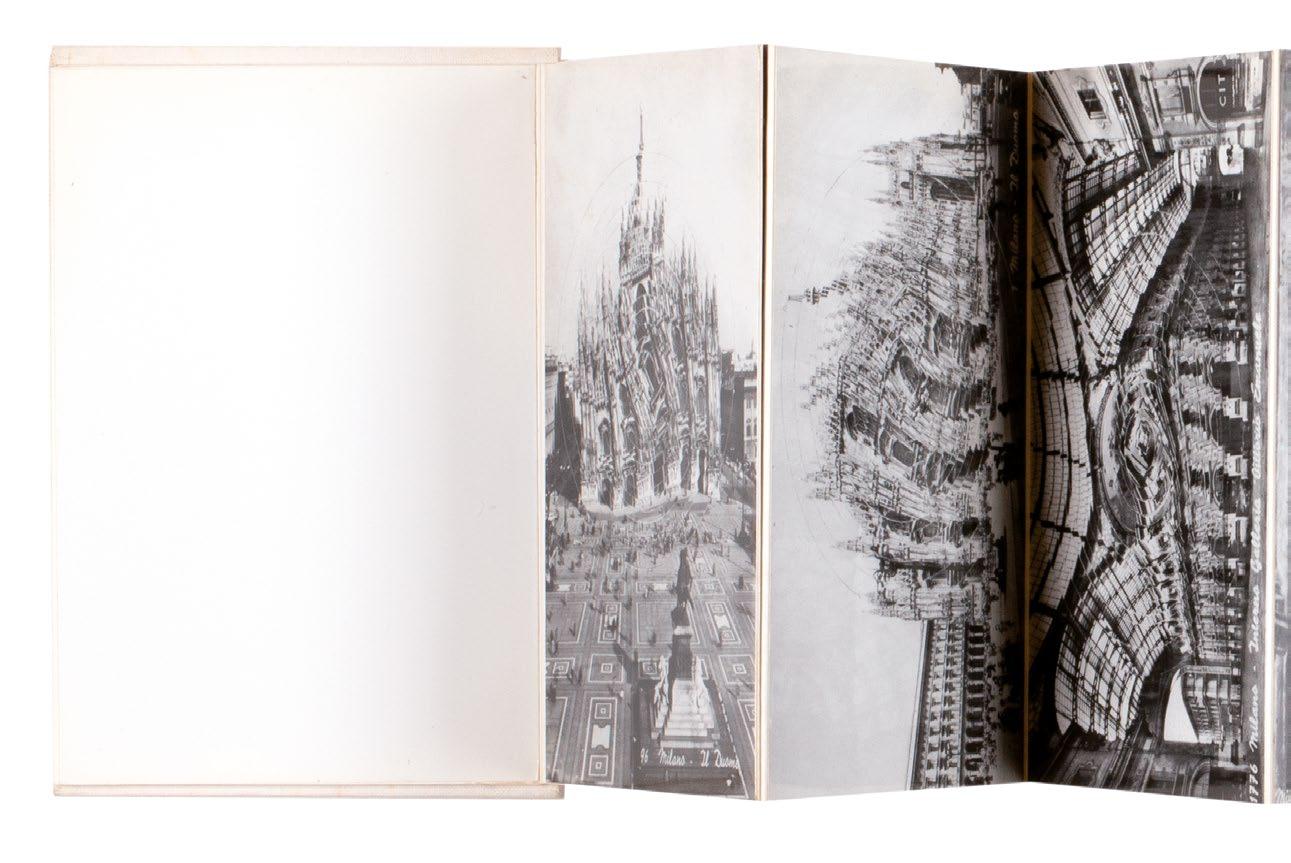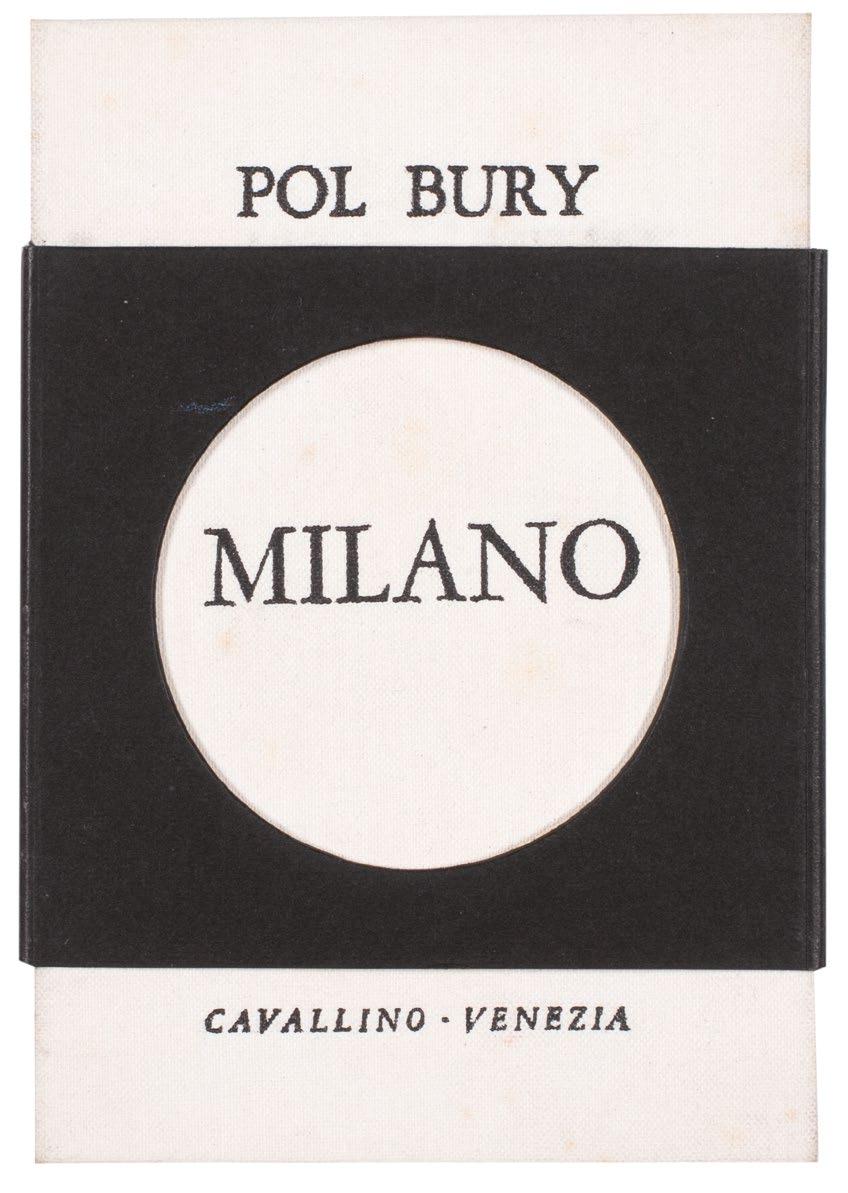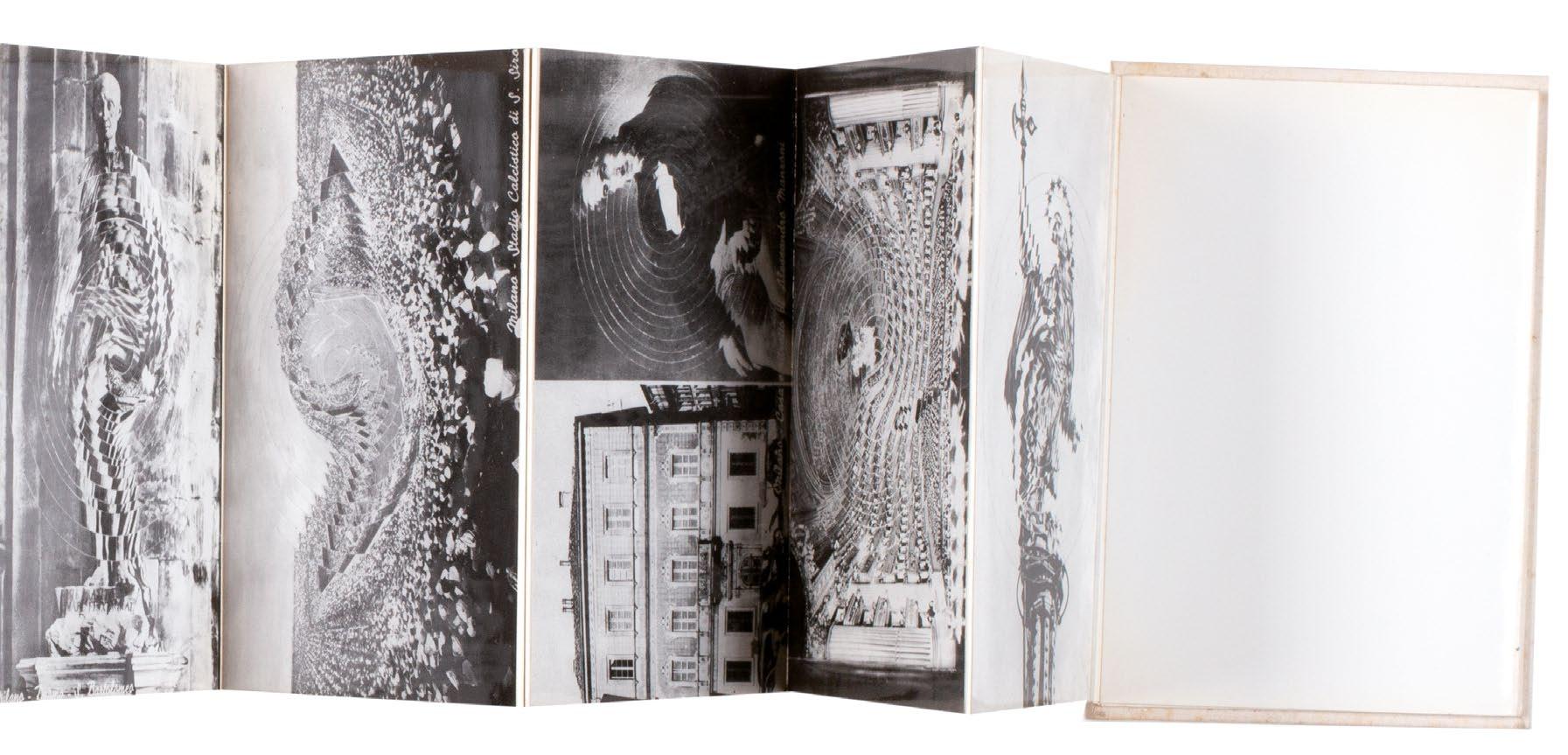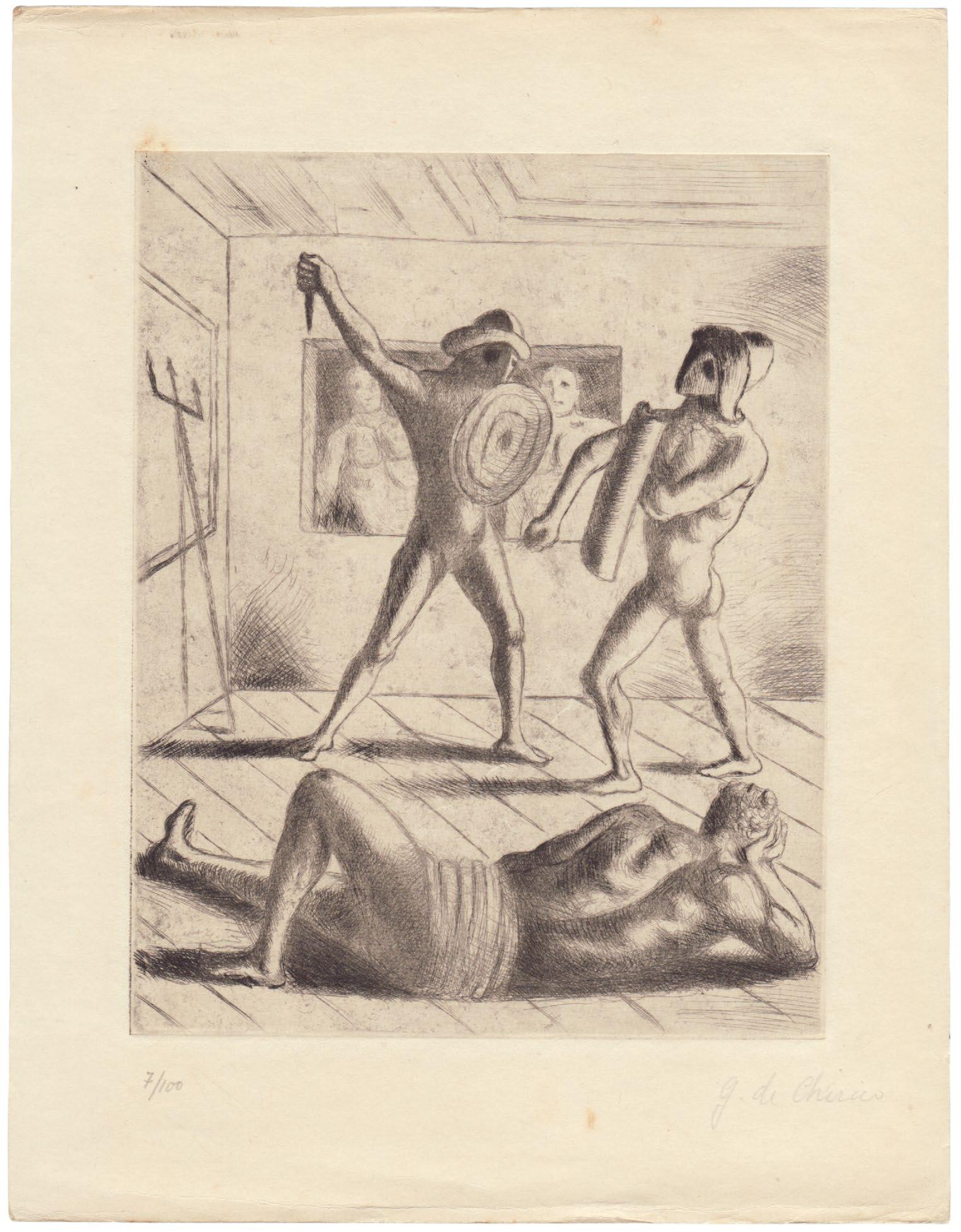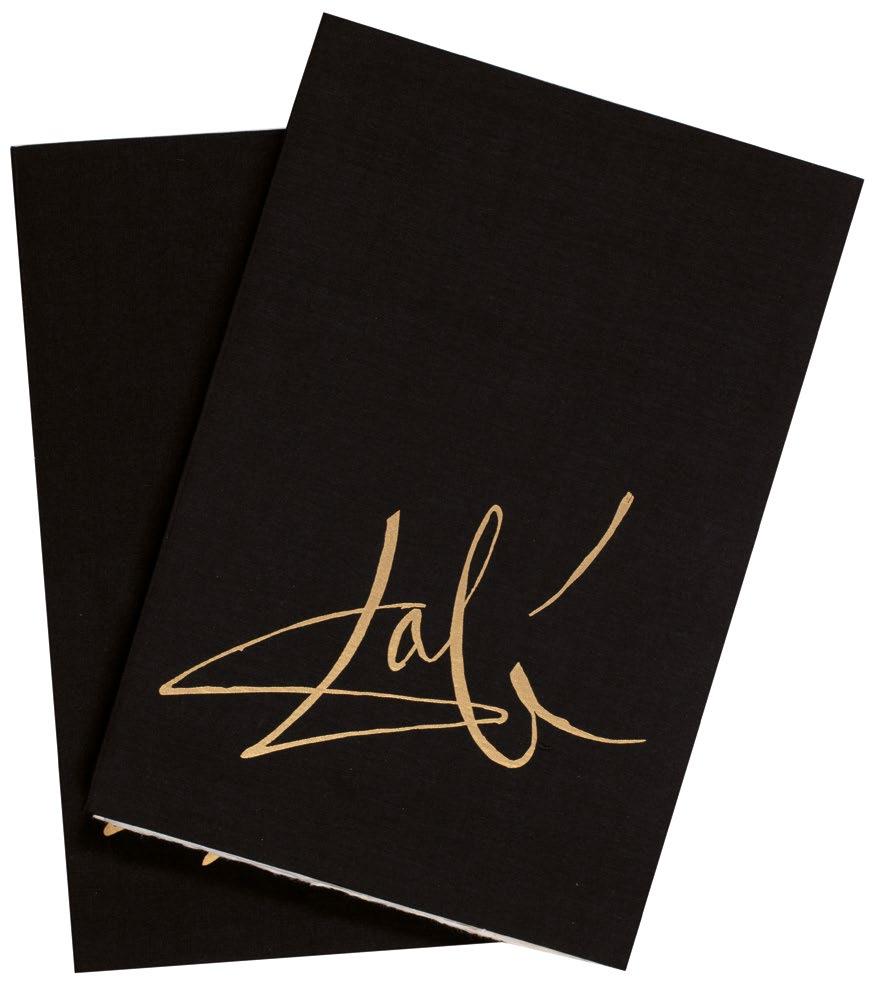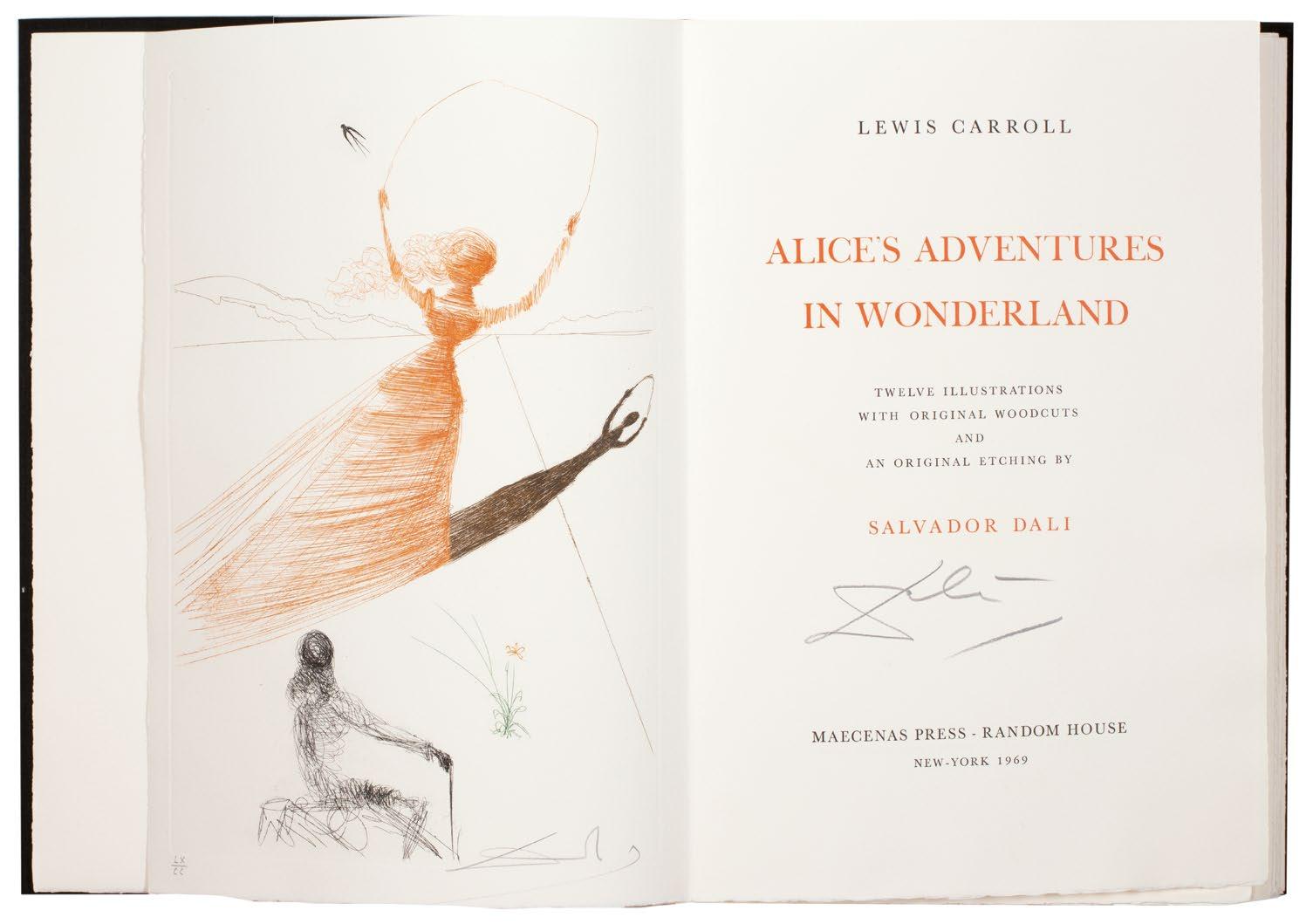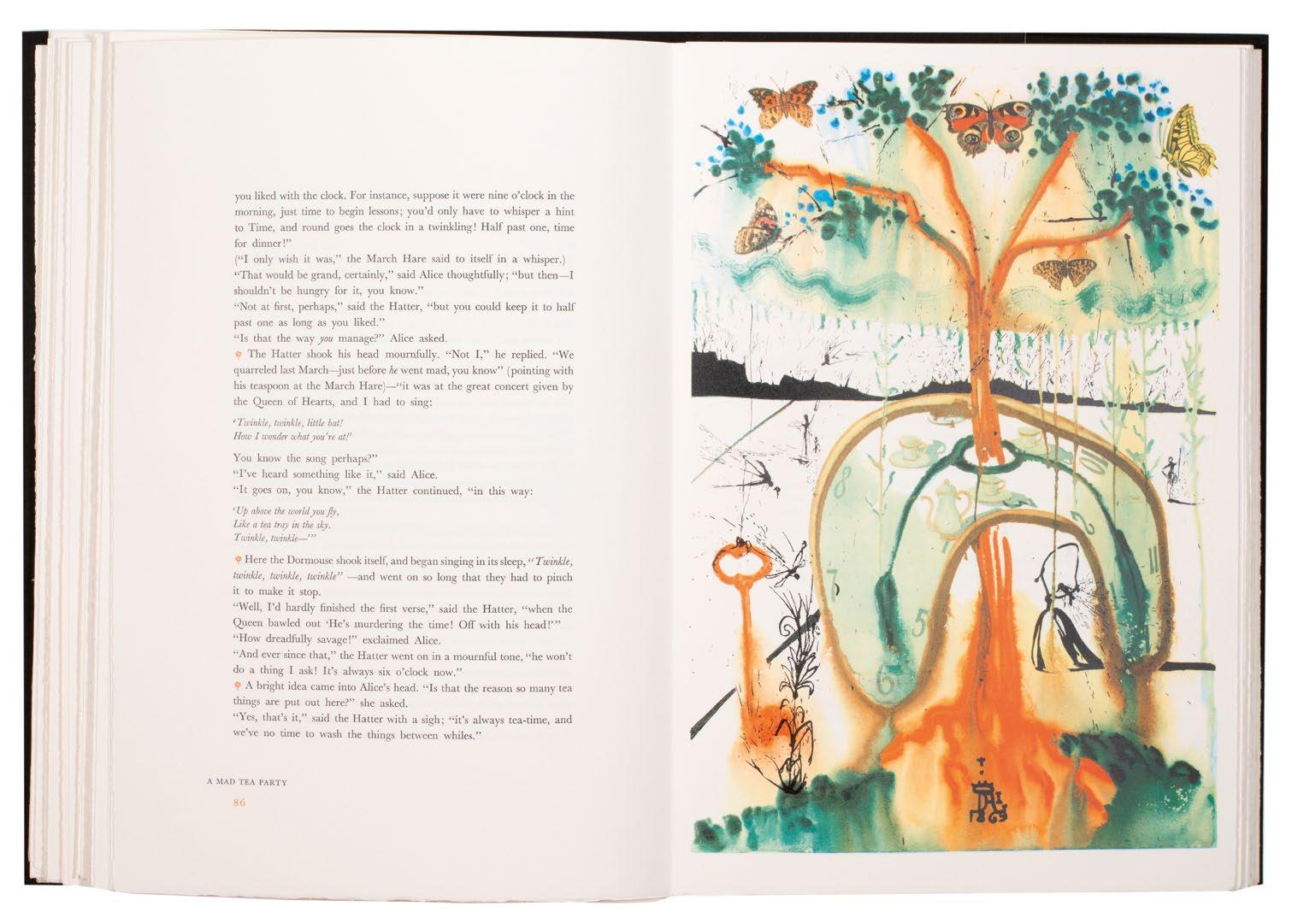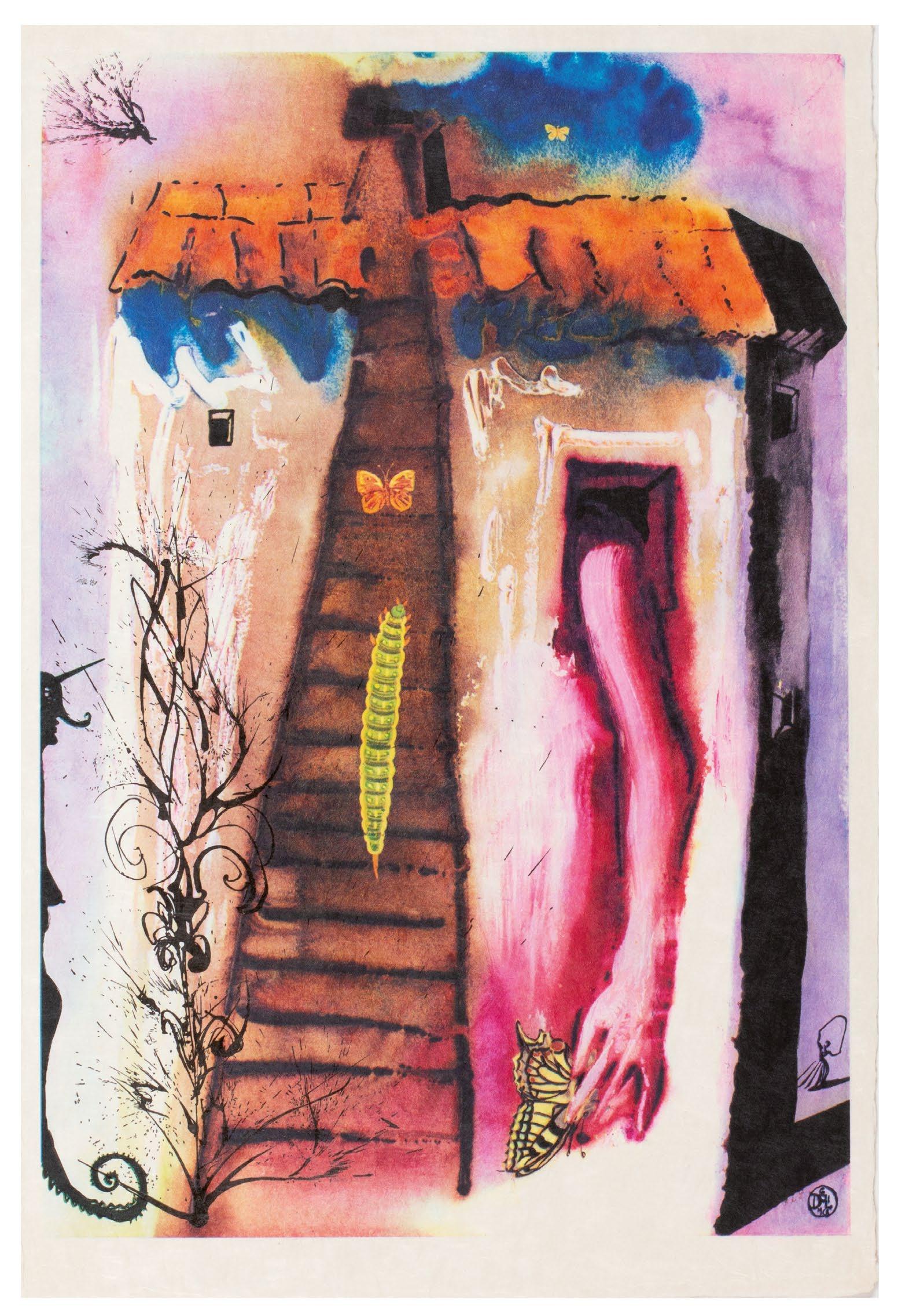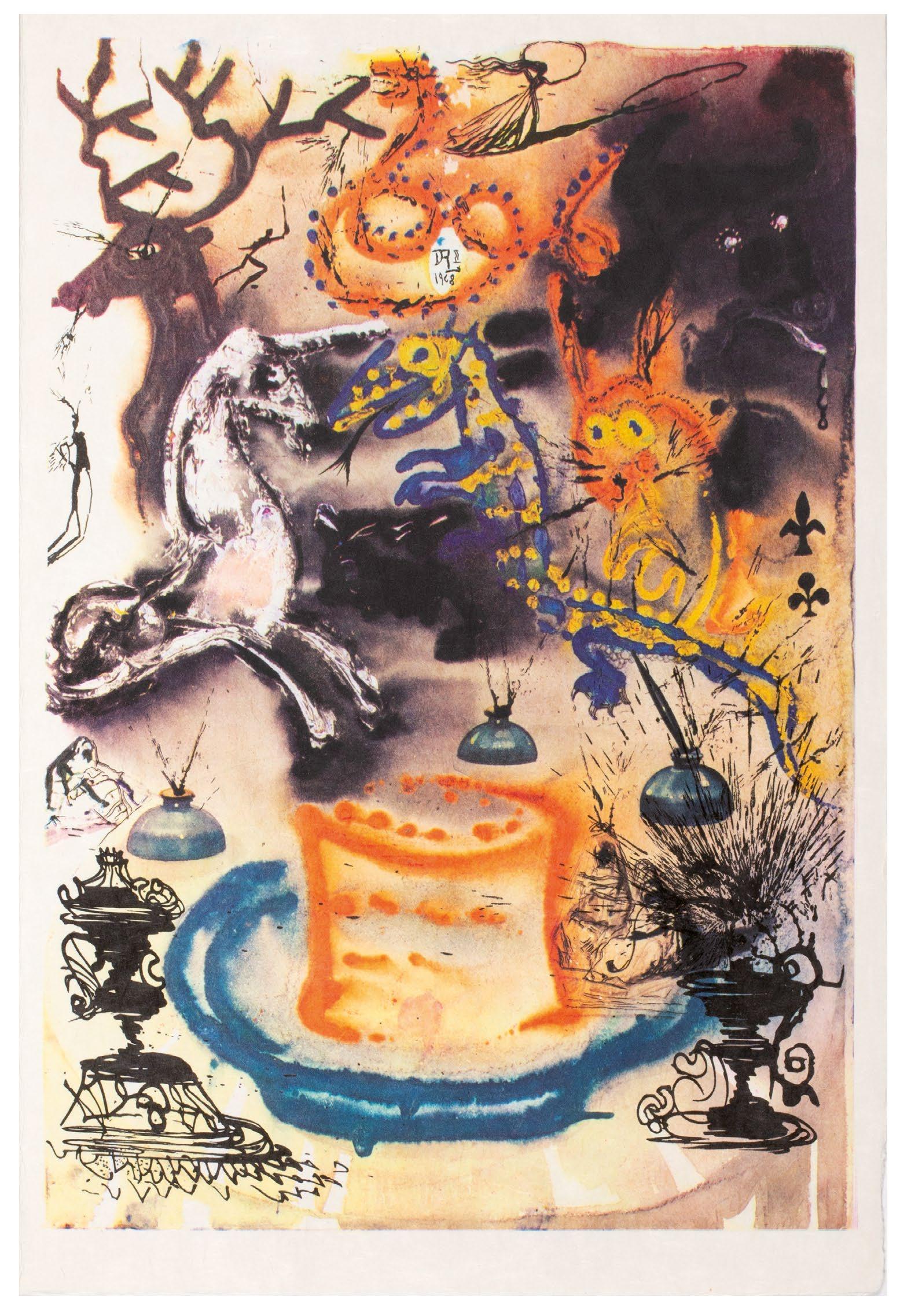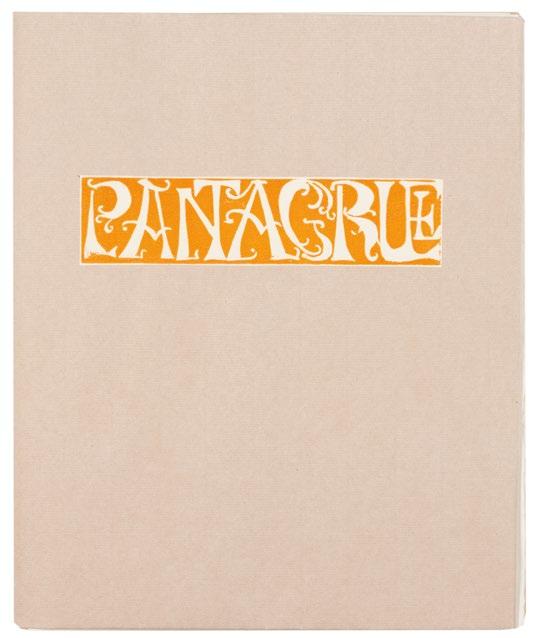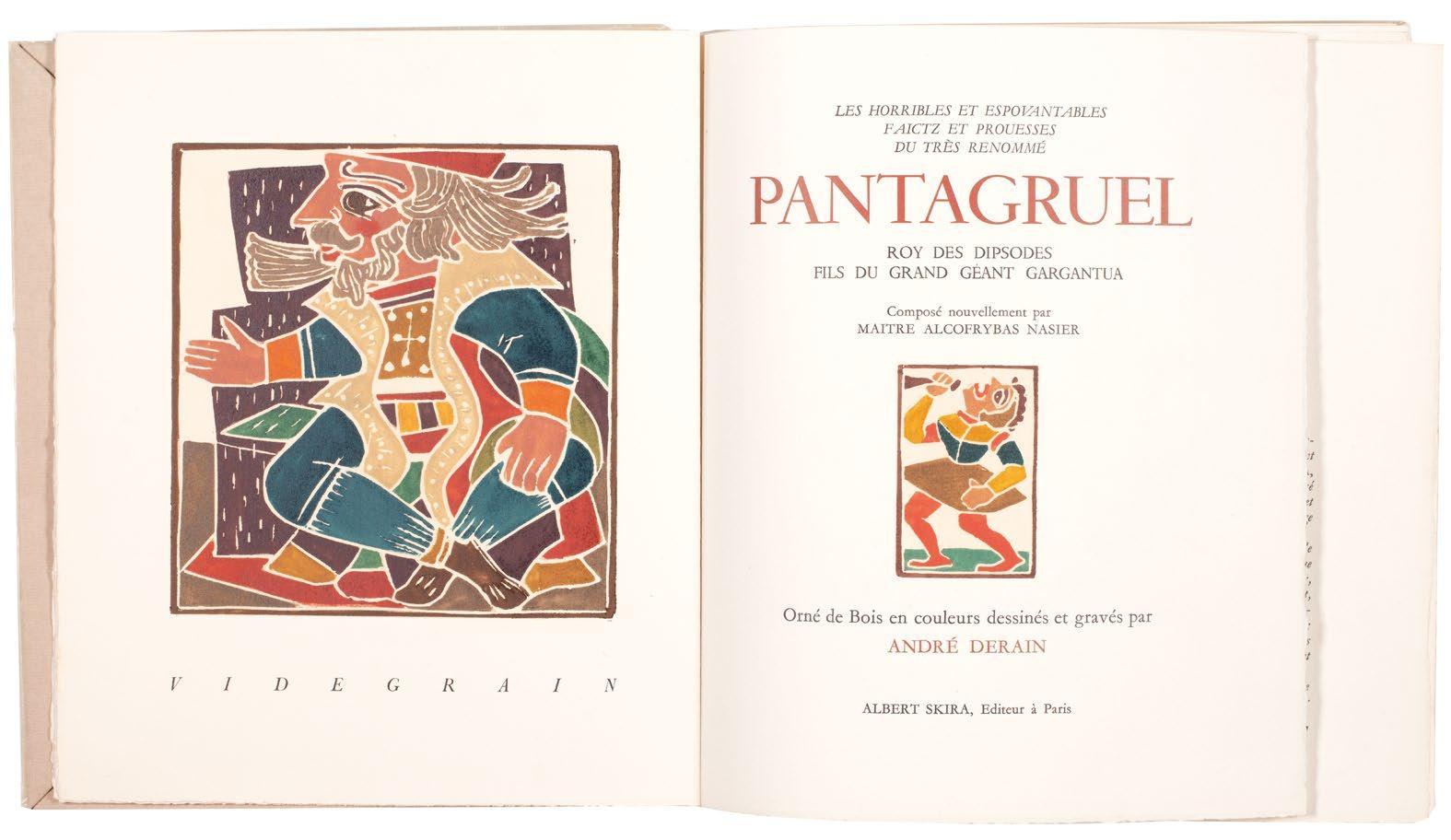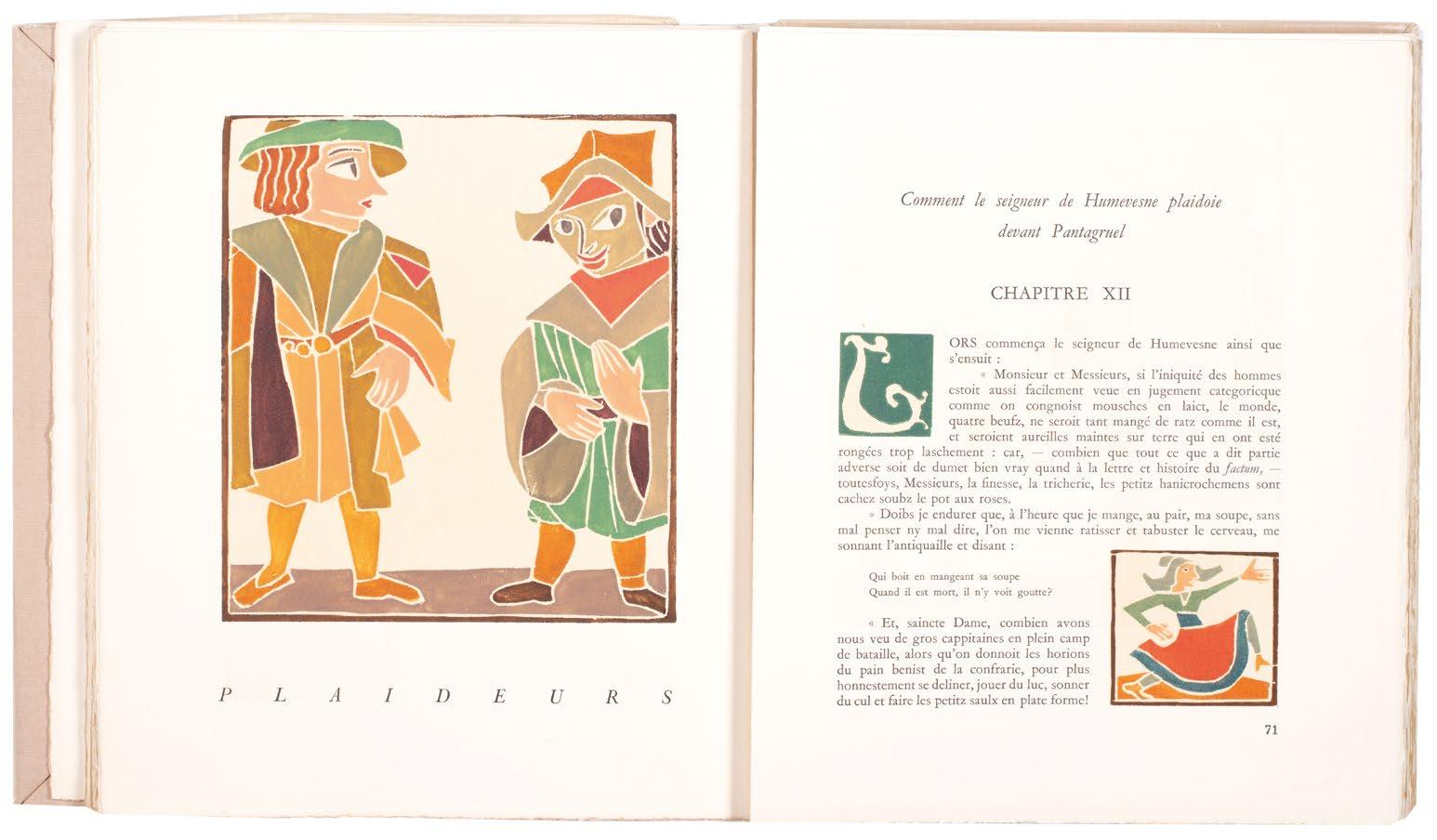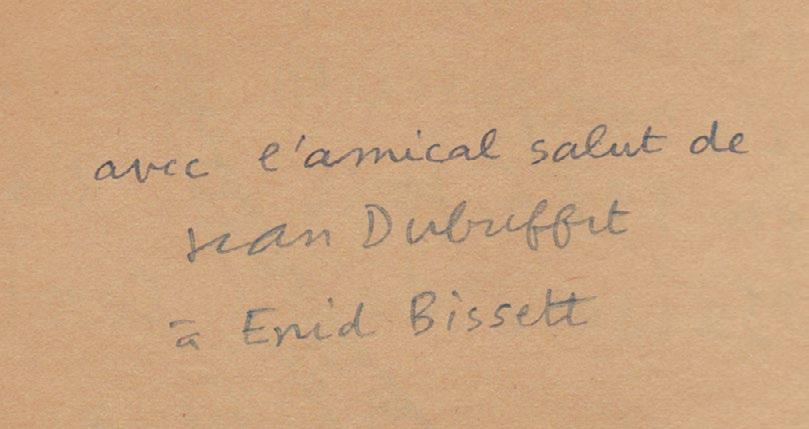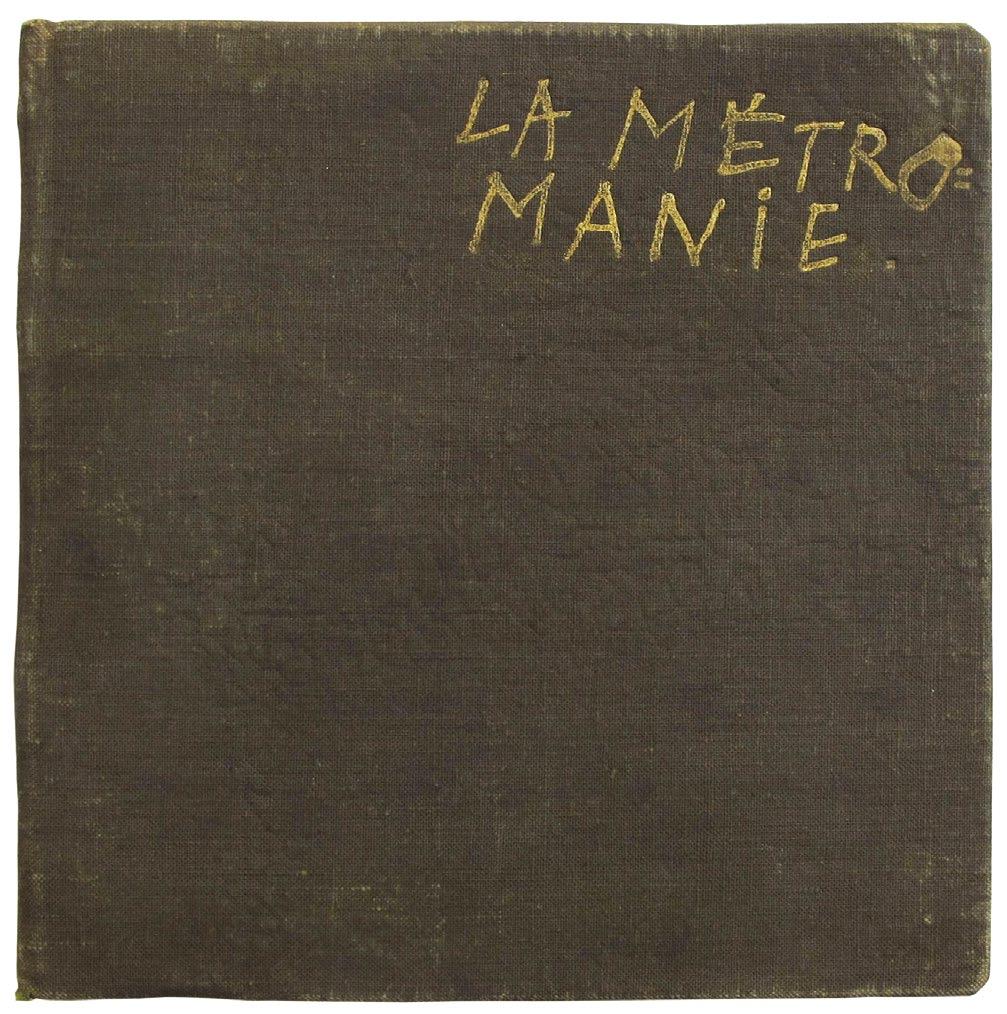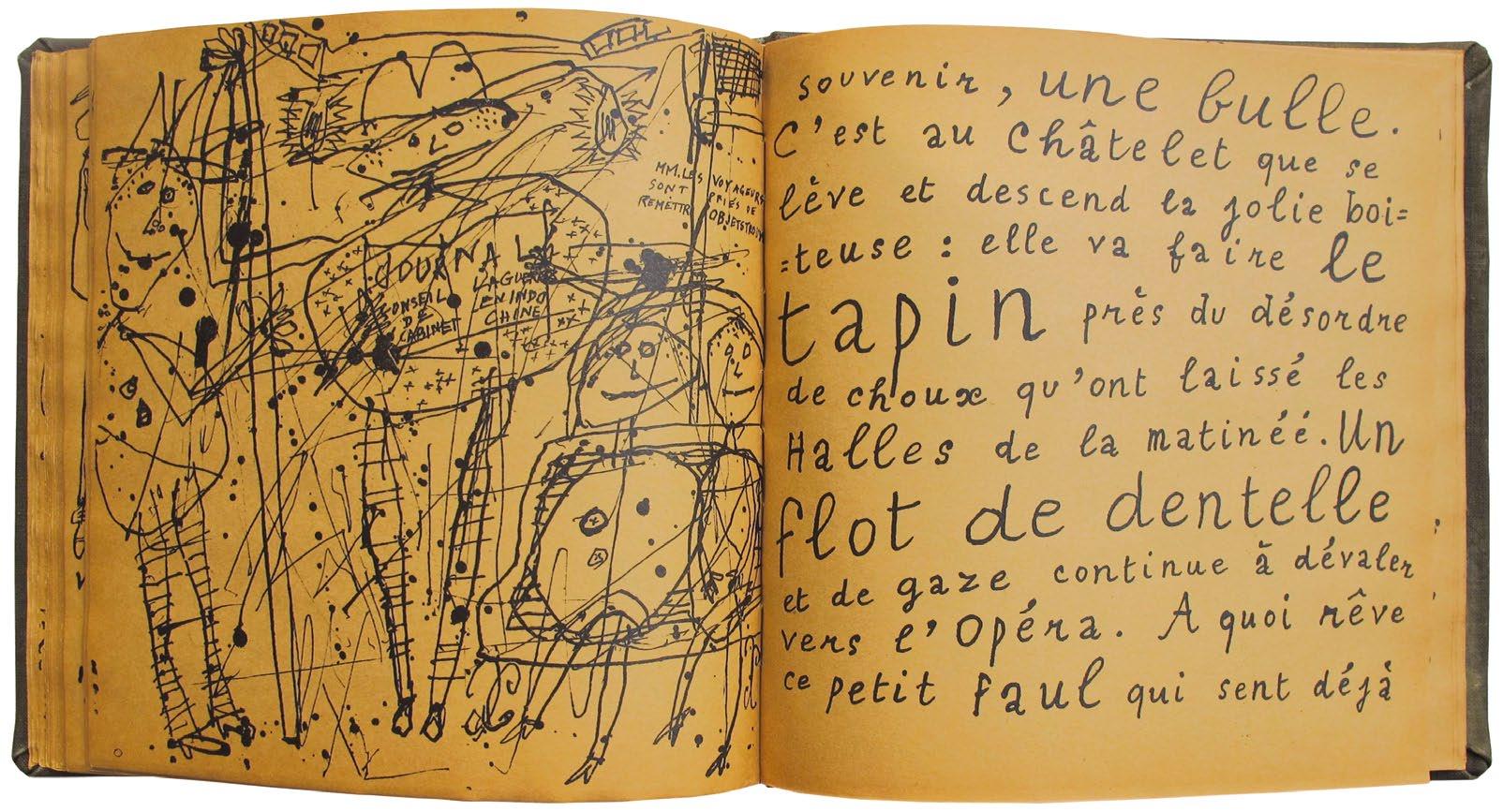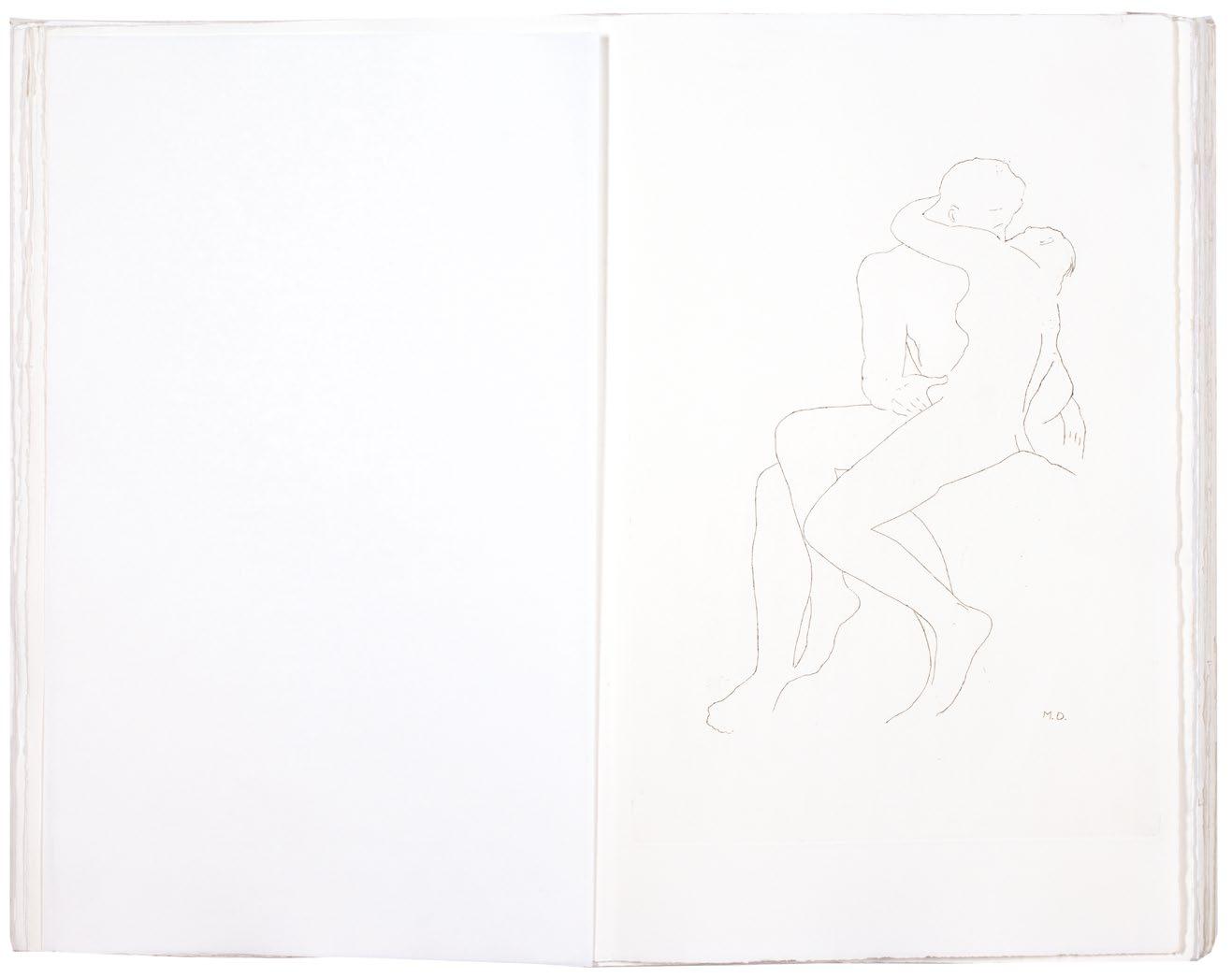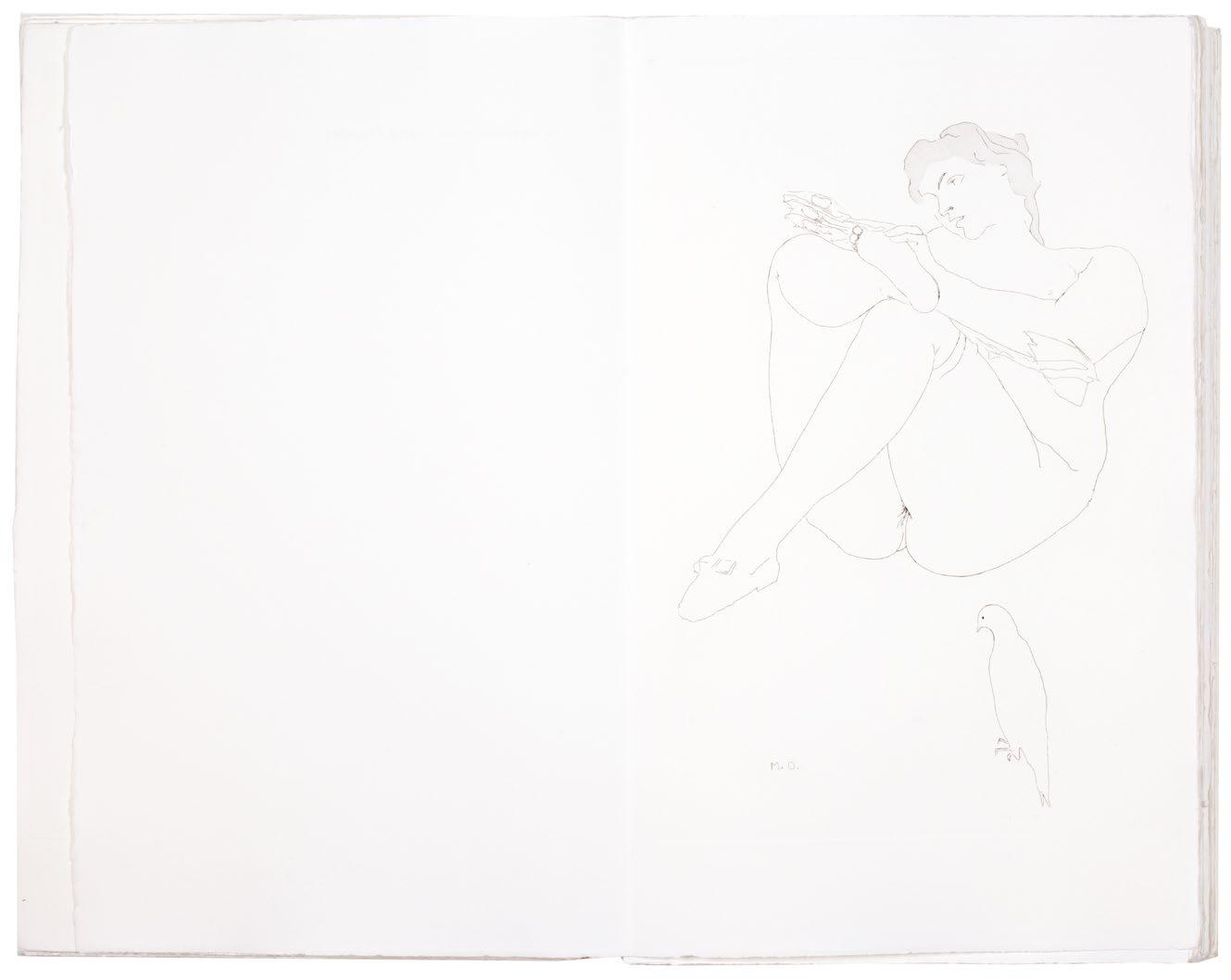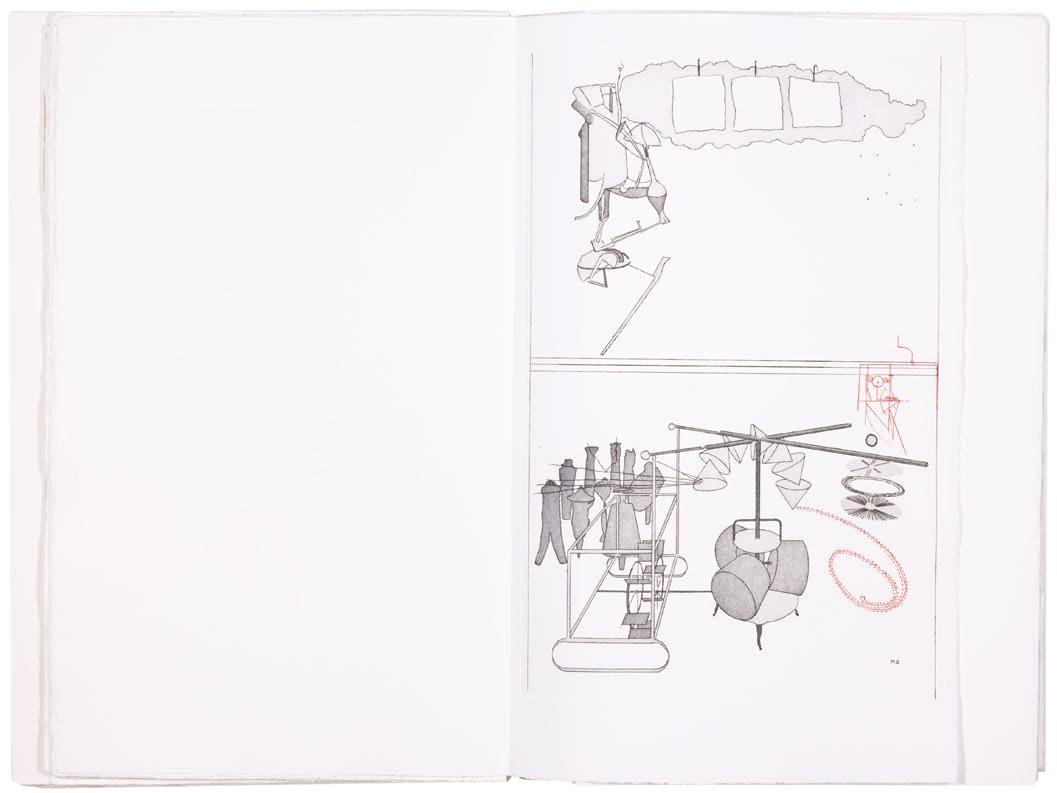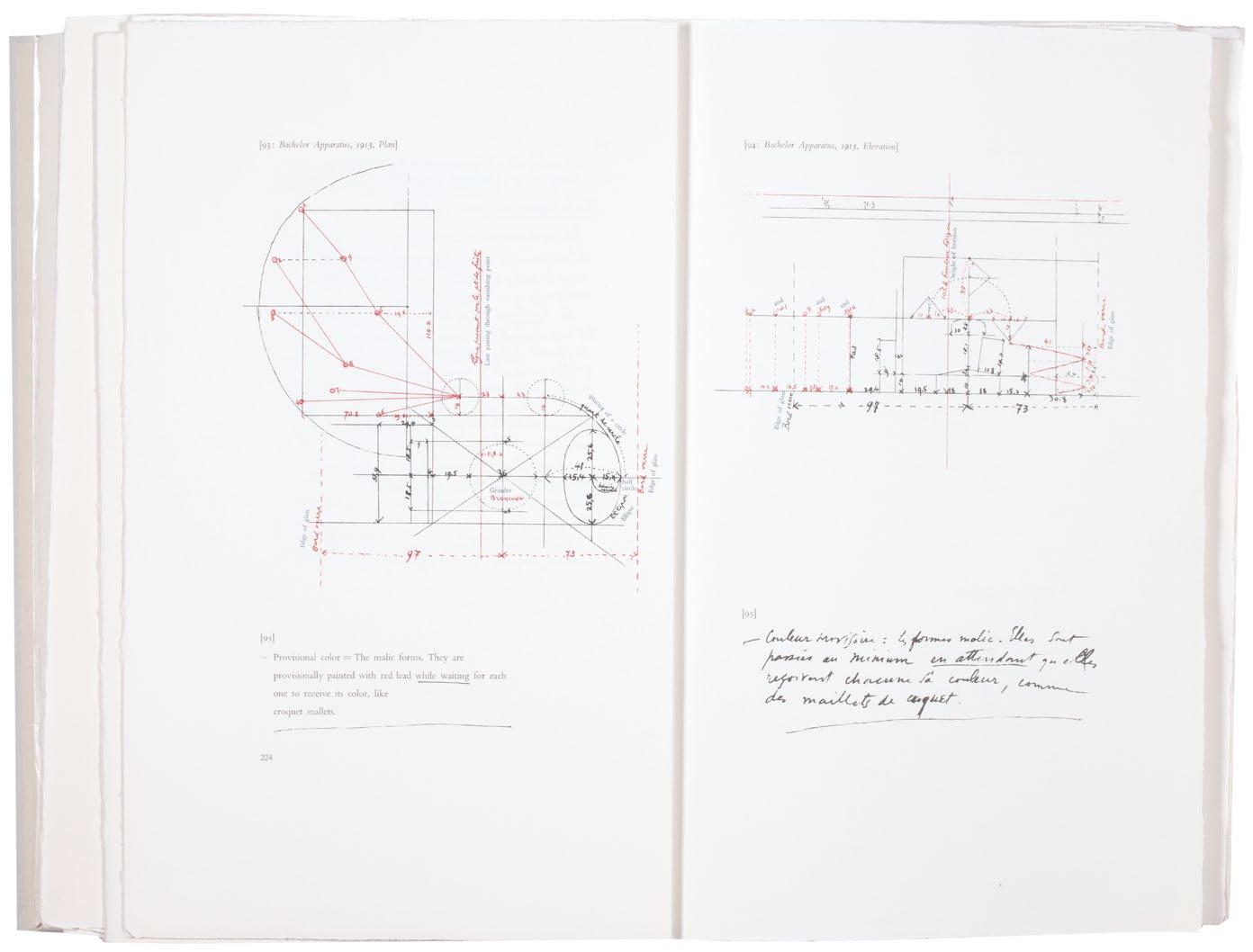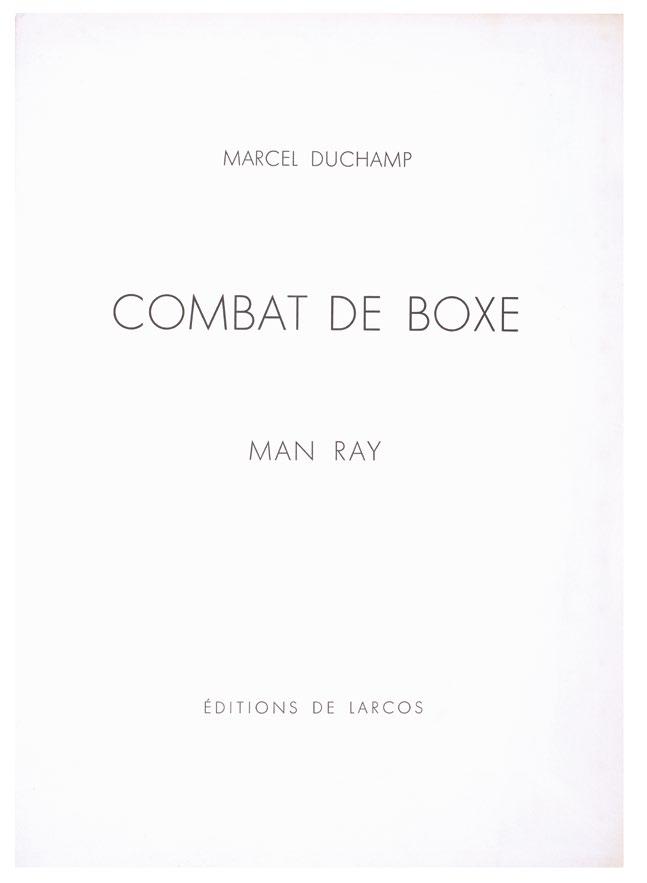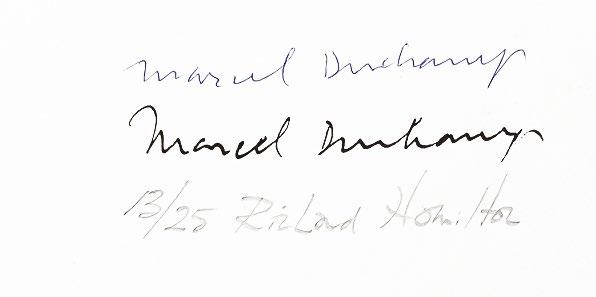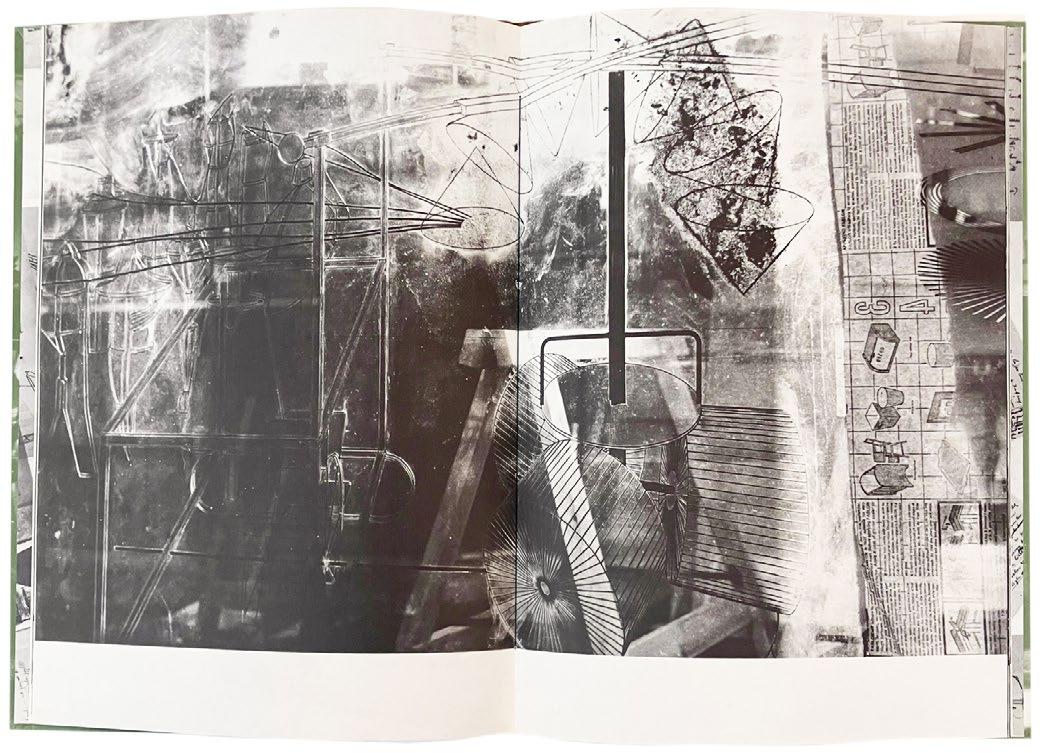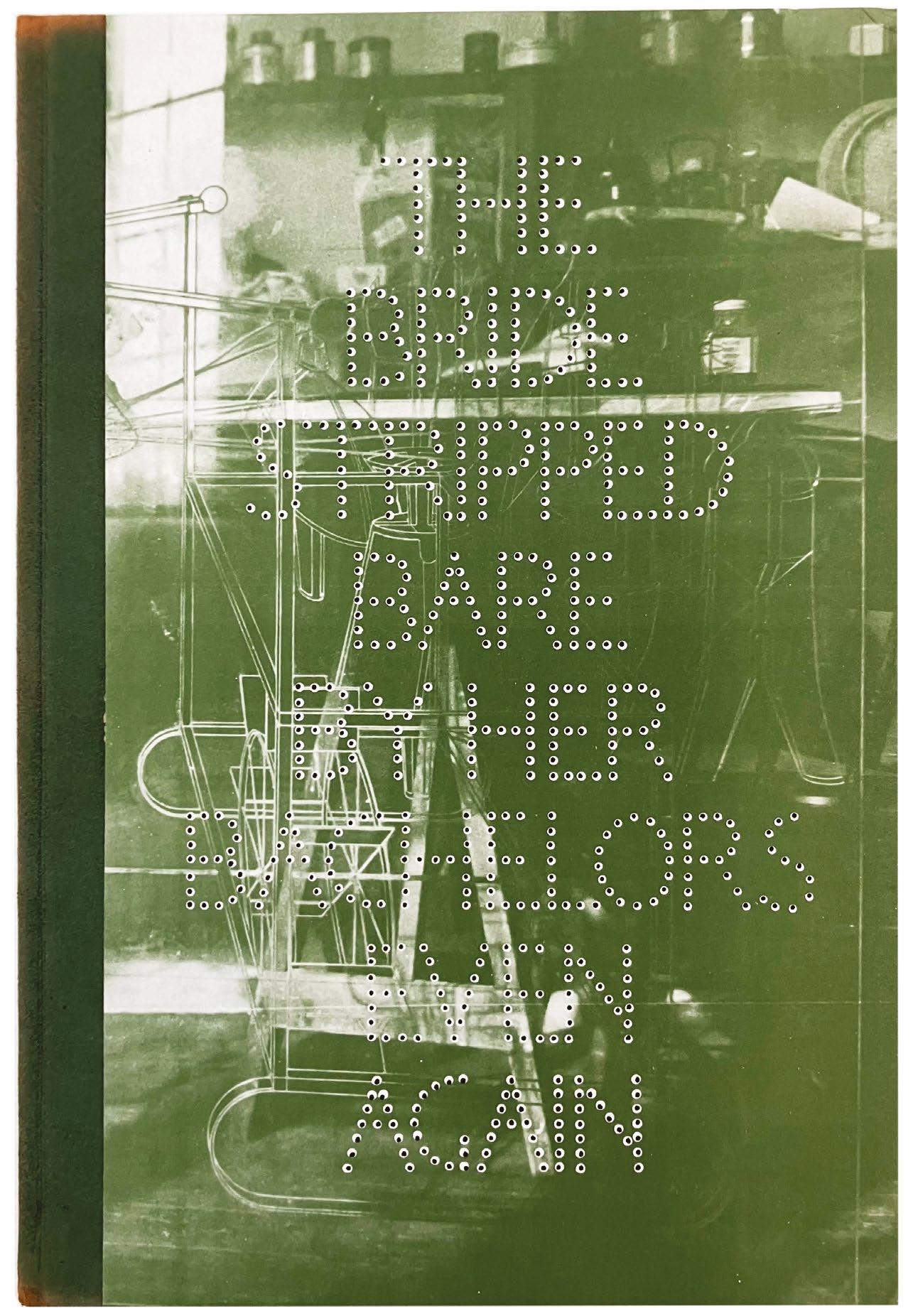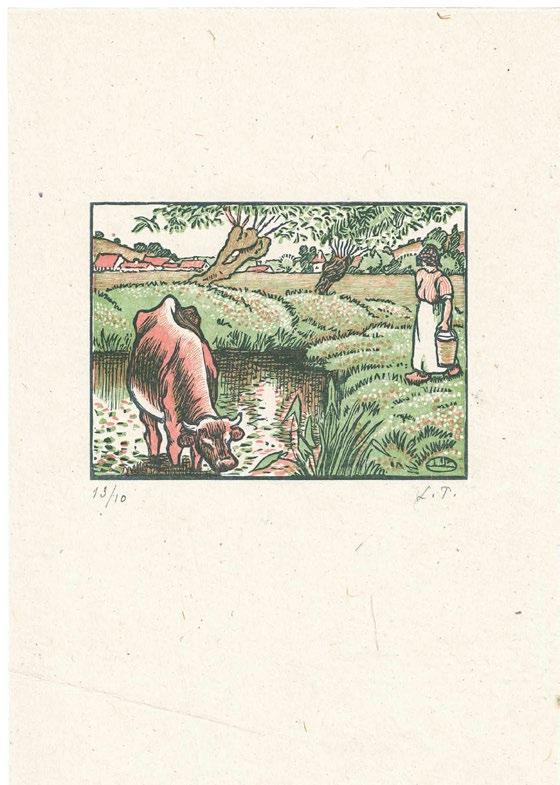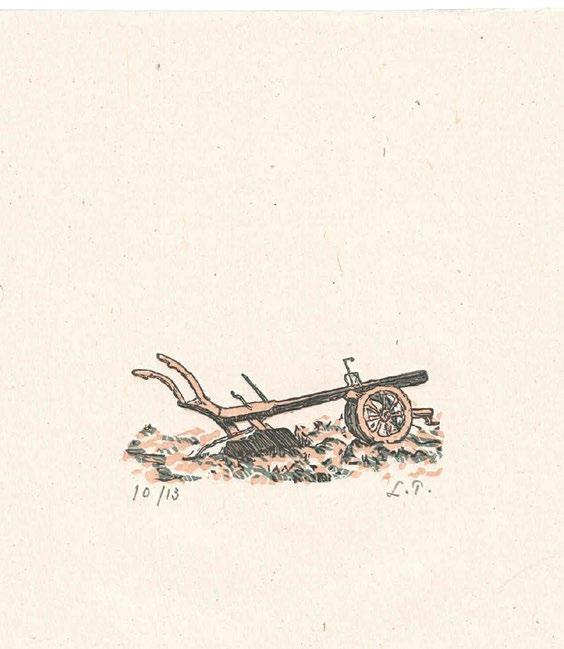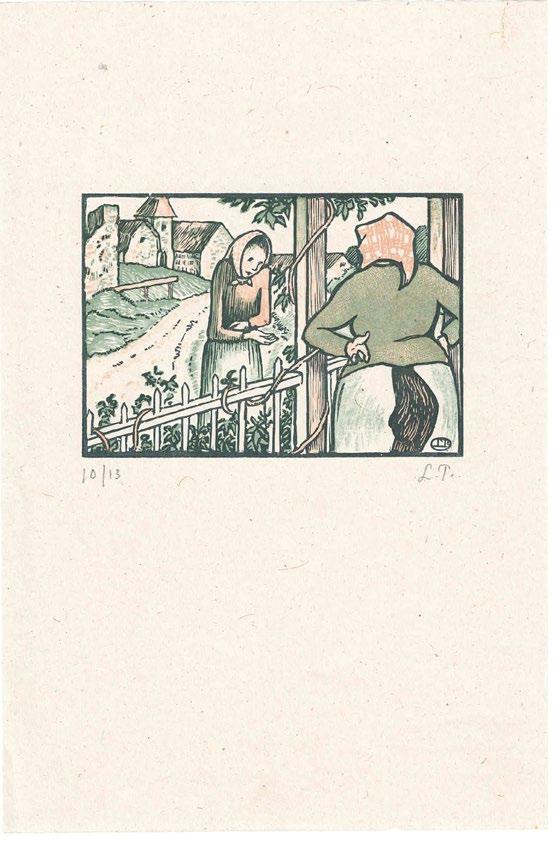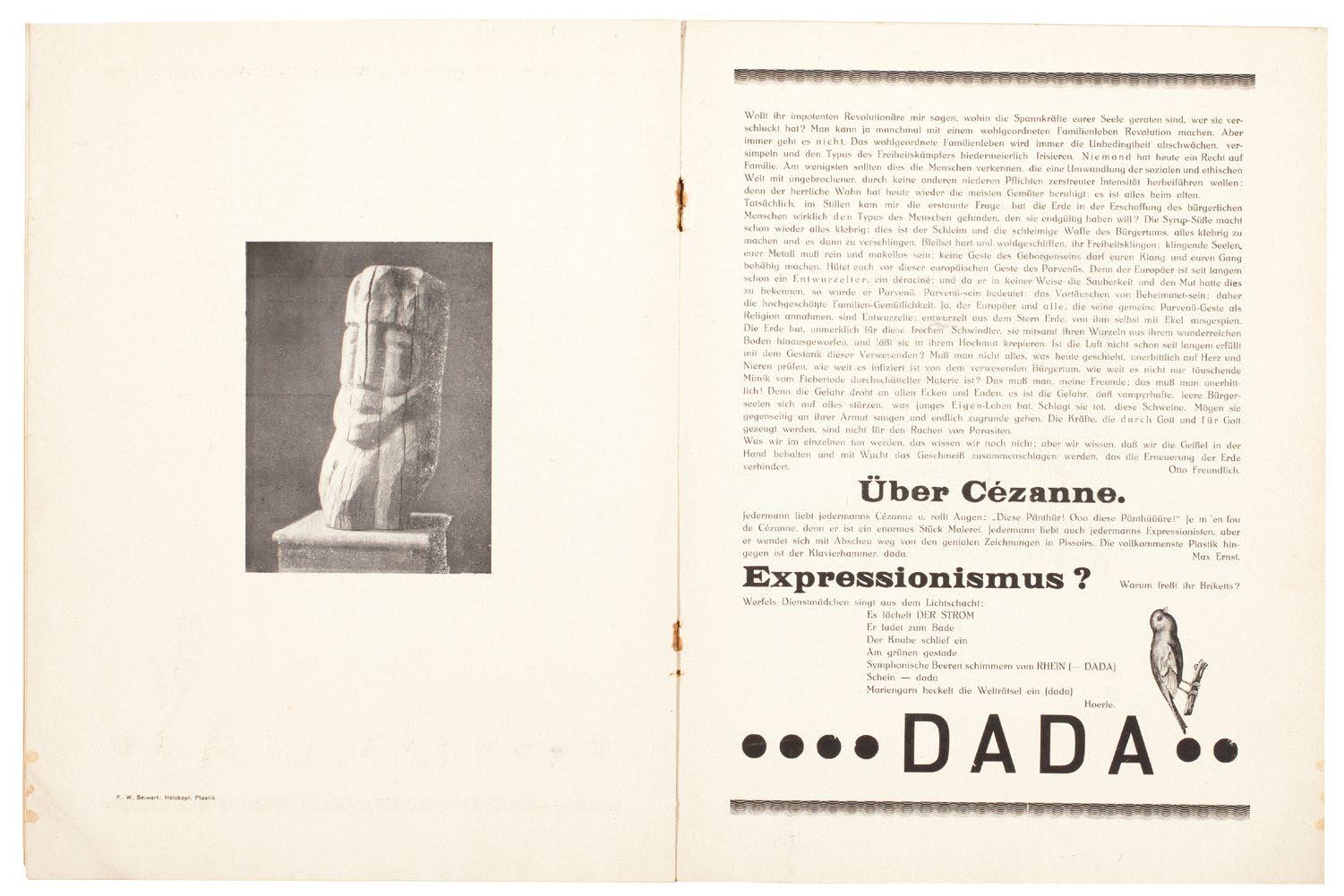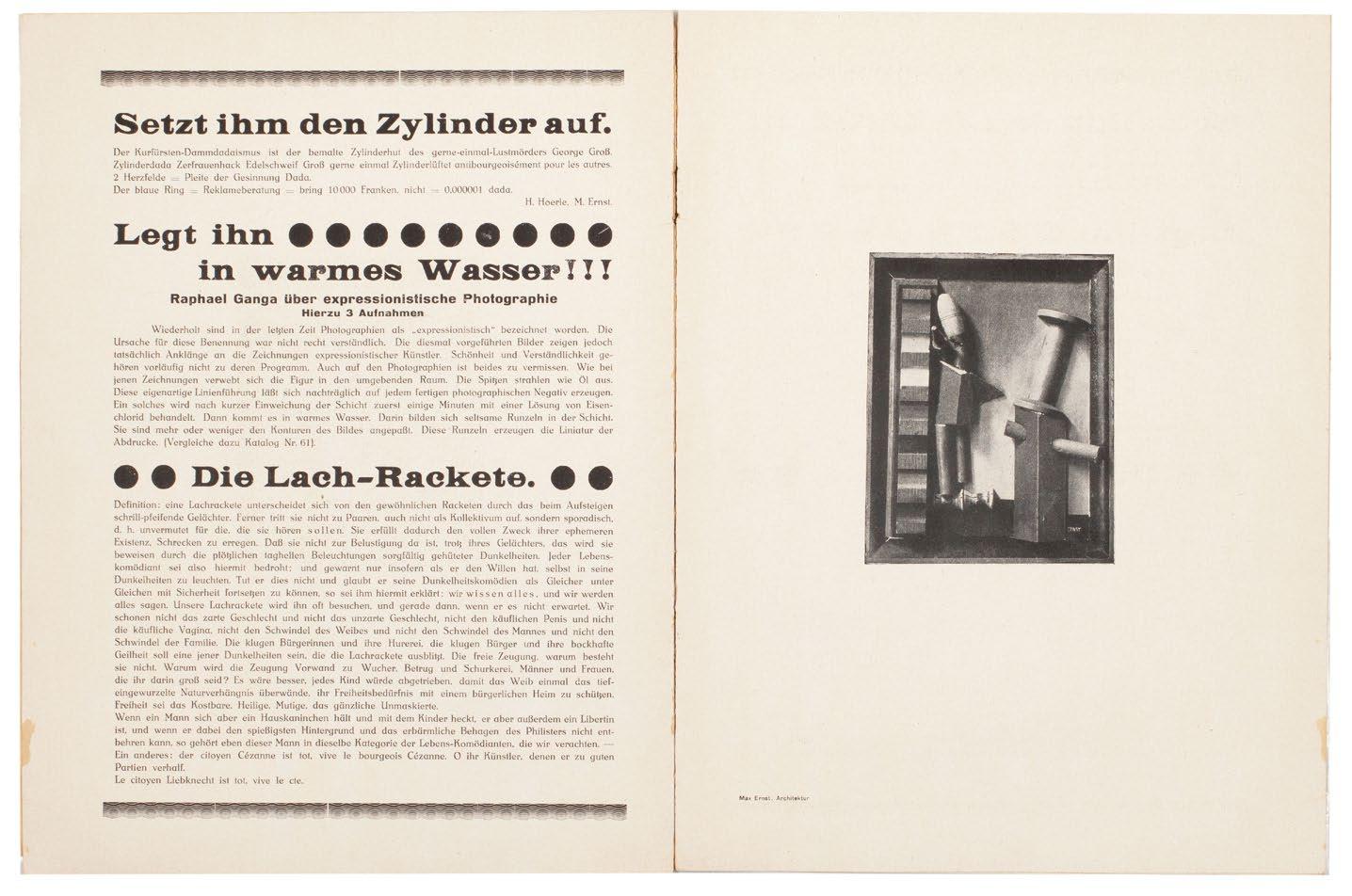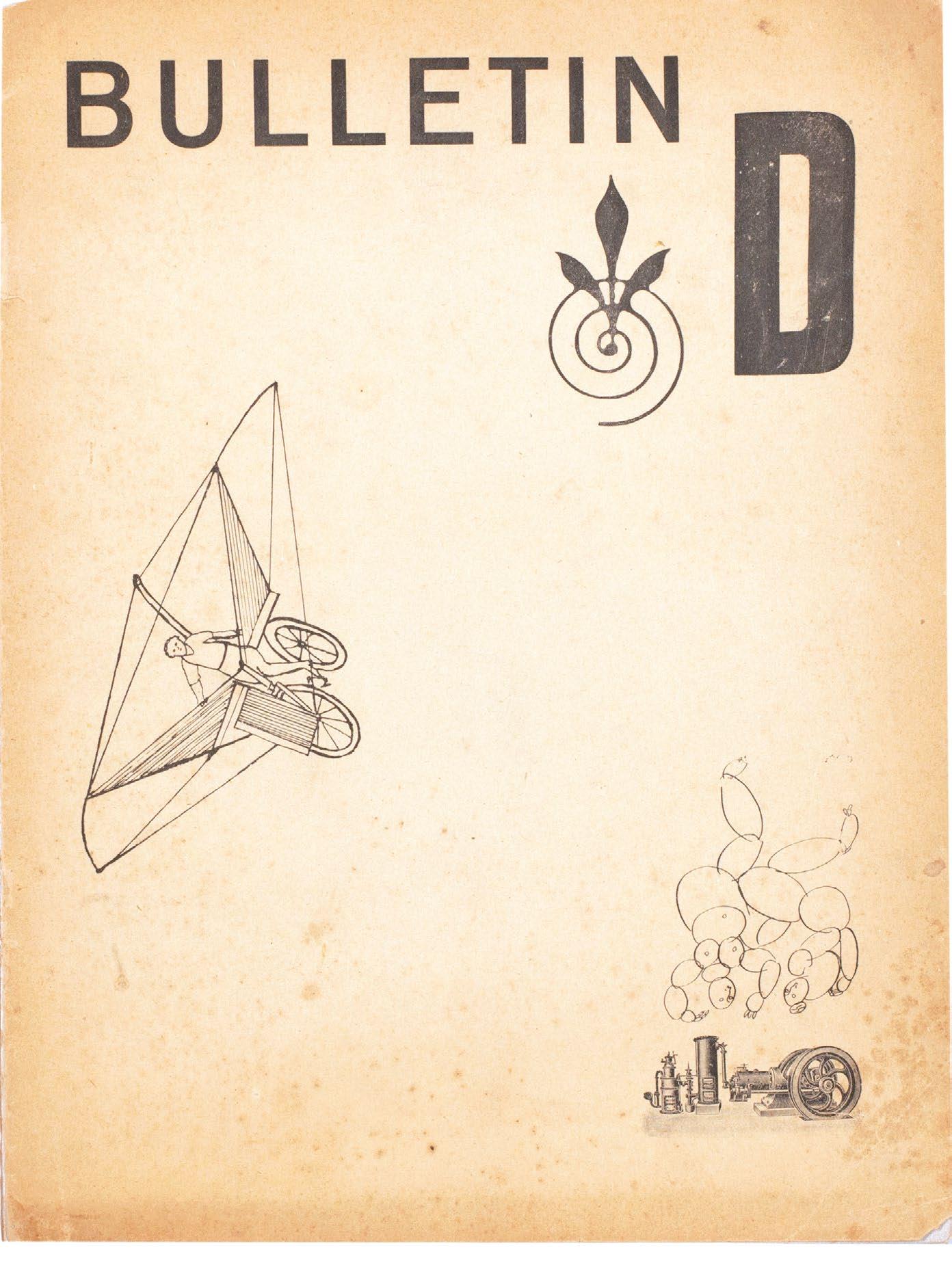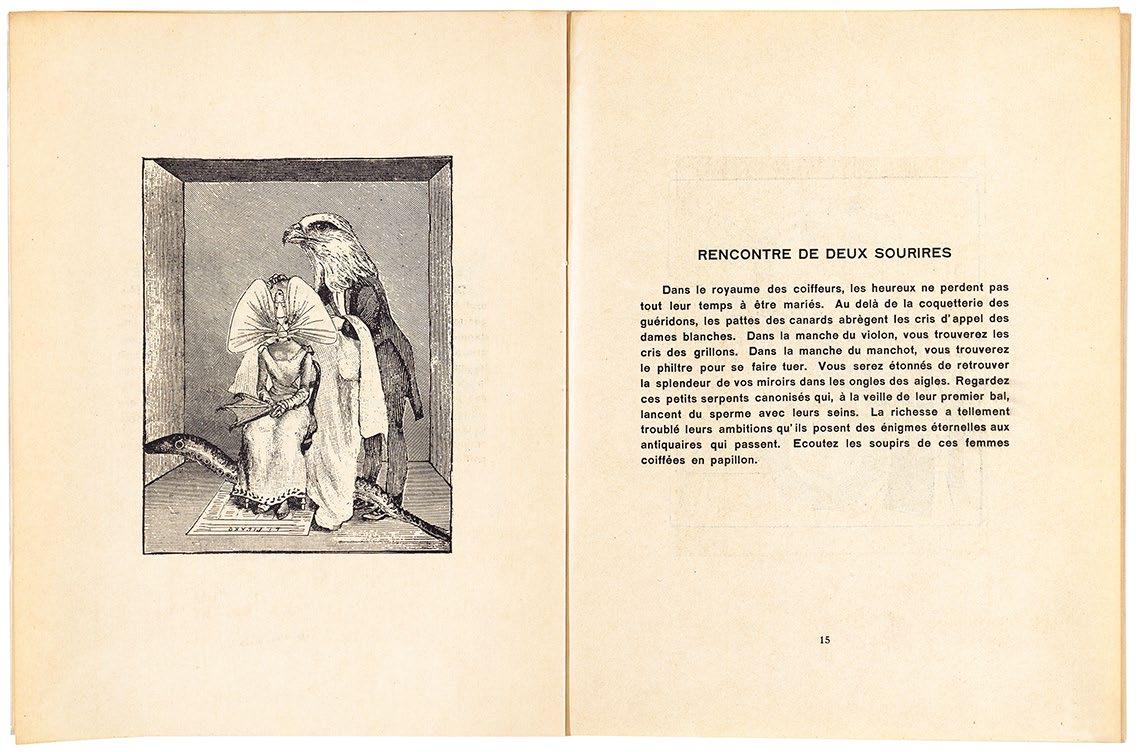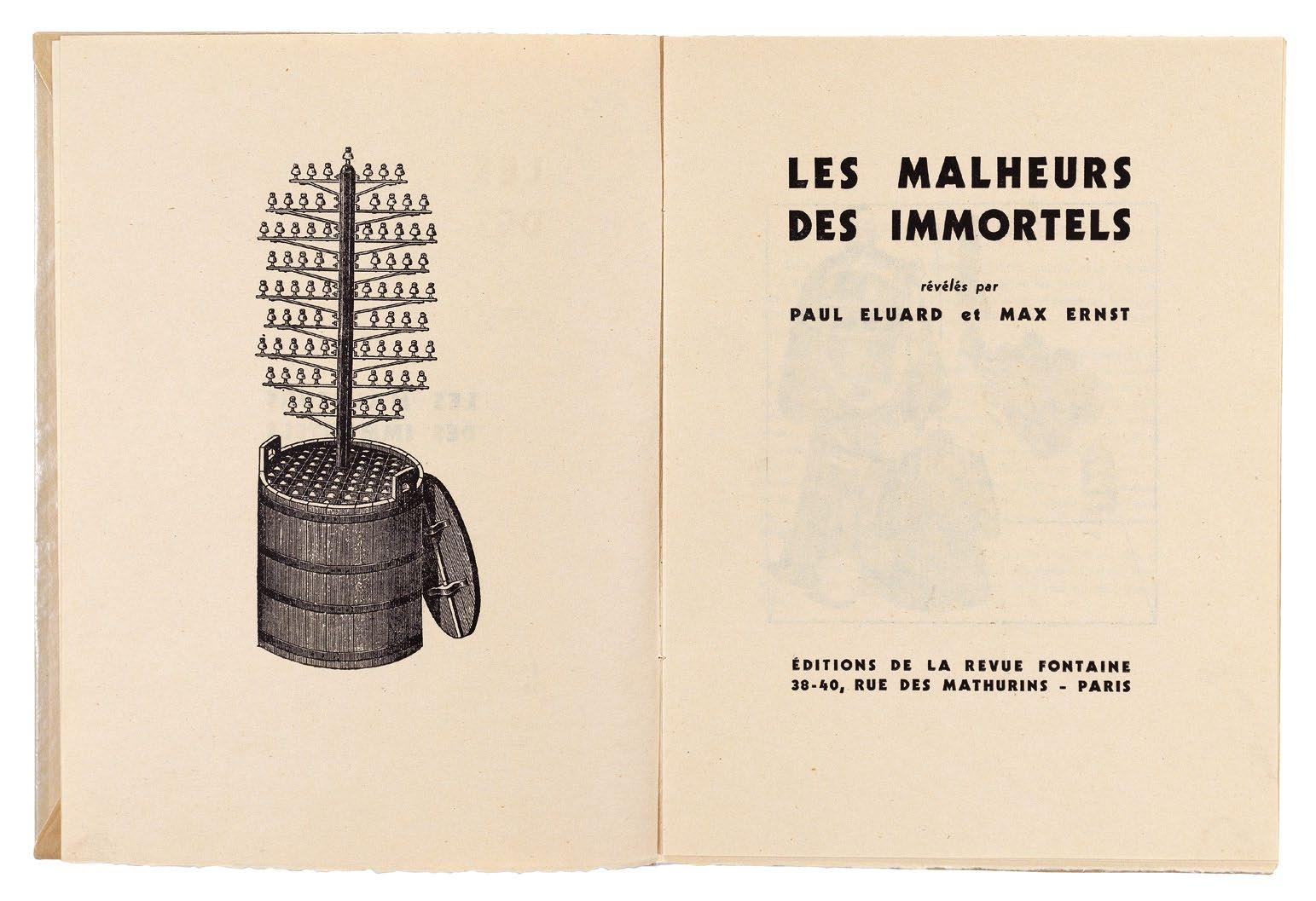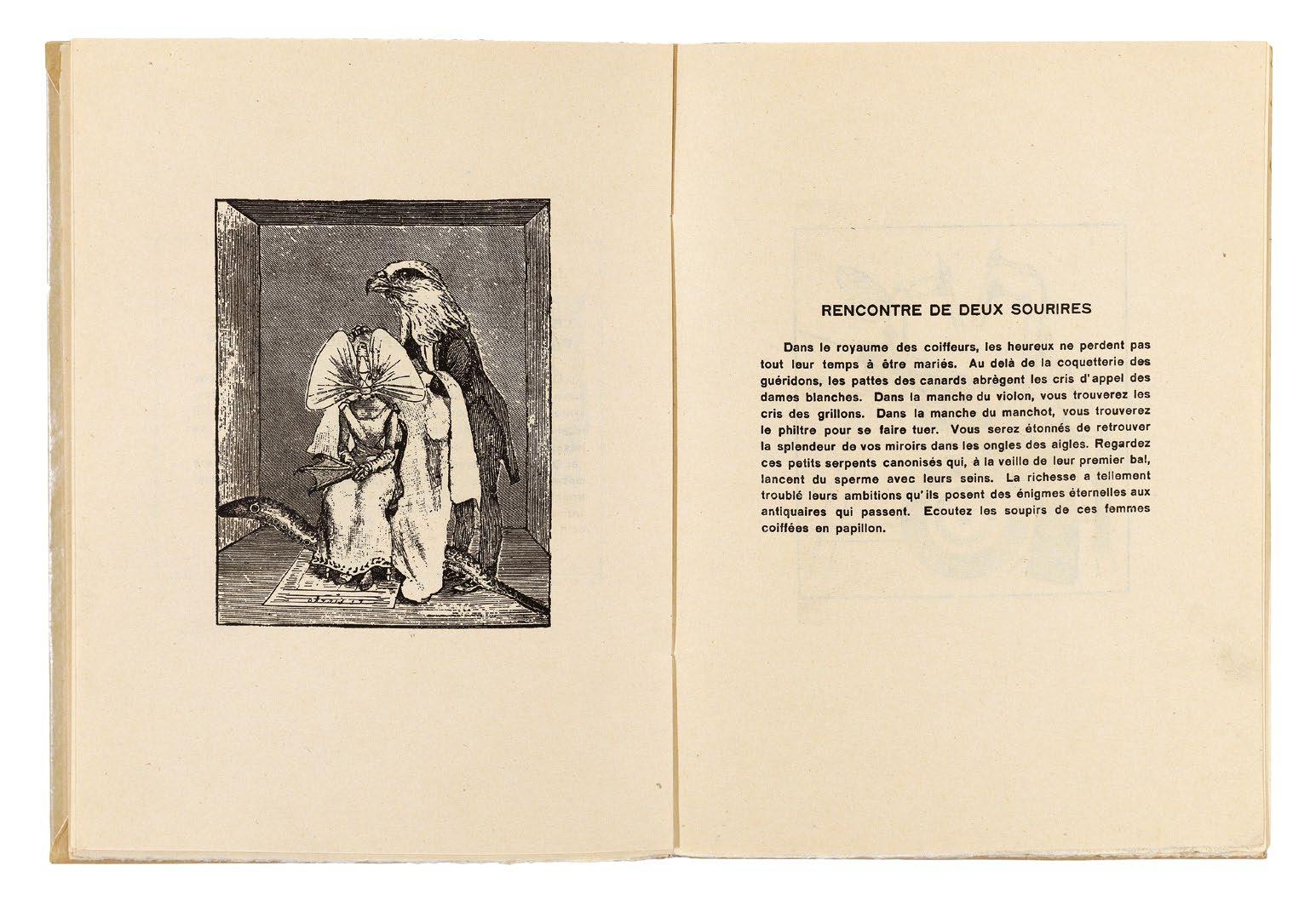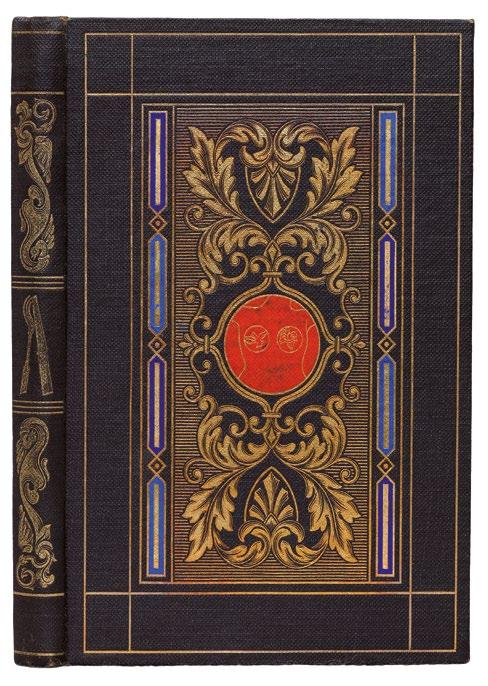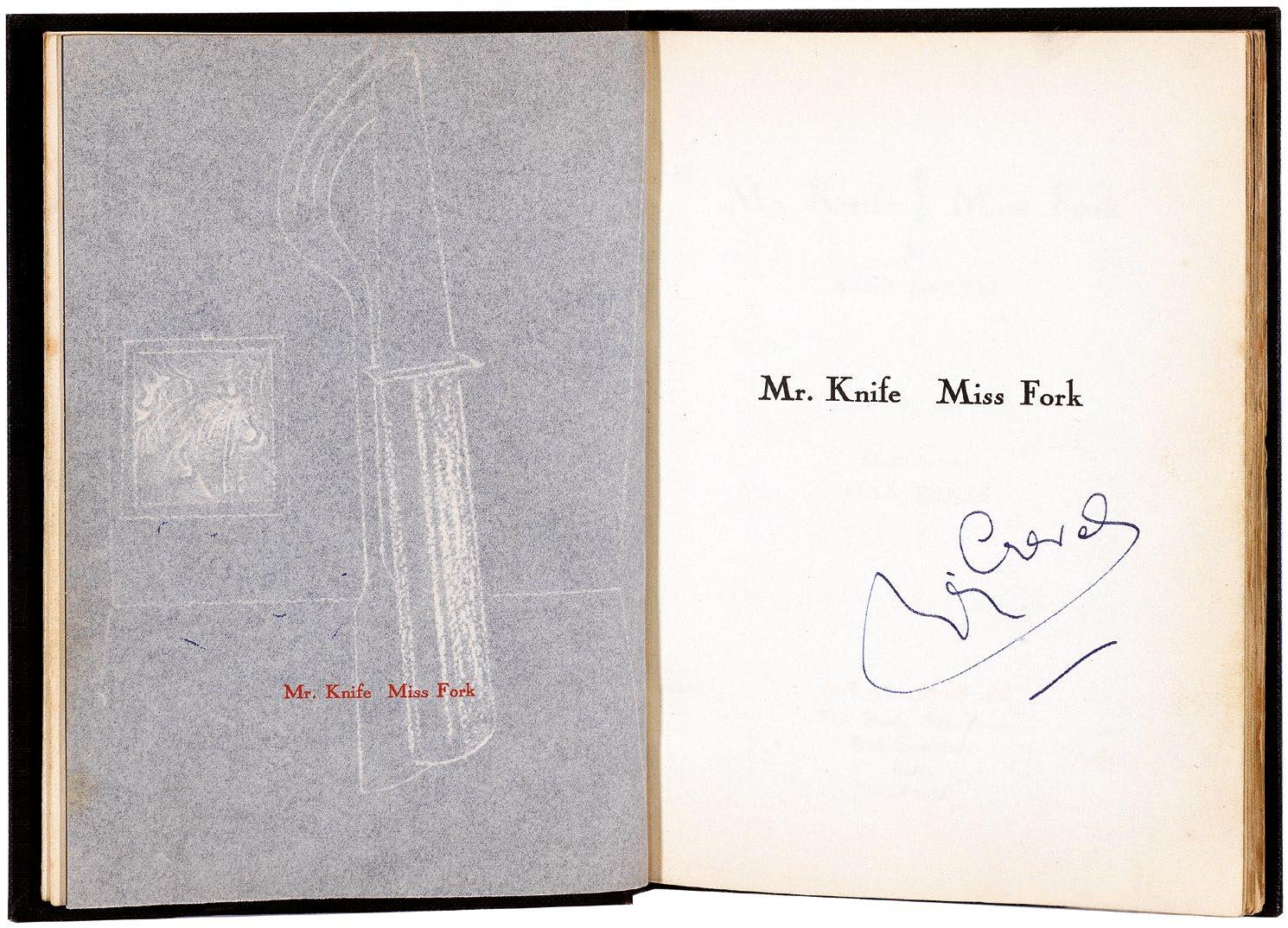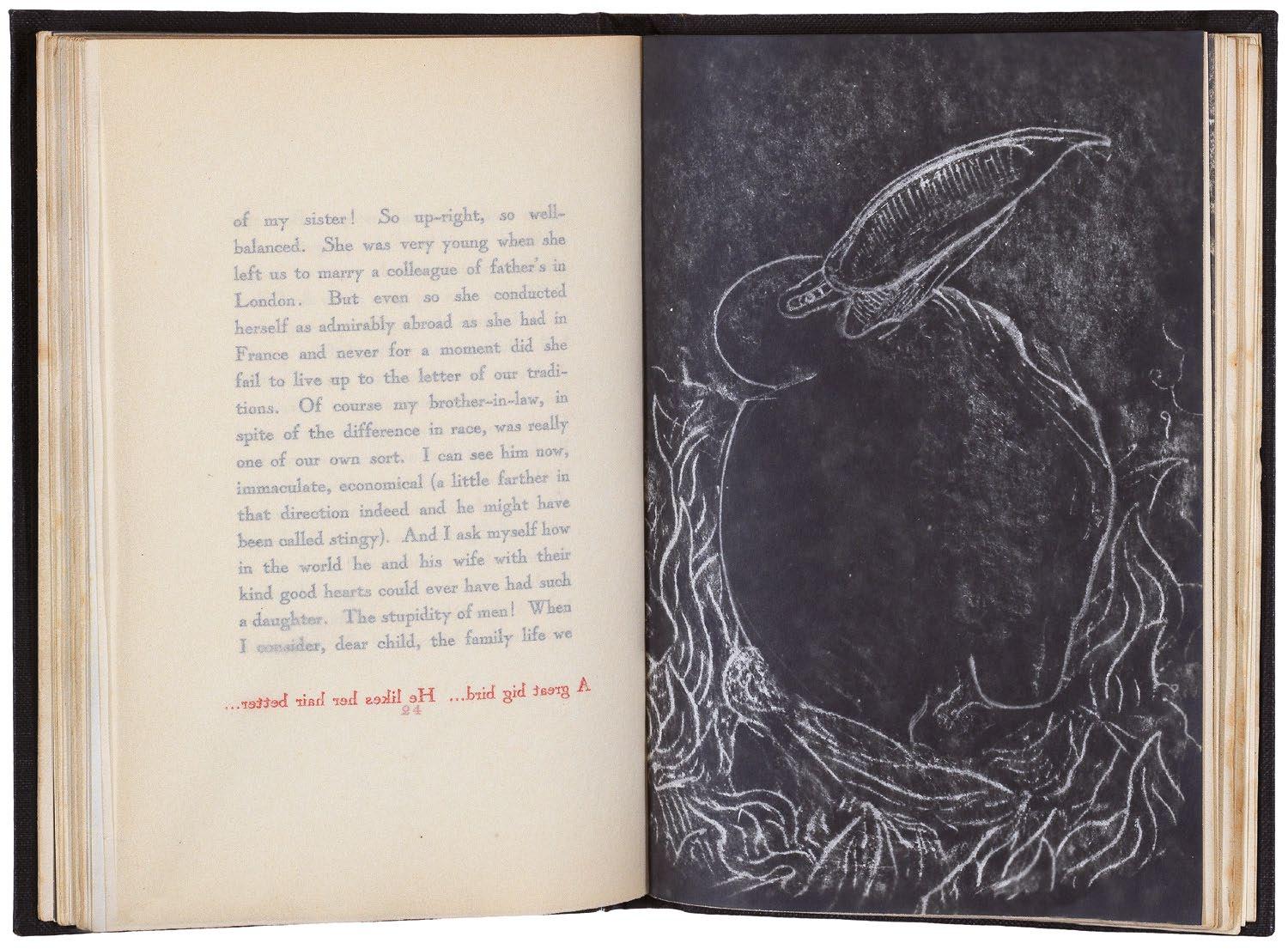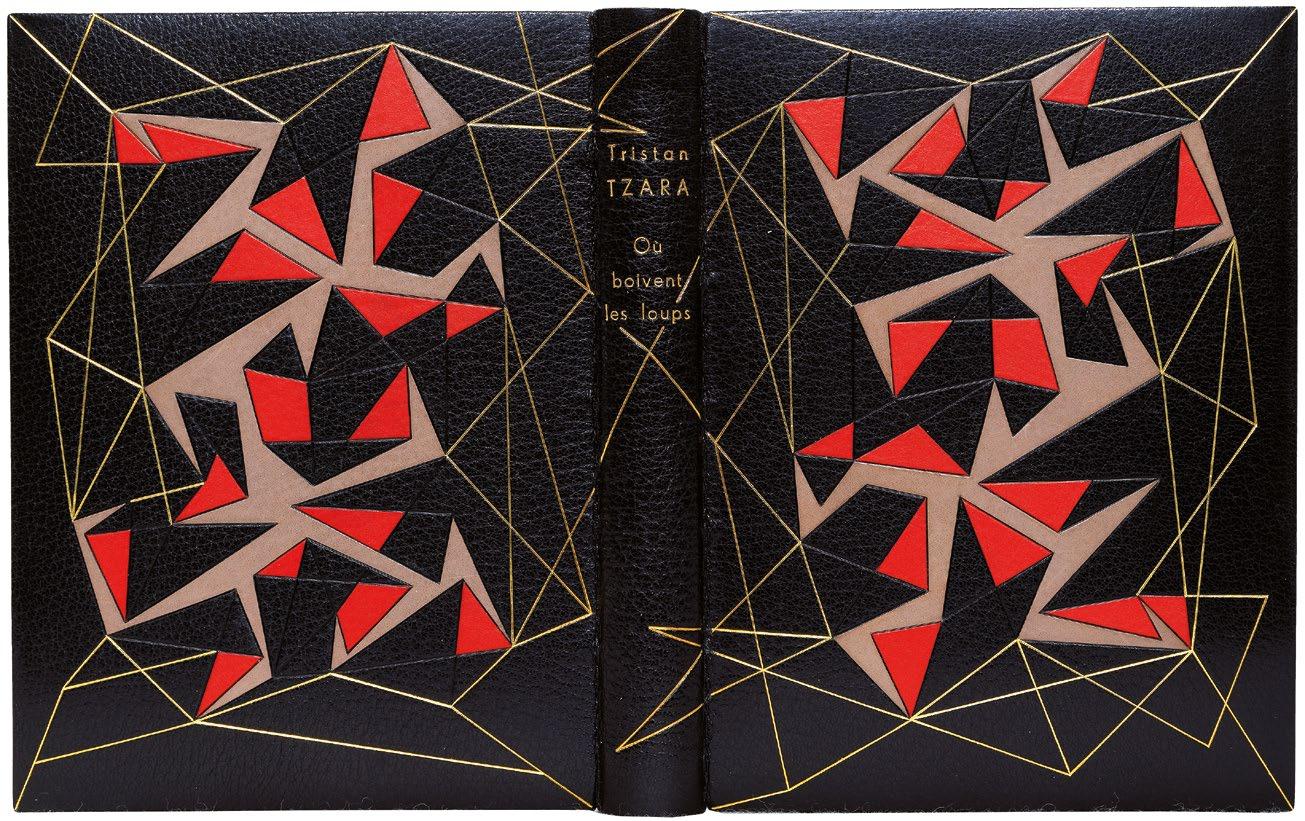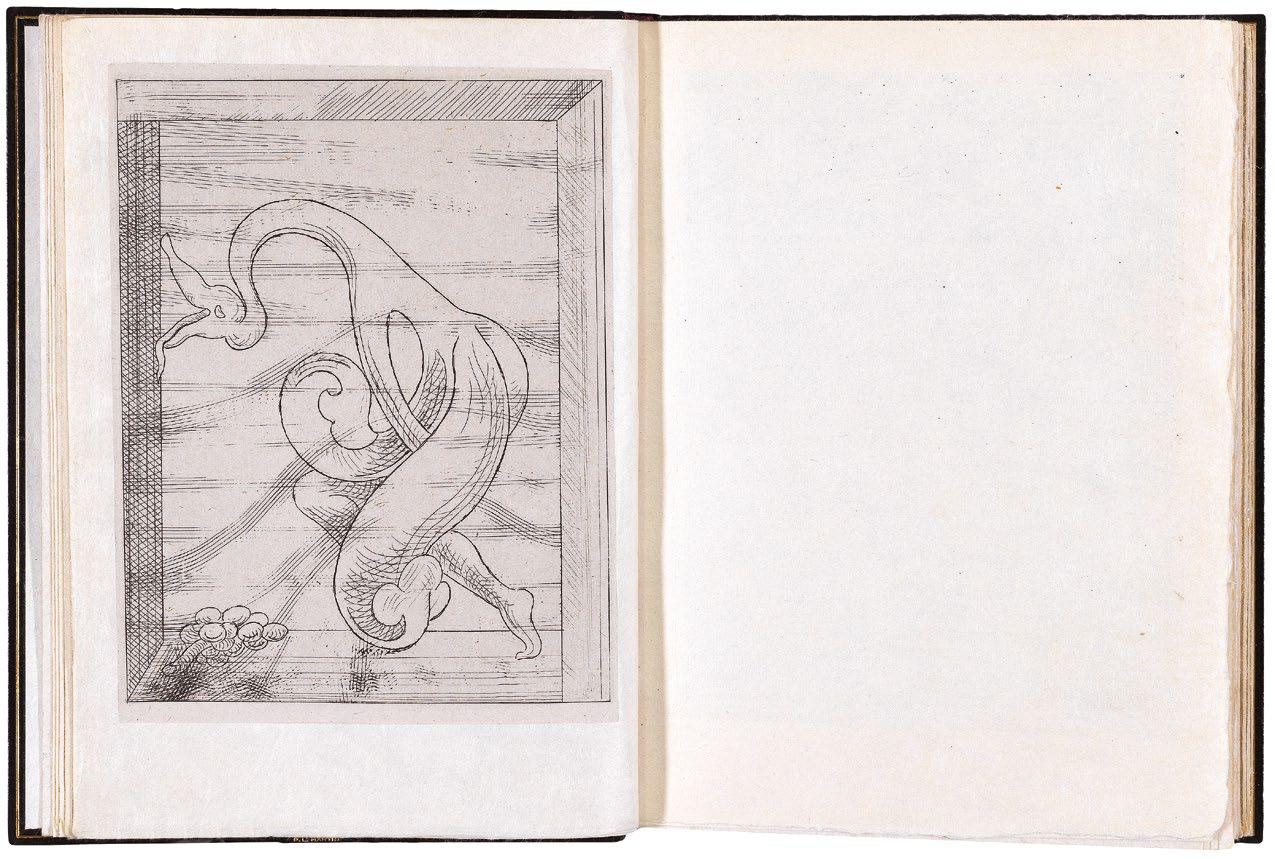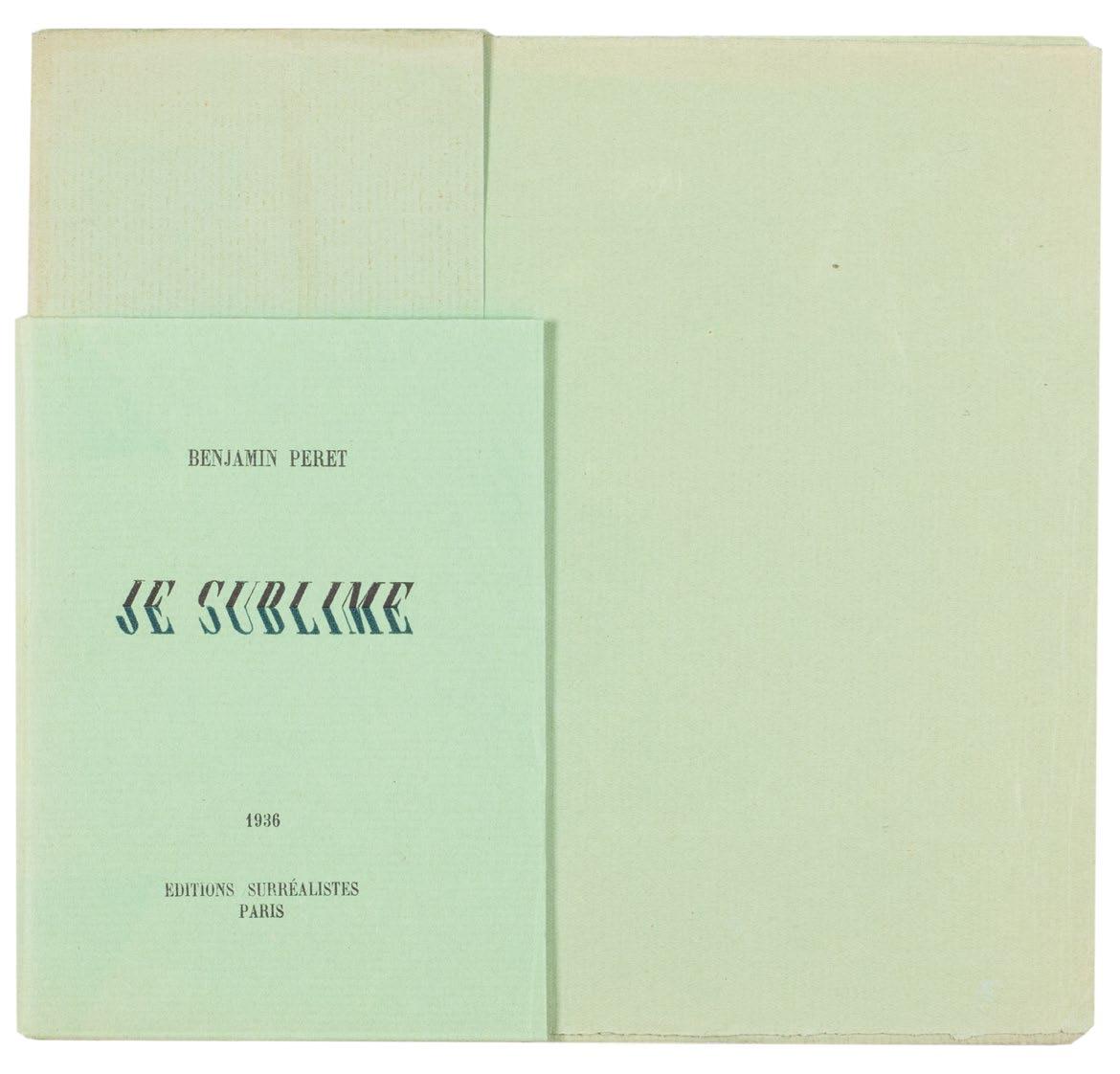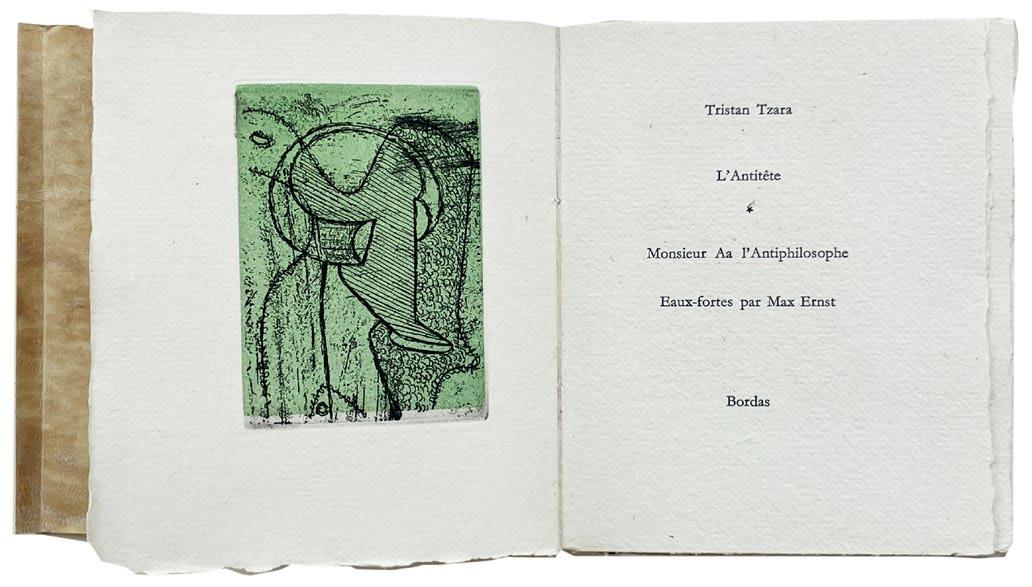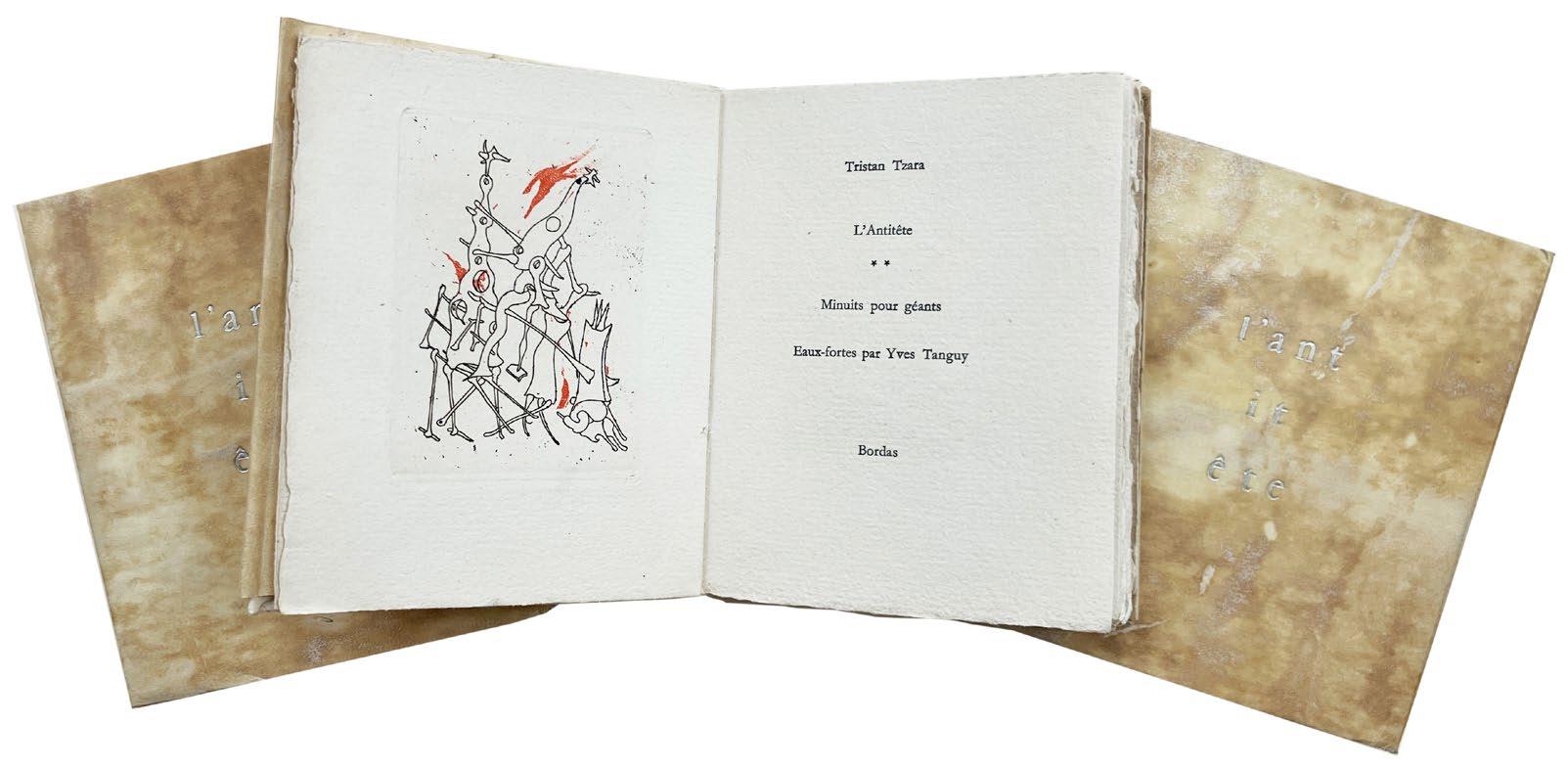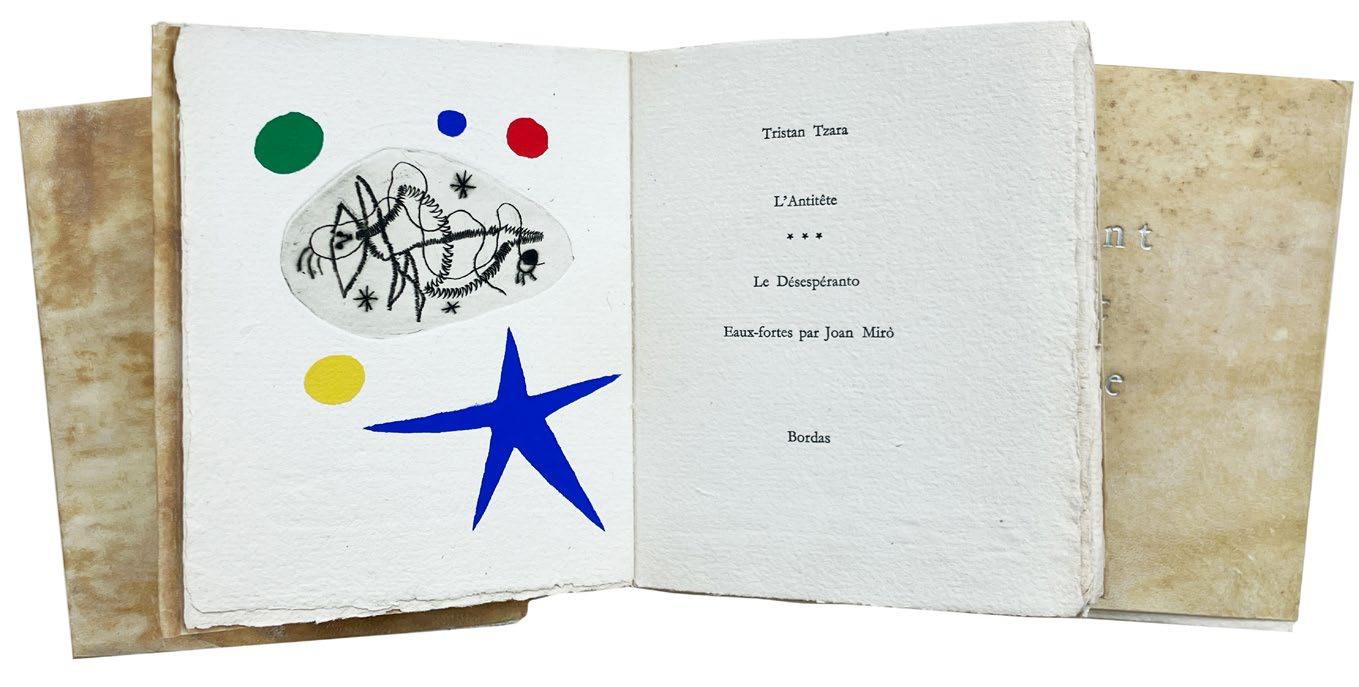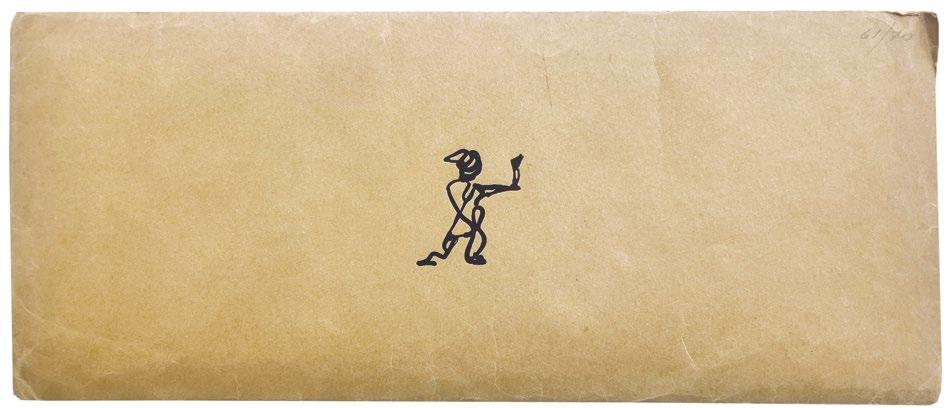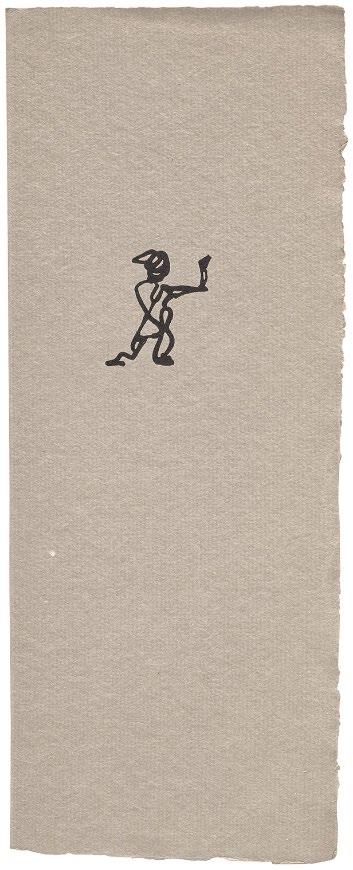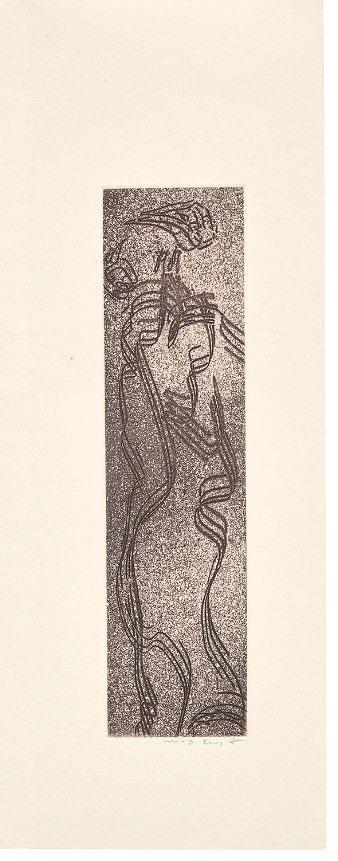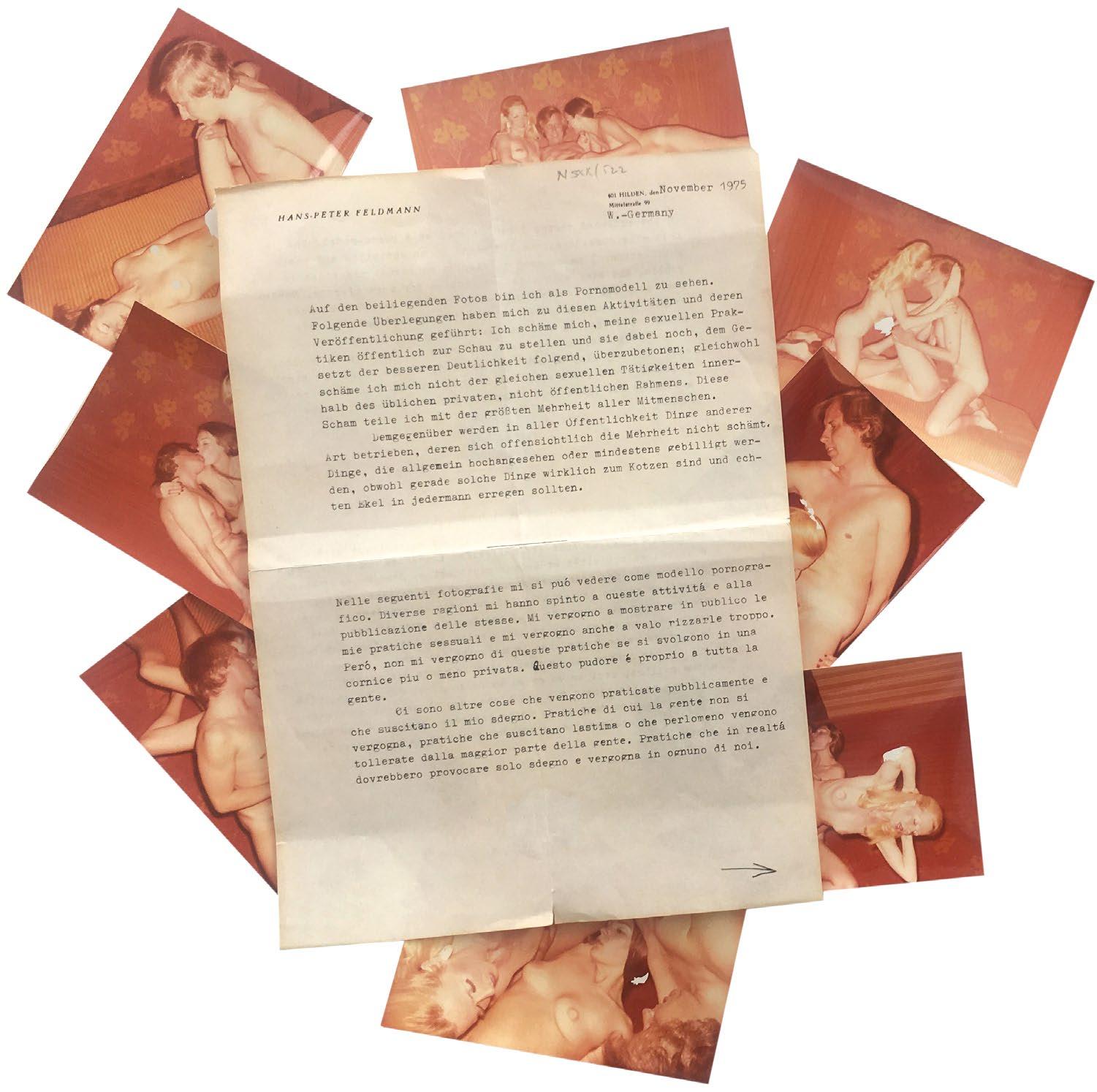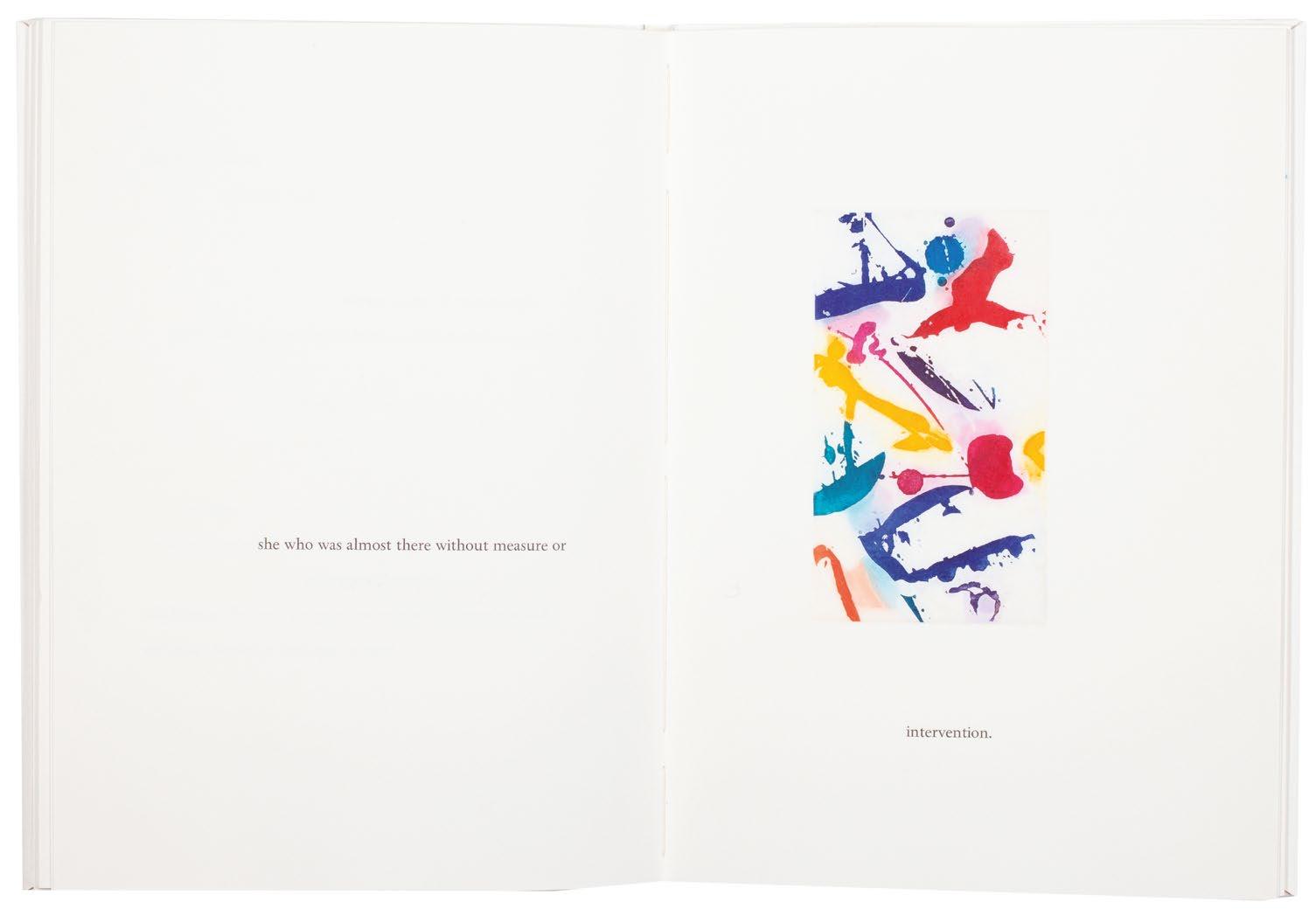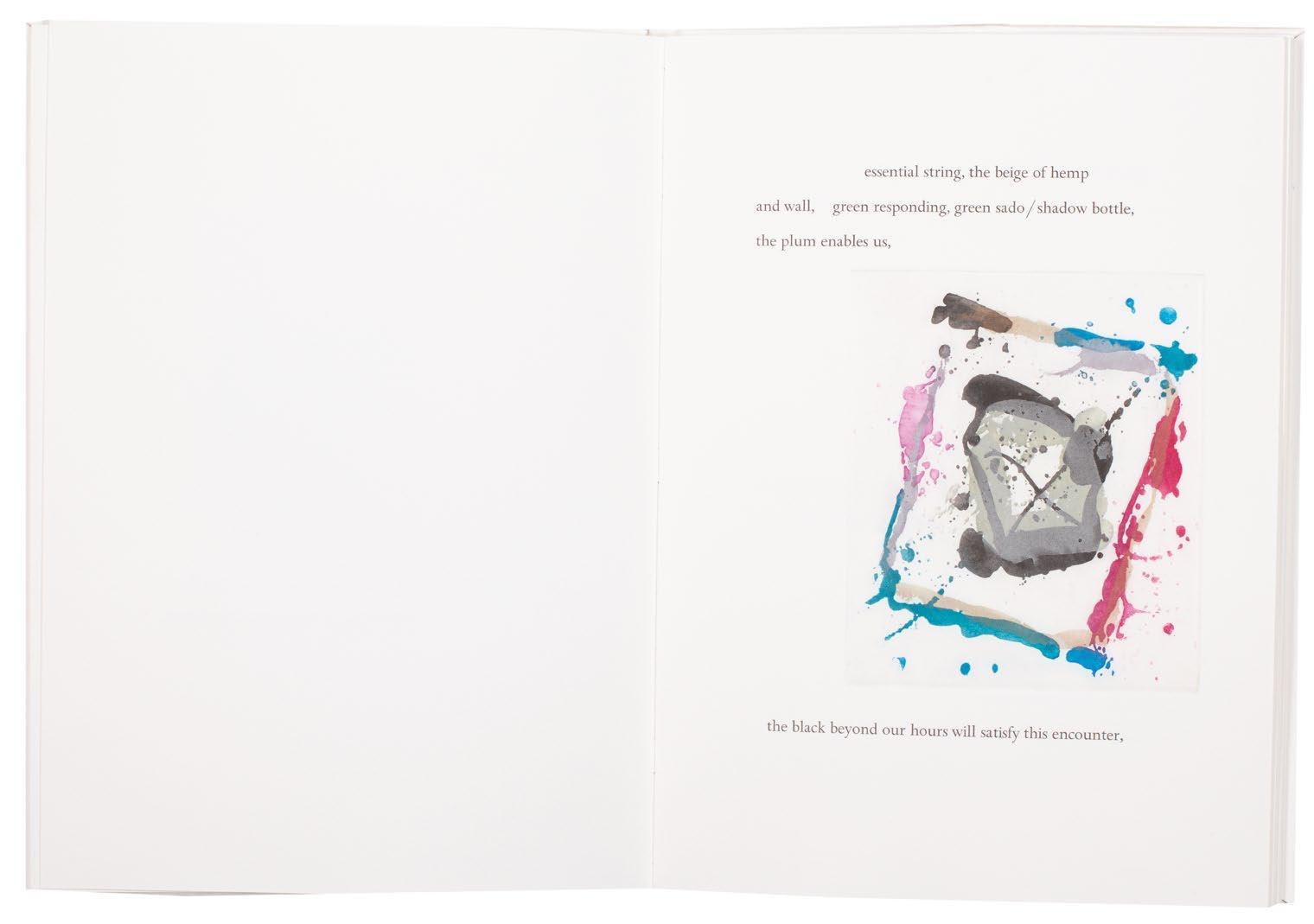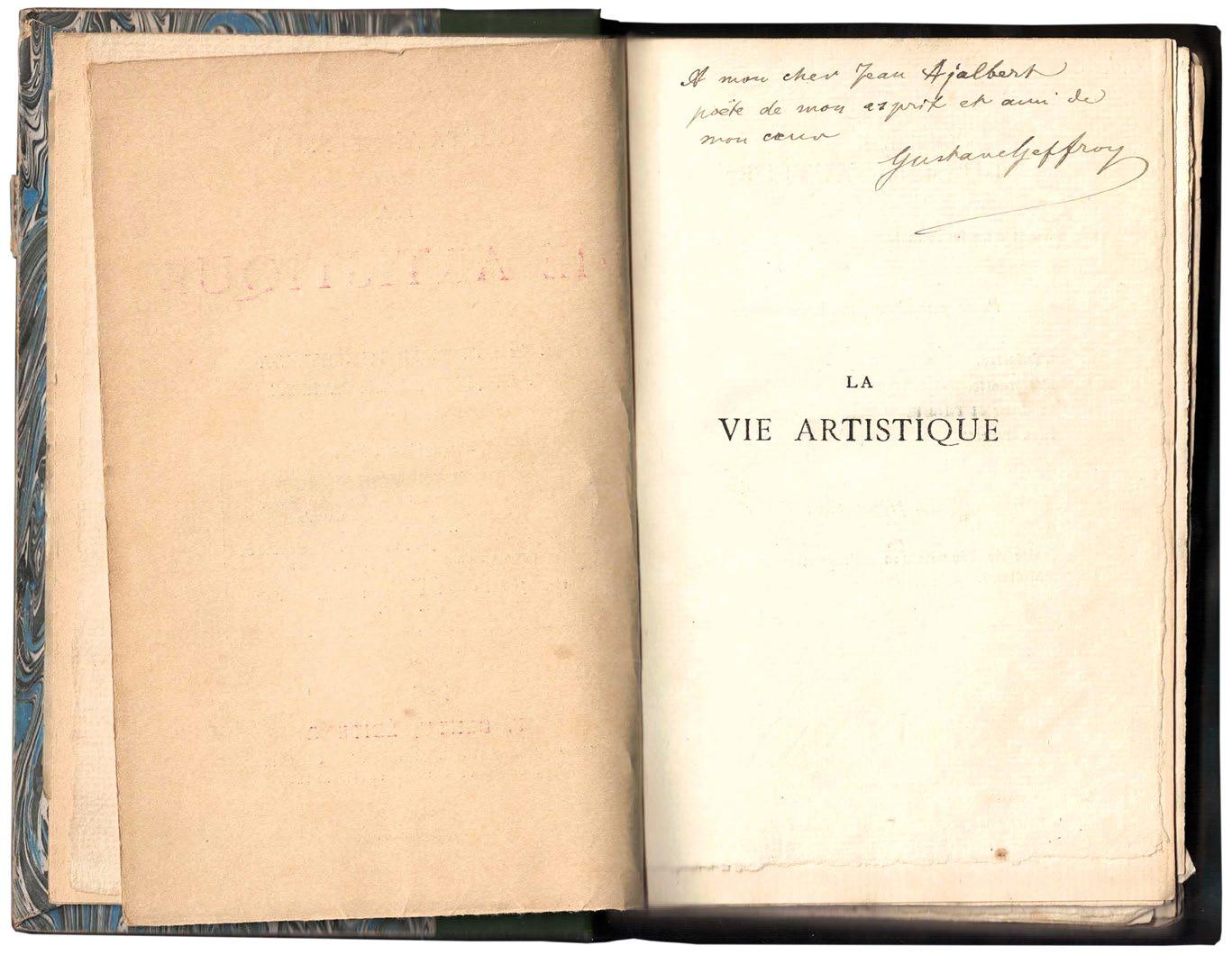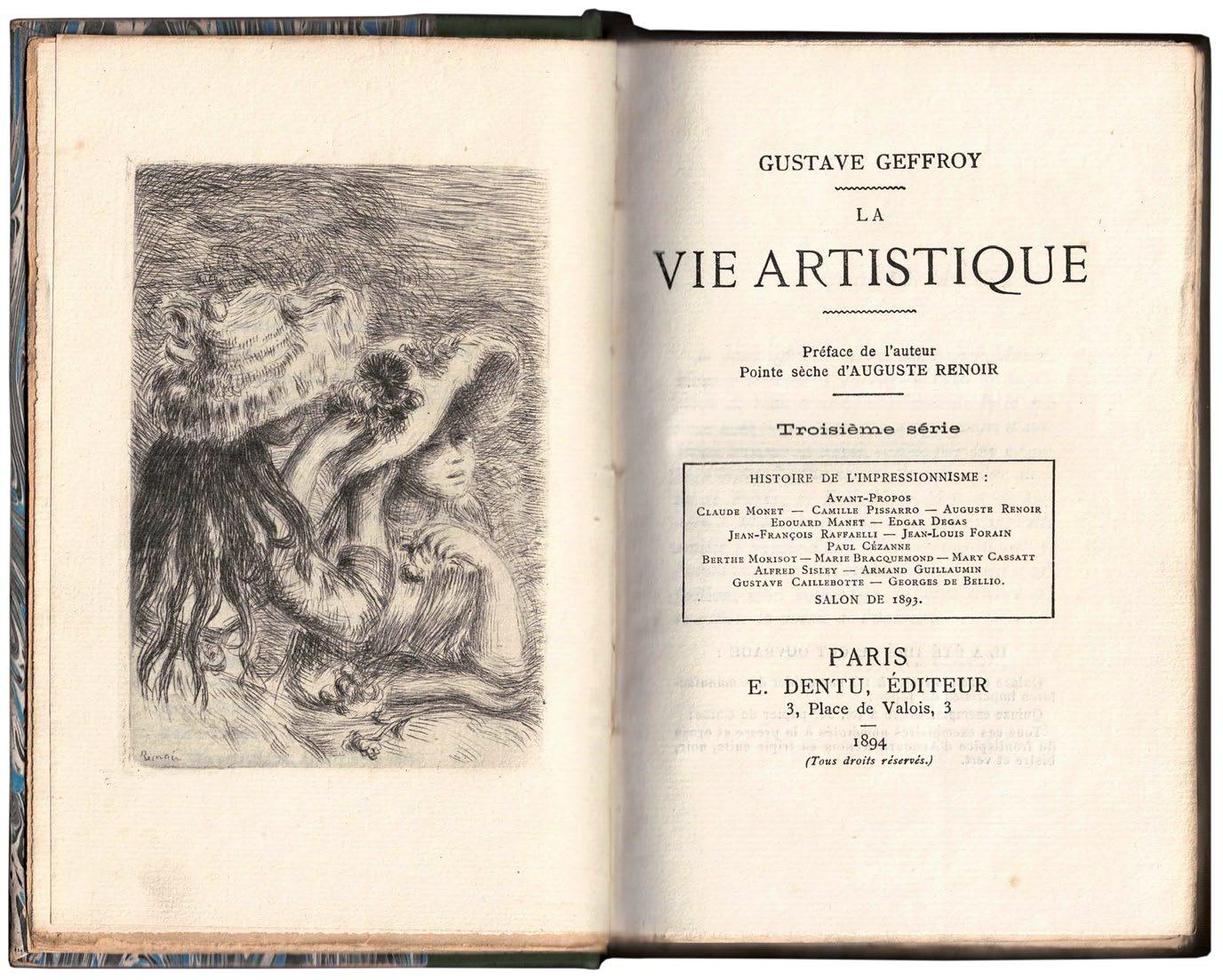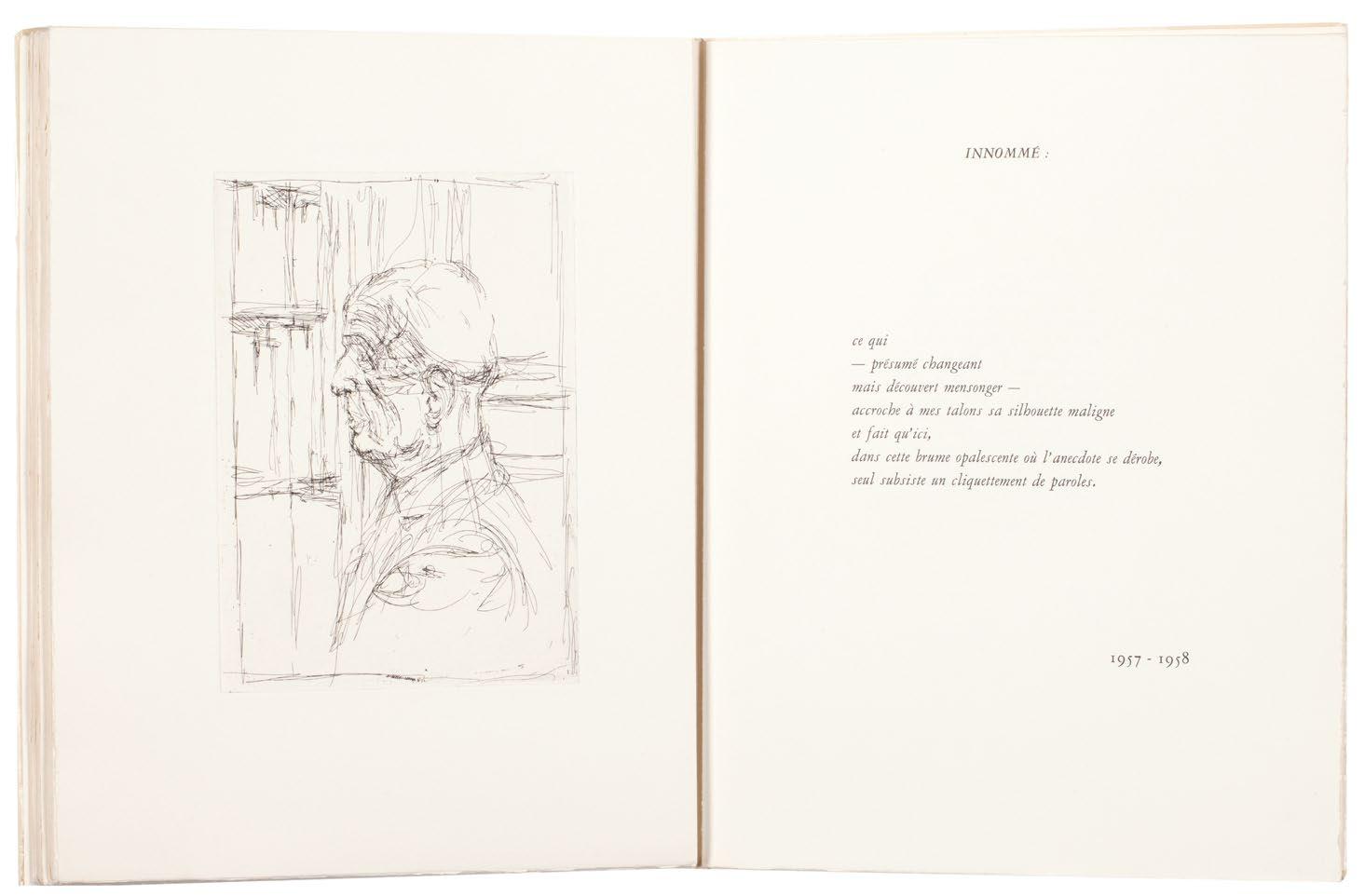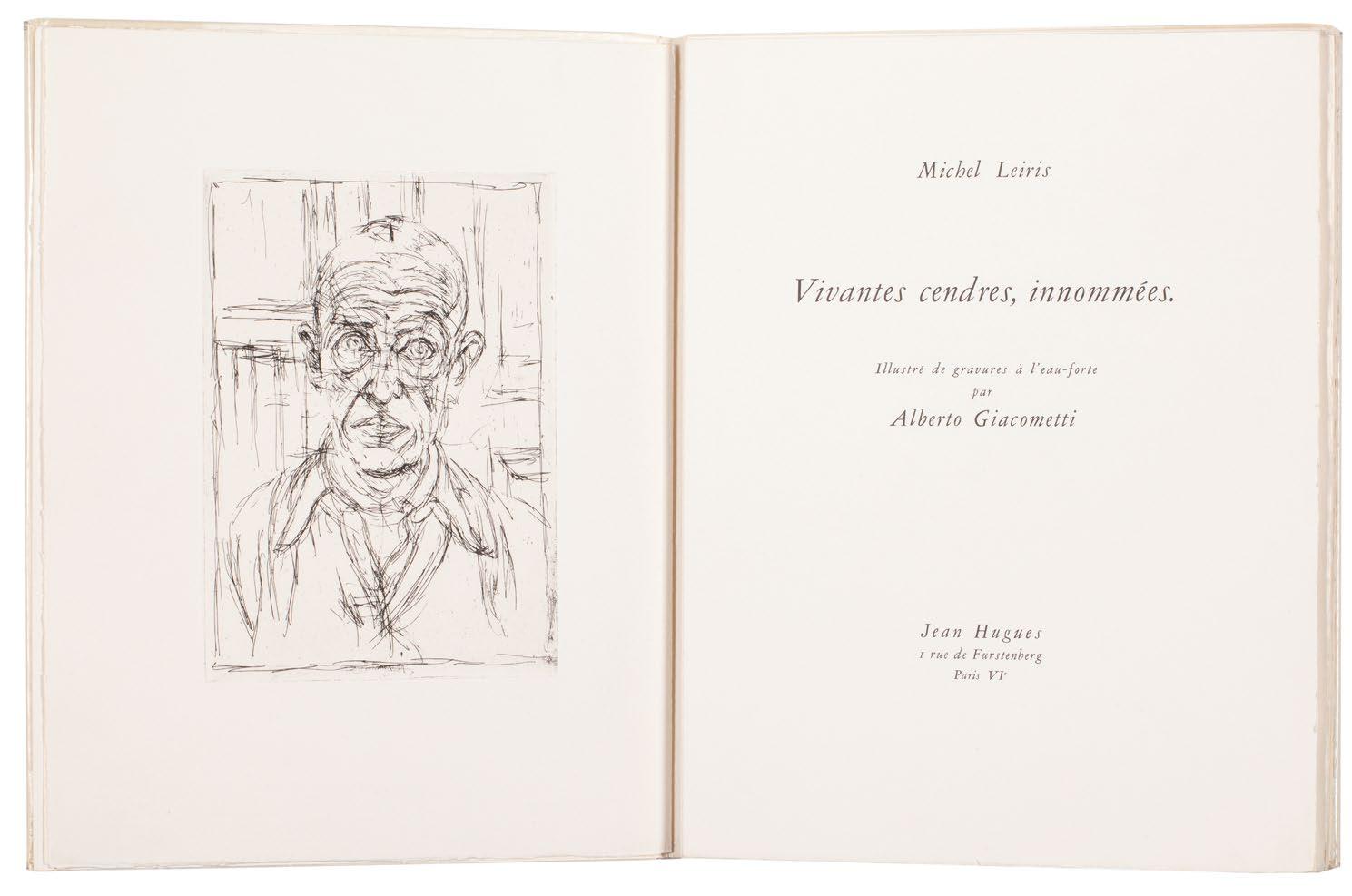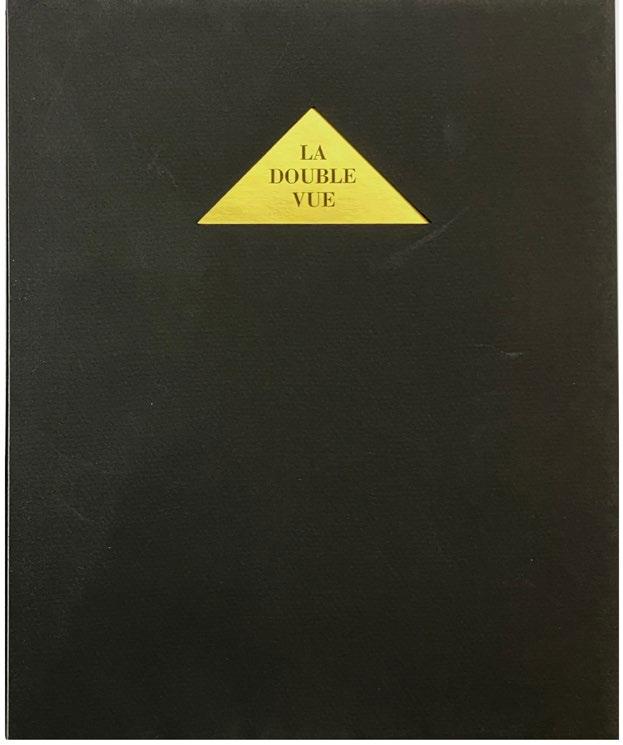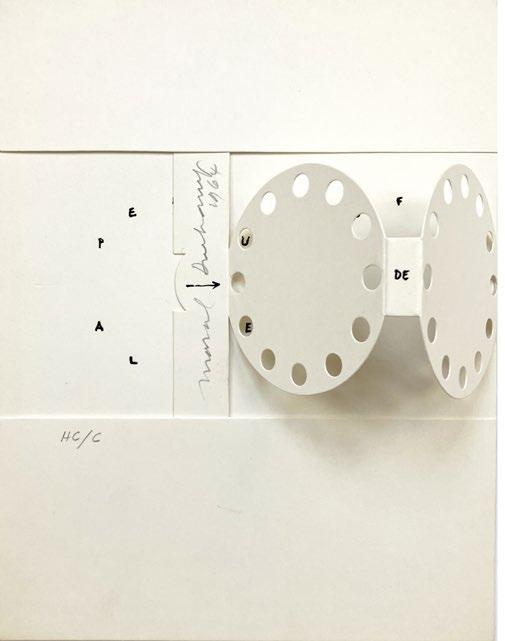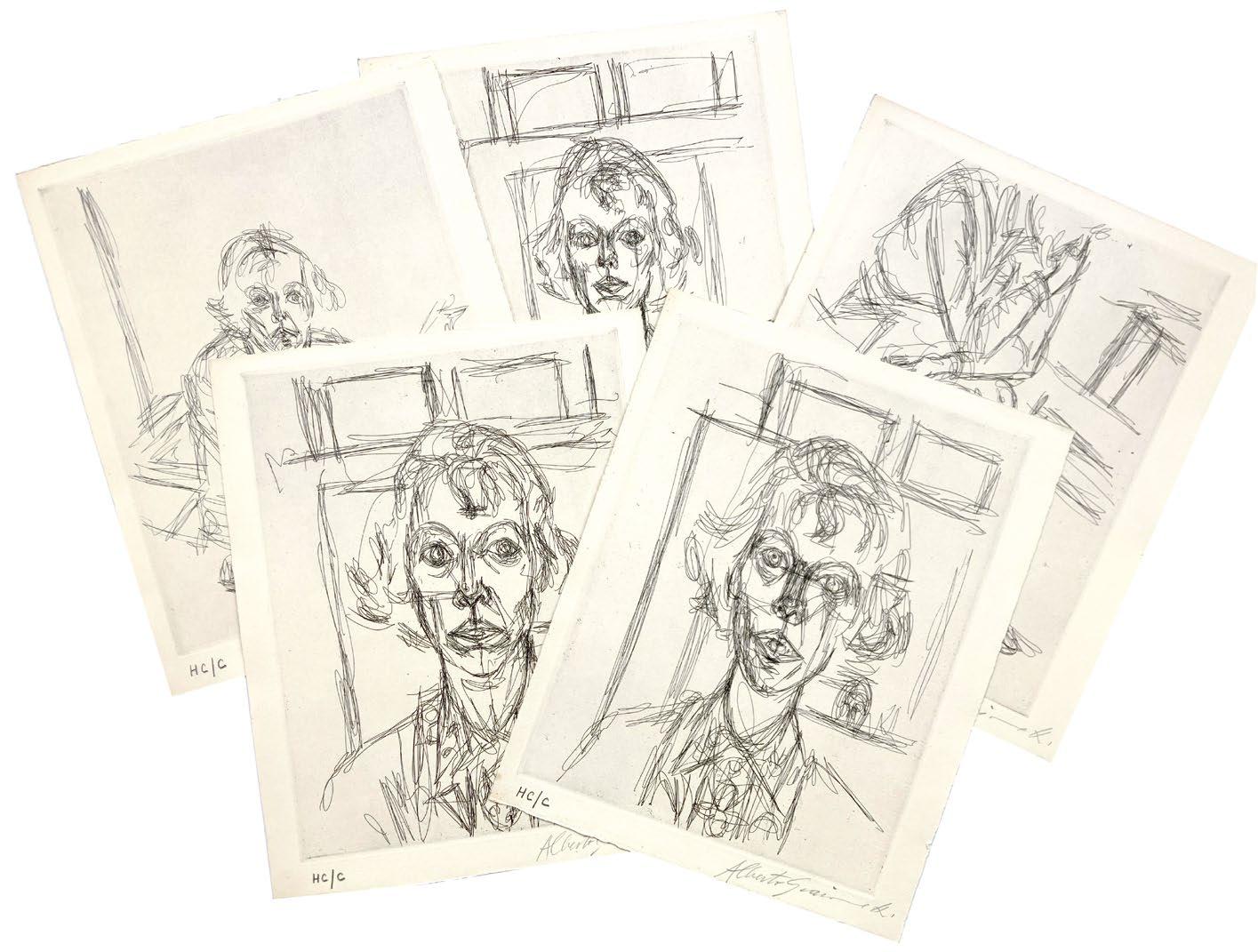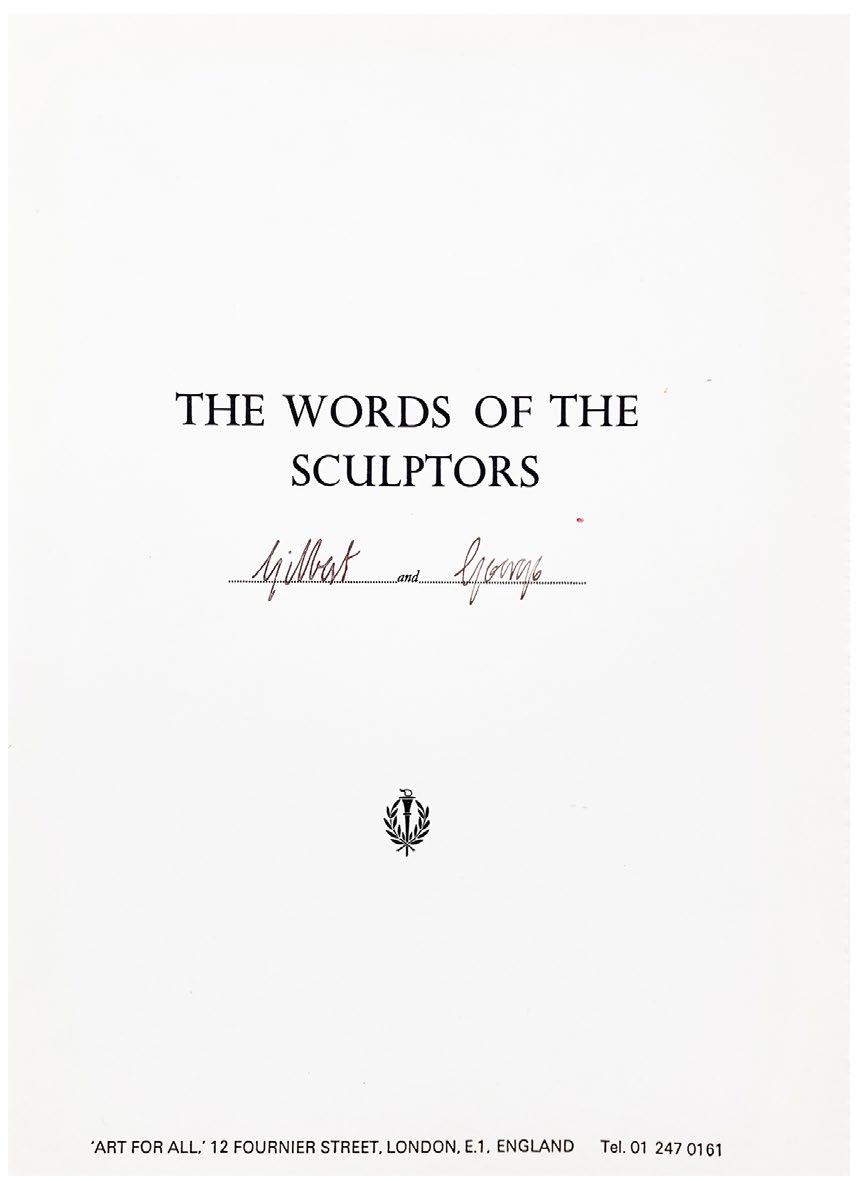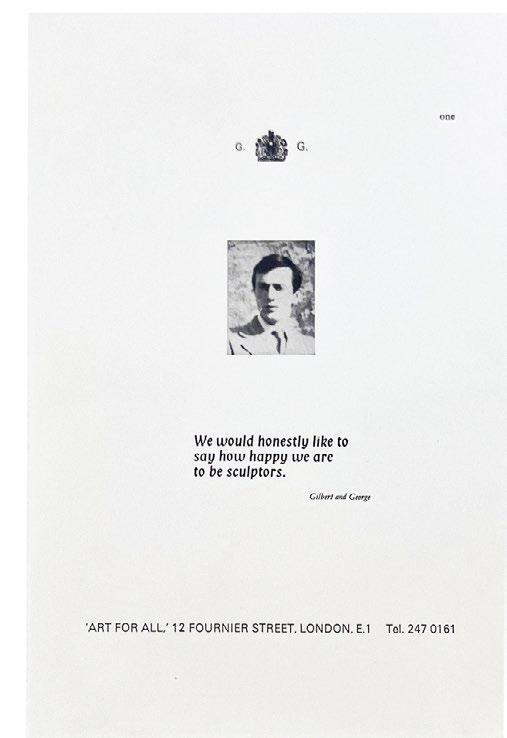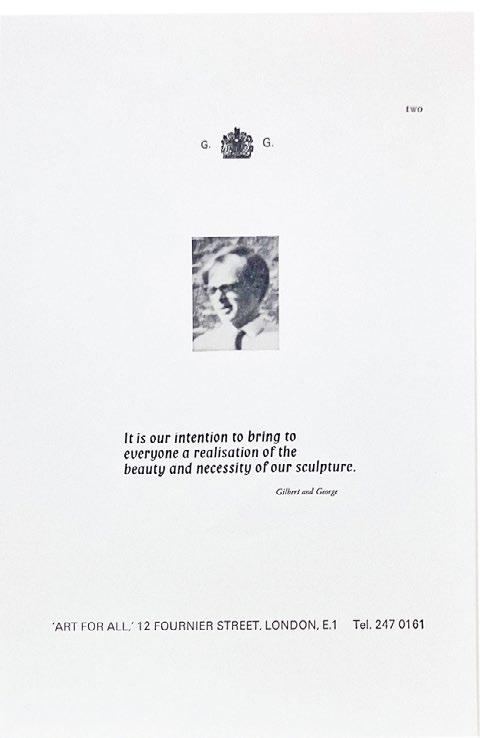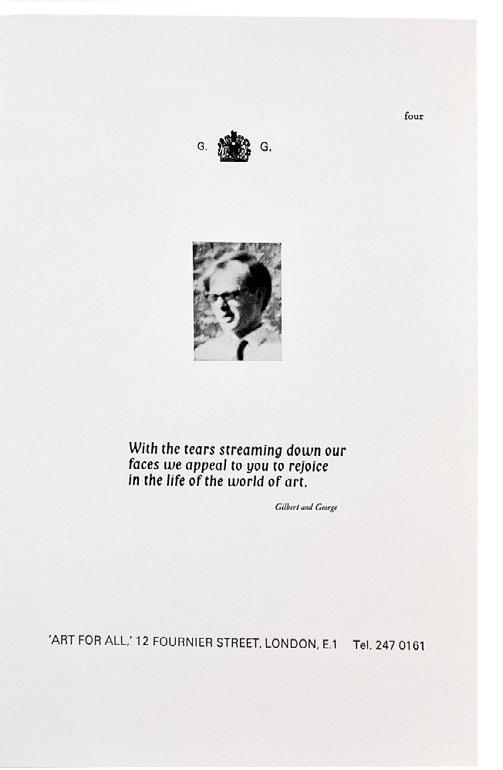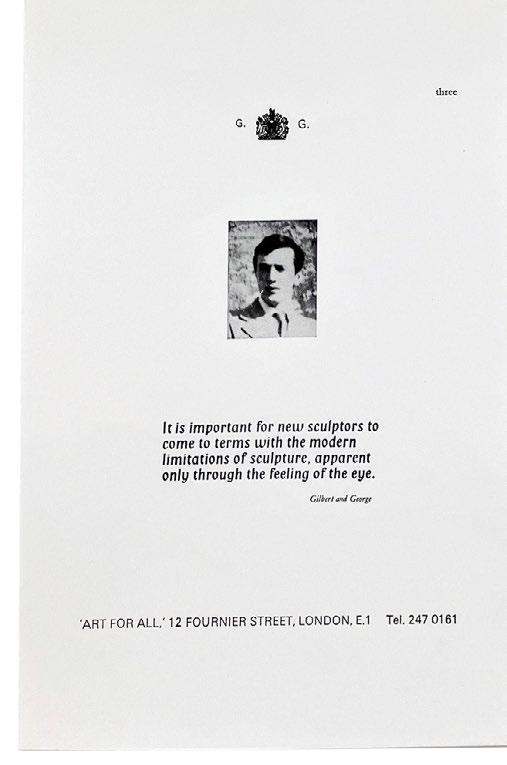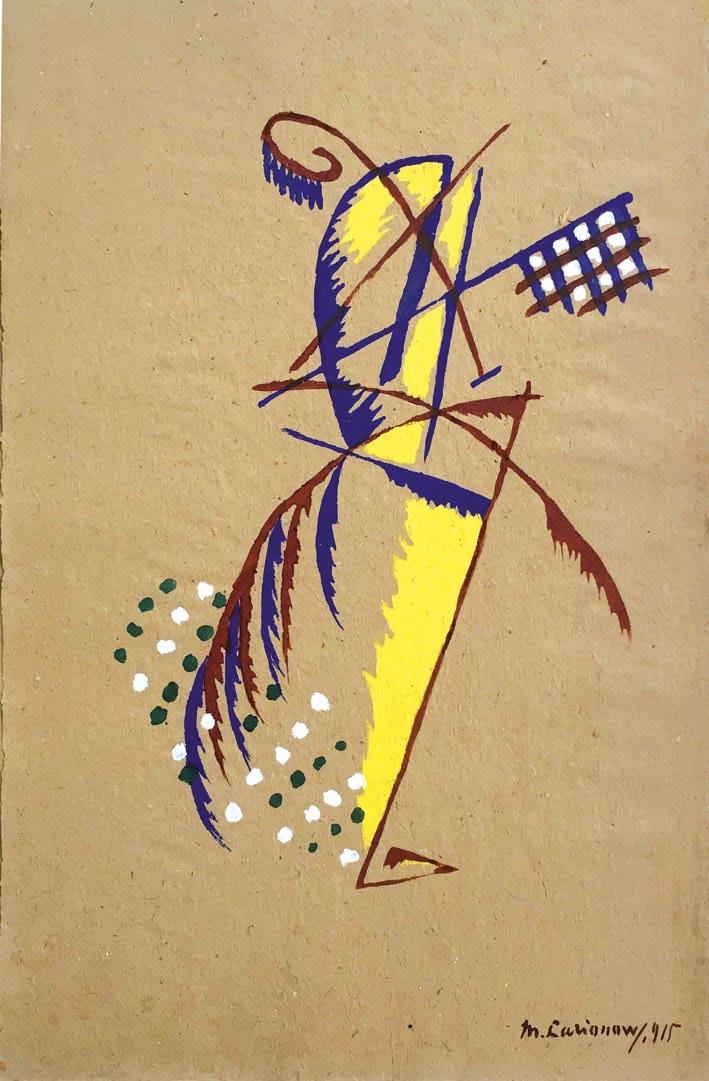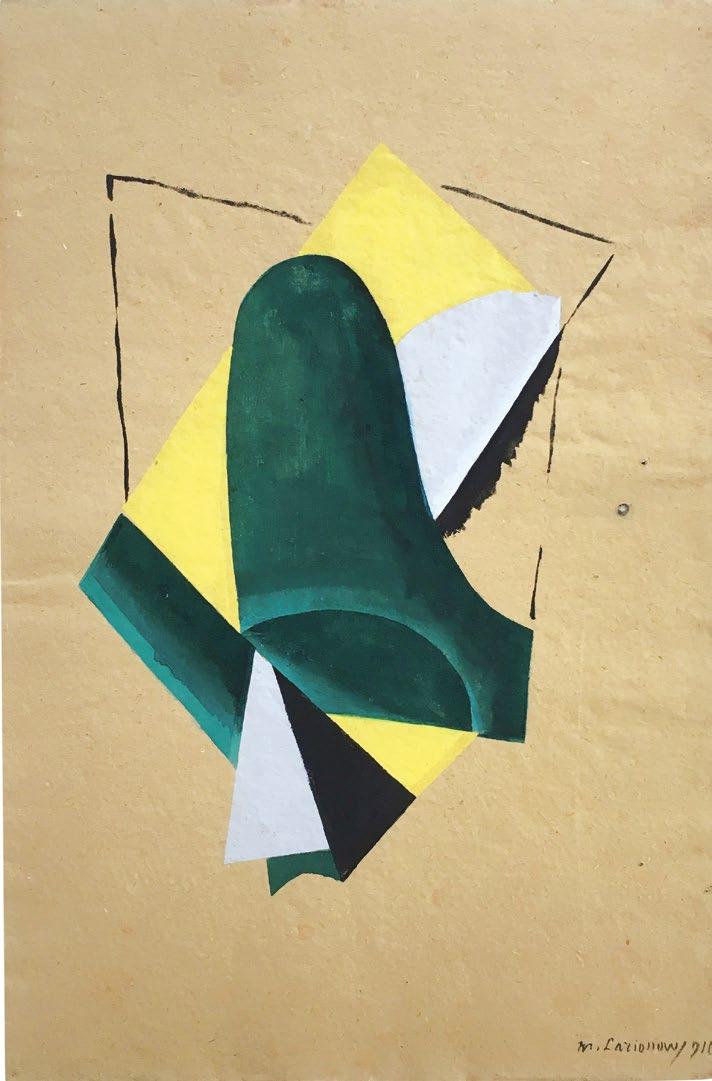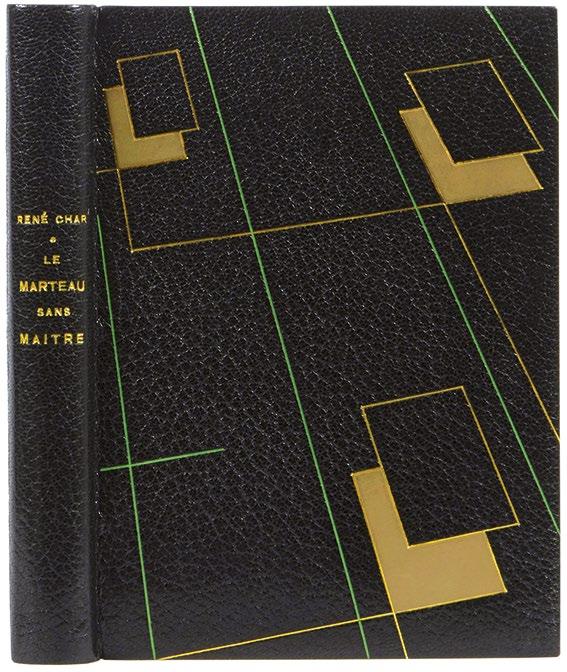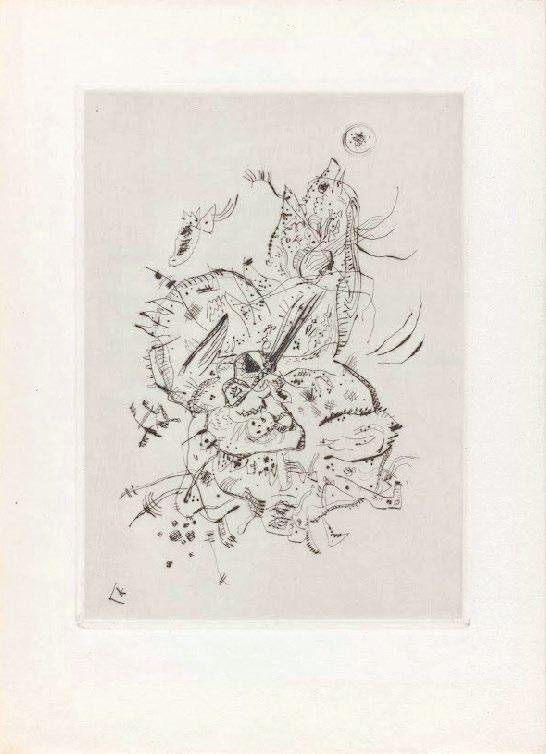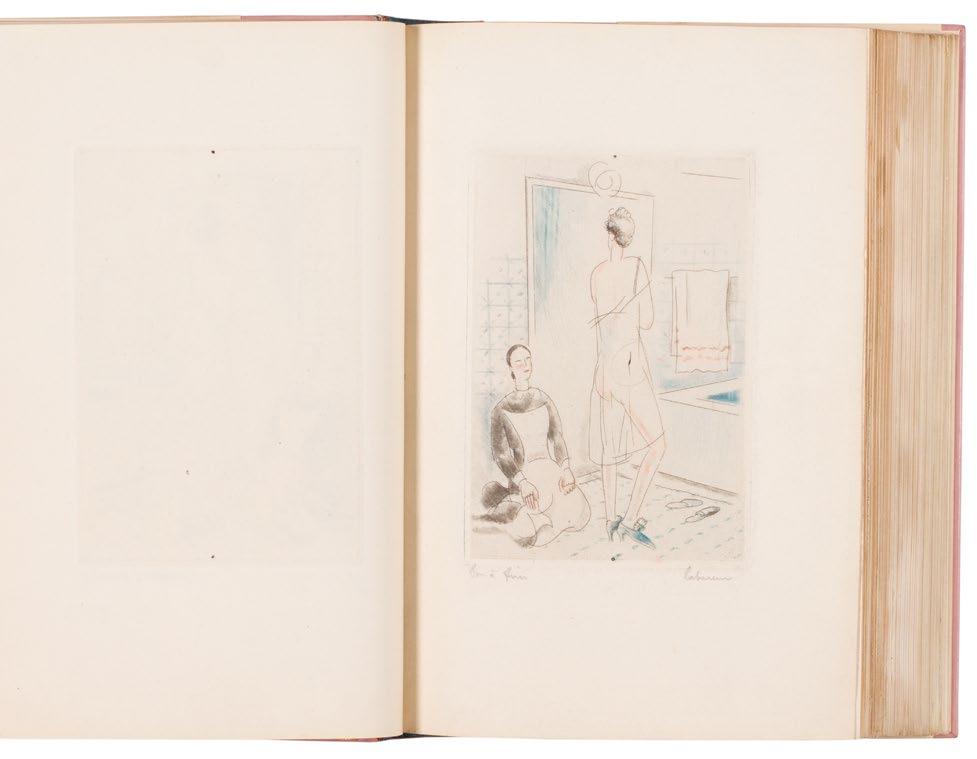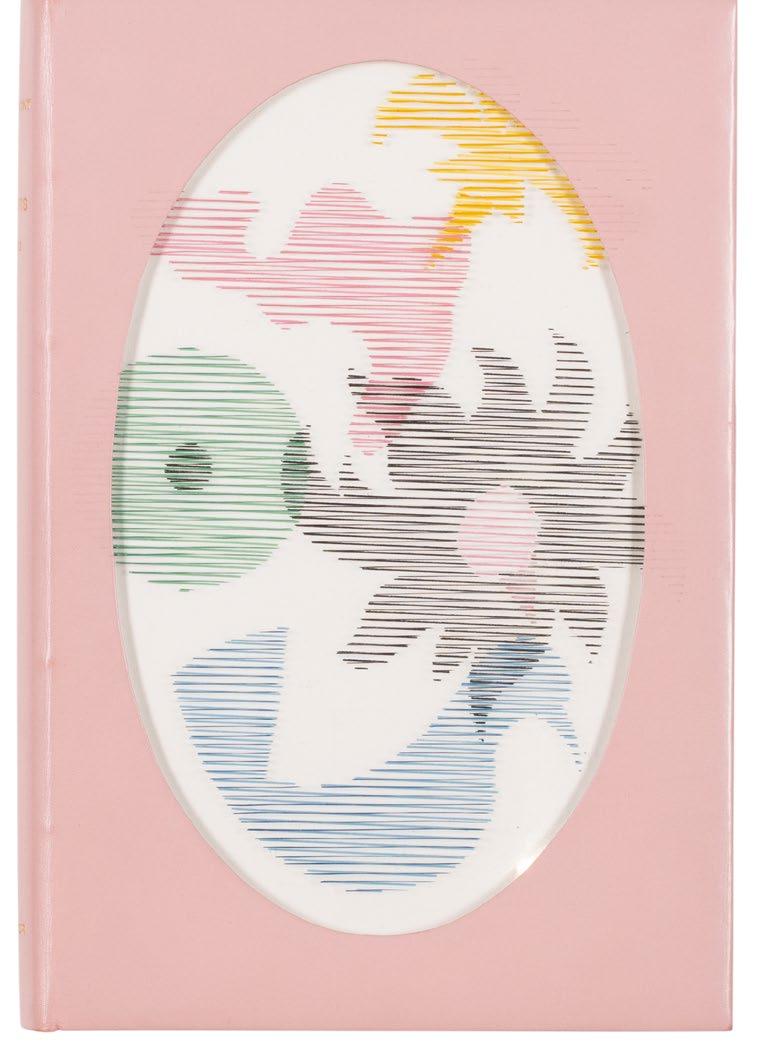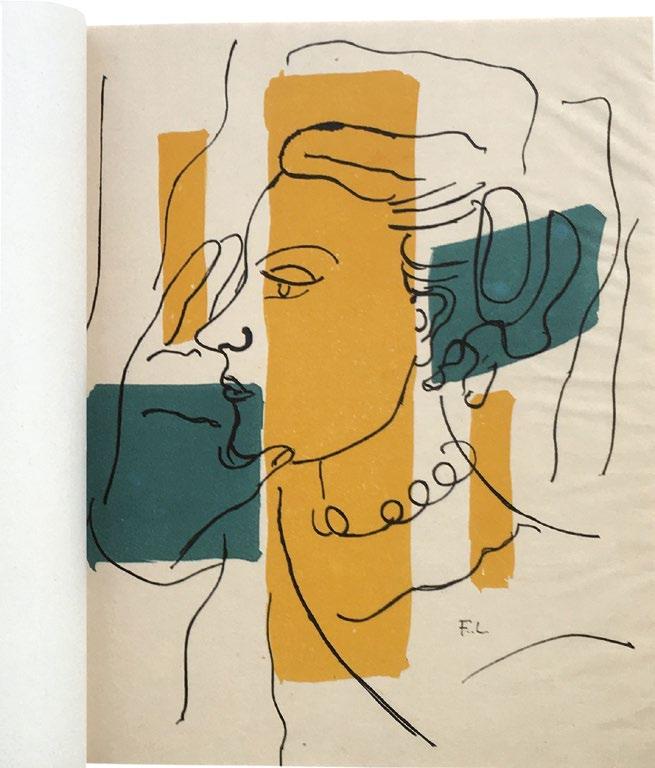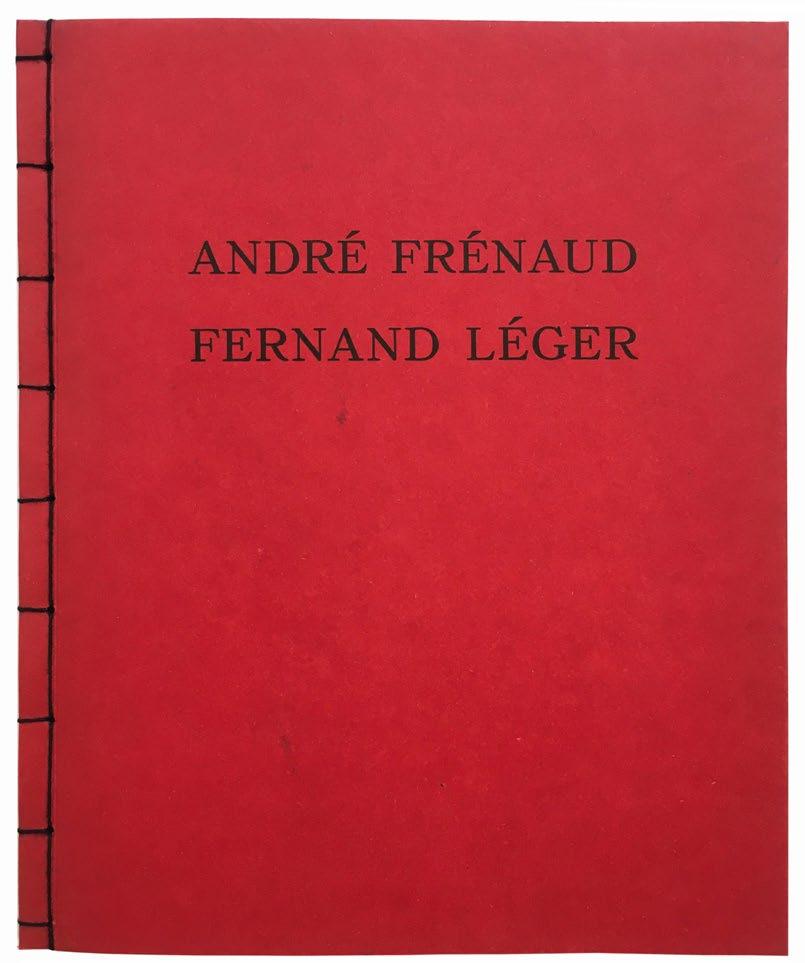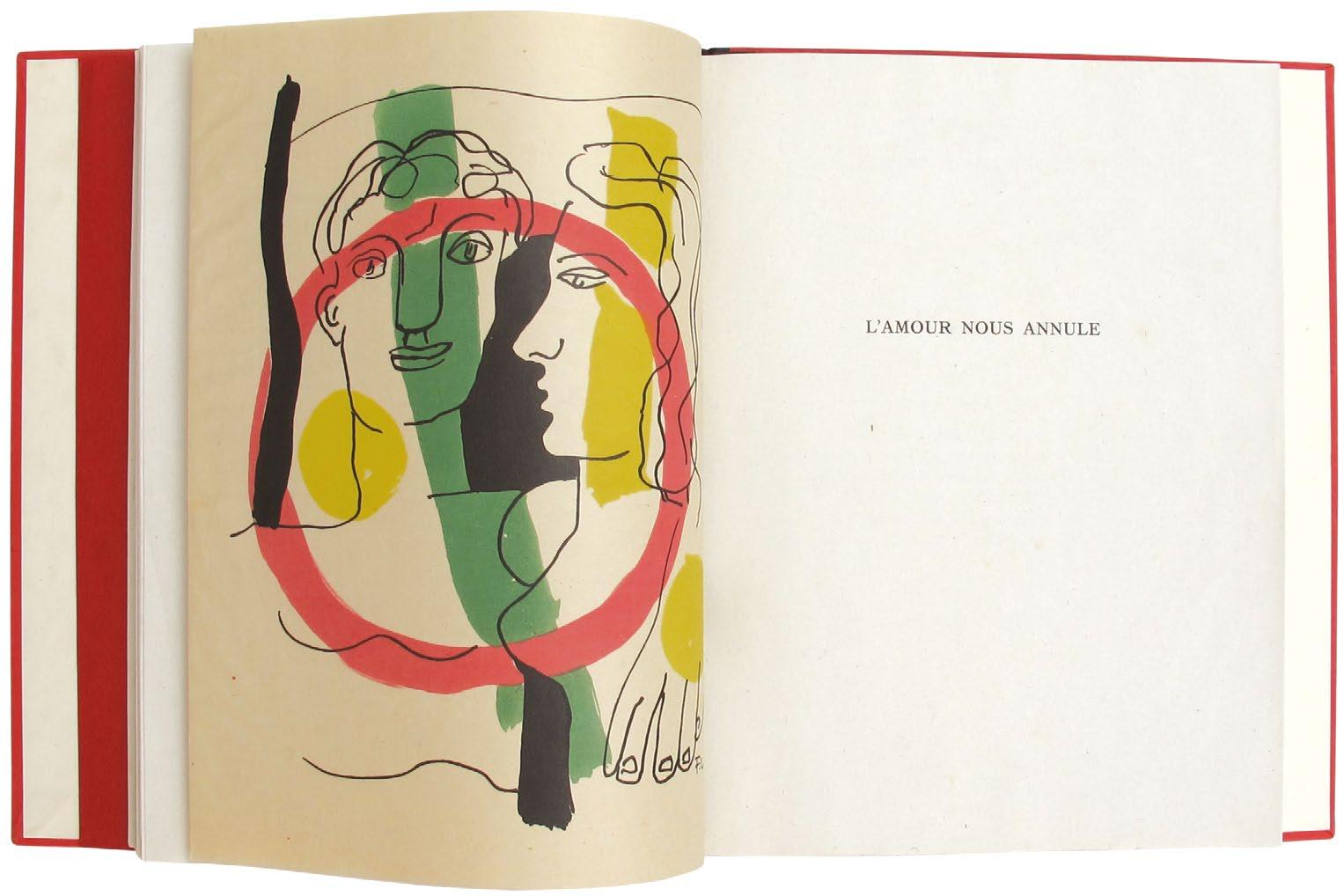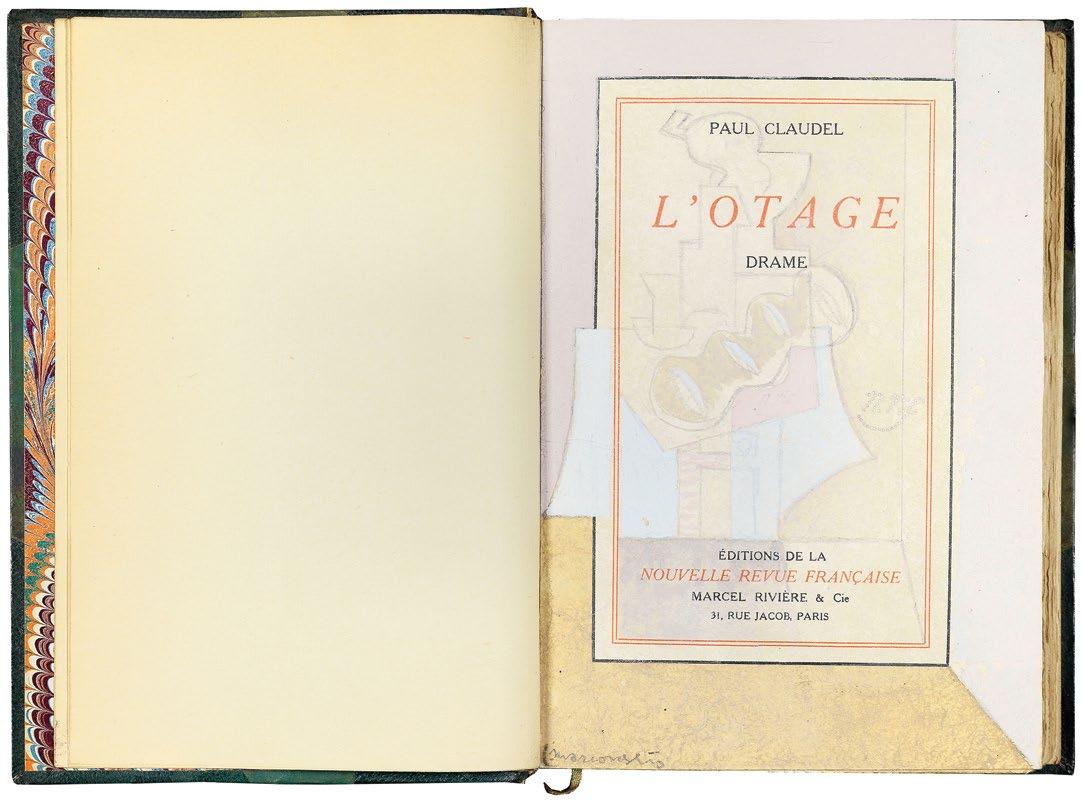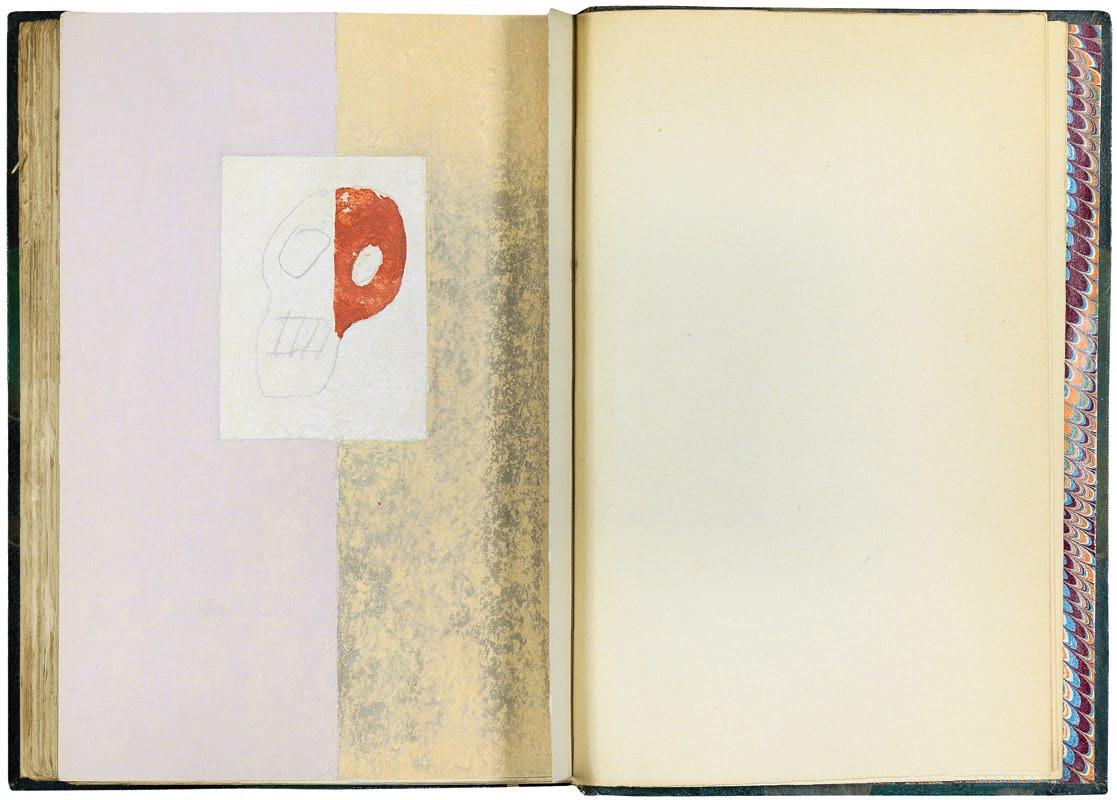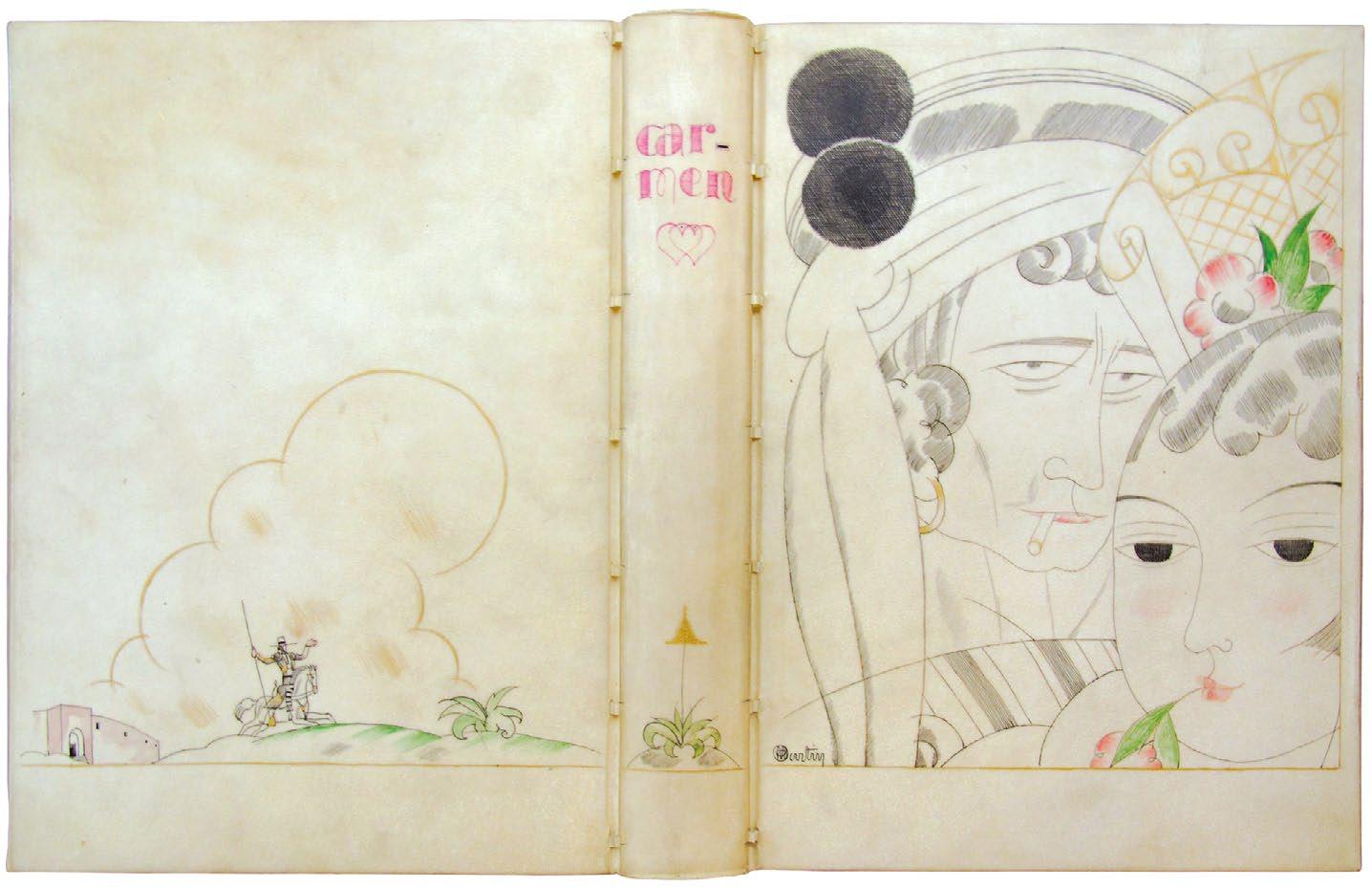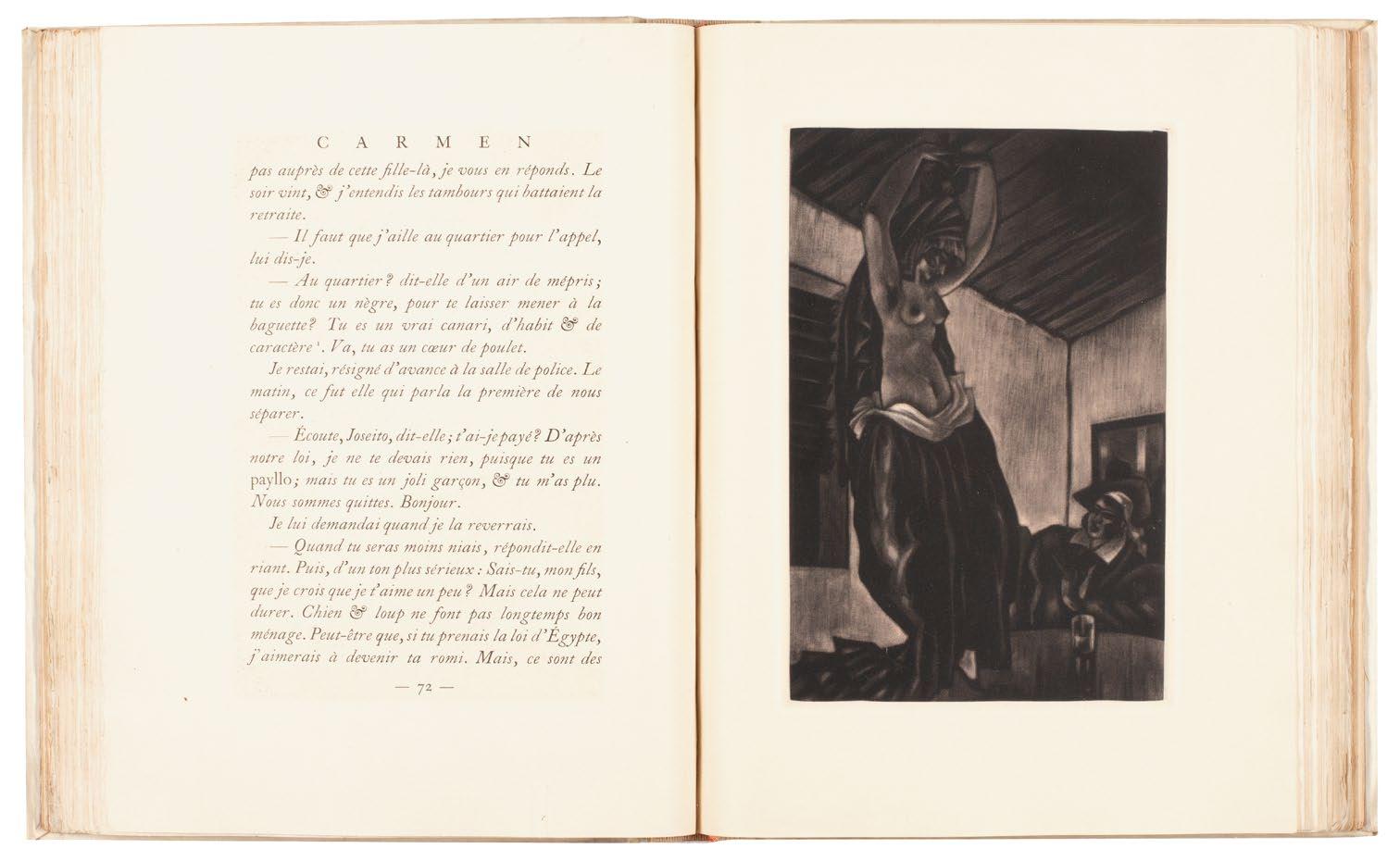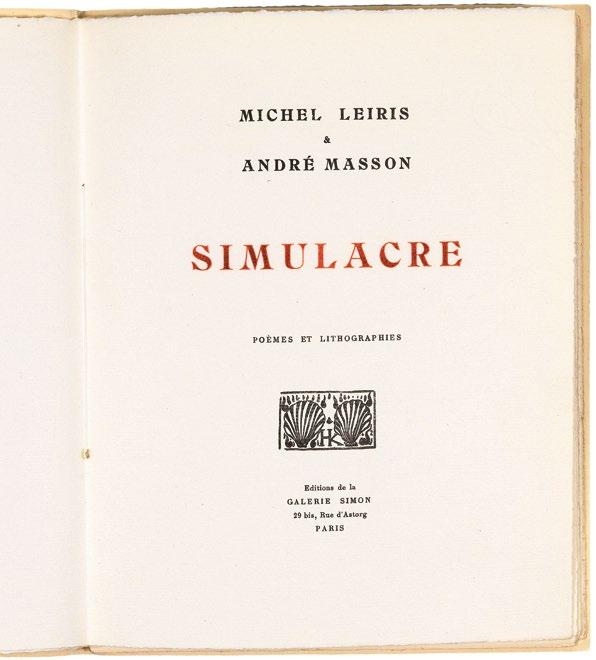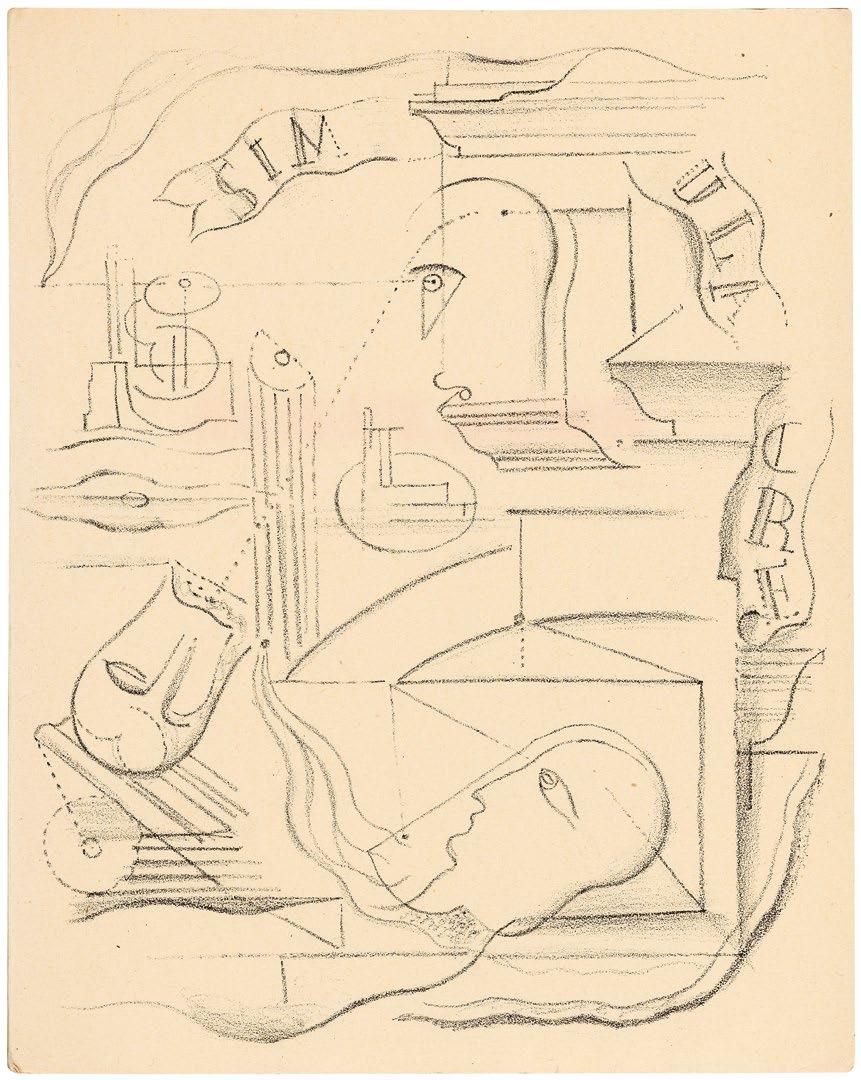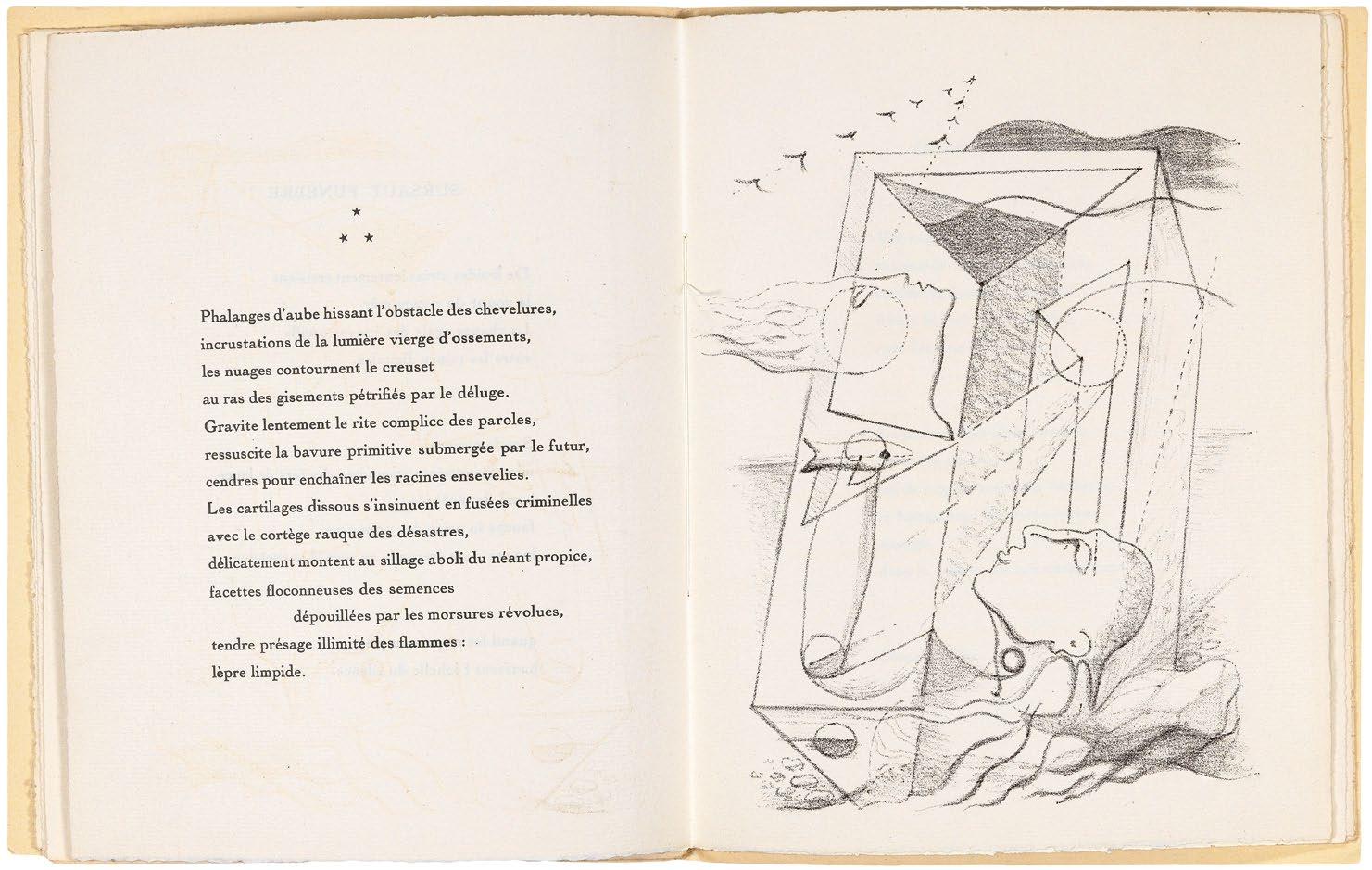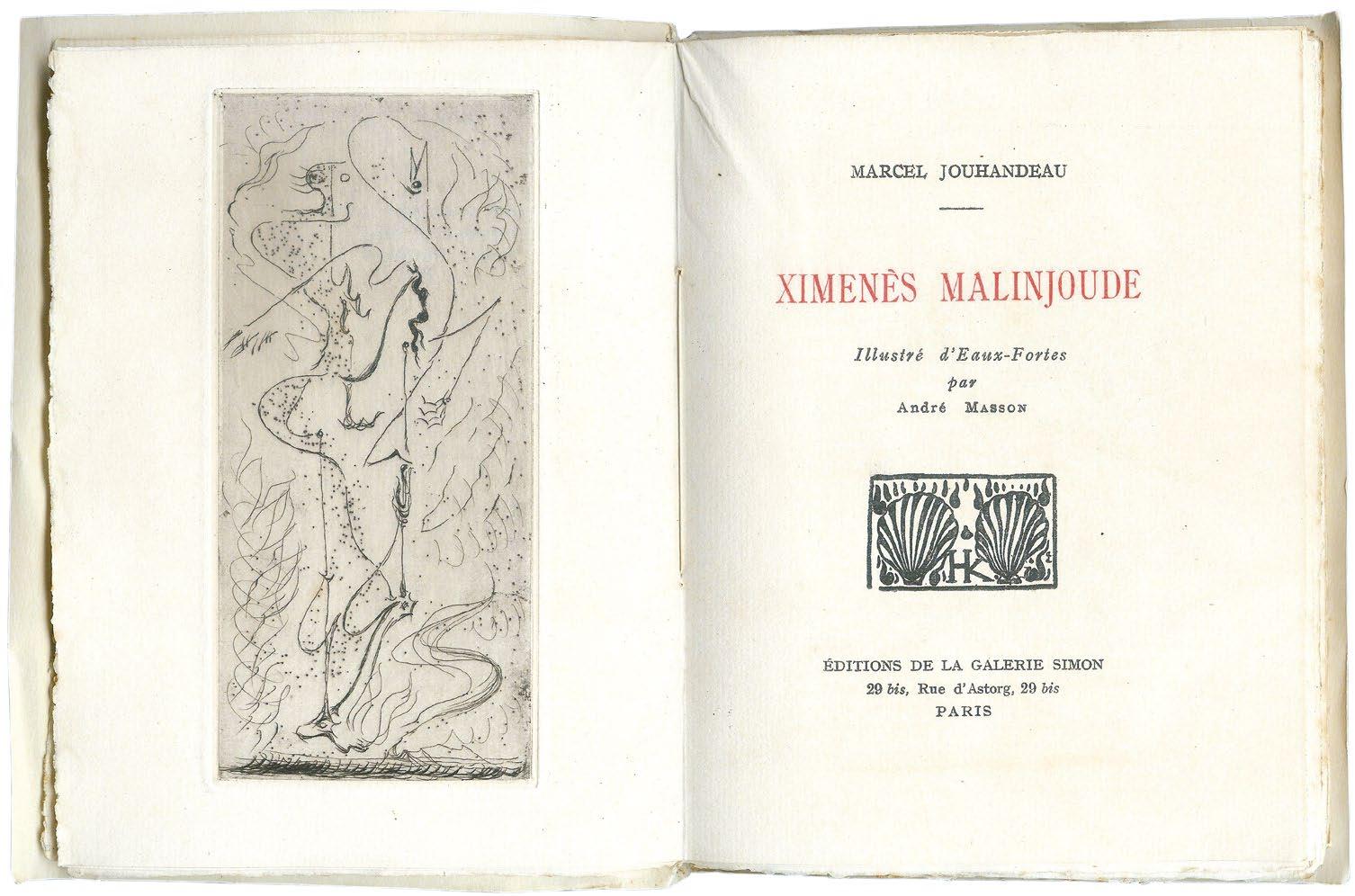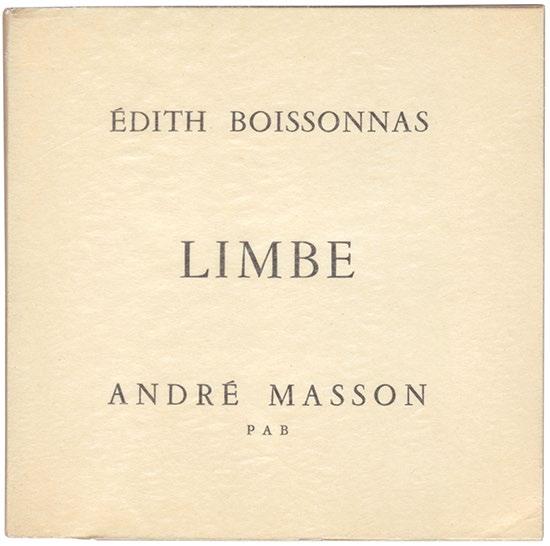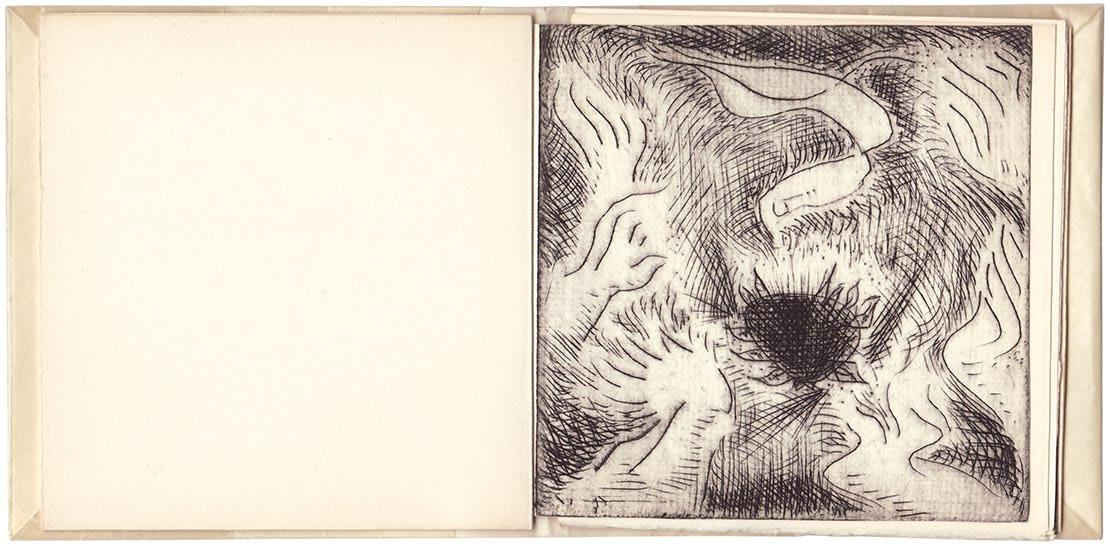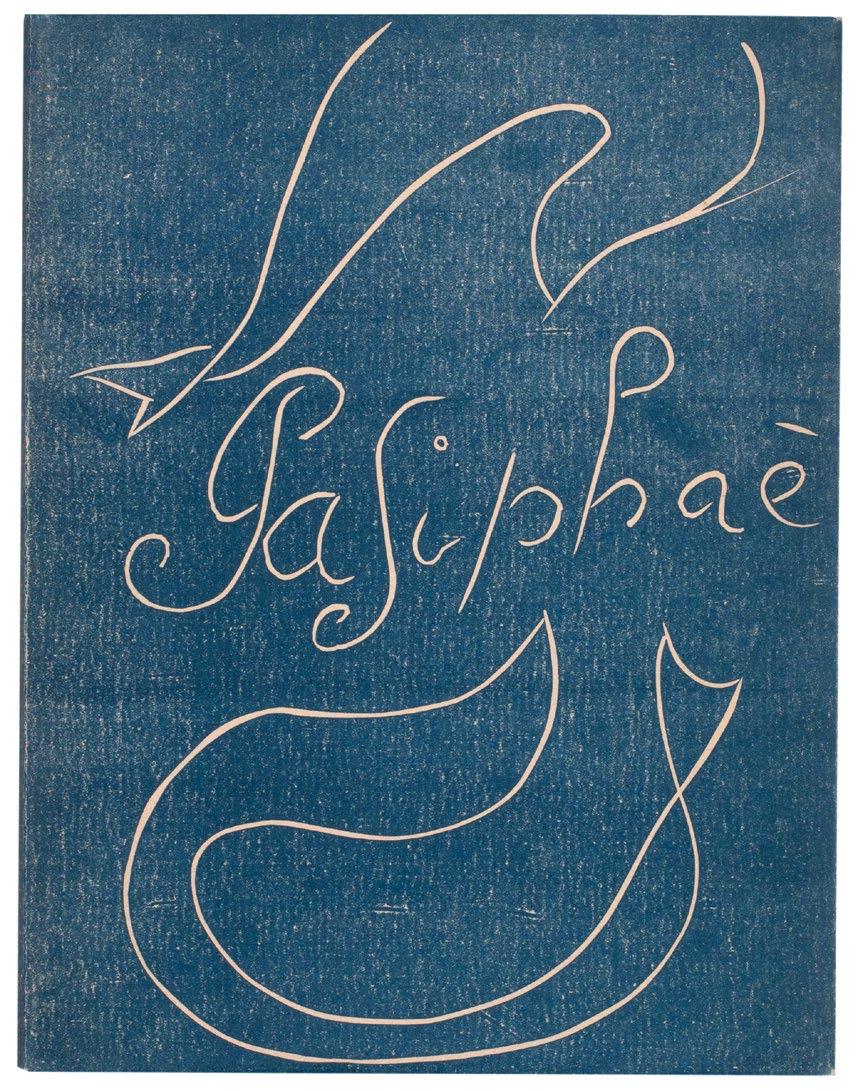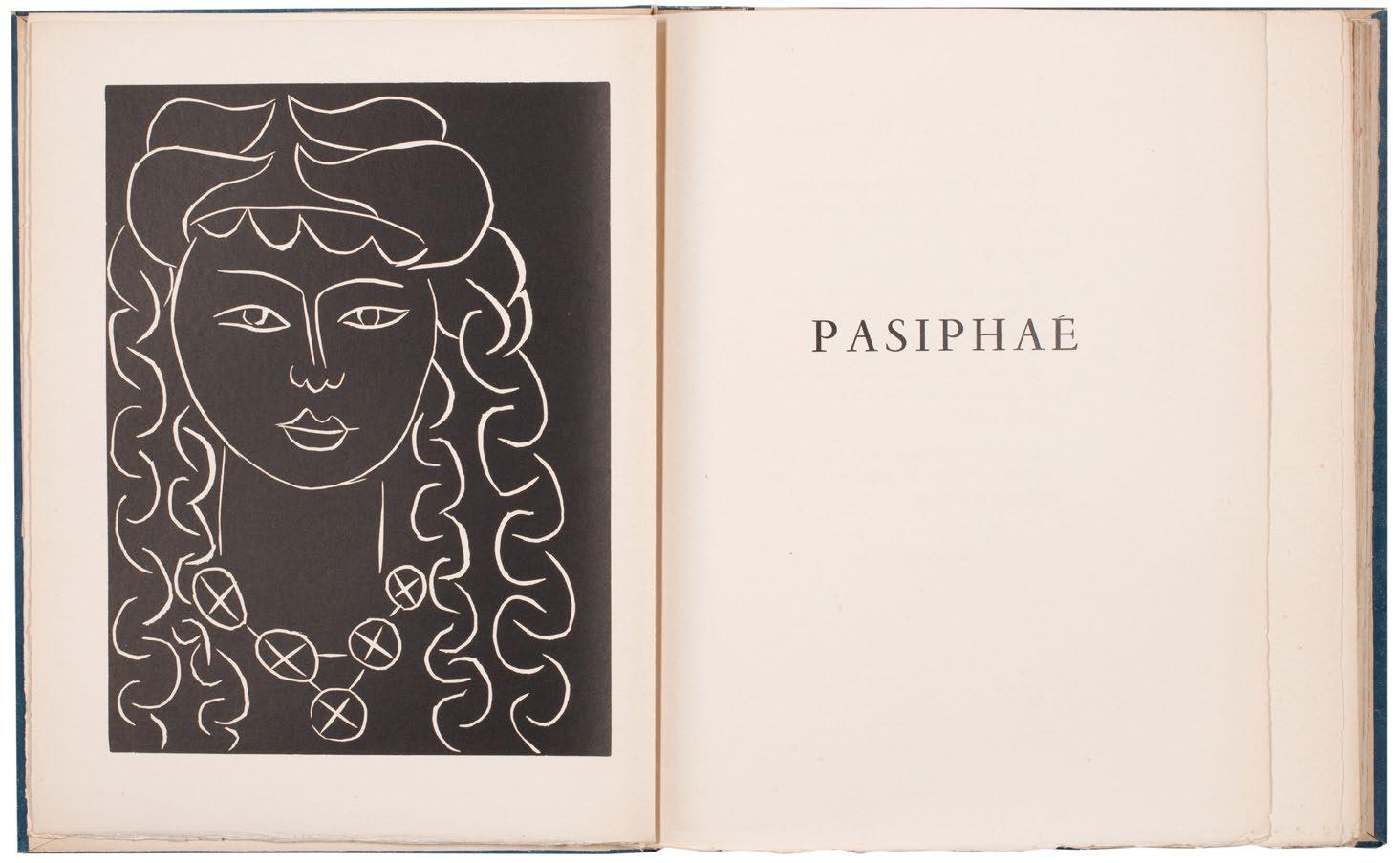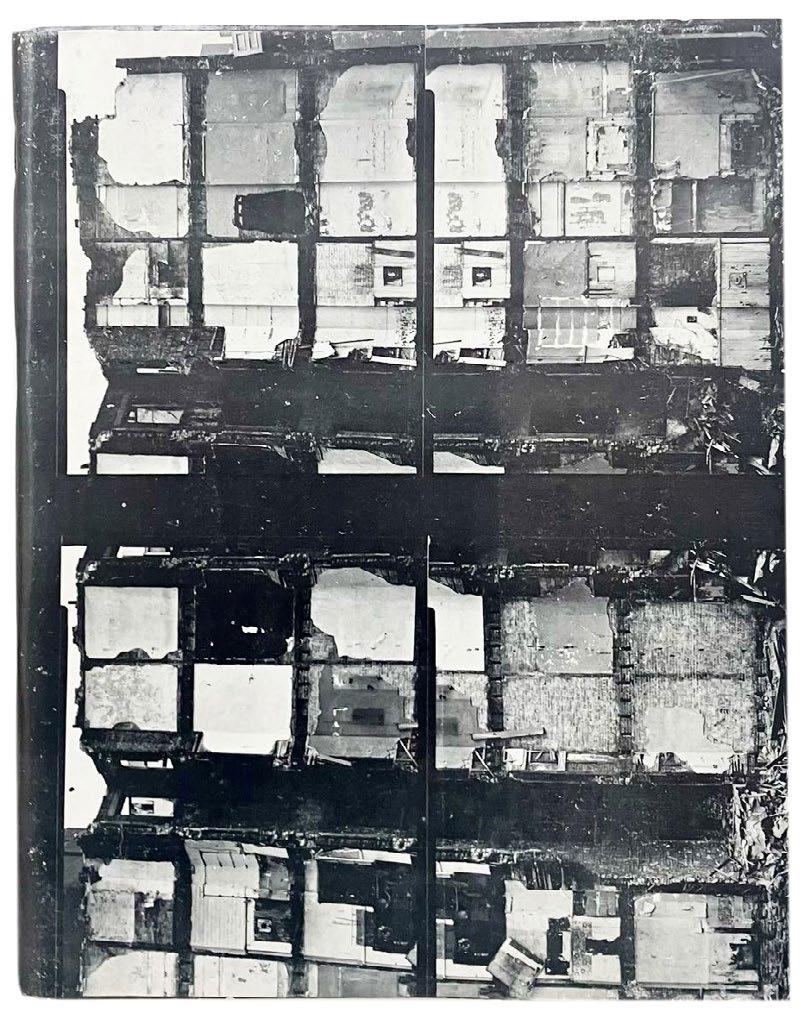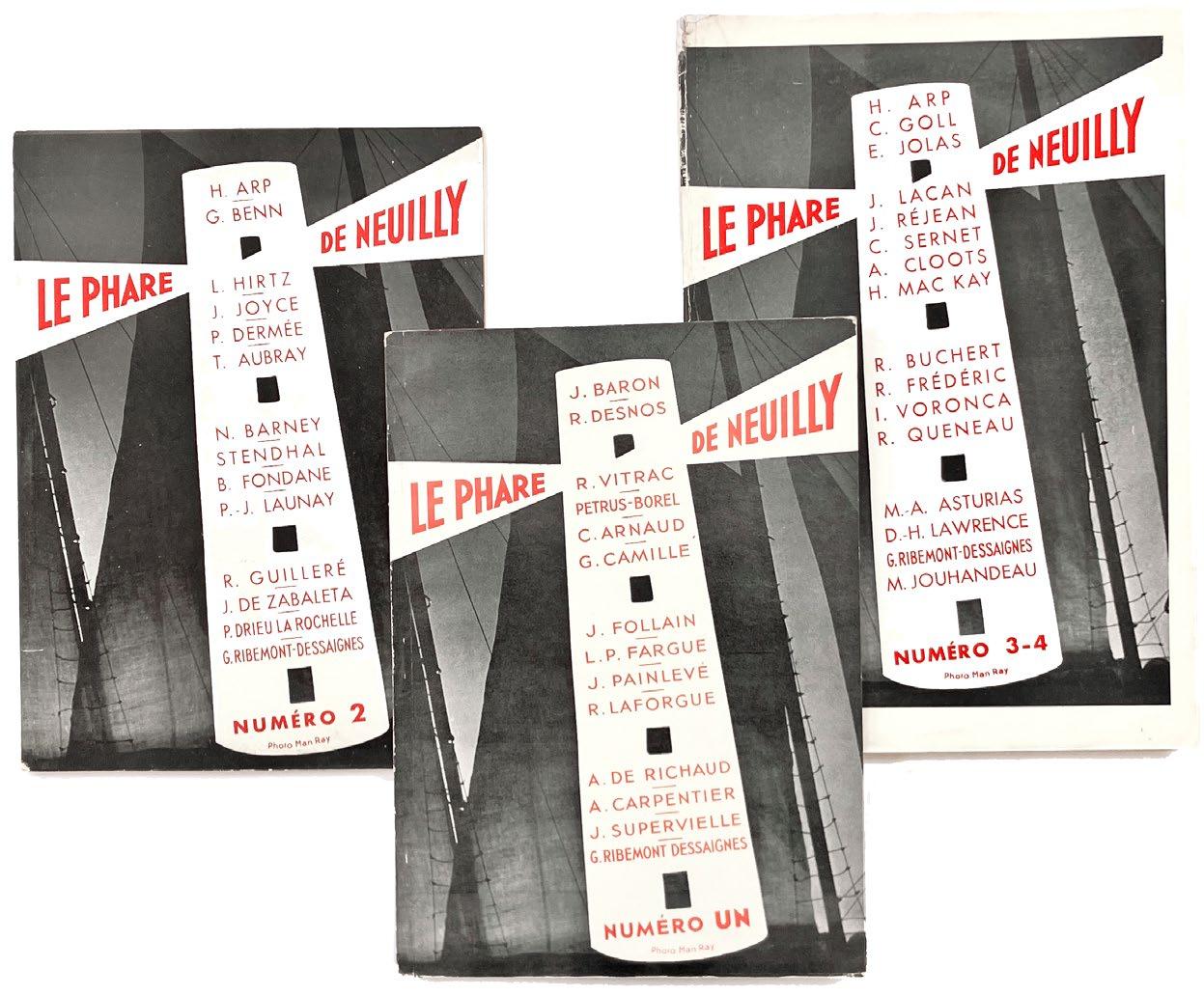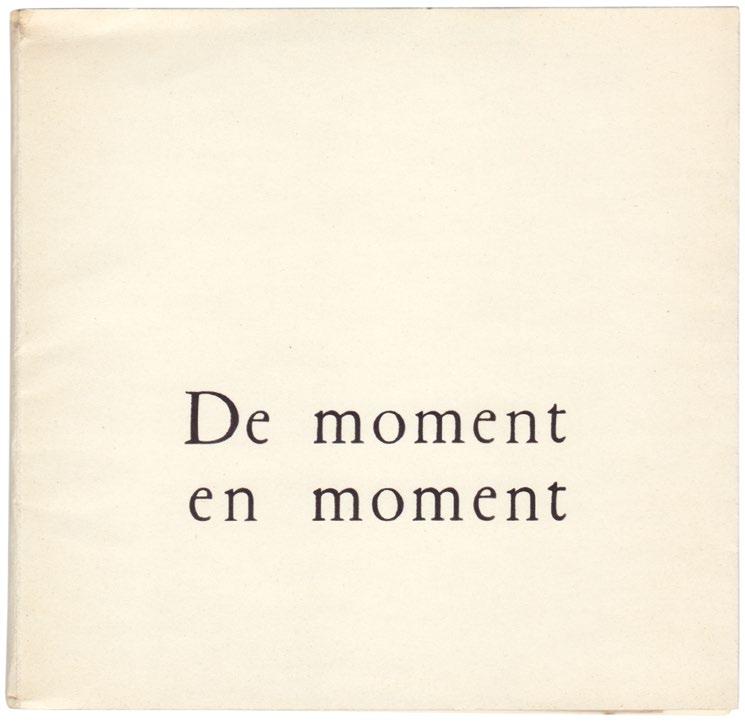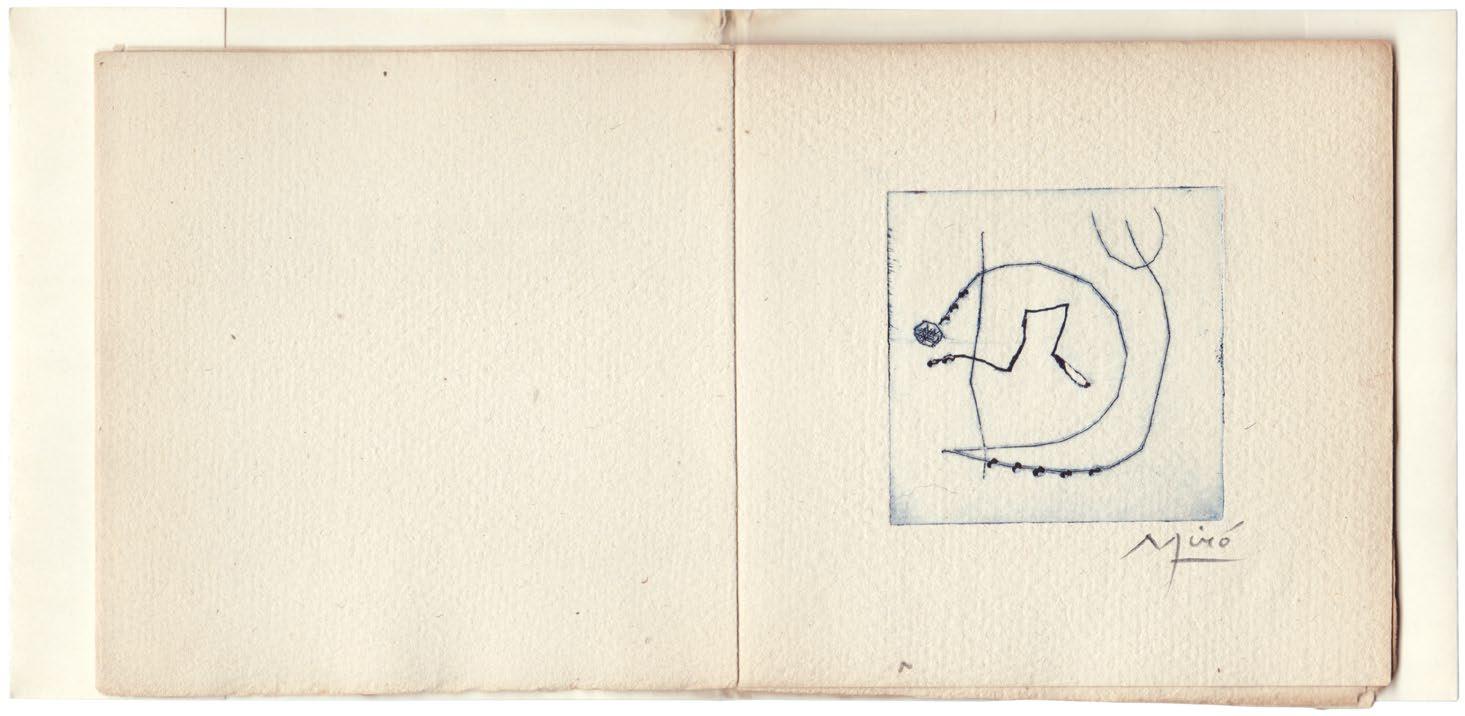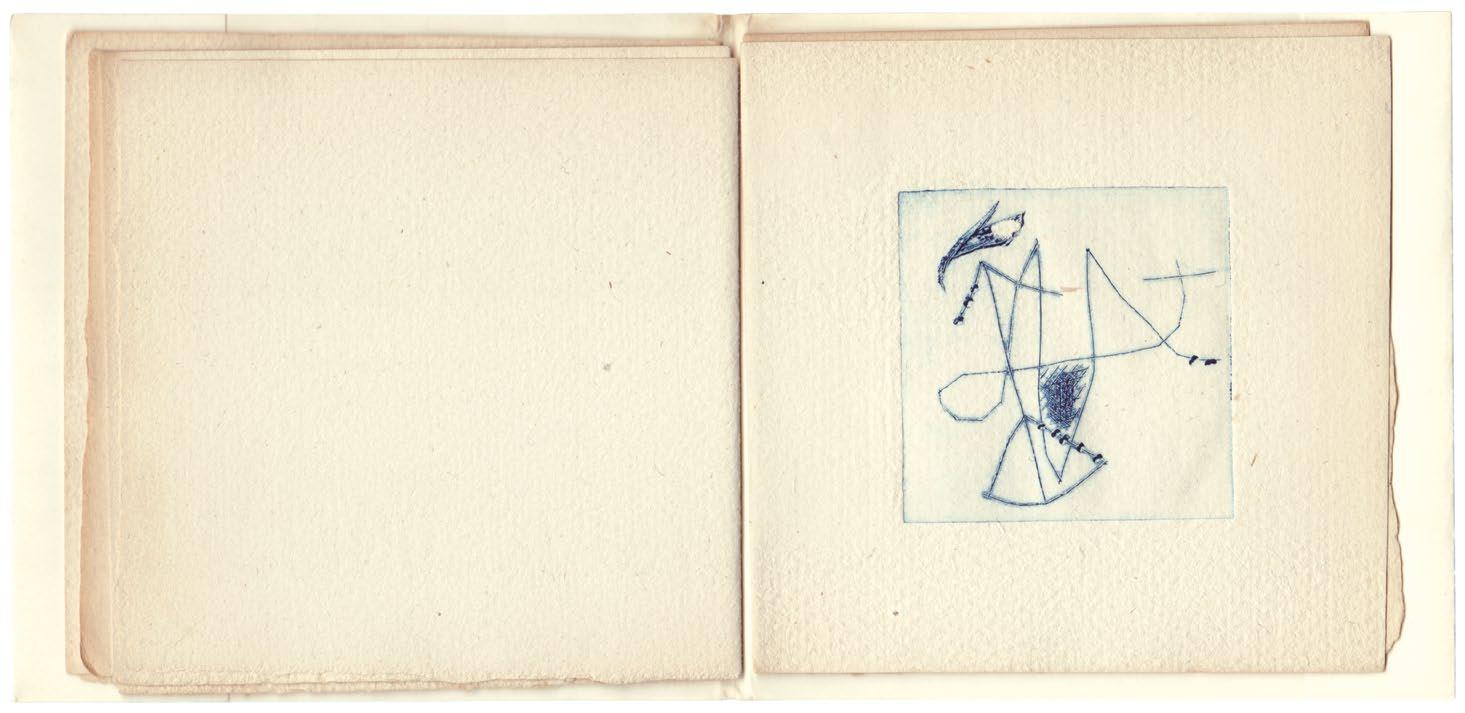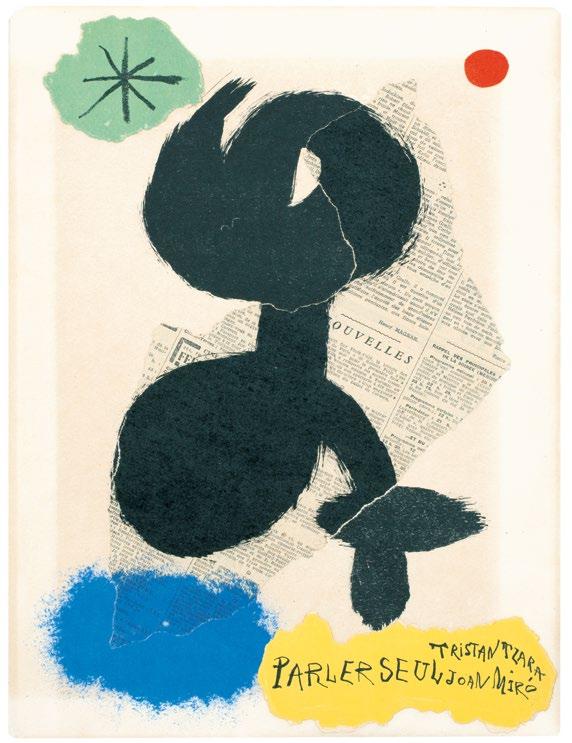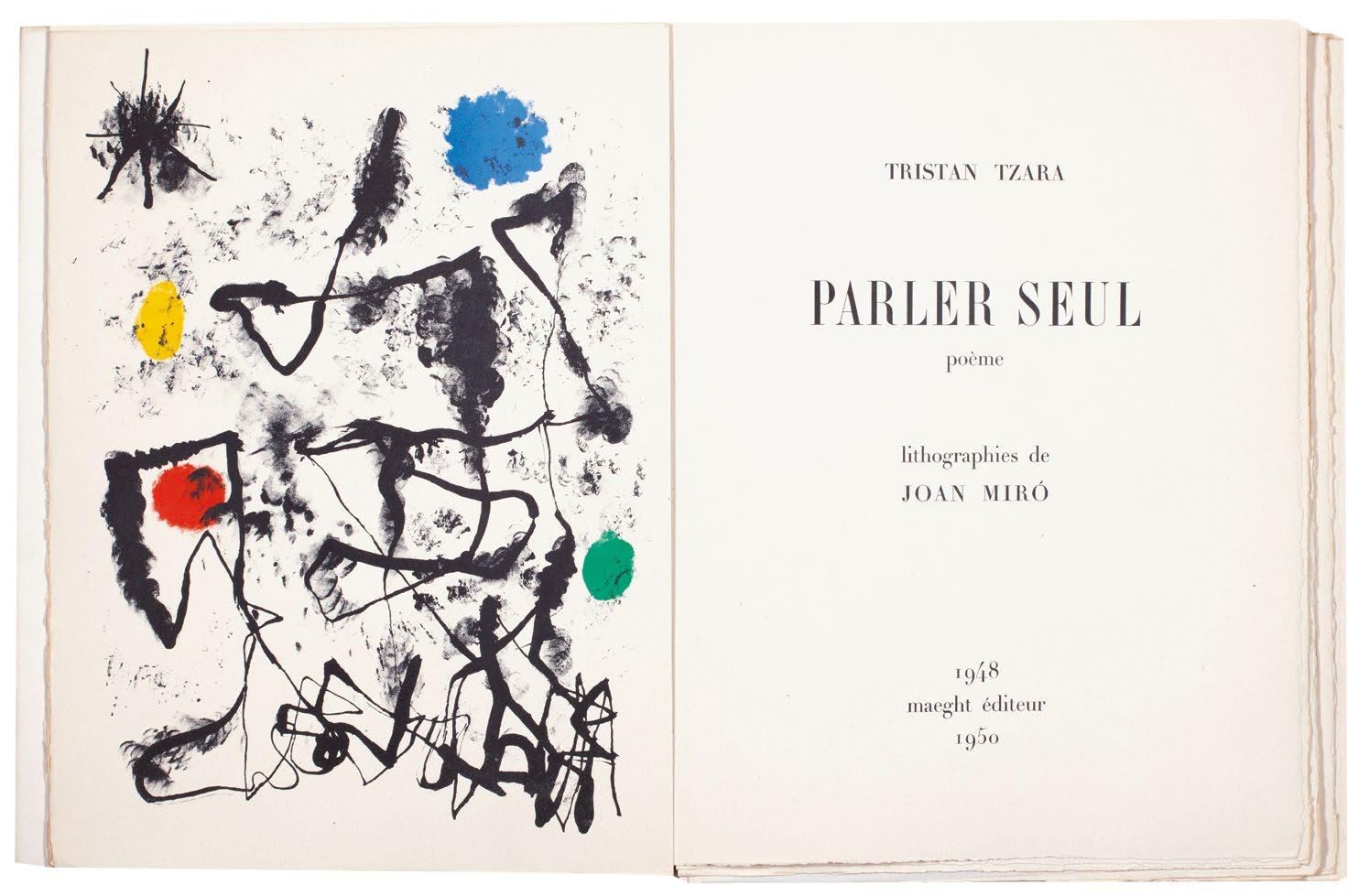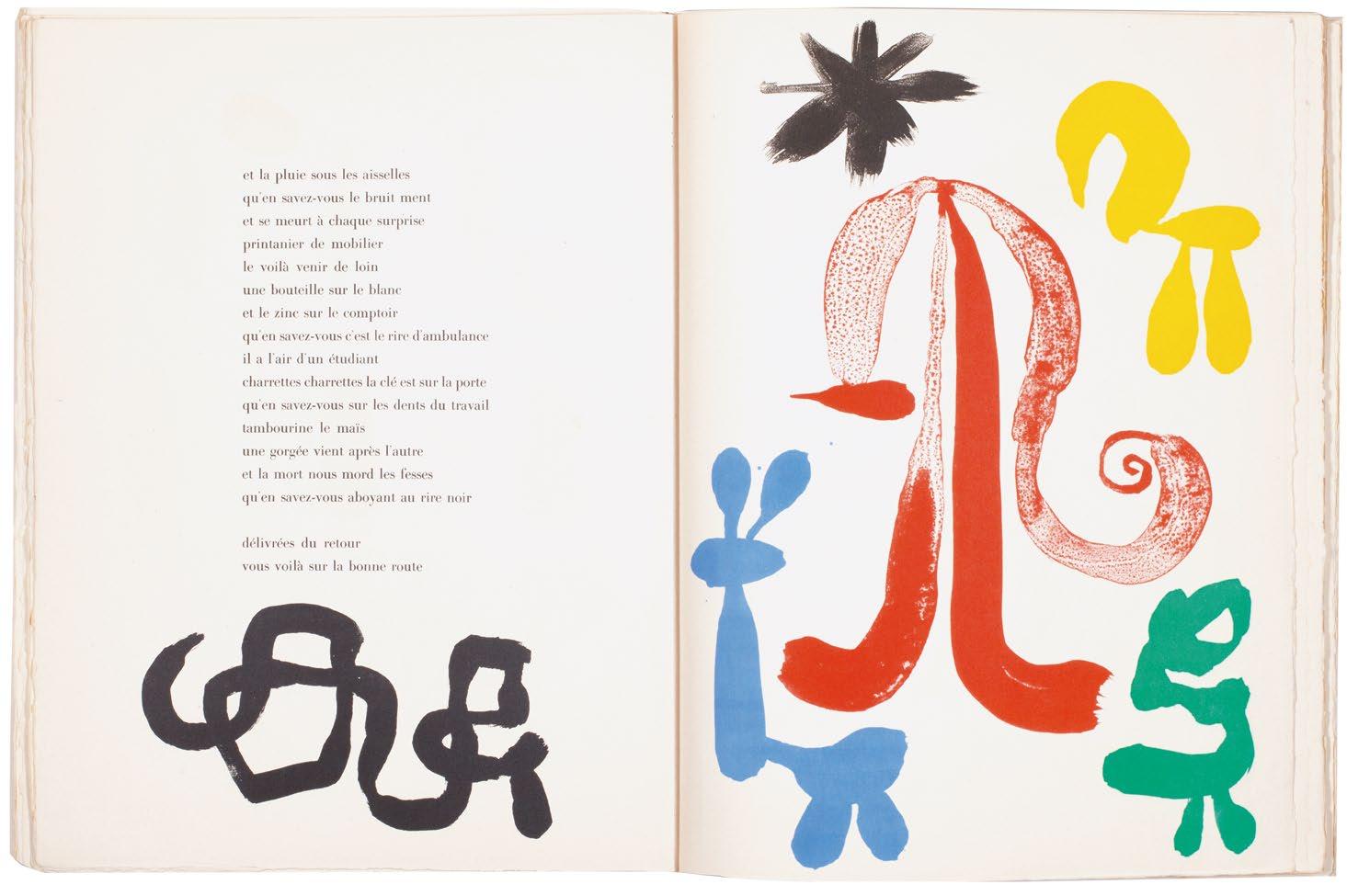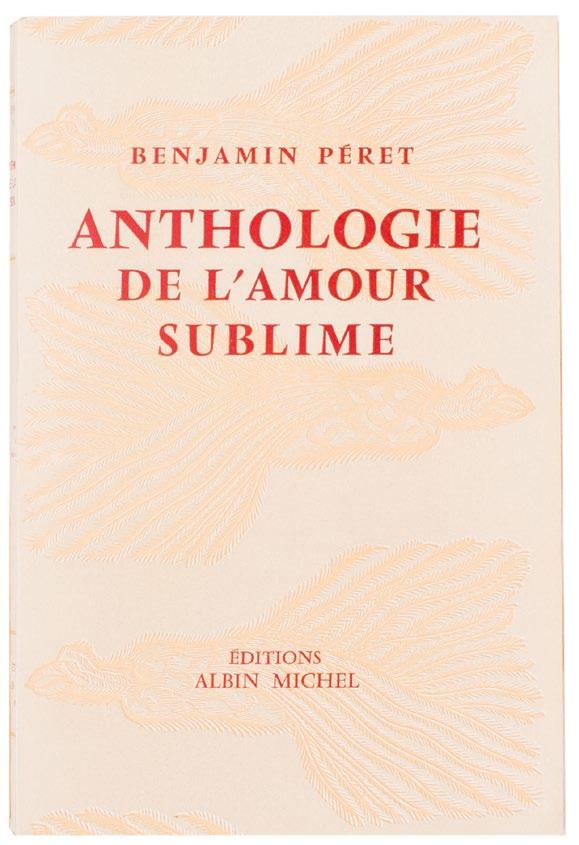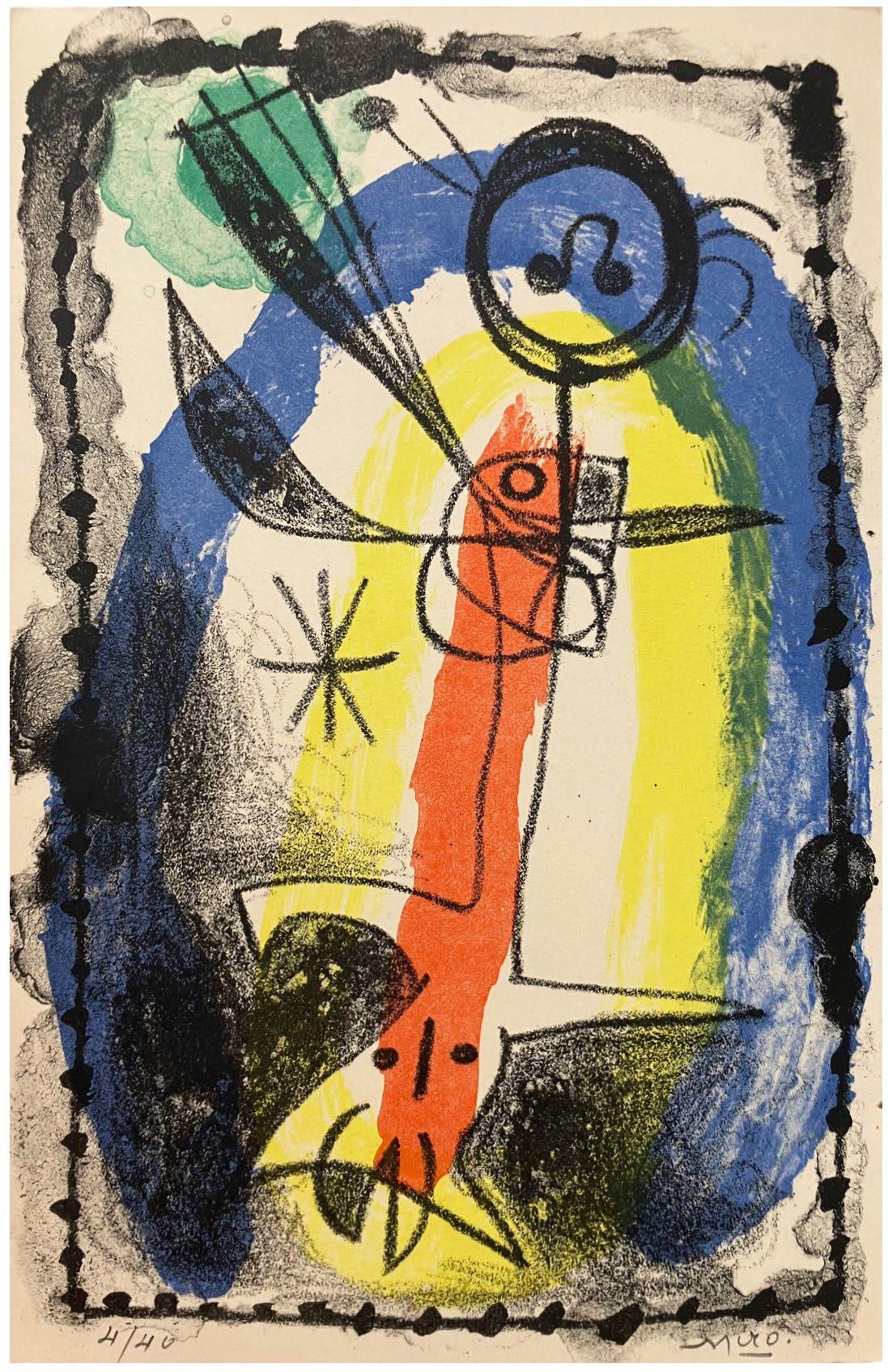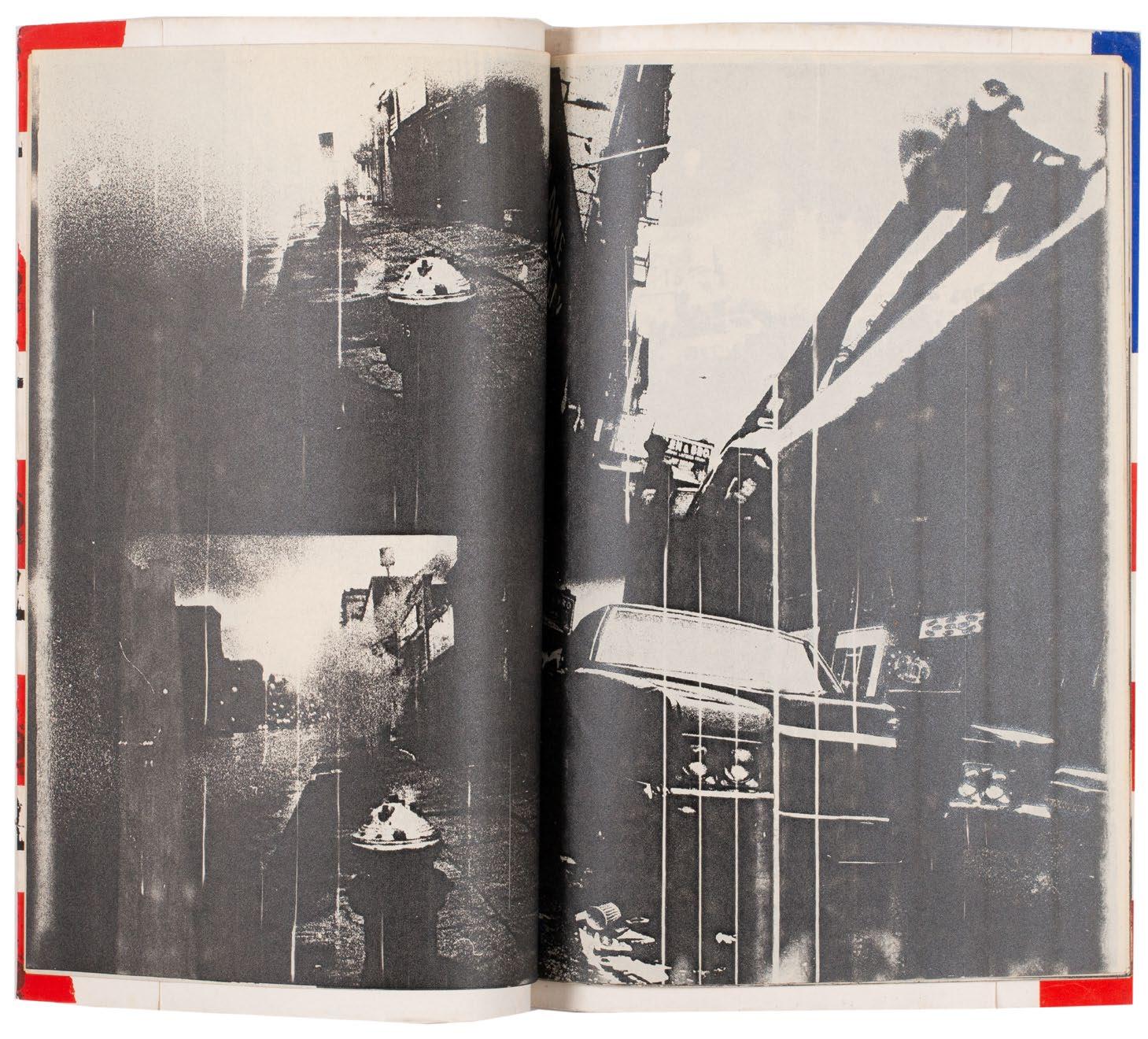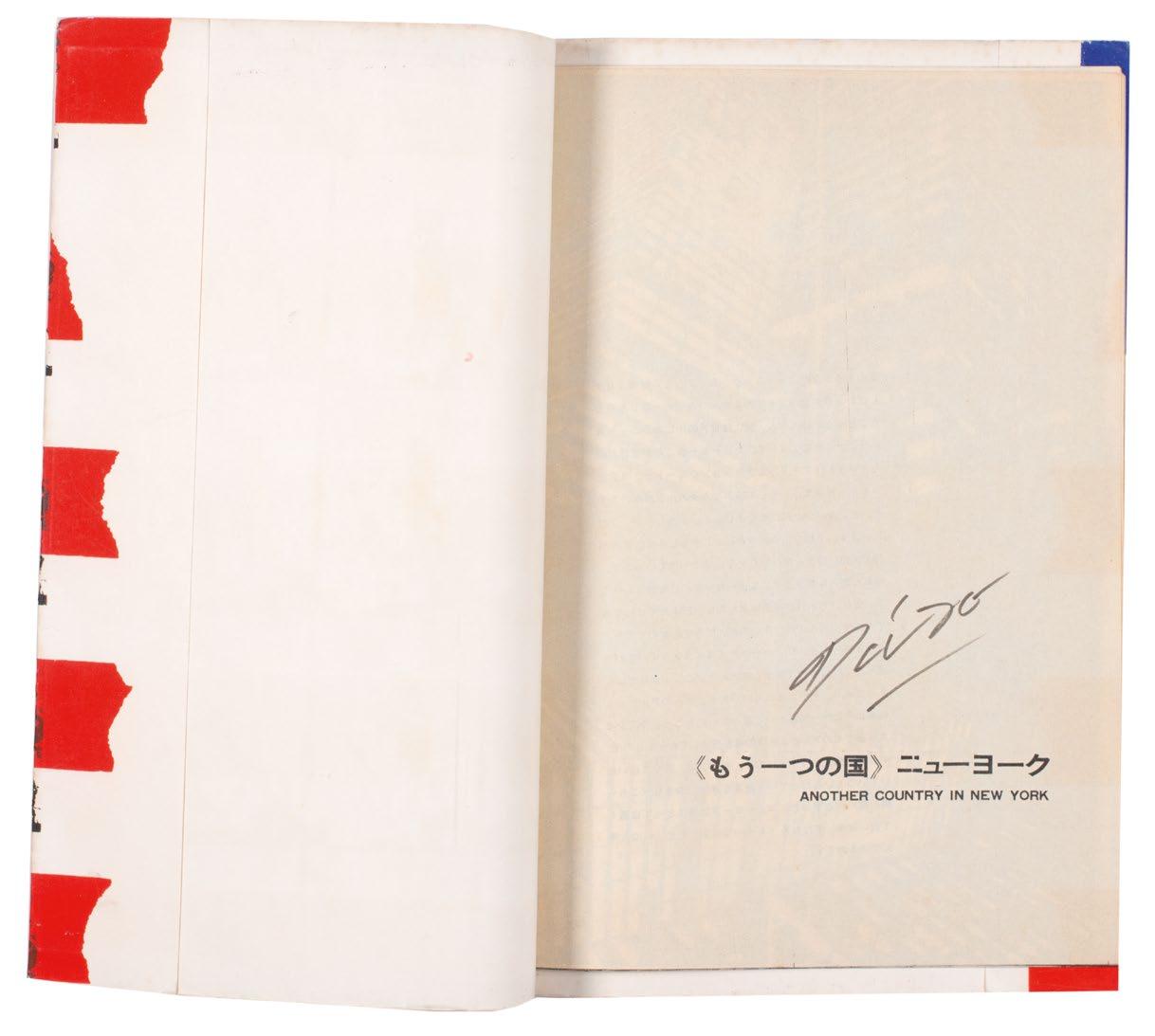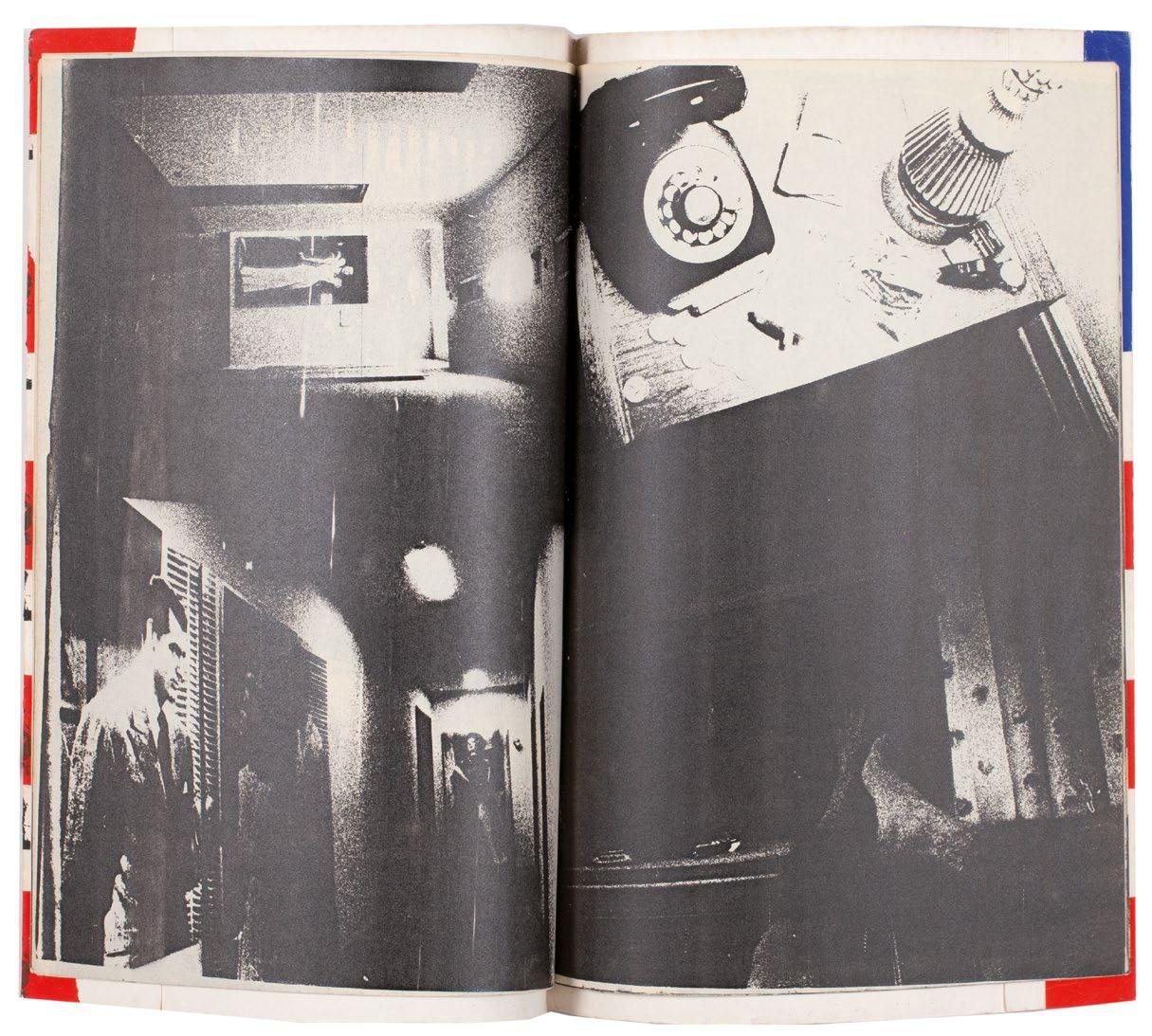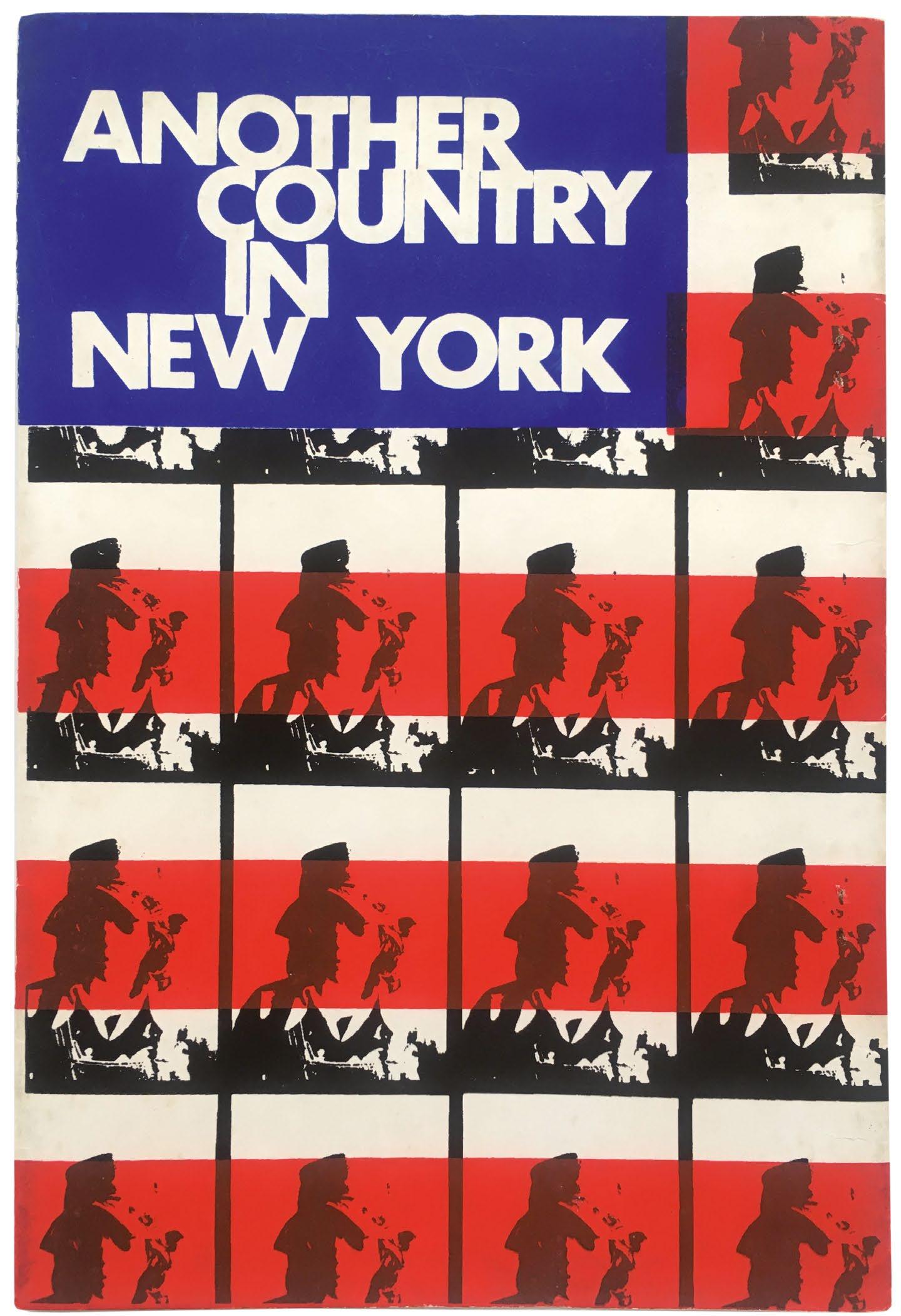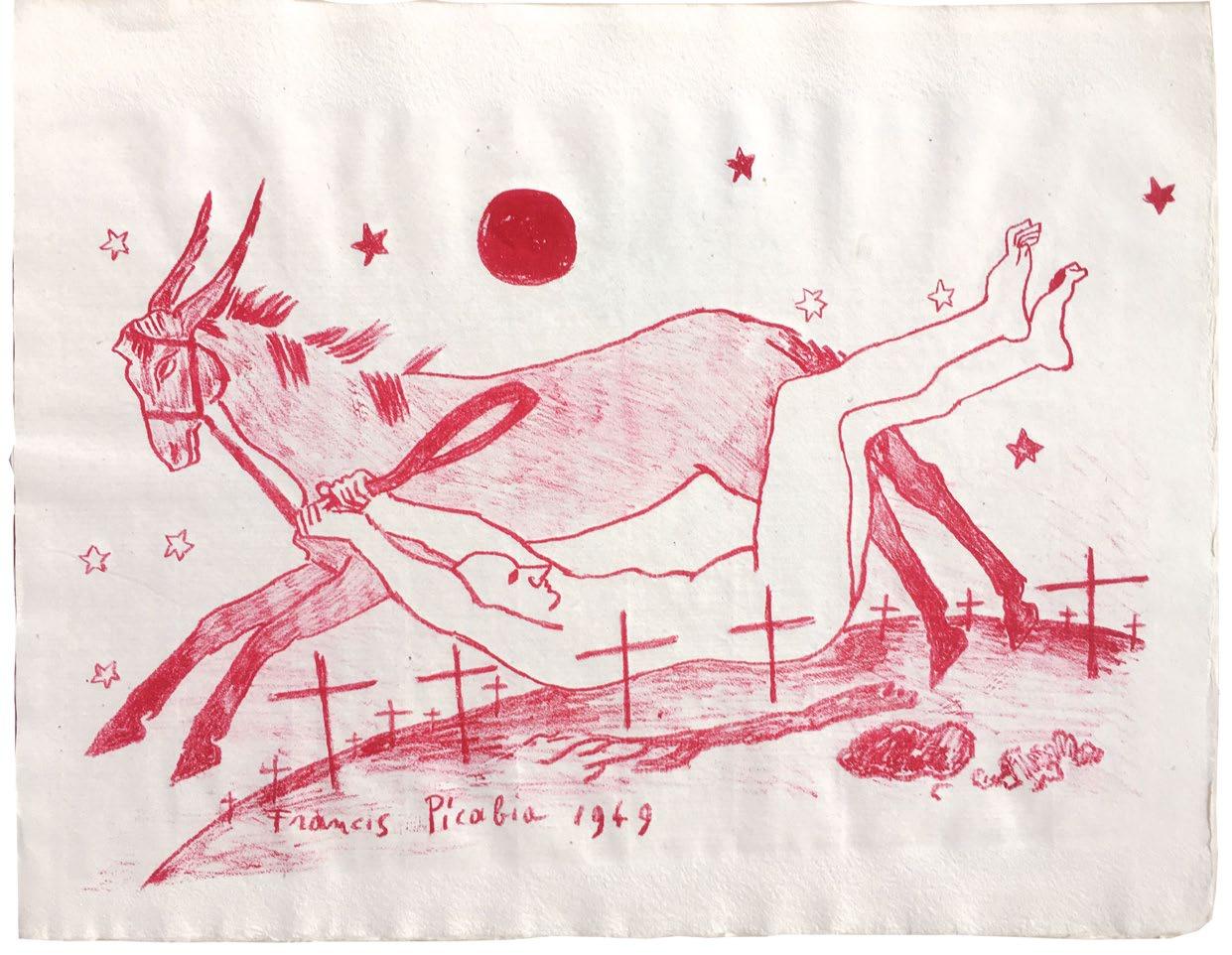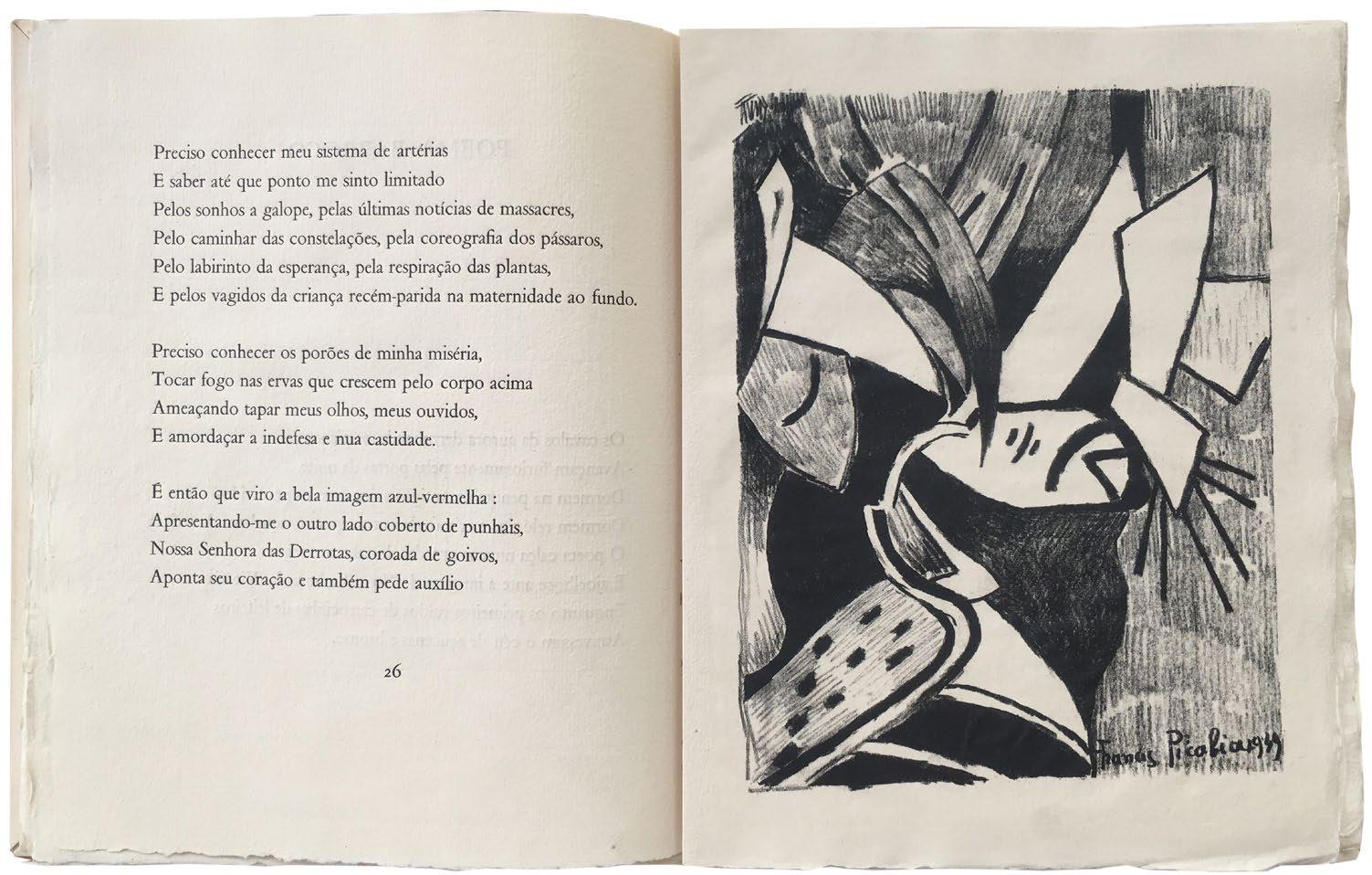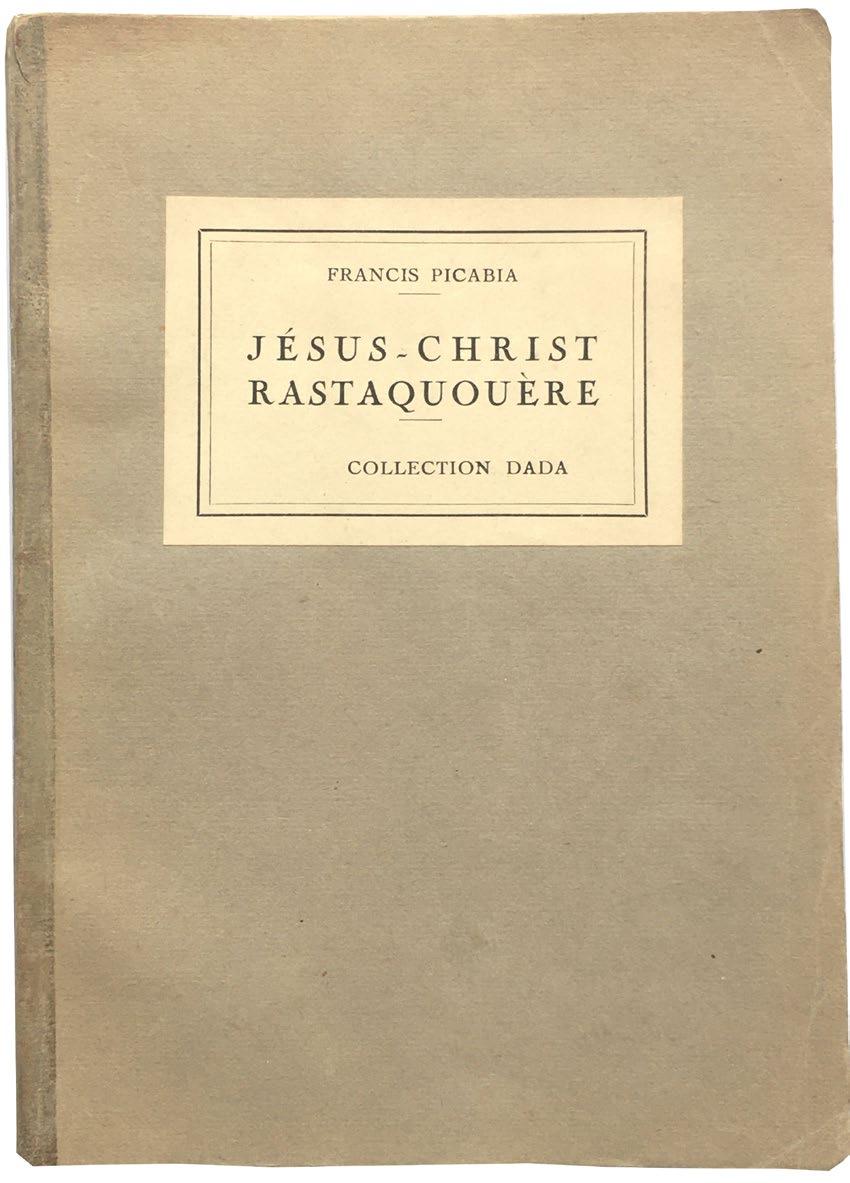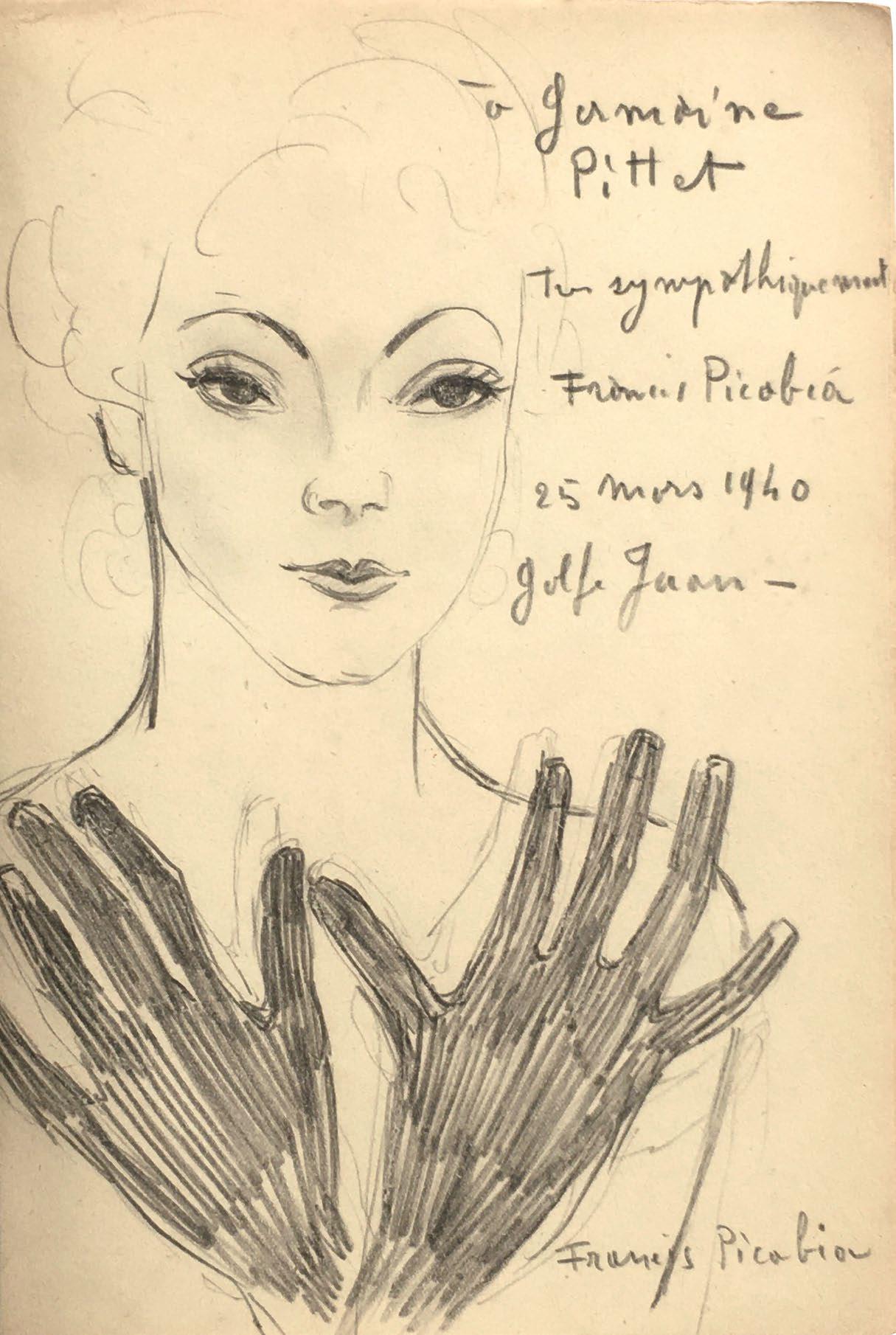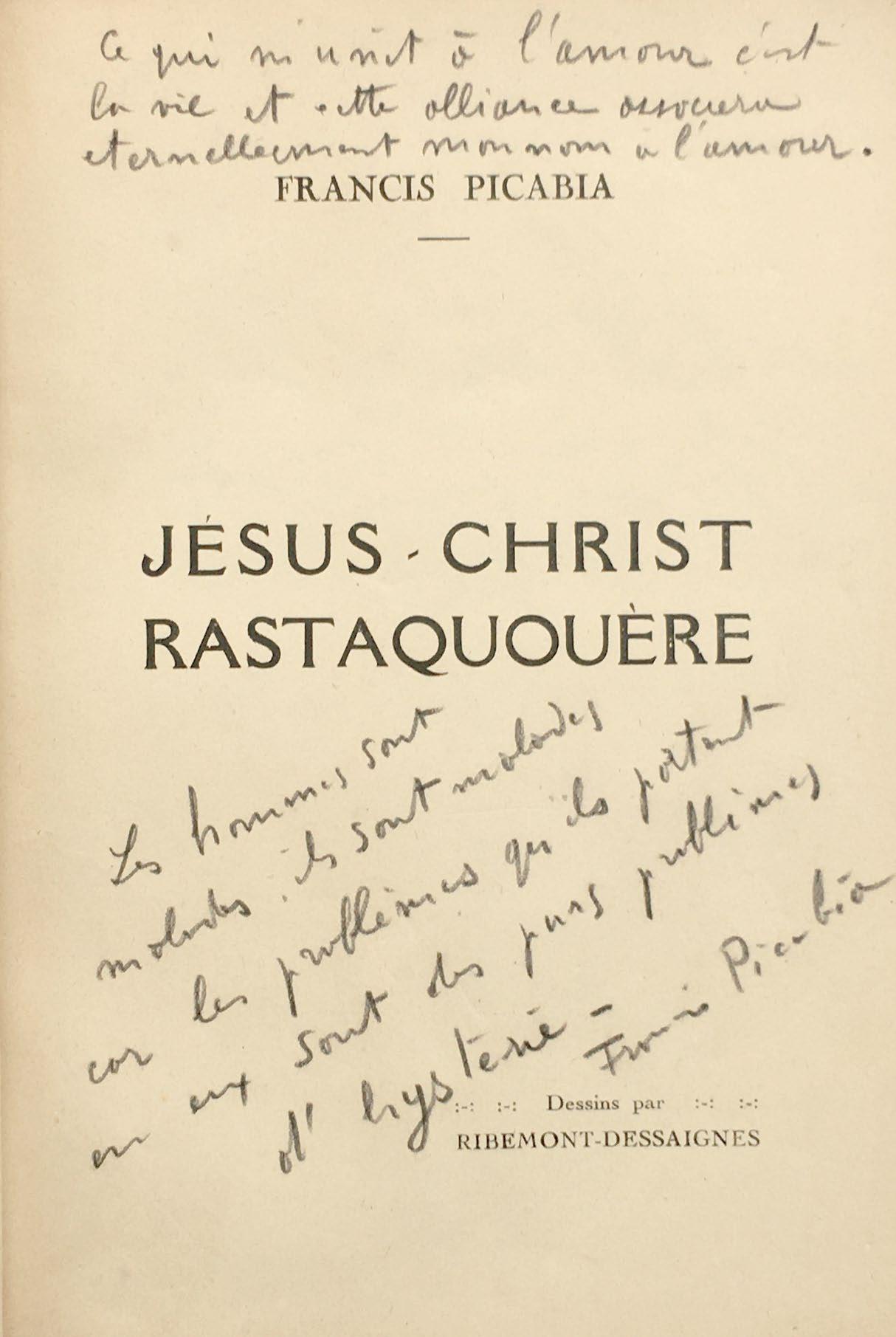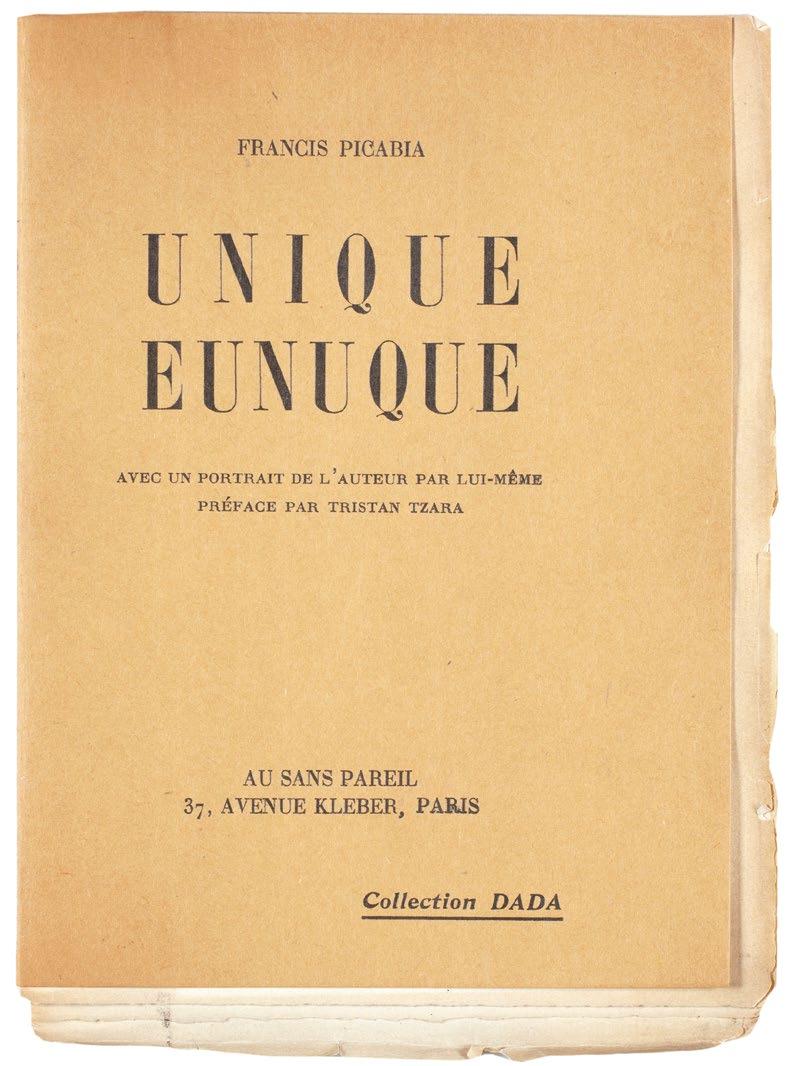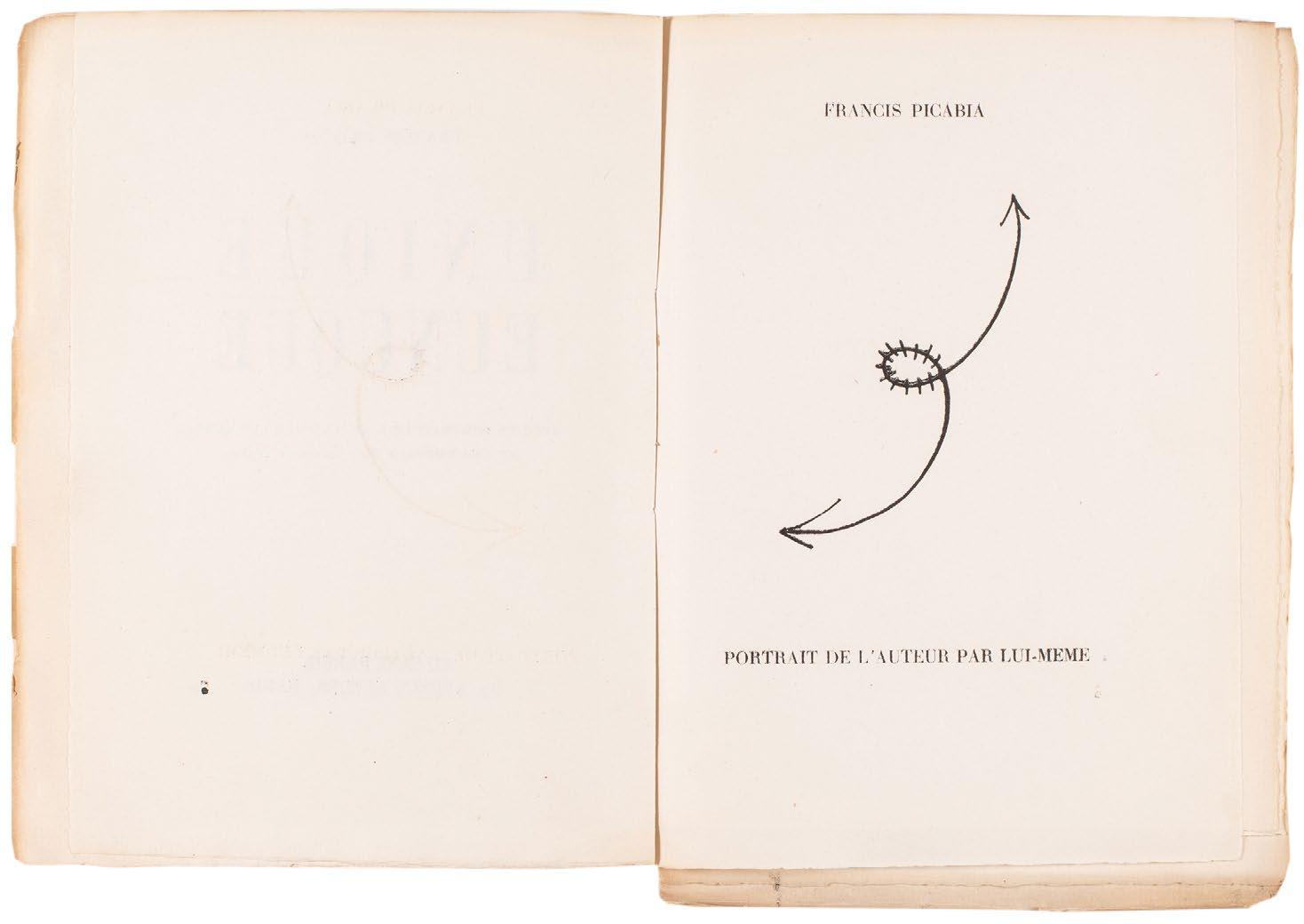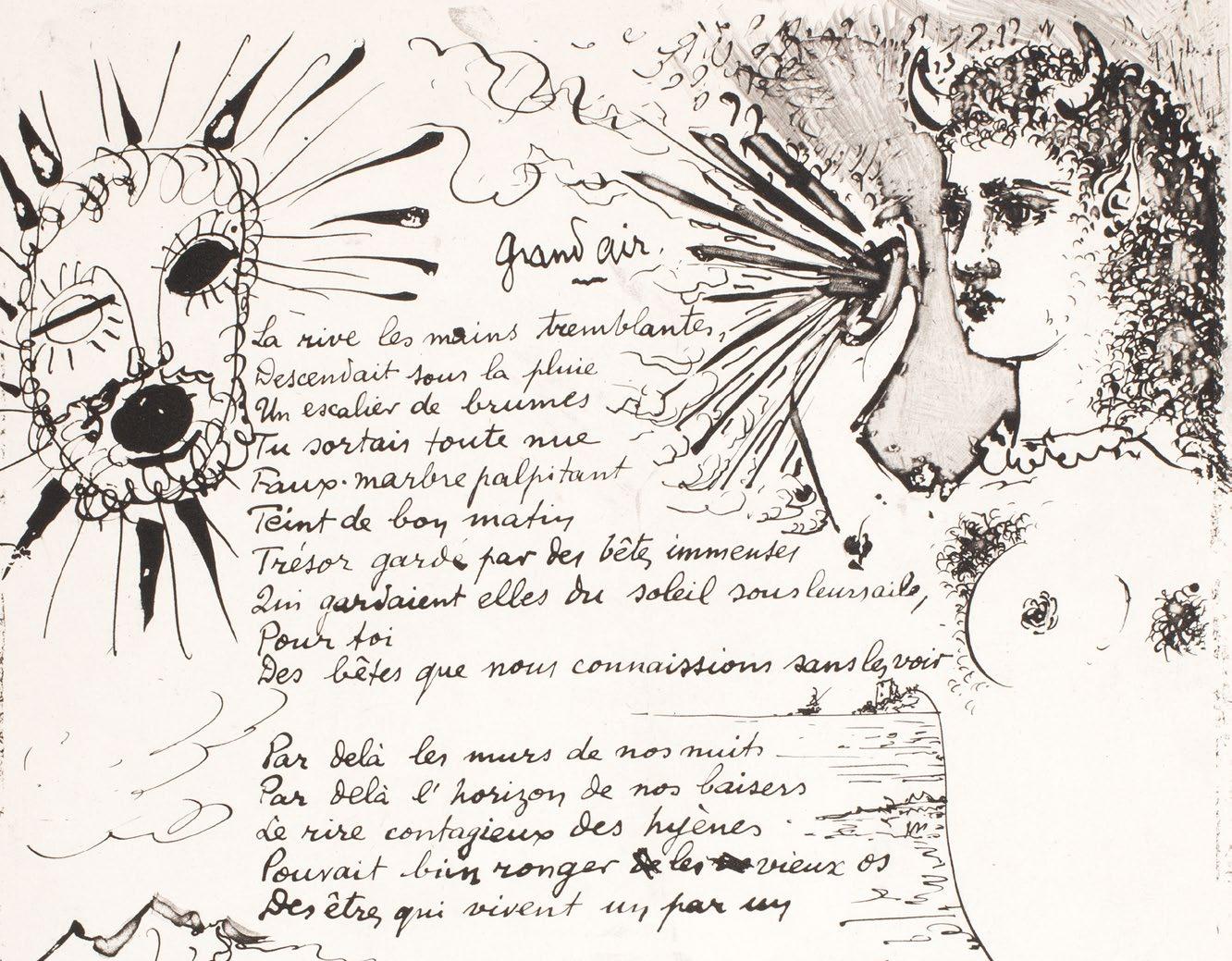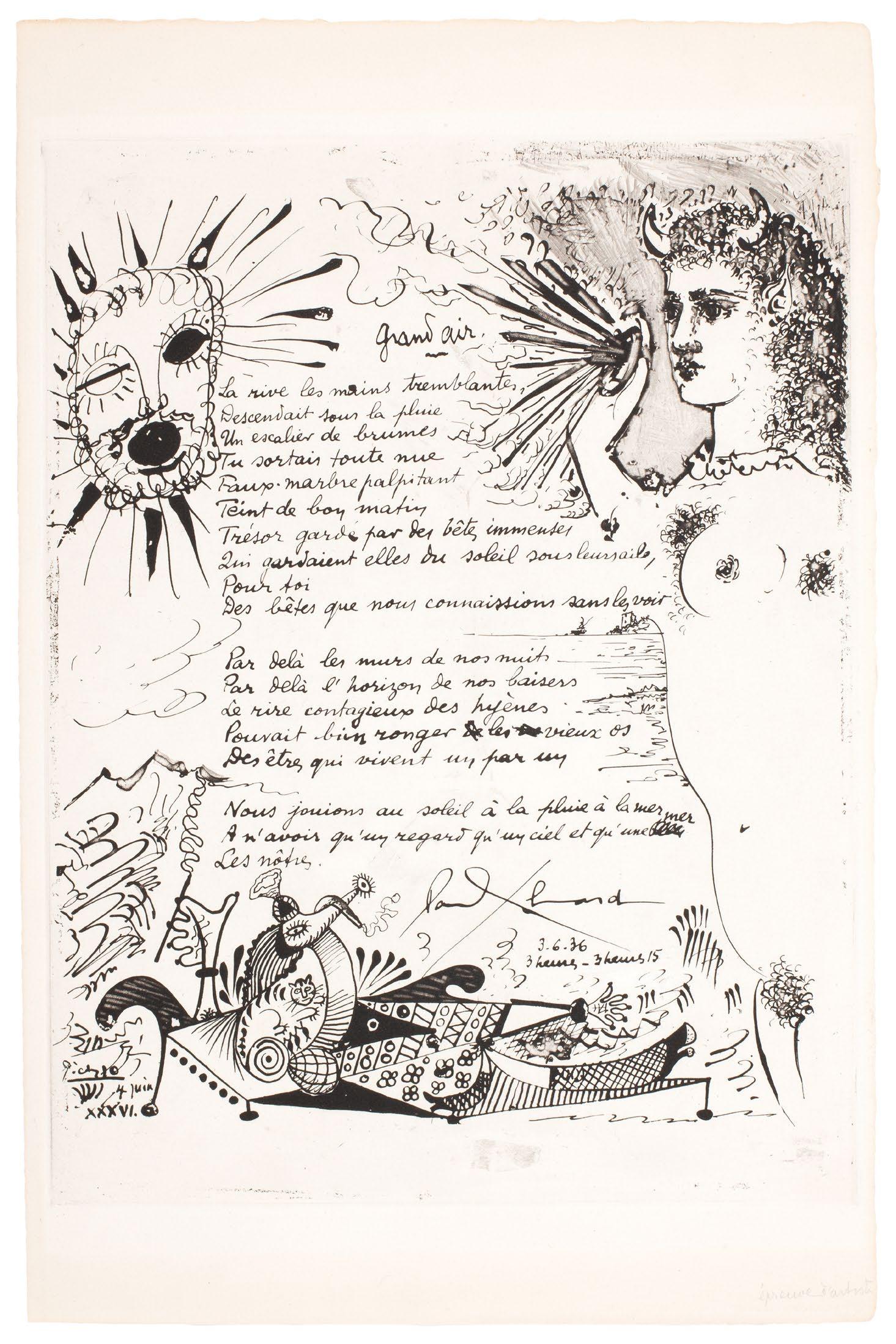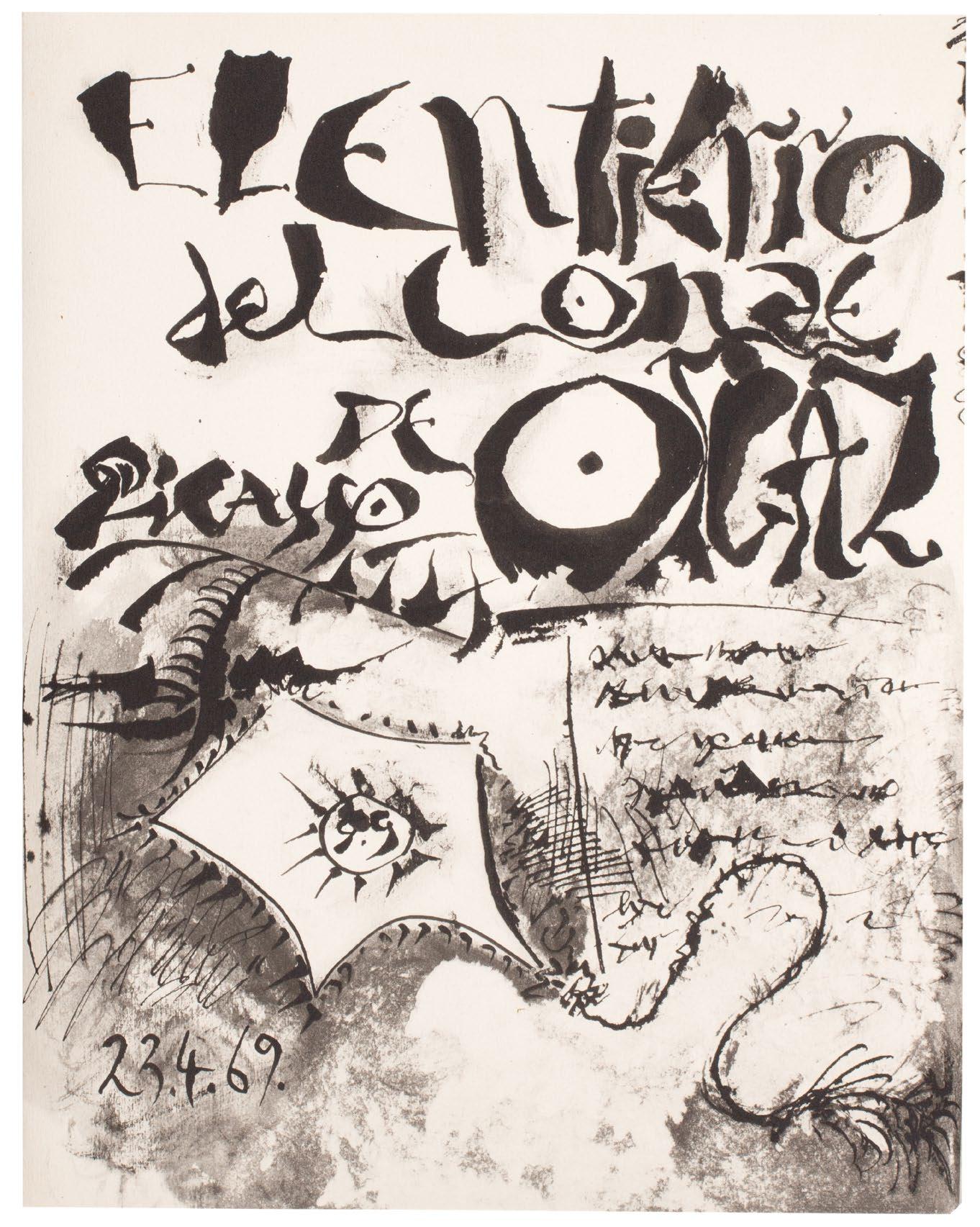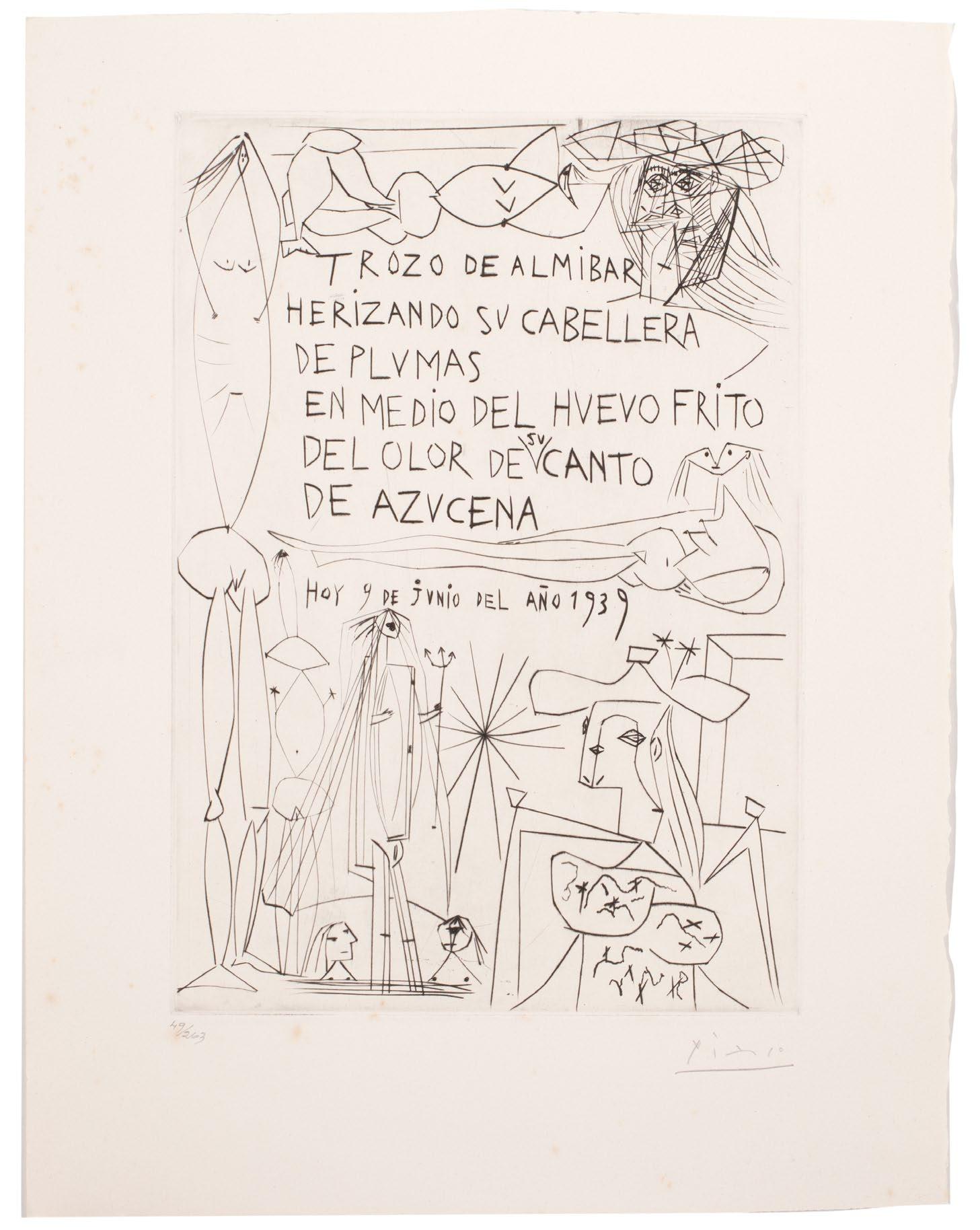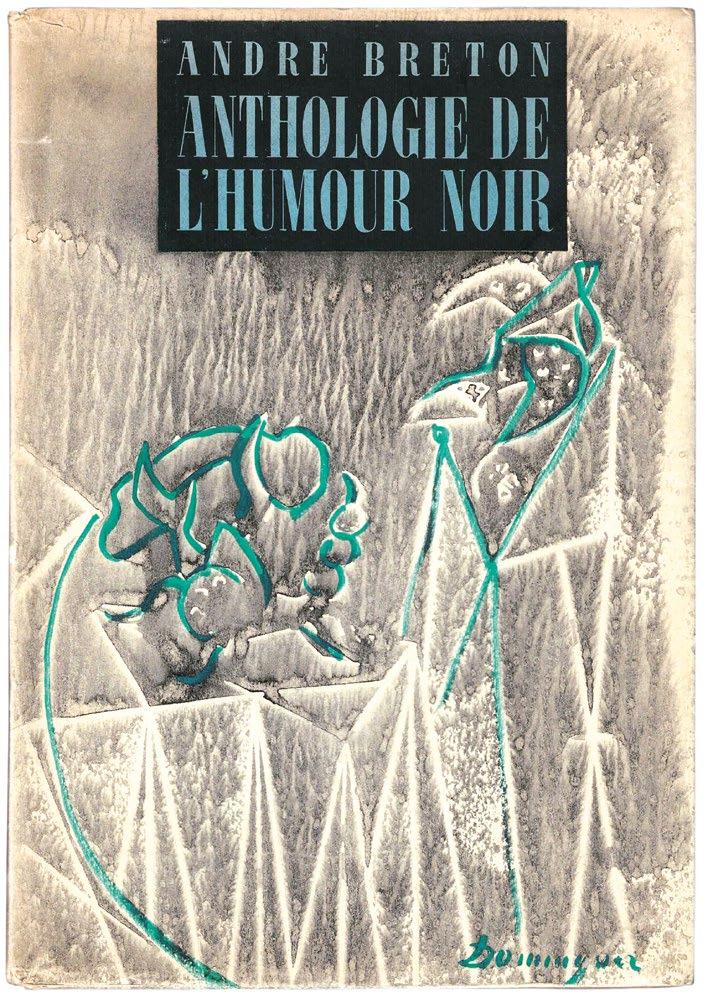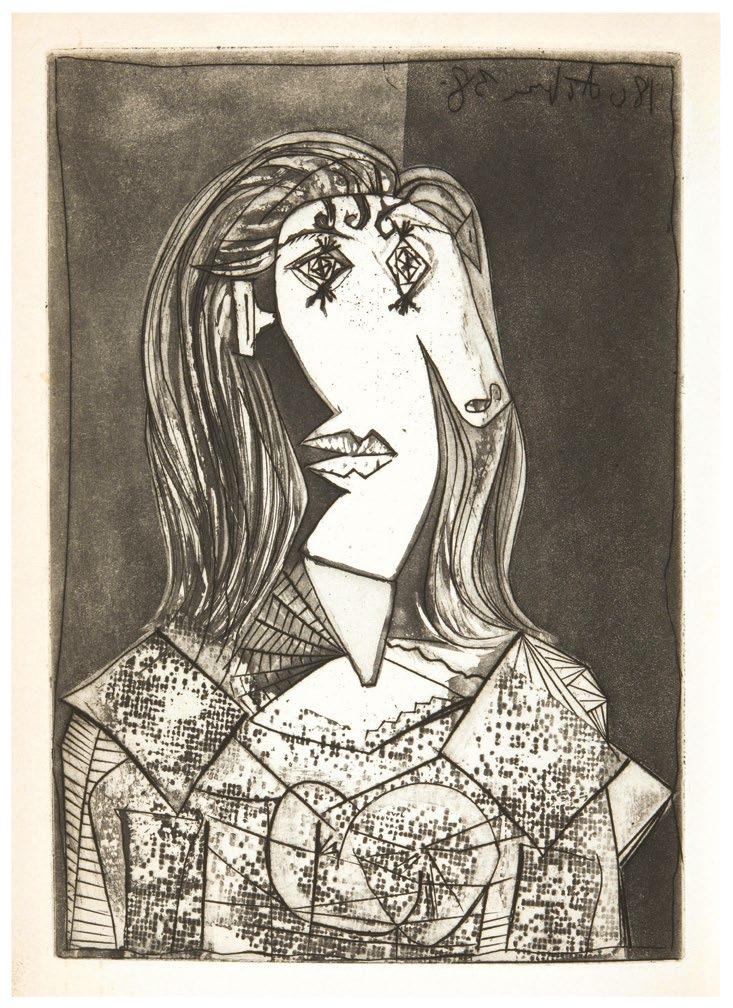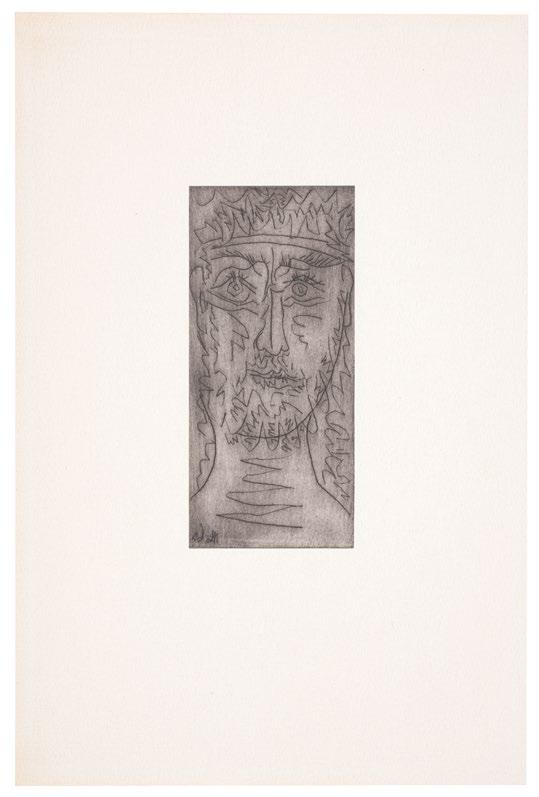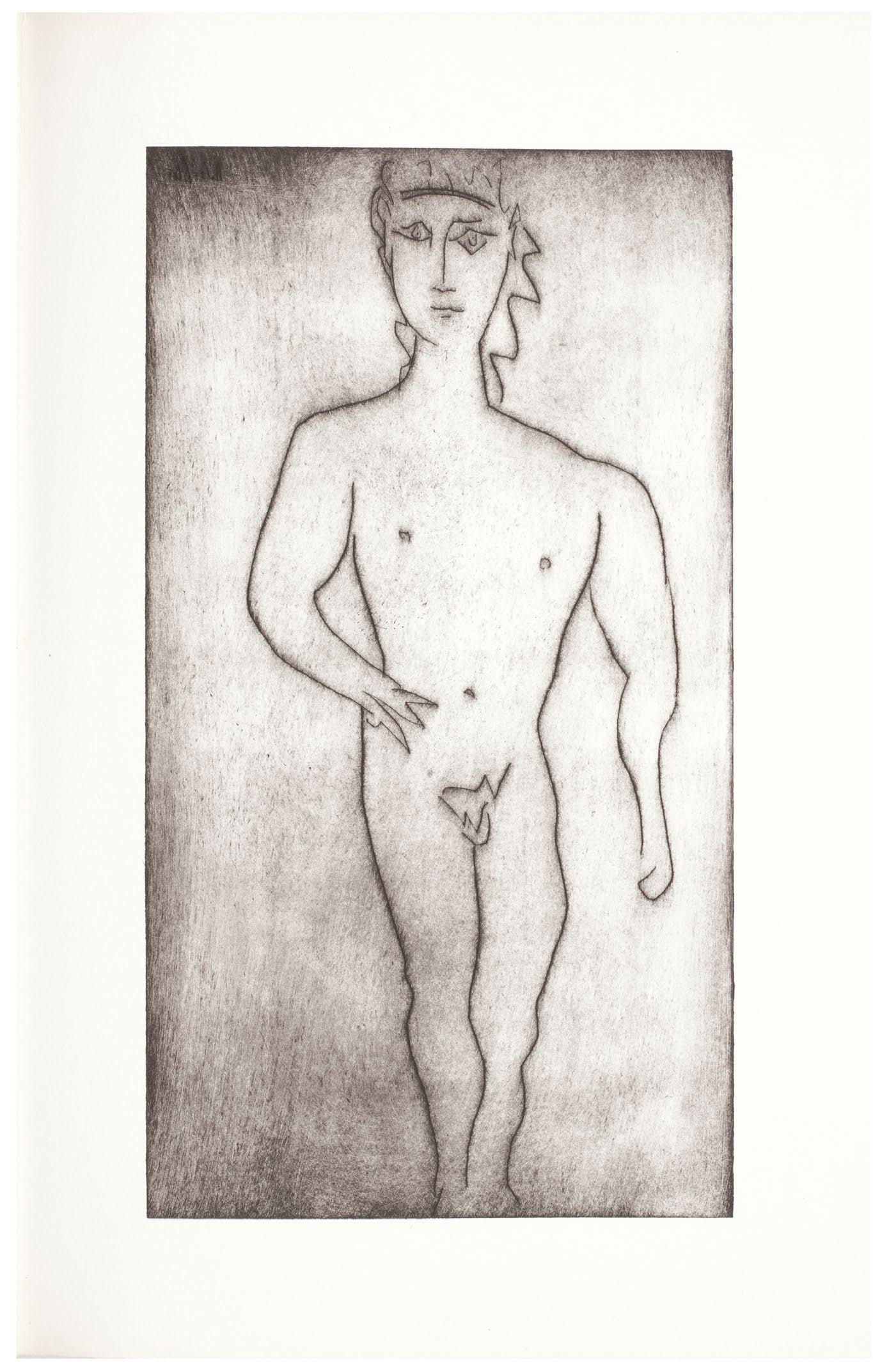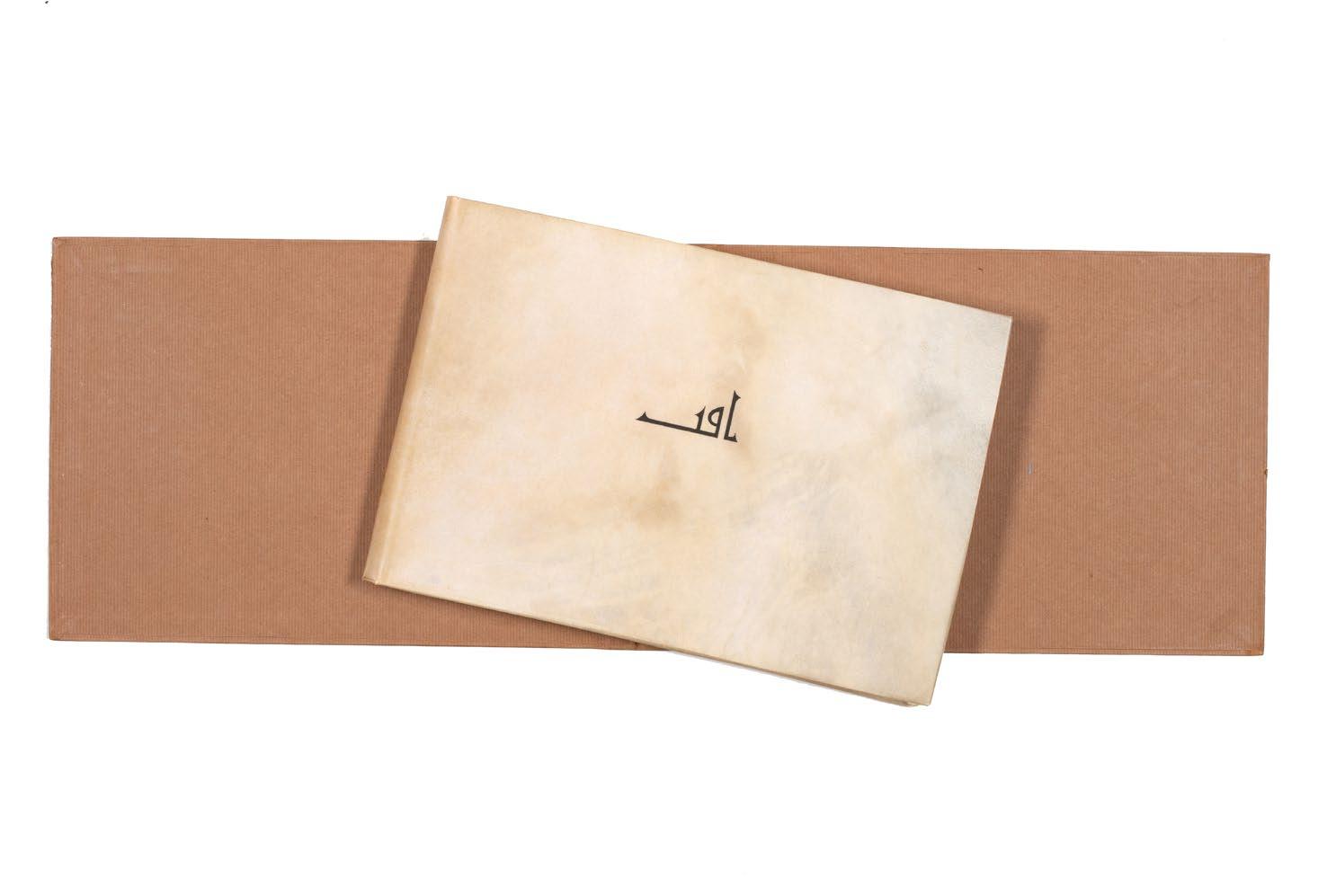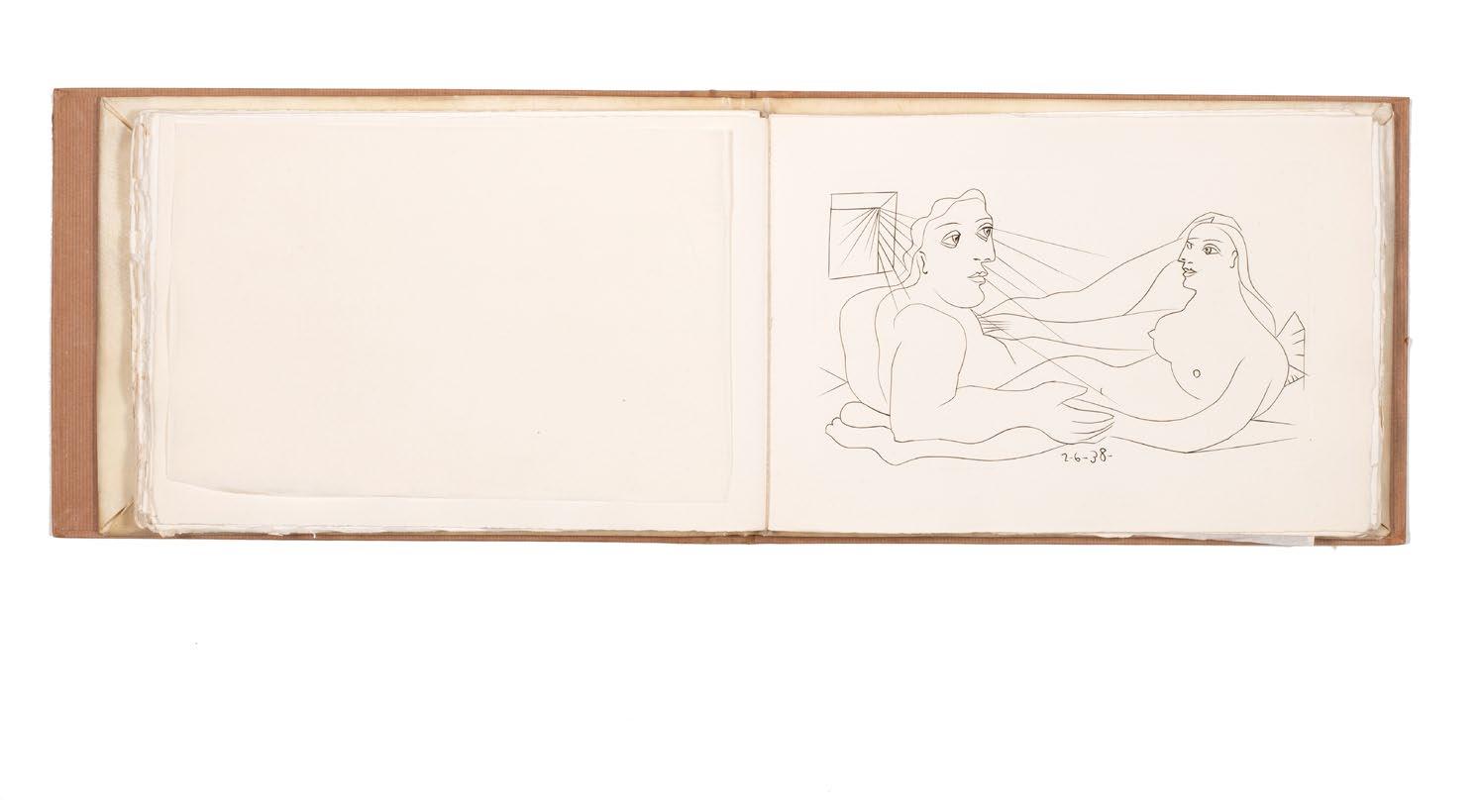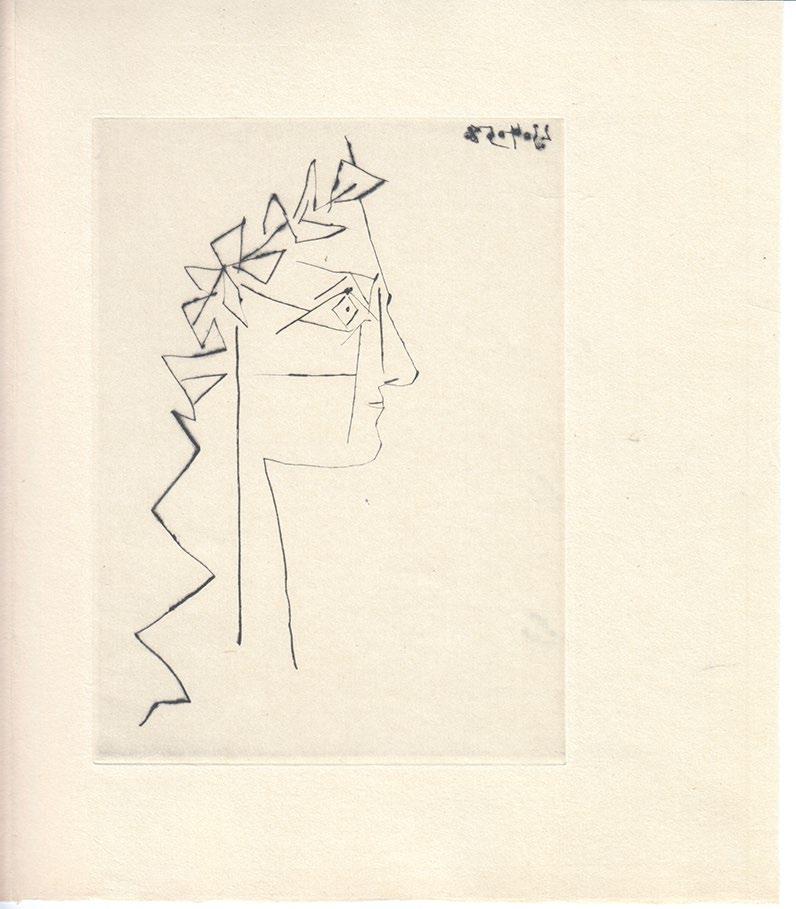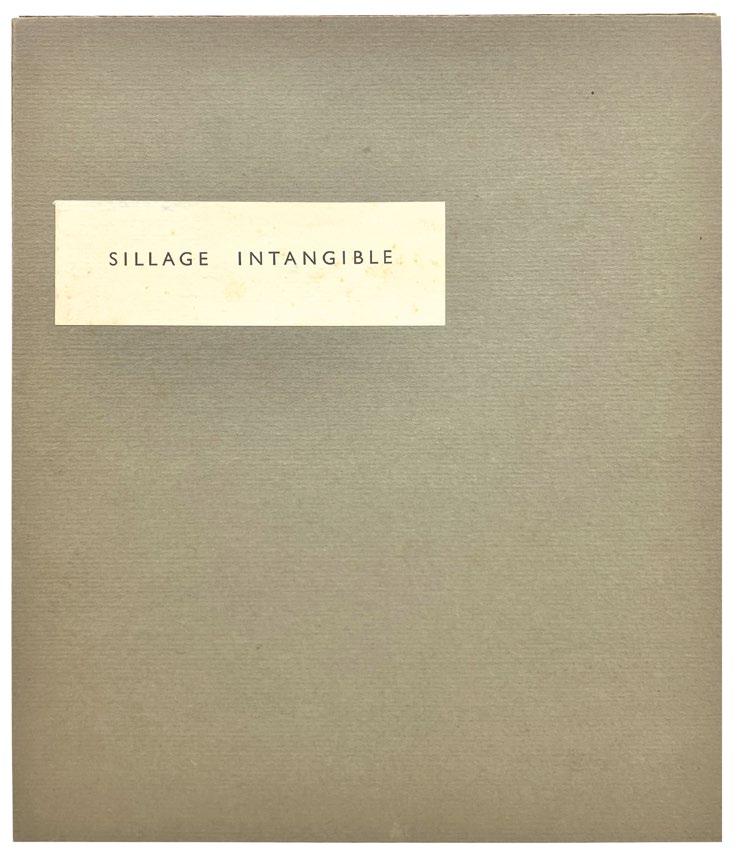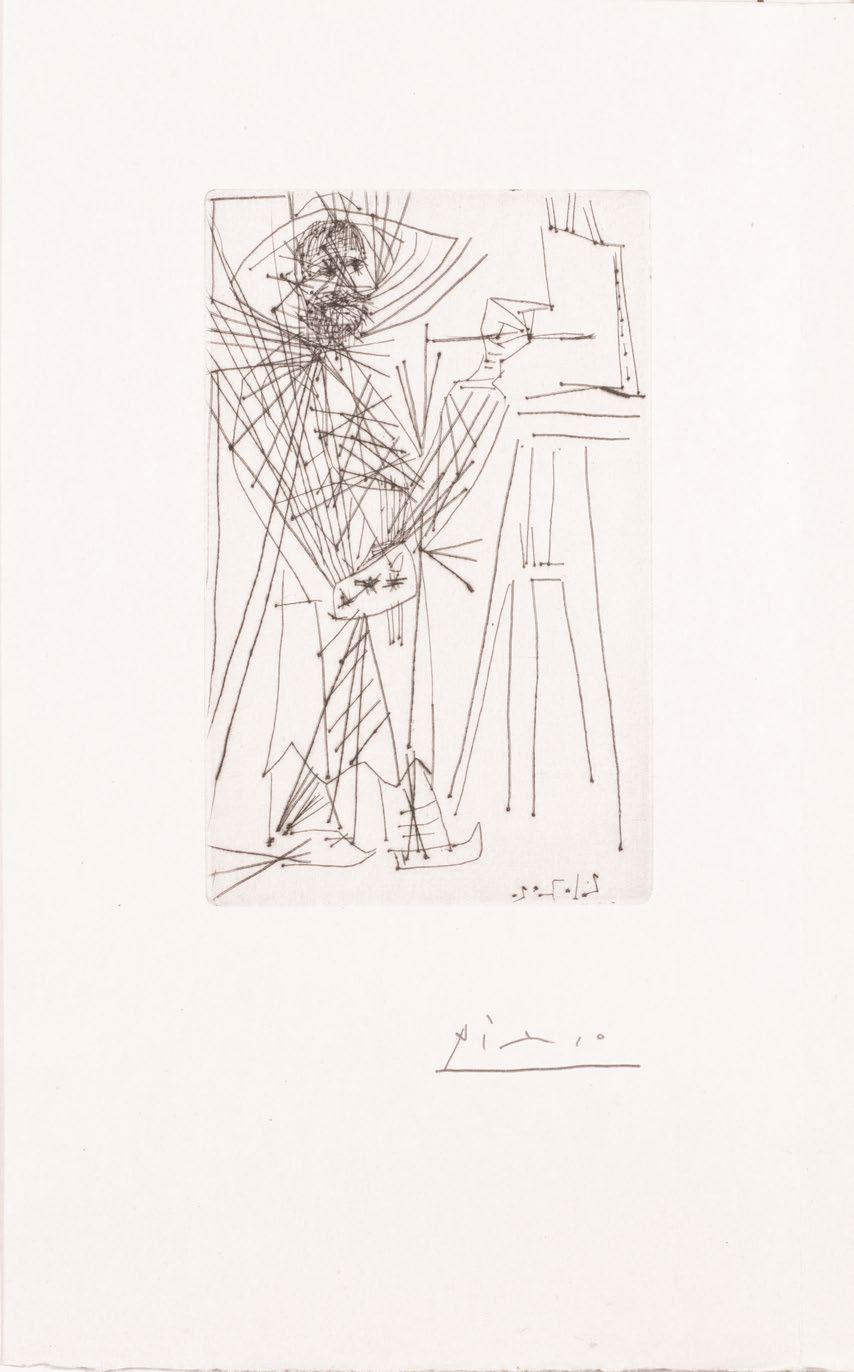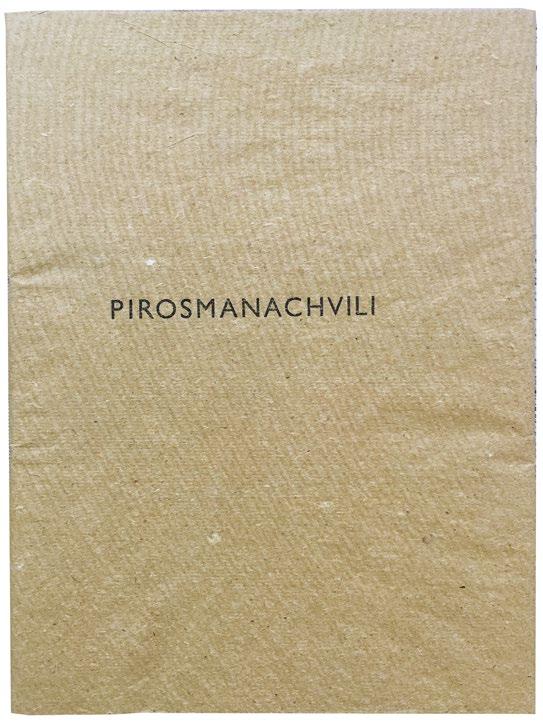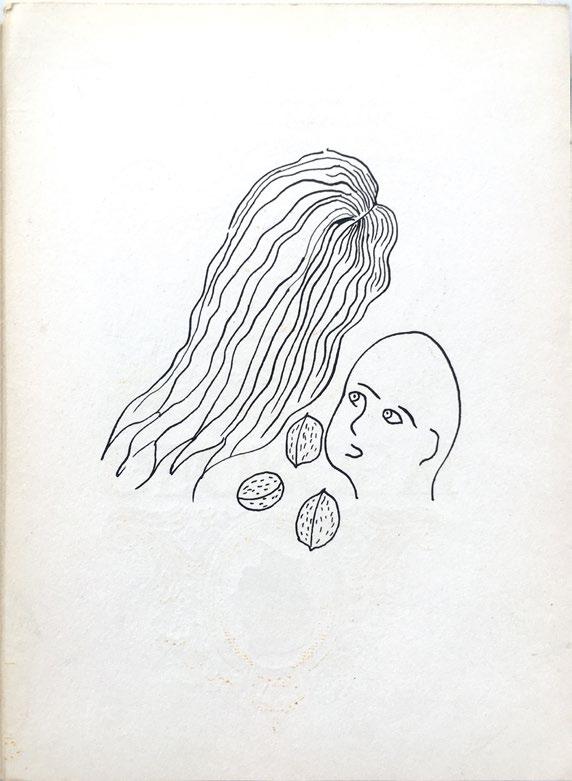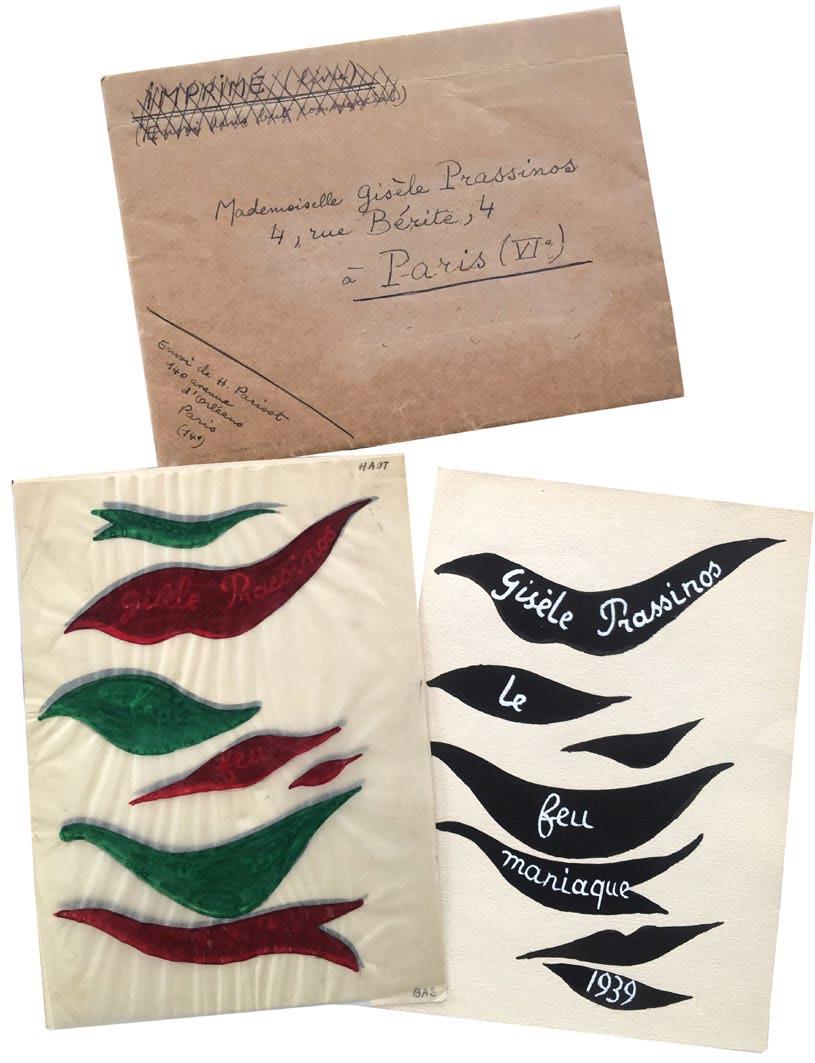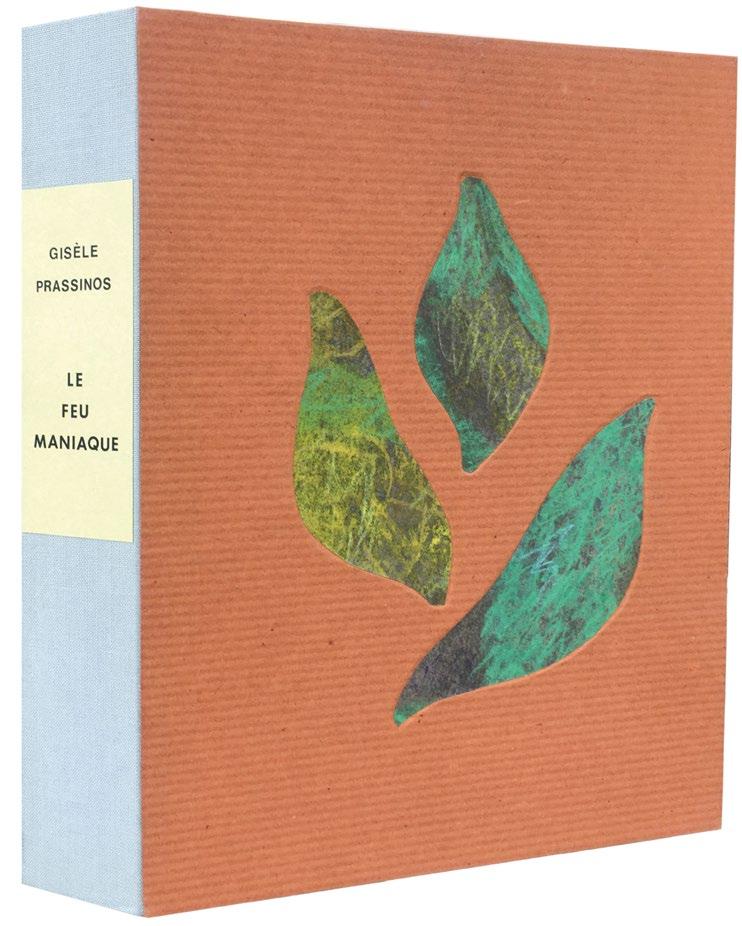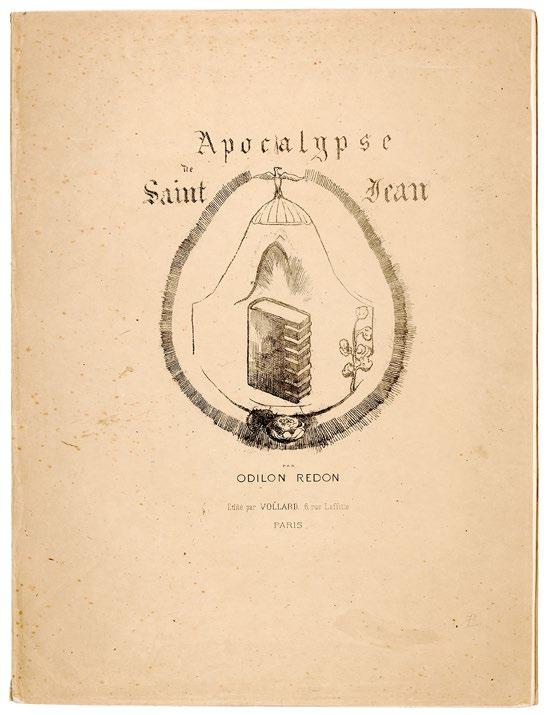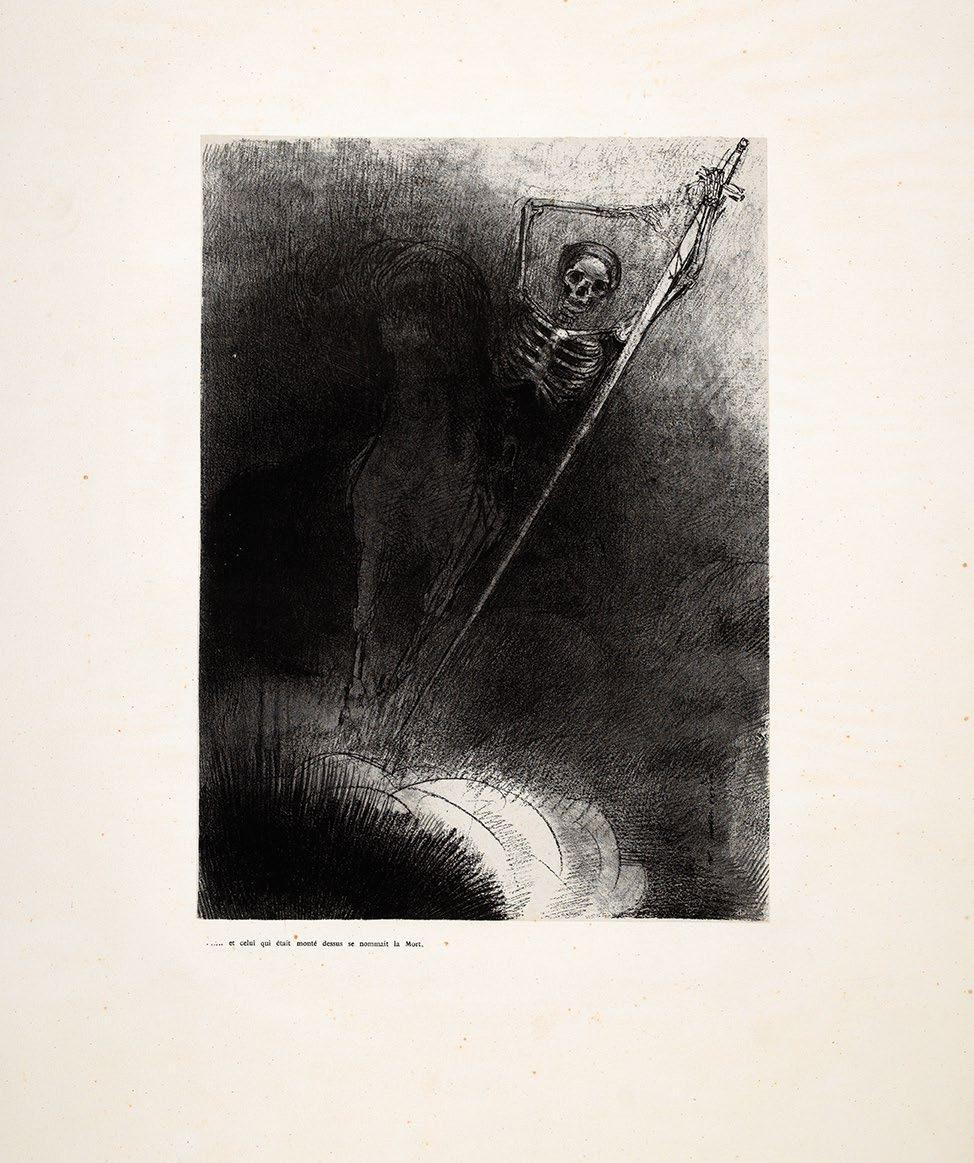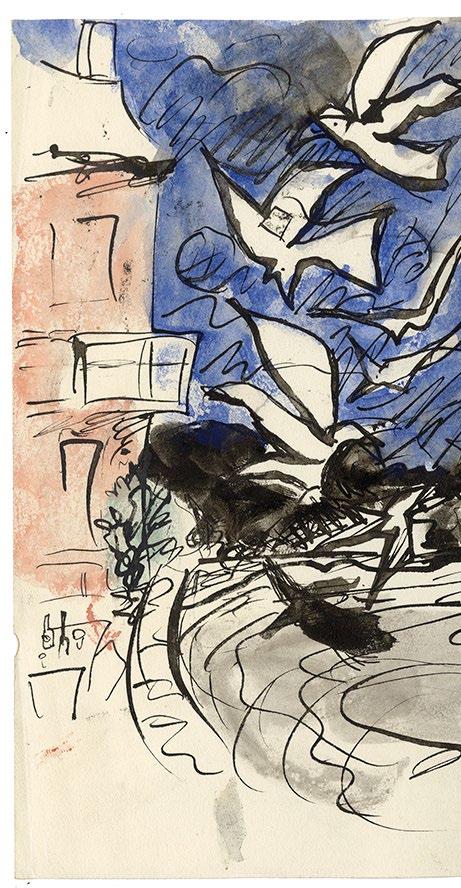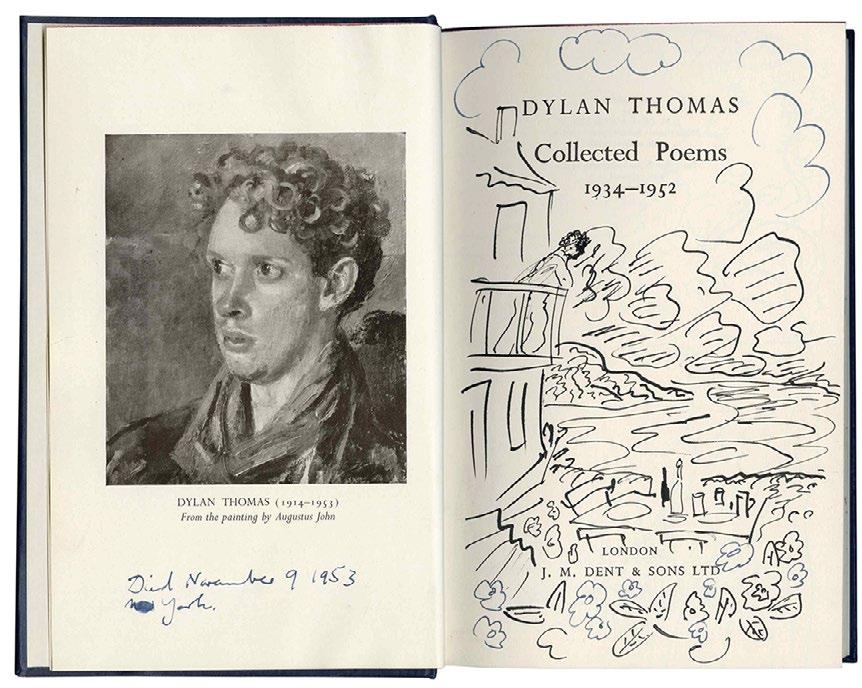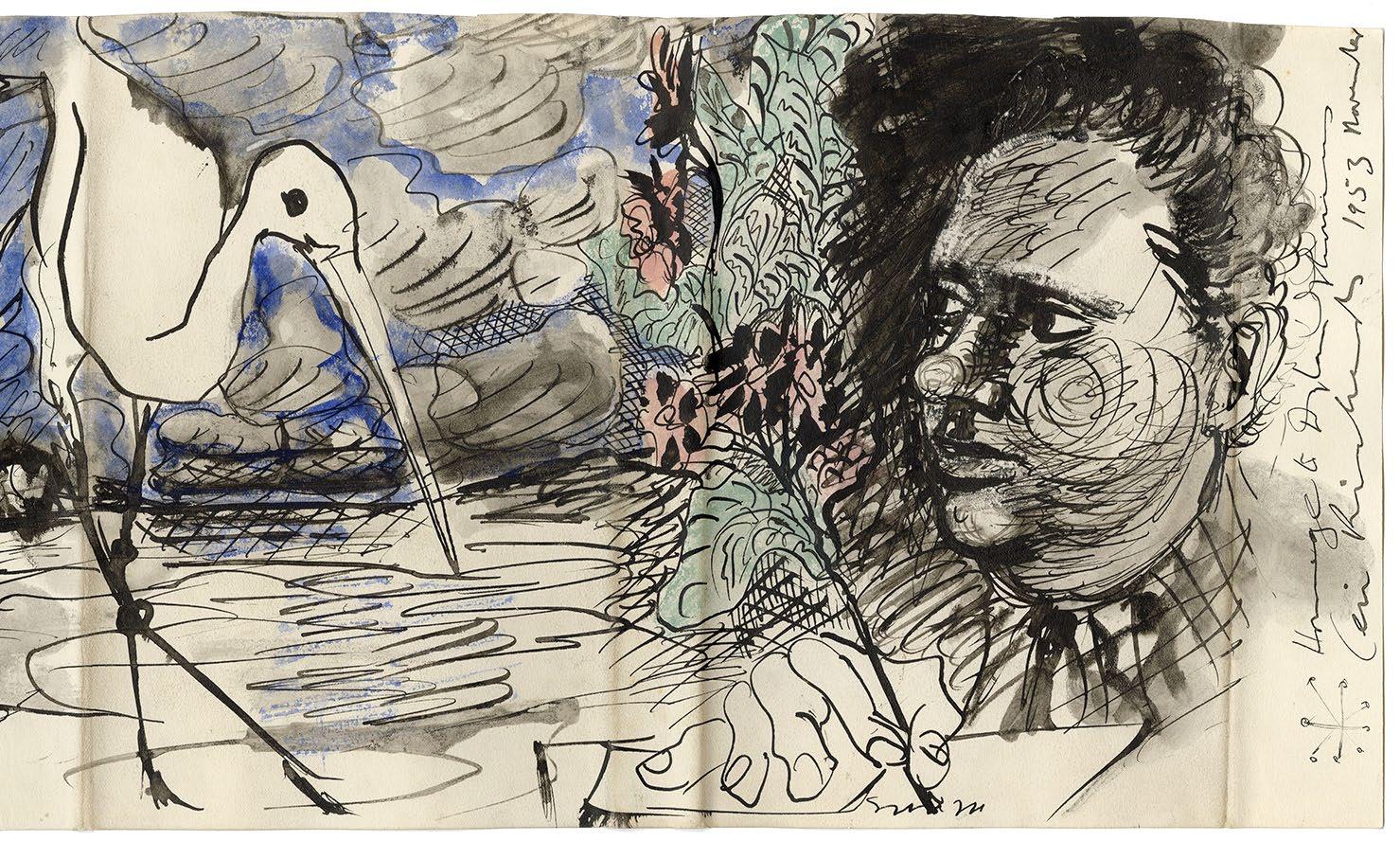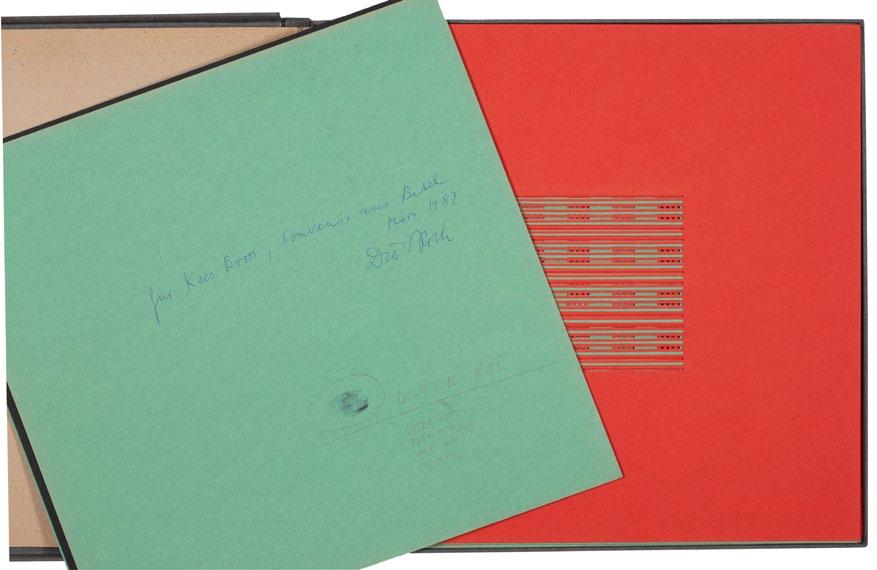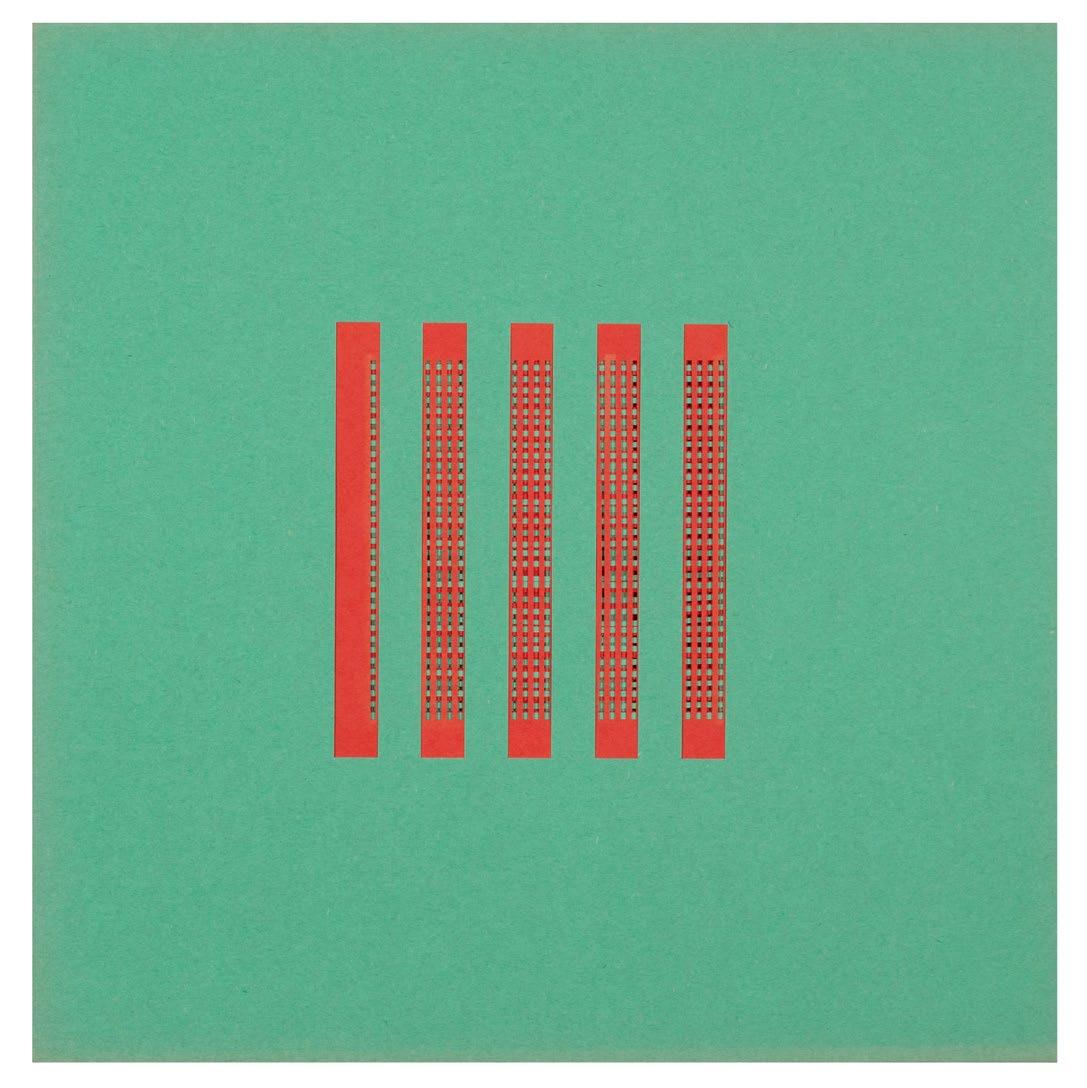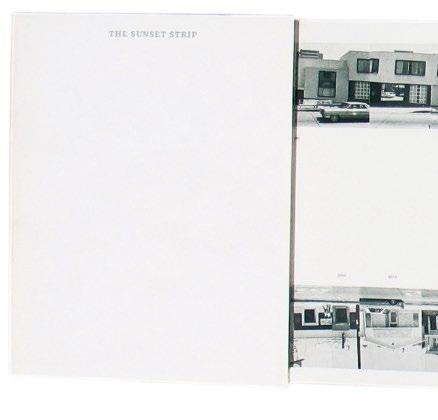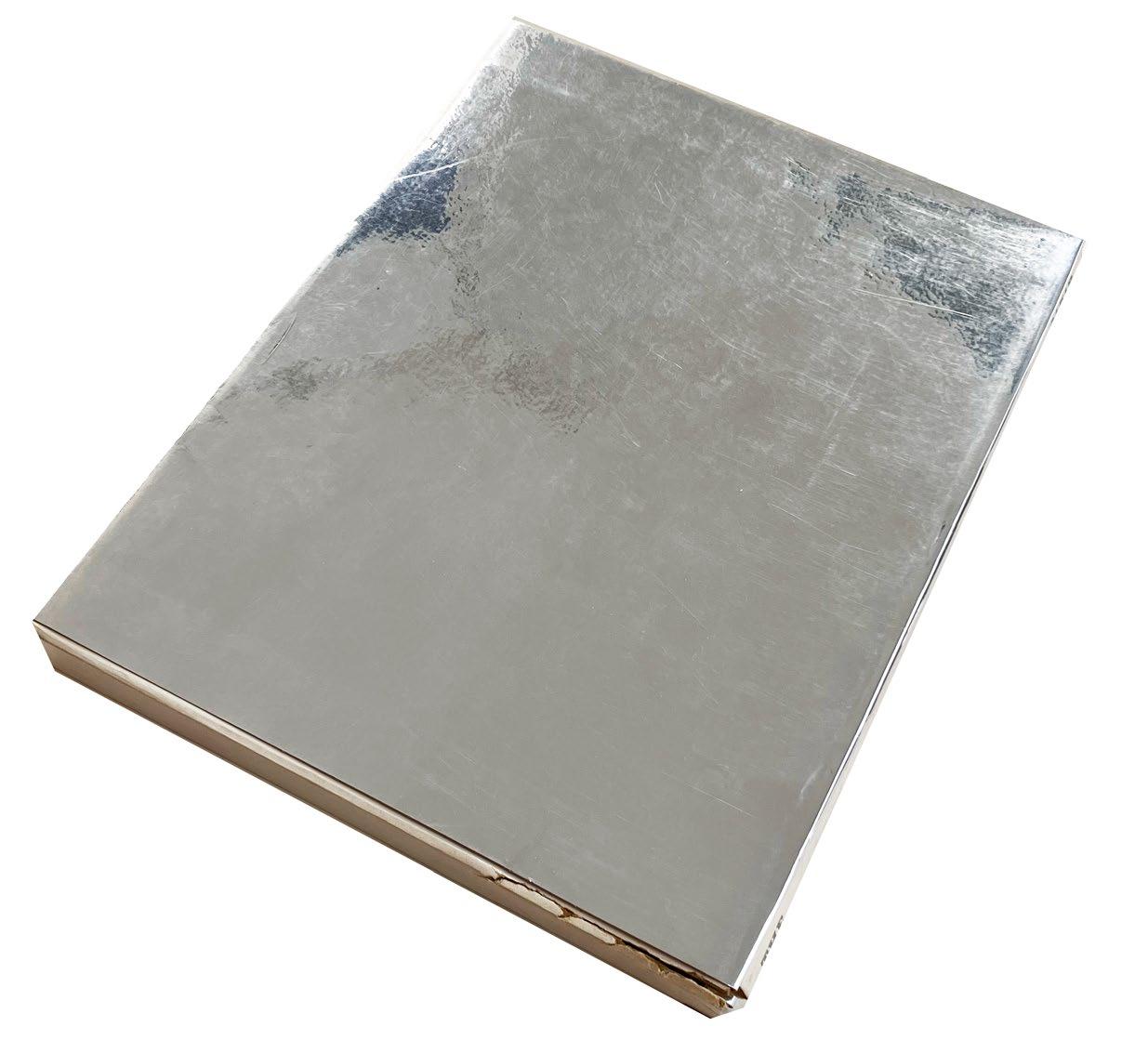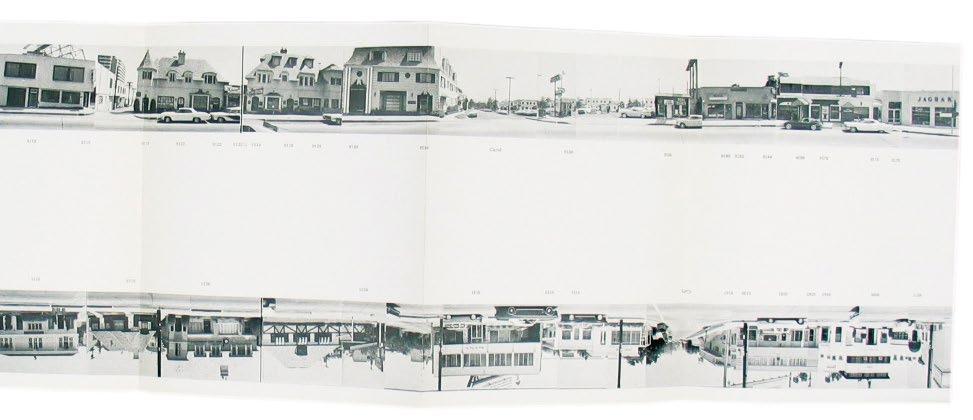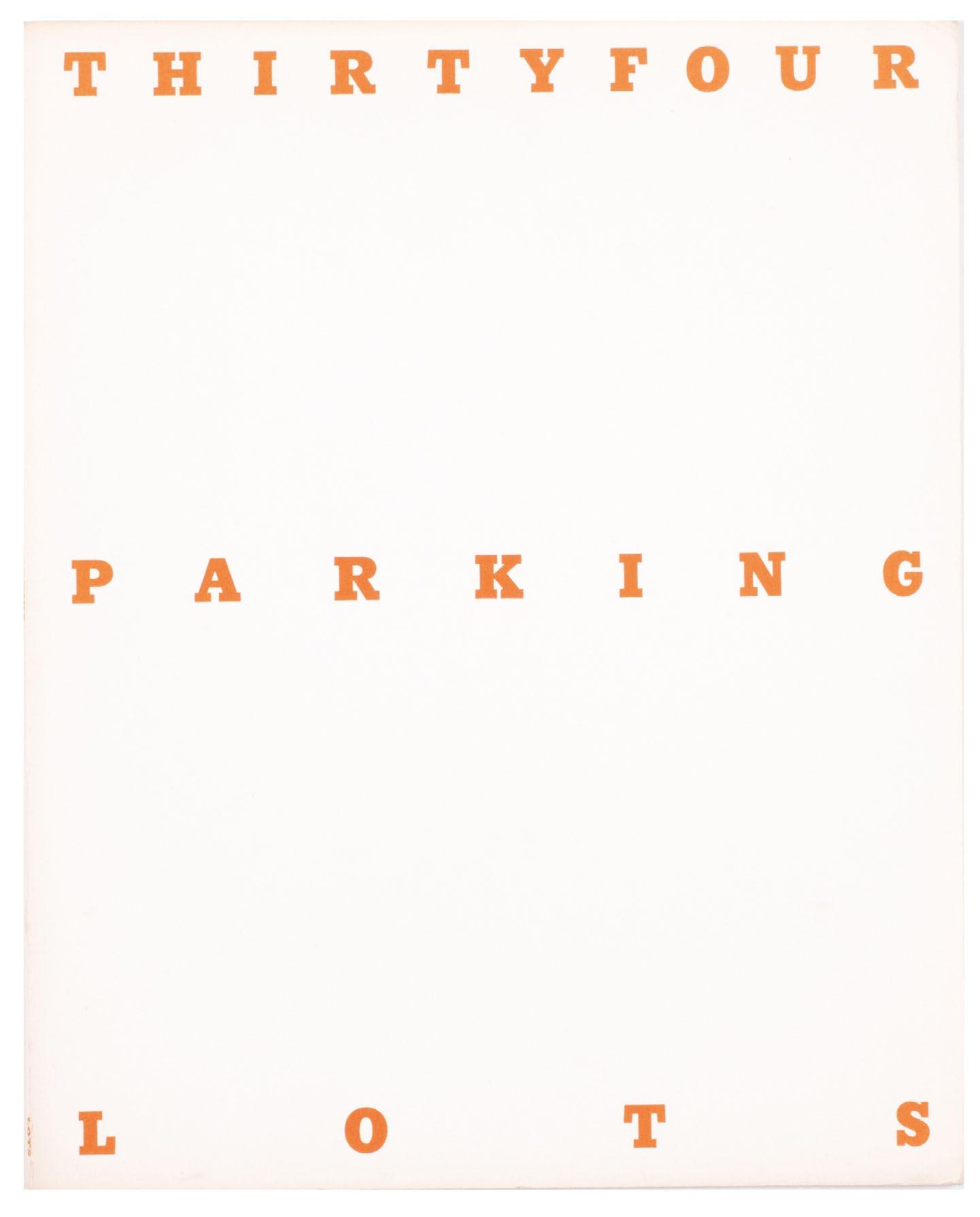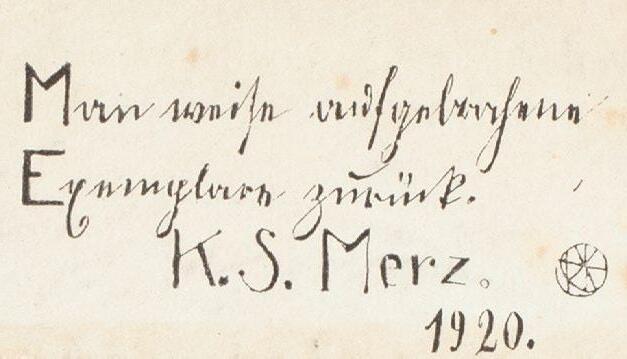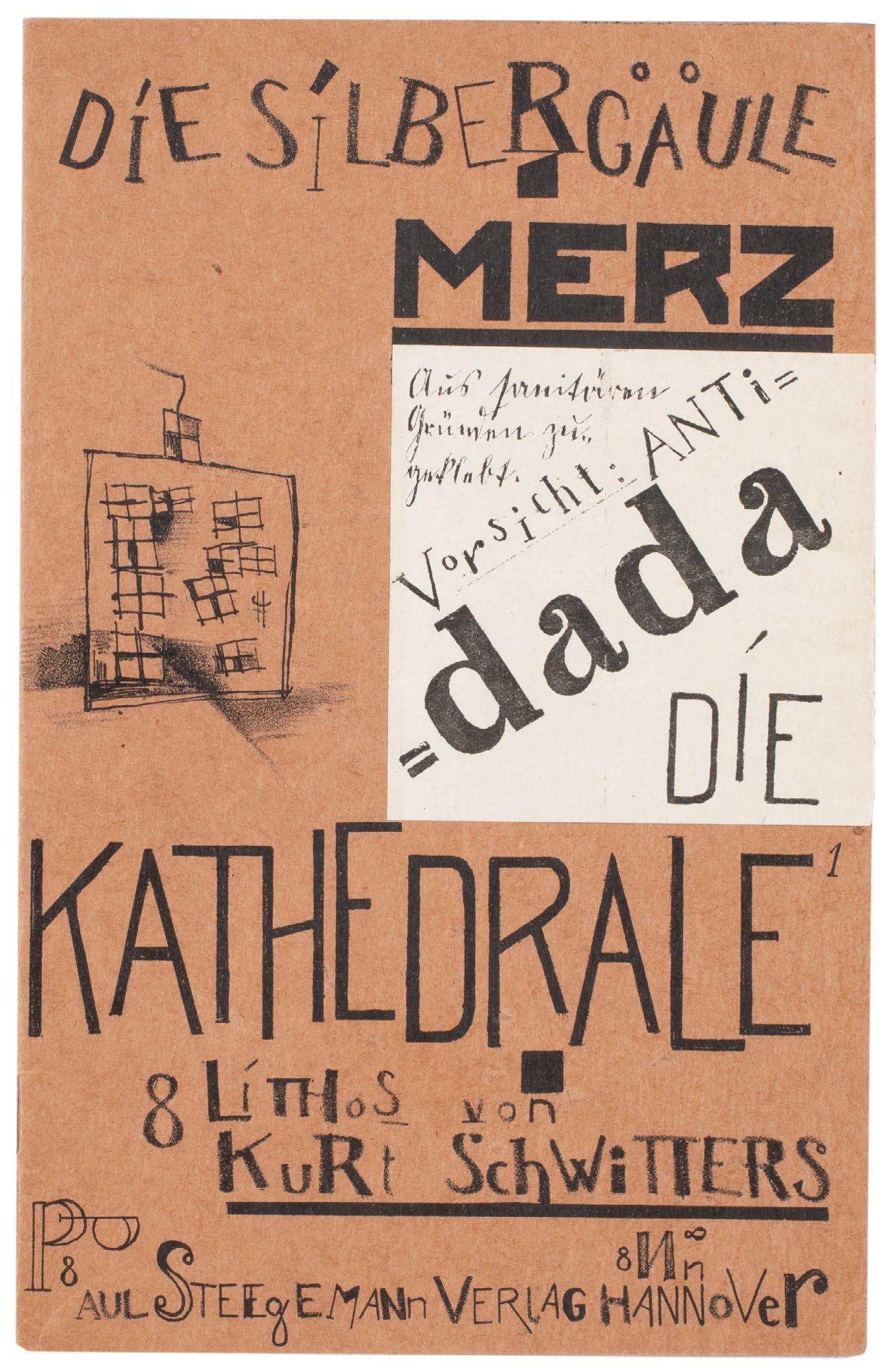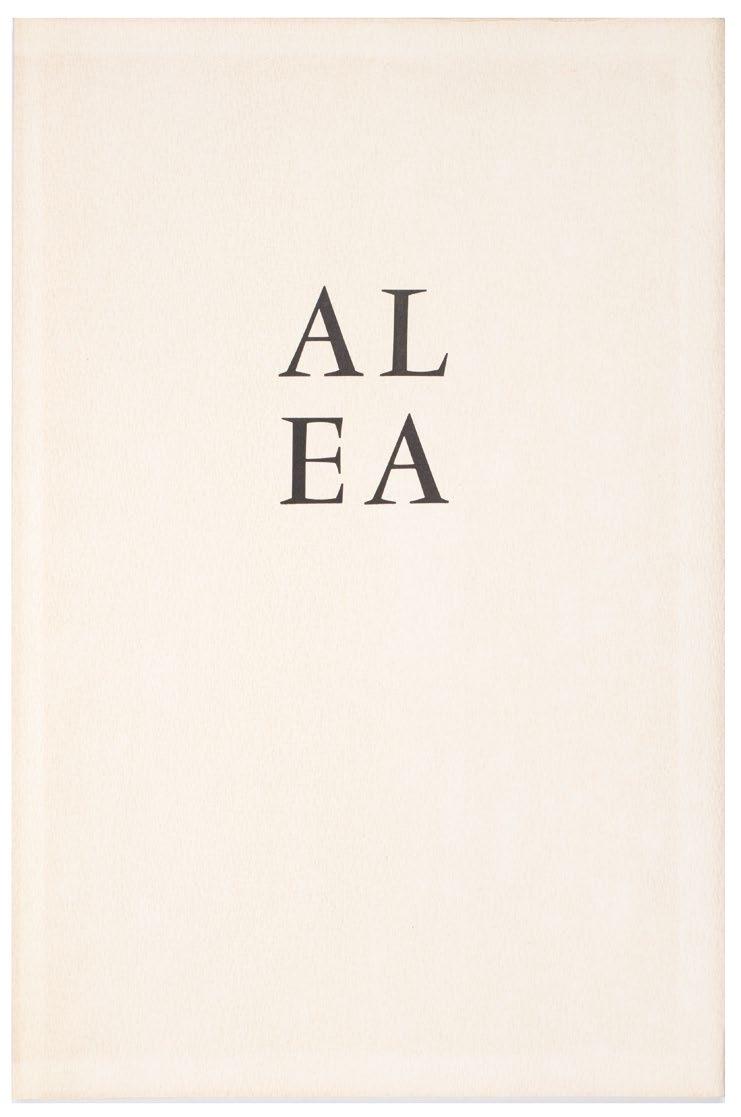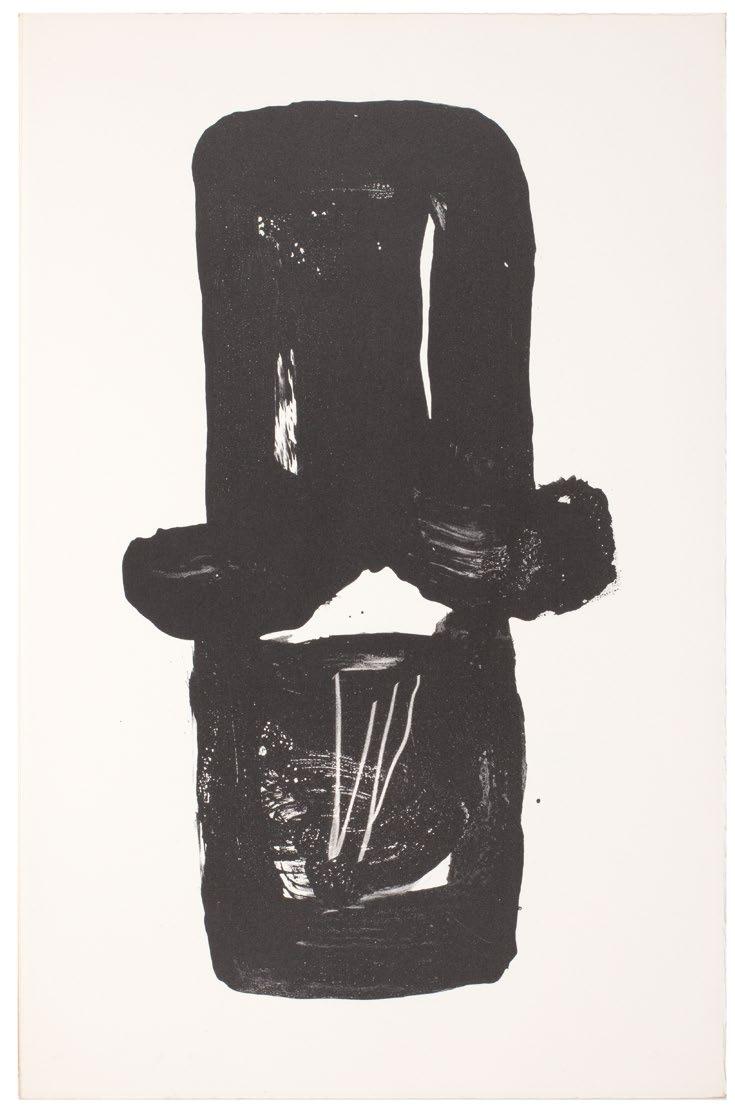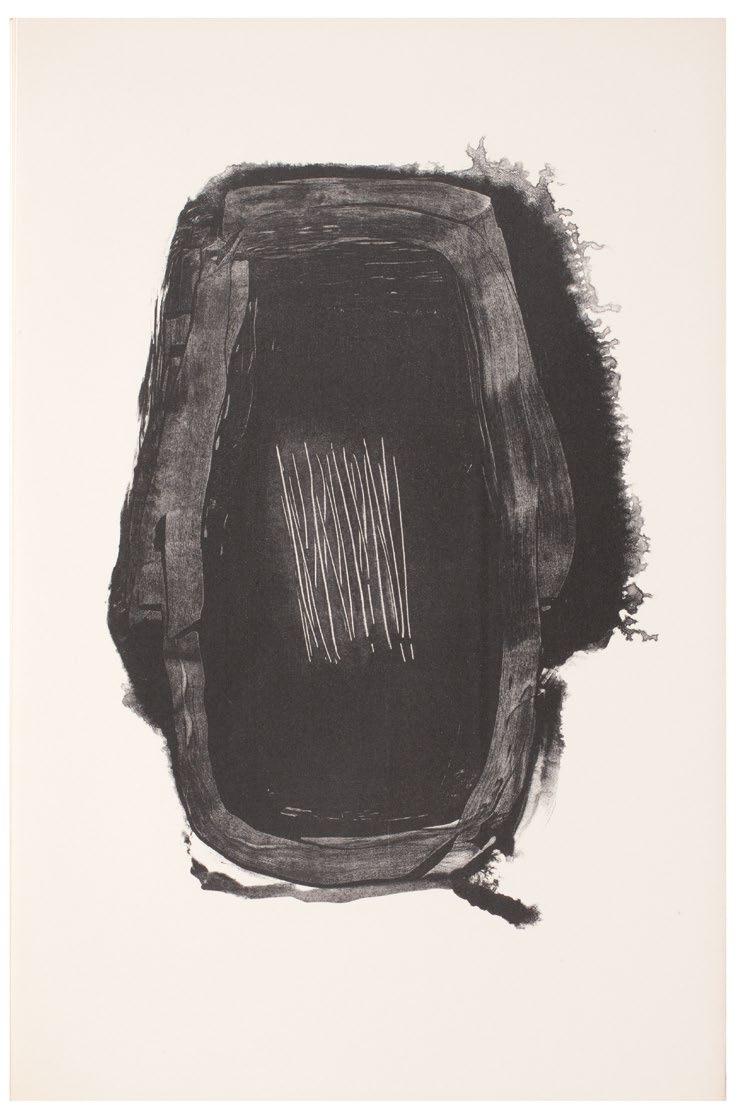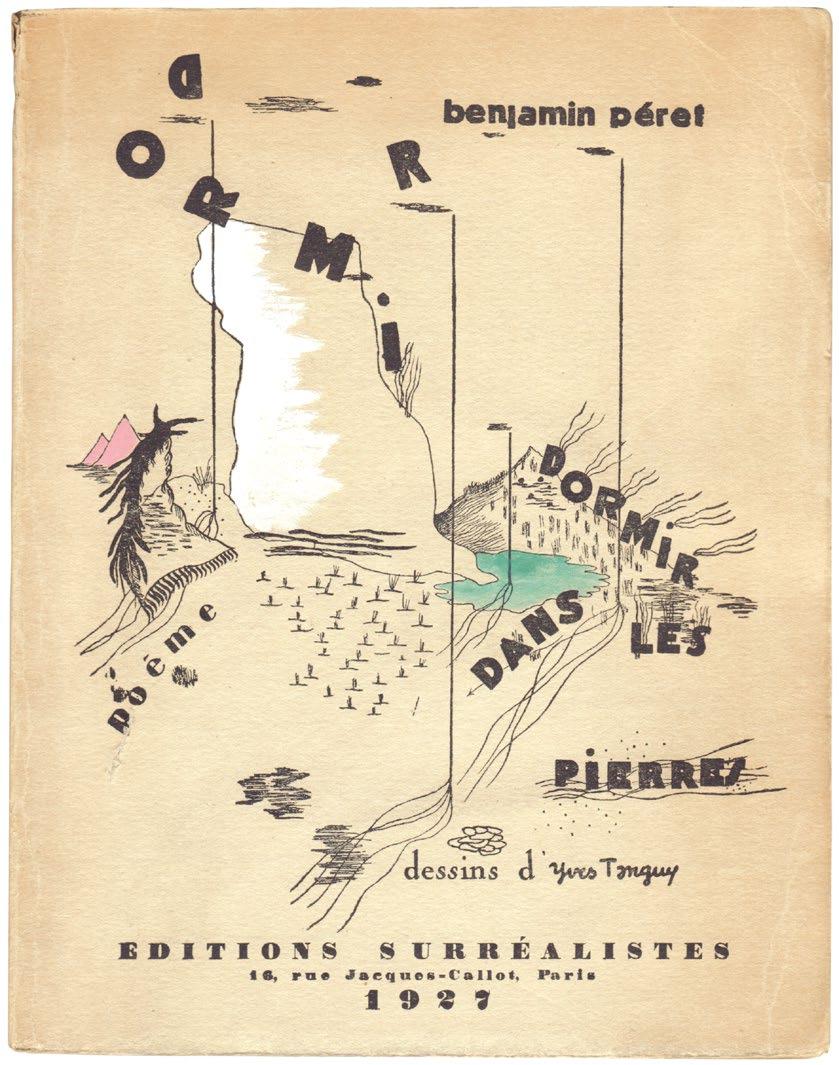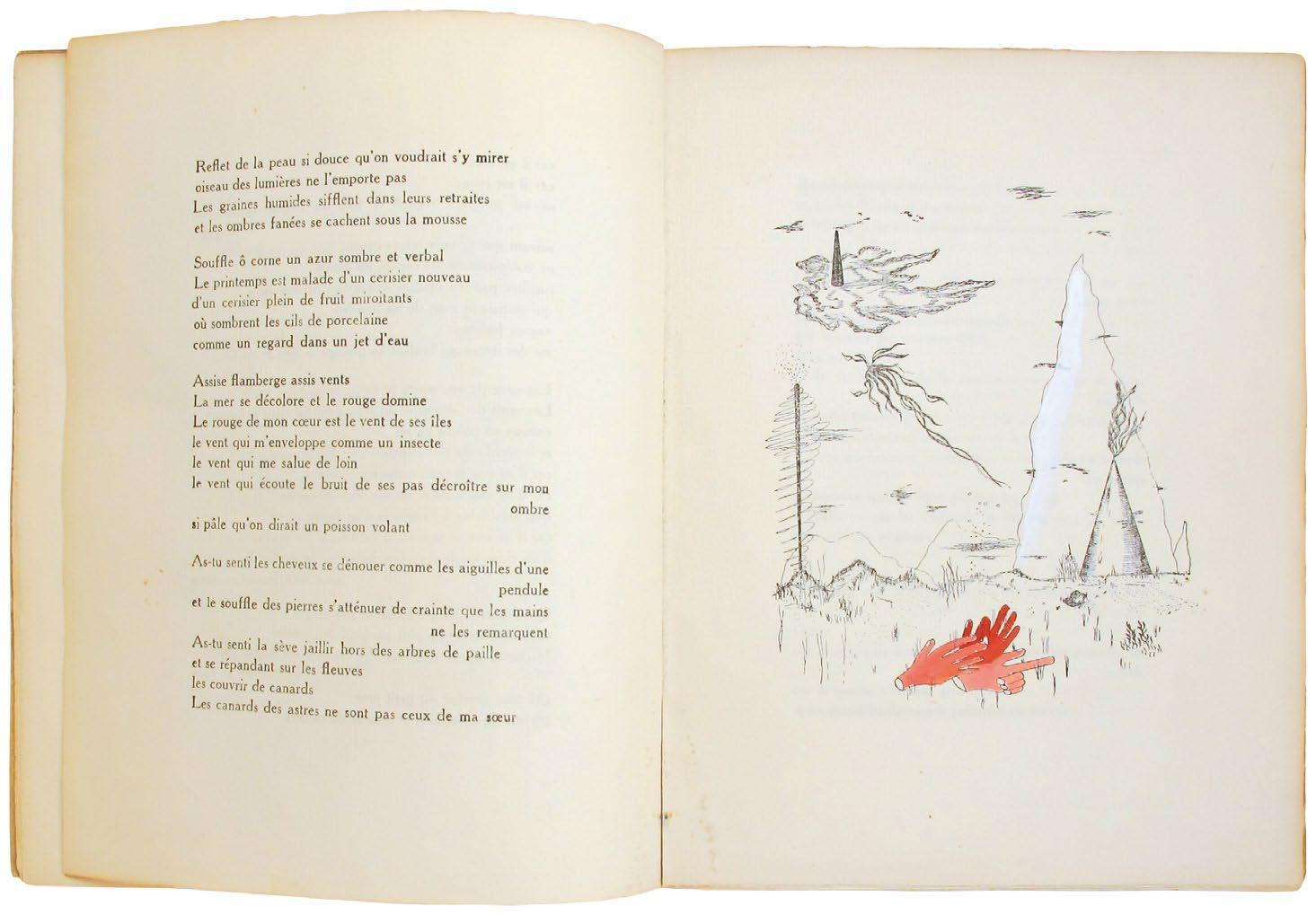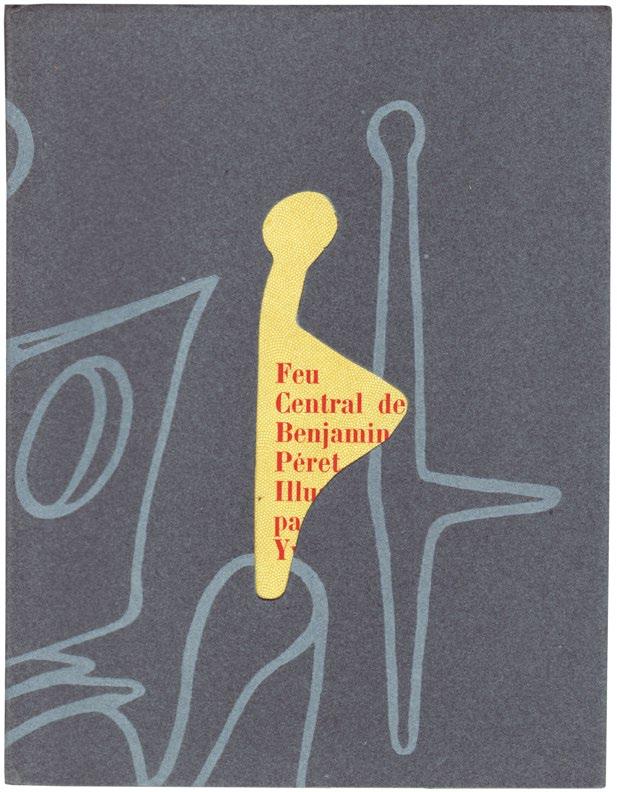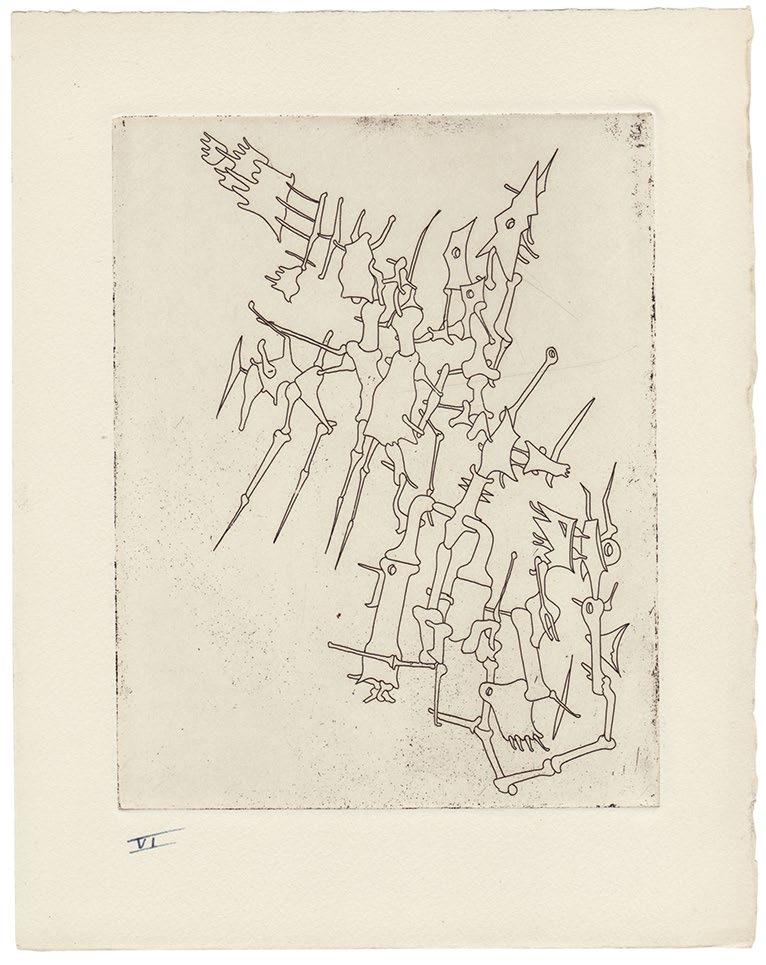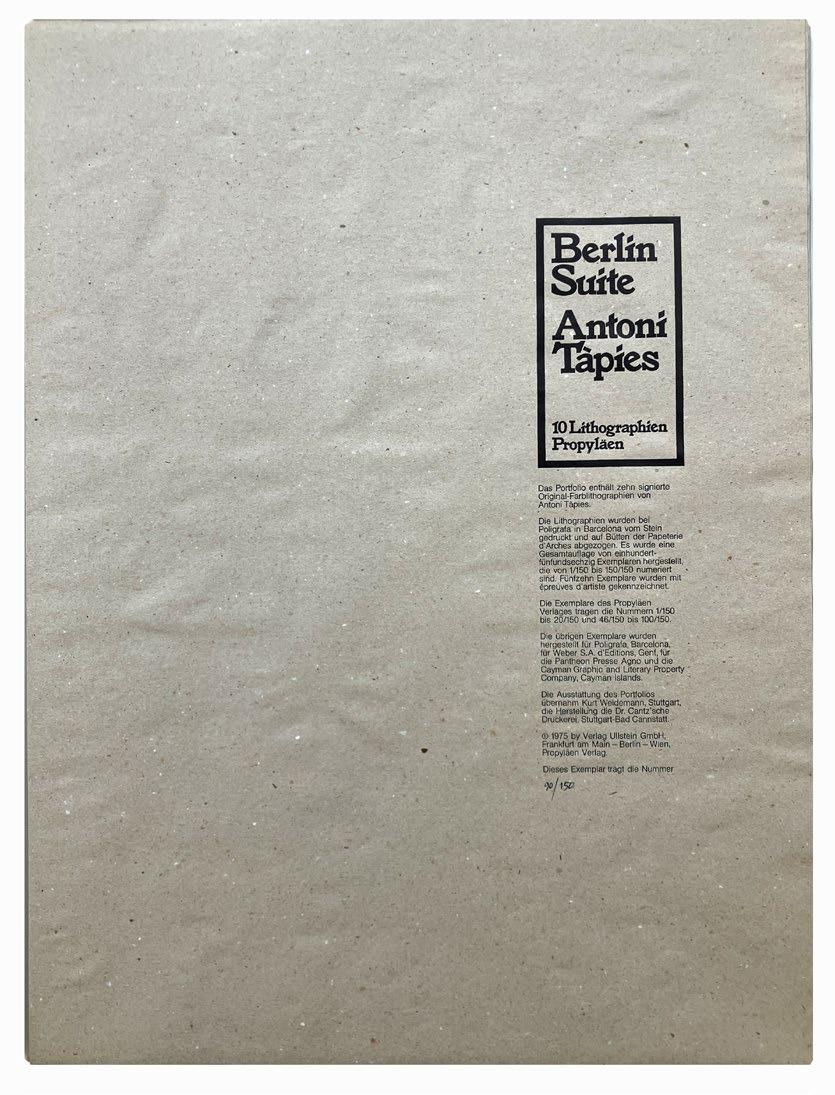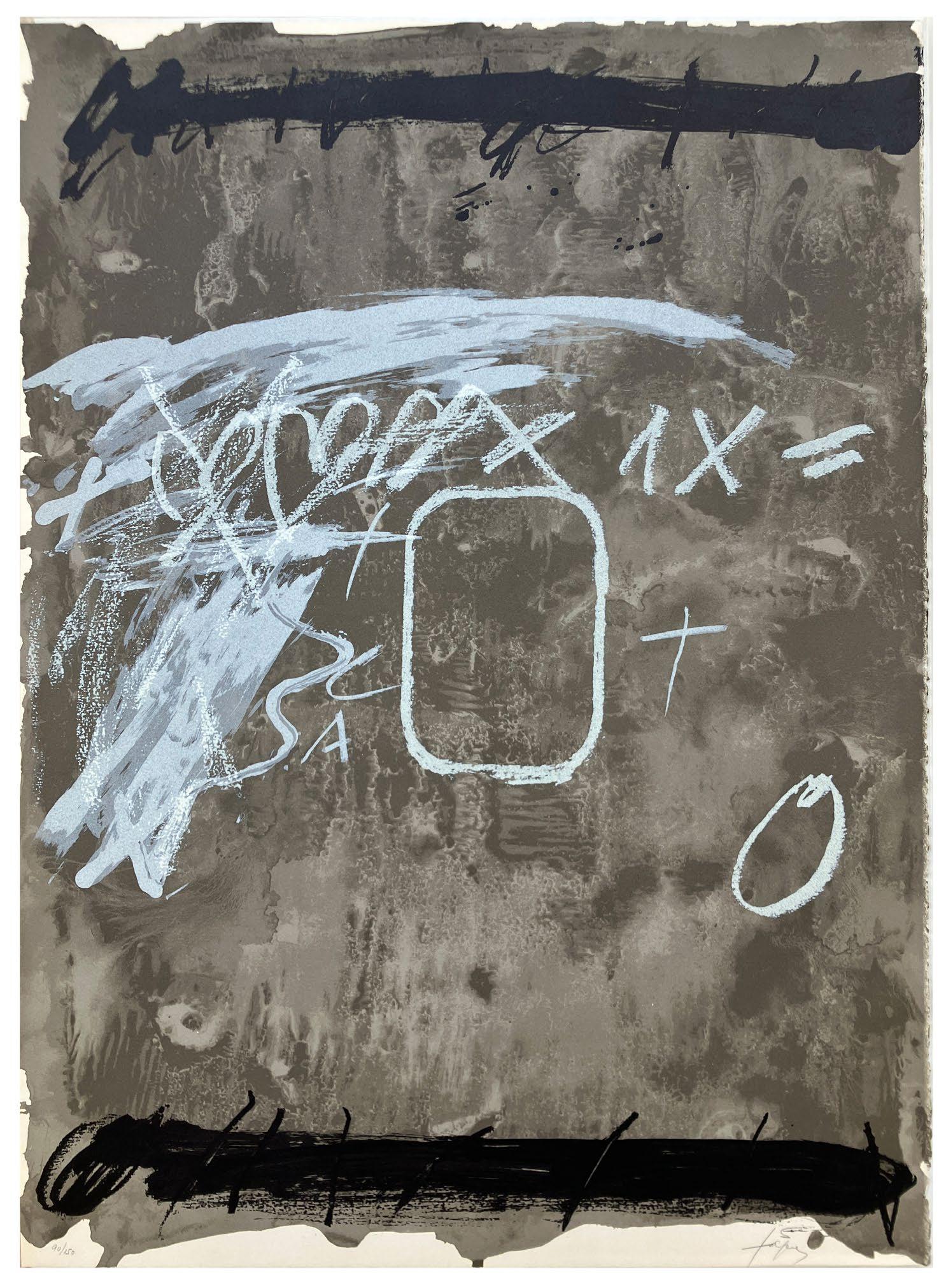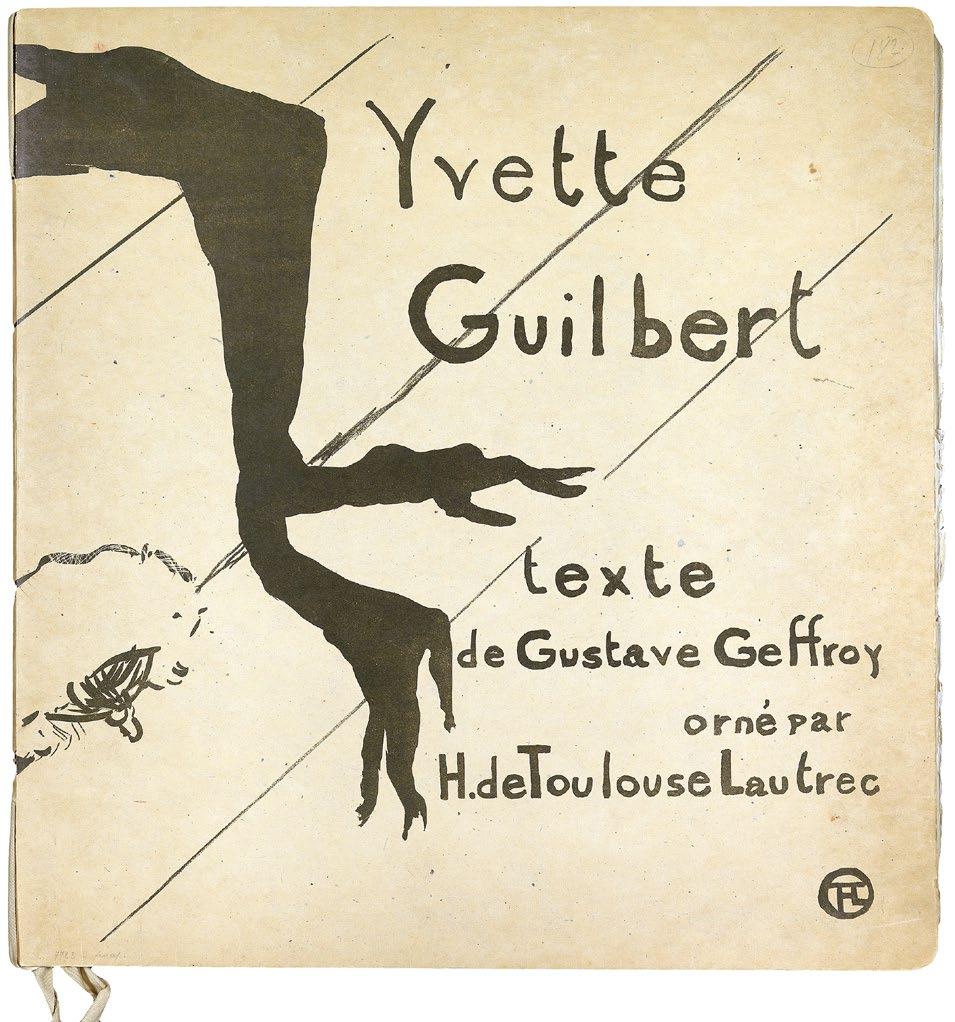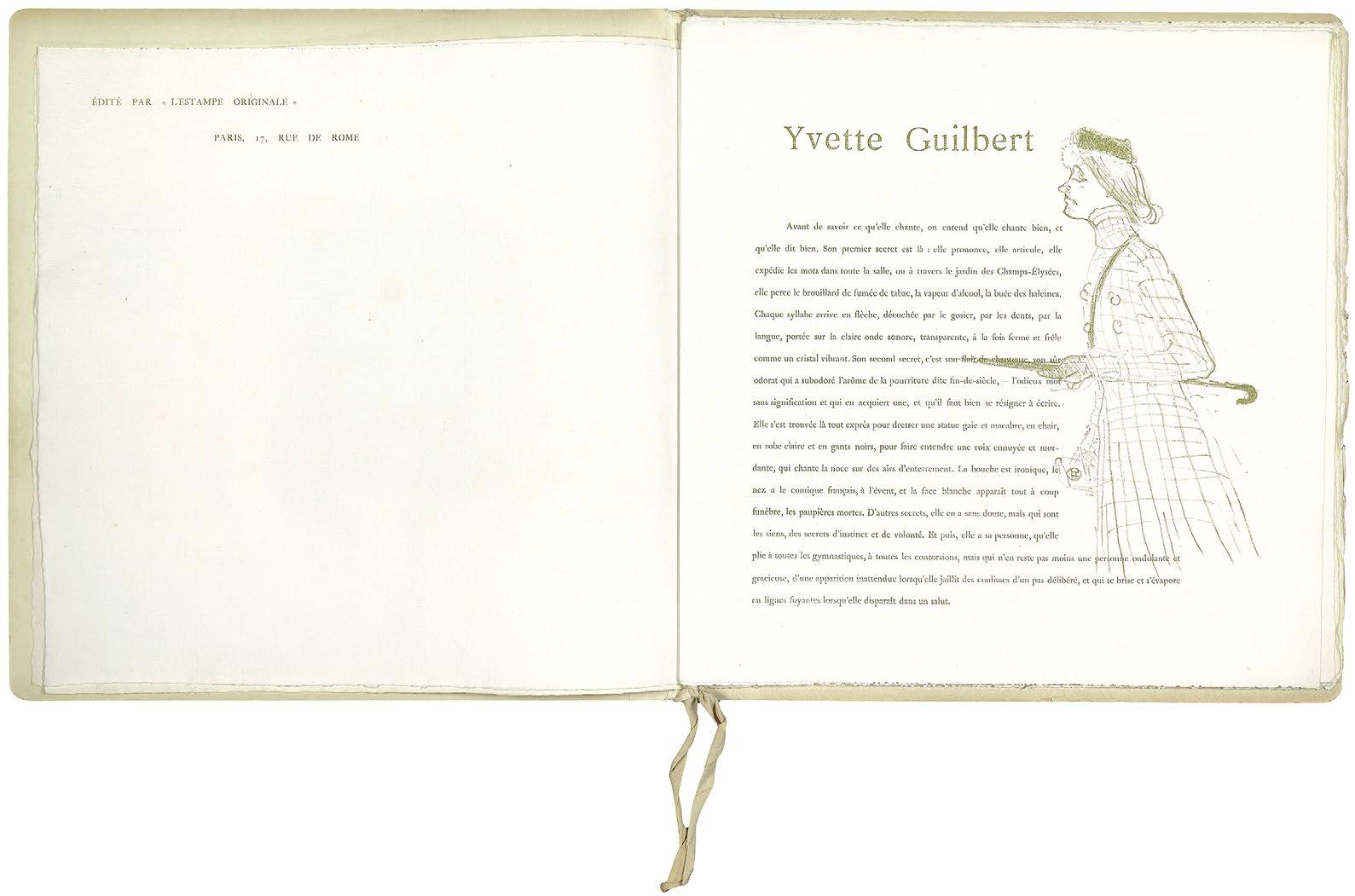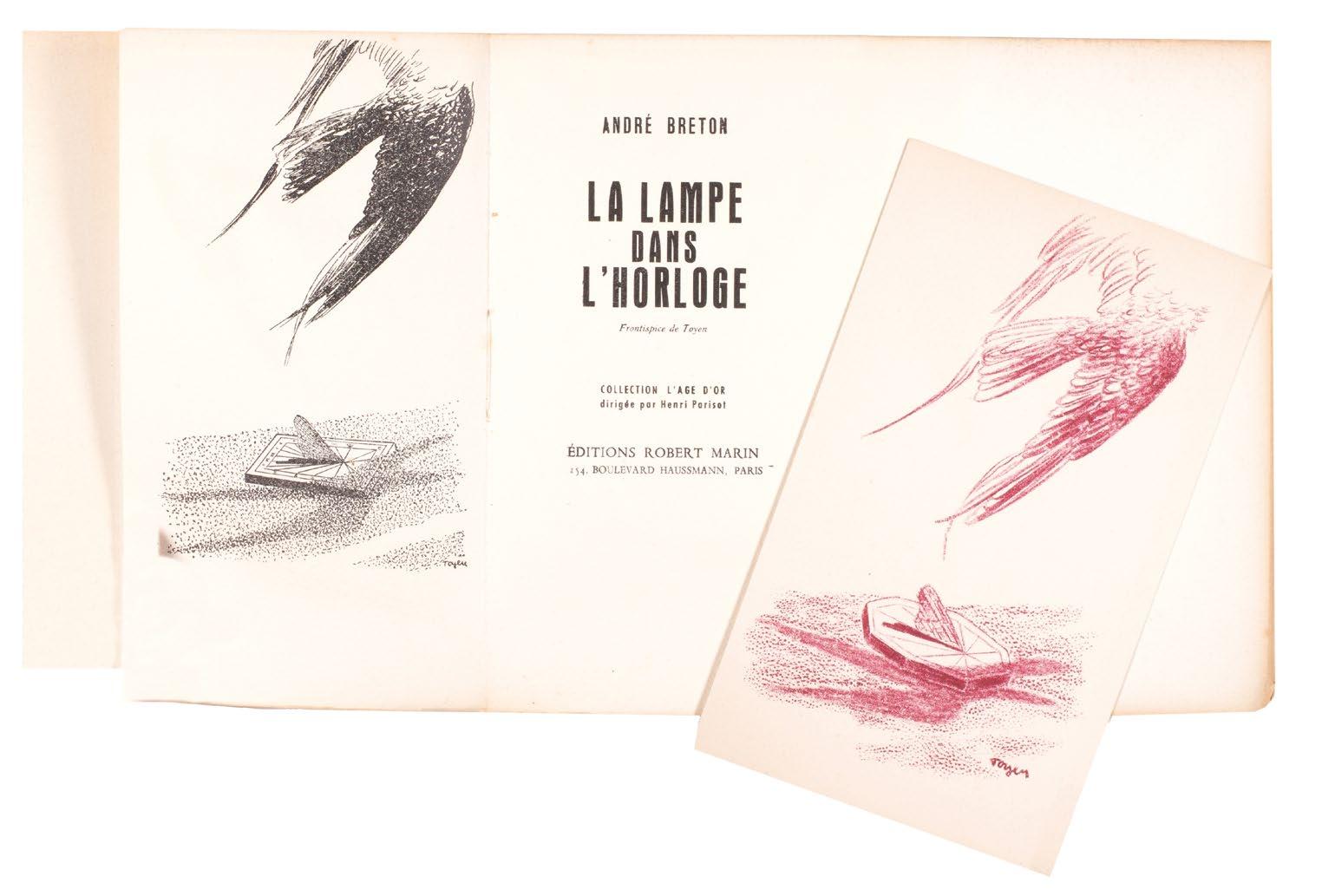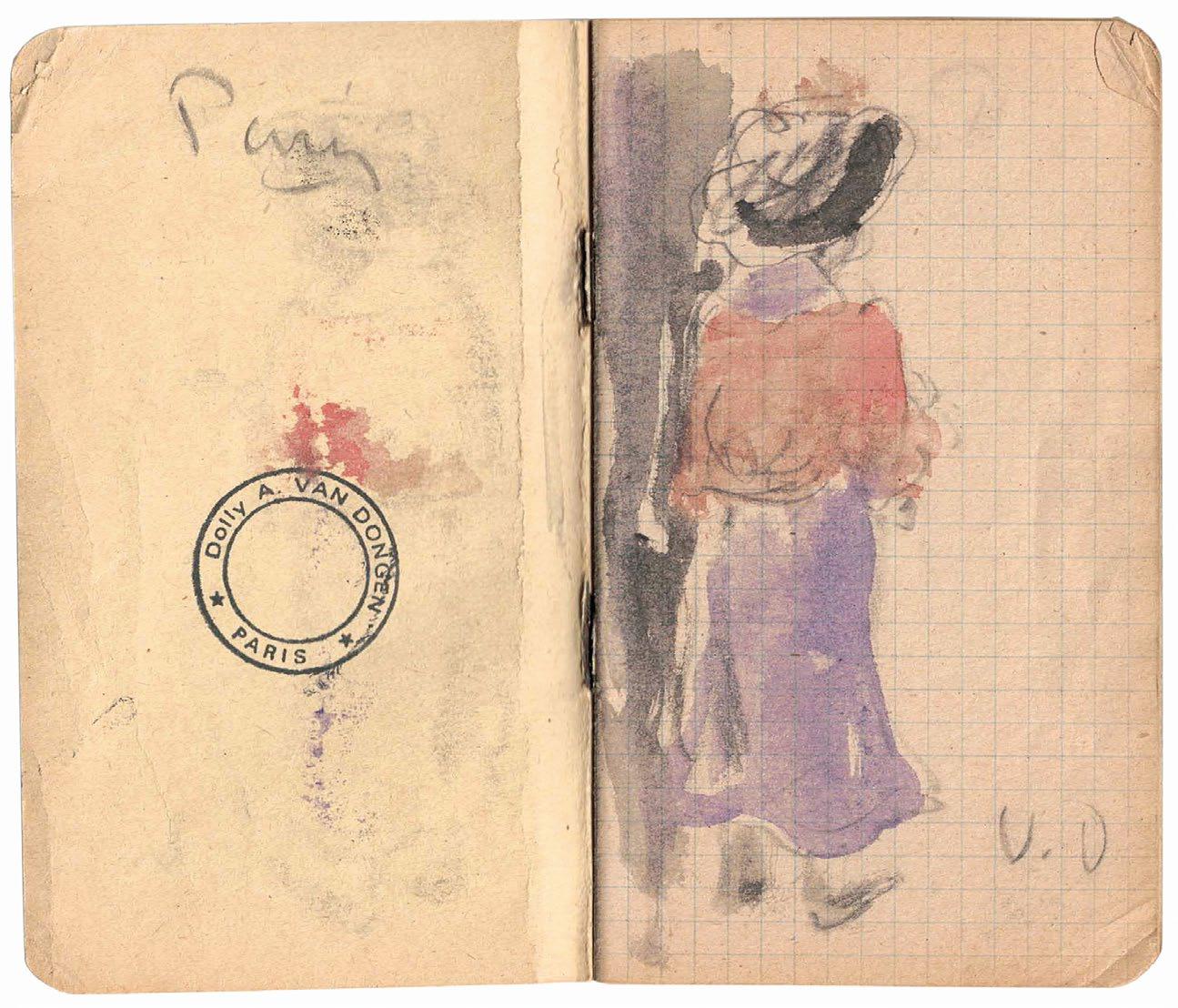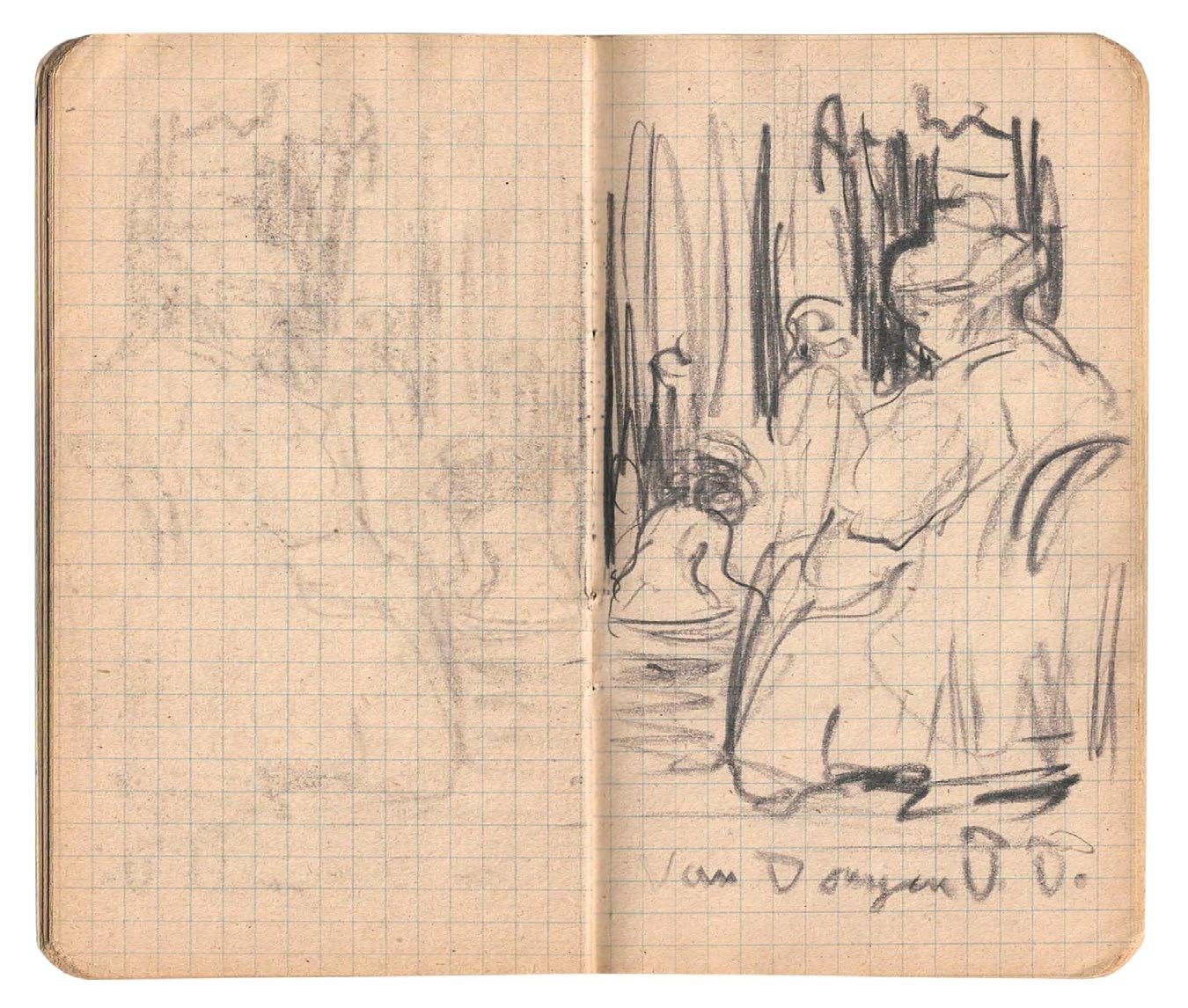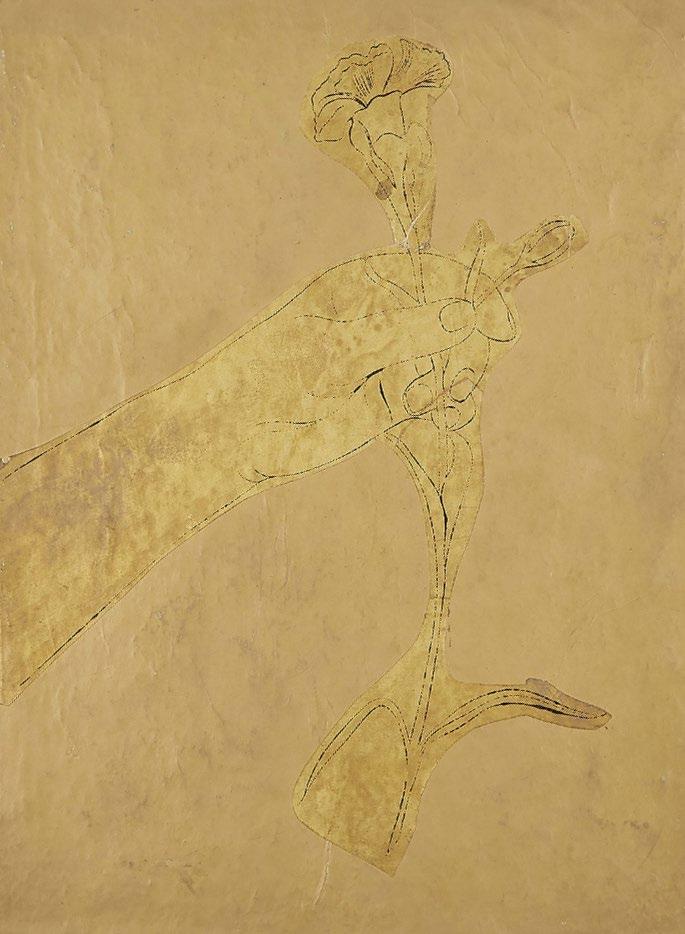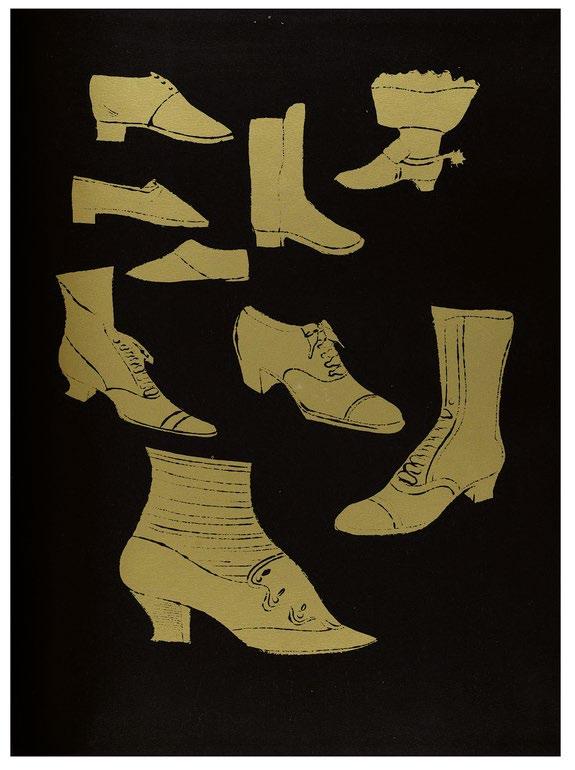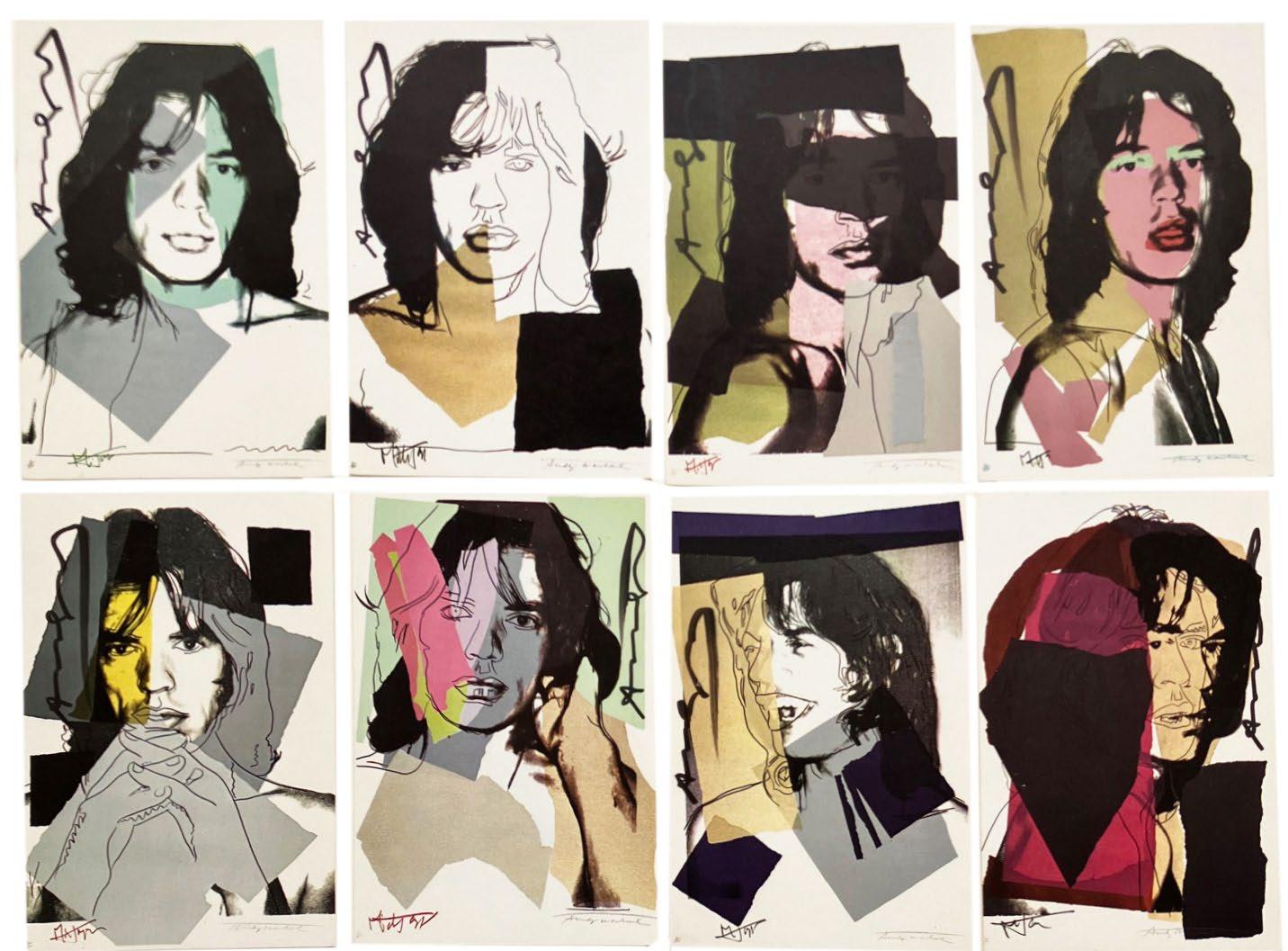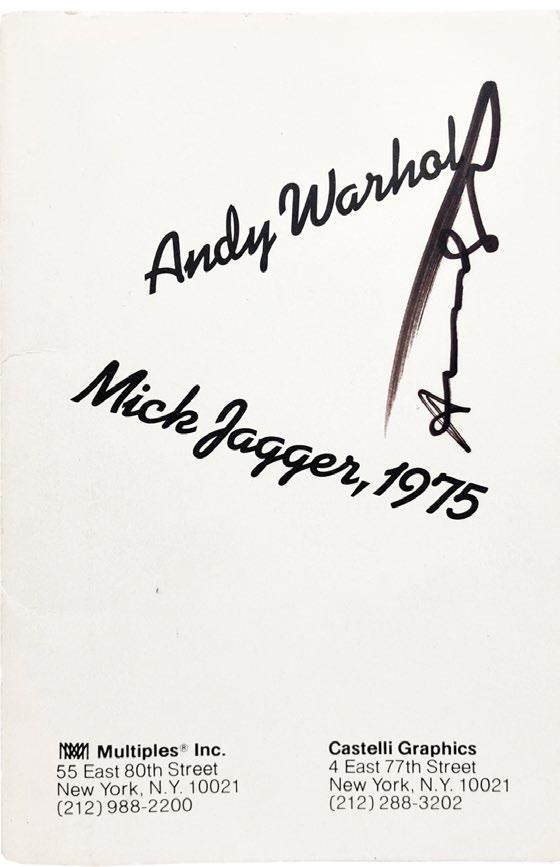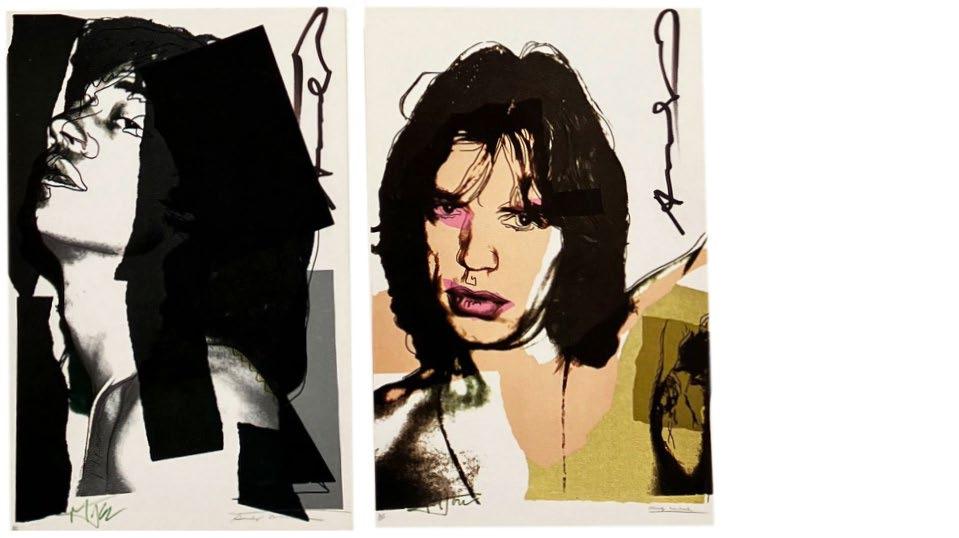llustratedBooks
Modern I
Yves Tanguy p. 72, p. 164, p. 166 / Susan Allix pp. 4–8
Kurt Schwitters p. 160 / Elena Guro p. 90
Jean Dubuffet p. 44 / Henri Matisse p. 108
Marcel Broodthaers pp. 30–33 / Salvador Dalí p. 38
Hans-Peter Feldmann p. 76 / André Masson pp. 102–107
Pablo Picassso pp. 132–147 / Gustave Geffroy p. 170, p. 180
Paul Berthon p. 22 / Ilia Zdanevich p. 62, p. 74, pp. 142–147
André Derain p. 42 / Marcel Duchamp pp. 46–55
Ed Ruscha pp. 156–159 / Gilbert & George p. 86
Max Ernst pp. 58–75 / Camille Pissarro p. 56, p. 80
Dieter Rot p. 154 / Joan Miró p. 46, p. 72, pp. 114–119
Ceri Richards p. 152 / William Blake pp. 26–29
Hans Arp p. 12, p. 58 / Antoni Tàpies p. 168
George Barbier p. 20 / Georges Lepape p. 20
Andy Warhol pp. 176–179 / Fernand Léger p. 96
Louis Marcoussis p. 98 / Sam Francis p. 78
Odilon Redon p. 150 / Geneviève Asse pp. 14–19
Man Ray p. 52, p. 66, p. 112 / Richard Hamilton p. 54
Mikhail Larionov p. 88 / Alberto Giacometti pp. 82–85
Wassily Kandinsky p. 92 / Jean-Emile Laboureur p. 94
Charles Martin p. 100 / Daido Moriyama pp. 120–123
Gordon Matta-Clark p. 100 / Francis Picabia pp. 124–131
Toyen p. 172 / André Breton p.10, p. 46, p. 68, p. 138, p. 172
Gisèle Prassinos p. 148 / Kees van Dongen p. 174
Natalia Goncharova p. 88 / Kumi Sugaï p.162
Louis Aragon p. 10 / Henri de Toulouse-Lautrec p. 170
[01] Susan Allix
12 Verses from The Day Dream by Alfred, Lord Tennyson London. (Susan Allix). 1995
�
An extraordinary object masterpiece by Susan Allix: an arch-shaped book with painted binding housed and displayed within its painted glass dome.
Shaped 8vo. (150 × 170 [44 unnumbered leaves]. Half-title, printed title and Tennyson’s verse with printed section titles on different paper stock, linocut decoration and illustration throughout with additional hand- and pochoir colouring, final leaf with justification. Aubergine crushed morocco by Susan Allix with paper onlays to front and rear boards with additional watercolour, printed title to front board in purple, canvas onlay to spine with additional watercolour, two asymmetrical onlaid sections of tan crushed morocco wrapped around spine and over boards, aubergine paper pastedowns, endpapers with additional watercolour, all edges with additional watercolour decoration, housed in glass dome with additional painted decoration and white painted wooden base with additional colouring.
£4,000 mm).
From the edition limited to 17 copies on Somerset mould-made paper, signed and numbered in black ink by Allix. The book was conceived and created in its entirety by Allix, who made the prints, developed the typography and mise-en-page and bound the book.
Tennyson’s poem ‘The Sleeping Beauty’ with its themes of dream, inspiration and escape, was published first in 1830 before he expanded it after the death of Arthur Hallam, renaming it ‘The Day Dream’. Susan Allix selected all of ‘The Sleeping Palace’ section of the poem and single stanzas from the sections ‘The Sleeping Beauty’, ‘The Arrival’ and ‘The Departure’ and two from ‘The Revival’. Tennyson’s final version before reworking in 1848 for a dramatic performance of the poem was of nine sections including the prologue and epilogue.
[02] Susan Allix Anon, old or unknown. Nonsense & Nonsense … London. (Susan Allix). 2008
� The édition de tête in the deluxe magnetic binding of one of Susan Allix’s most extraordinary, inventive, capricious and whimsical artist books.
Folio. (290 × 230 mm).
[50 unnumbered leaves including blanks]. Printed text in various types and illustration in various media all on various paper stock in various formats, final leaf with justification and colophon. Full burgundy crushed morocco, excised sections with curvilinear edges reveal a checkerboard pattern of gilt, pink and café crème paper, front board with three applied sections of white paper with monochrome drawings and four colour paintings mounted to squares or rectangles of burgundy crushed morocco with magnetic fastenings, single painting mounted to rectangle of burgundy morocco affixed to centre of rear board, smooth spine with tooled title in black, cream handmade patterned paper doublures, bronze free endpapers, burgundy velvet-lined oatmeal drop-back box with morocco label to spine with title in black.
£4,000
From the edition limited to 24 numbered copies signed and numbered by Allix in pencil, with this one of 8 from the édition de tête in the deluxe binding.
Allix’s detail regarding the book taken from the colophon is instructive: ‘Authors: old or unknown. / Typefaces: various (but including Grotesque, Gill, Granby and Gallia, with Caslon, Engravers Roman & altered and un-altered wood letter). / Papers: various (including Arches, Somerset, Zerkall). / Printing: by hand, by letterpress; with new intaglio plates and lino-cuts and old printer’s blocks.’
Also included, inserted loose, is the prospectus for the book, a sheet folded in three (210 × 98 mm folded) with printed text recto only together with the price list which also gives detail of the price for ‘Pagoda Memories’.
‘On a nonsensical scale this book is not deeply nonsensical. It looks like a book; it has pages that turn conventionally and its contents are not gibberish. Most of the words have been around for many years, some so long their authors have been forgotten. But they are set in a variety of arrangements, using more typefaces than are usually expected in one book. There is a new piece of punctuation I invented, some woodletter I altered and some old printers’ blocks reprinted ... The initial idea ... was for the reader to be able to do more than turn the pages; to be able to move or change images. Small pictures on the binding would be turned or re-located over others by the use of magnets. As the results of this were not intended to be serious, they would be accompanied by some nonsensical words ... The different sizes, shapes and tones of the various papers used sustain a vitality in the flow of pages, while the limited colour scheme of terracotta, red and cream unifies the collection of odd, puzzling or humorous verses and extracts.’
– From Susan Allix’s text from the prospectus for the book
( 8 )
[03] Susan Allix
Pagoda Memories. Golden Pagodas of Myanmar with Burmese Notes London. (Susan Allix). 2009
� A superb example of a Susan Allix illustrated book – created in its entirety by the artist – inspired by her travels in Myanmar.
Folio. (340 × 248 mm). [33 unnumbered leaves]. Engraved frontispiece with additional applied goldleaf, printed title in burgundy and Allix’s text (some also in burgundy) with section titles, some printed on Pindaya handmade mulberry paper, illustrated with 7 engravings, final leaf with justification and colophon. Full terracotta crushed morocco, front and rear boards with large onlaid sections of burgundy to claret varicoloured morocco, front board with additional gilt decoration with onlaid sections of tan morocco with curvilinear decorative tooling in gilt, red and black to form a stylised pagoda motif, handmade textured chocolate paper doublures, burgundy gilt-patterned Kinwashi free endleaves, custard wool-lined burgundy cloth drop-back box with leather label to spine with title in black.
£4,000
From the edition limited to 10 copies on Magnani Biblos and Burmese mulberry papers, signed and numbered by Allix in pencil.
Also included, inserted loose, is the prospectus for the book, a sheet folded in three (210 × 98 mm folded) with printed text recto only and housed in a folder, a further, larger sheet folded in three (297 × 210 mm folded) with title and pictorial vignette to front cover, advertisement for Allix’s ‘Nonsense & Nonsense’ with pictorial vignette to interior flap and with a central pocket of Kinwashi paper matching the endleaves of this book.
The book was conceived and created in its entirety by Allix, who made the prints (intaglio prints with ‘line-drawing, aquatint, open-bite, softground, carborundum’ and colour), developed the typography and mise-en-page and bound the book. Four of Allix’s engravings also include applied gold leaf.
‘This is a straightforward book about pagodas (or payas), the fantastical pieces of architecture that exist in their thousands in Myanmar ... As memories, the prints and their accompanying words are not concerned with historical facts and locations, or with interpretations of use or construction. They are in the nature of descriptive records of passing moments, remembered for some special quality.’ – From Susan Allix’s text from the prospectus for the book
( 10 )
[04]
Louis Aragon & Georges Adam Eclairez Votre Religion – Aux Enfants Rouges Paris. Bureau d’Editions et de Diffusion. 1932
� André Breton’s copy of this scarce plaquette destined for the children of workers and noted for its virulent ‘anticlérical, anticapitaliste, anticolonialiste, antipatriotique’ sentiments.
Small 4to. (230 × 184 mm).
[10 unnumbered leaves].
Leaf with title, eight leaves with caricature vignettes by Georges Adam and verse by Aragon recto only (two per page), final leaf with achevé d’imprimer.
Original publisher’s tan printed wrappers, stapled as issued, titles and illustration in black to front cover, advertisements to rear.
£3,000
This rare pamphlet by Louis Aragon was intended for the children of the exploited masses and as noted by Pierre Juquin was ‘anticlérical, anticapitaliste, anticolonialiste, antipatriotique’. Aragon had thrown himself into anti-clericalism after his break with Surrealism and wrote the verses, accompanied by Adam’s caricatures, in Russia. The pamphlet was printed on the presses of ‘L’Imprimerie Centrale’.
Also included, inserted loose, is André Breton’s membership card (filled out in his own hand in black ink giving his address in rue Fontaine and signed beneath) for the ‘Union Fédérale des Libres-Penseurs Revolutionnaires de France’. A bifolium of blue card, the front cover features the vignette of the ‘Union’ which matches the vignette for Aragon’s plaquette. The membership card features Marx’s famous slogan ‘La Religion c’est l’opium du Peuple!’ and a quotation from Lenin as well as fifteen stamps of the Union (indicating membership? or attendance at meetings?), nine dated ‘1932’ and three dated ‘1931’ and inscribed ‘Octobre’, ‘Novembre’, ‘Décembre’.
‘Pour faire oublier la Commune, / Le Sacré-Coeur a vu le jour. / Un beau soir, il aura son tour, / Ce gâteau blanc comme lune!’ – From the book
Aragon’s plaquette is scarce: we locate copies at the Bibliothèque Nationale in France, the Bibliothèque Génève in Switzerland as well as copies at Syracuse, Duke, Yale, Bowdoin and the University of California in the US.
( 12 )
[05]
Hans Arp & Tristan Tzara Vingt-Cinq Poèmes.
Dix gravures sur bois de Hans Arp Zurich. Collection Dada. 1918
� First edition of this superb Dada collaboration and Tzara’s second collection.
8vo. (205 × 146 mm). [26 unnumbered leaves]. Leaf with title and woodcut vignette by Arp recto, leaf with presentation recto and Tzara’s verse verso, 15 leaves with Tzara’s 25 verses recto and verso and eight original woodcuts by Arp, each recto only, final leaf with justification / colophon and woodcut vignette by Arp verso; printed text in French lowercase throughout. Original card wrappers with pasted-down title label with titles in black and original woodcut by Arp, later morocco-backed chemise and slipcase.
£12,500
A fine copy, completely unsophisticated, and with a presentation in ink: ‘hommage / Tristan Tzara / Zurich / Hôtel Seehof Schifflande’.
The work is Tzara’s second published collection of poetic experiments. Vingt-cinq Poèmes is unquestionably one of the book highlights of the heroic period of the Dada movement, as founded in Zurich (1916).
‘An important document of the Dada movement by two of its founders. The non-objective woodcuts are similar to Arp’s wooden reliefs and collages at this time and their free form is expressive of the automatic quality valued by the Dadaists.’
– The Artist and the Book
[06]
Geneviève
Asse, et al.
Ame Une
Paris. 1981
� A beautiful and highly elegant publication of spare engravings illustrating Mila Gagarine’s verse collection: ‘Ame Une’.
Thin 4to. (314 × 188 mm). [14 bifolia + 8 leaves (suite)]. Half-title, title, list of contributors, original drypoint engraving as frontispiece by Vera Pagava and Gagarine’s verse illustrated with three further original engravings (a drypoint by Brigitte Simon and burin engravings by Maria Helena Vieira da Silva and Geneviève Asse), leaf with ‘Table’, leaf with colophon and signatures of the participants verso, final leaf with justification recto and achevé d’imprimer and copyright verso; in a separate plain wrappers is the additional suite of signed prints. Loose as issued in original publisher’s thick white paper wrapper with thin white laid printed jacket with flaps and title to front cover in black, original white paper-covered board box with title to upper cover in black.
£3,000
From the edition limited to 77 numbered copies, with this one of 15 from the édition de tète on Chine signed by the poet and the artists, and with the additional suite of engravings for the book, each signed and numbered by the respective artist and with the additional four engravings also signed and numbered by the respective artist in pencil.
The édition de tête, as here, in addition to the suite of signed engravings for the book, alos includes four further engravings, each also signed and numbered from the edition of 15 by the contributing artist in pencil.
The artists who contributed prints (drypoint or burin engravings) are Geneviève Asse, Maria Helena Vieira da Silva, Vera Pagava and Brigitte Simon.
[07]
Geneviève Asse & Pierre Lecuire Litres
Paris. Pierre Lecuire. 1969
� Geneviève Asse’s beautiful and austere illustrations for Pierre Lecuire’s ‘Litres’.
Square 8vo. (168 × 174 [57 square bifolia]. Illustrated with 34 monochrome etchings with burin by Geneviève Asse, one doublepage. Loose as issued in original publisher’s printed colour wrapper by Asse, blue cloth box.
£4,250 mm).
From the edition limited to 52 numbered copies, with this one of 35 on Auvergne paper, signed by the author and the artist in pencil.
‘Grande dame de la peinture française, dont elle est une représentante éminente, Geneviève Asse est d’abord identifiée par une couleur incomparable, le ‘bleu Asse’ dont elle décline les innombrables modulations ... Au début des années 1960, les objets, les nus et les paysages s’effacent progressivement de sa peinture pour laisser place à une exploration abstraite de l’éspace, rendue par les seules vibrations atmosphériques de la lumière.’ – Christian Briend
‘‘Litre’ désigne une unité des mesures de capacité. Le titre de ce livre exprime métaphoriquement la capacité humaine d’aimer et de souffrir, de sentir et de créer.’ – From the book
[08]
Geneviève Asse & Pierre Lecuire Delphiques
Paris. Editions des Livres de Pierre Lecuire. 2000
� A presentation copy of Pierre Lecuire’s beautiful book object, illustrated by Geneviève Asse.
Oblong folio. (65 × 485 [3 conjoined sheets + leaf with presentation + bifolium with prospectus]. Leporello of 3 conjoined sheets of Chine folded into 18 sections: Leaf with engraved title, printed title with the pencil signatures of Asse and Lecuire and 7 poems by Lecuire illustrated with 7 drypoint engravings by Geneviève Asse, the verse and engravings alternating between blanks, leaf with list of fragments, final leaf with colophon and achevé d’imprimer; sheet size, unfolded: 2318 × 484 mm. Loose as issued in original printed wrappers in original hinged plexiglass box.
£4,000 mm).
From the edition limited to 30 numbered copies on Chine, signed by Lecuire and Asse in pencil; this copy with a long presentation from Lecuire to a single additional leaf of laid paper similar in size to the book / leporello.
Lecuire’s poetic presentation reads as follows: ‘à mon ami Henry Bouillier qui s’est souvent déraltéré à ‘la fontaine de castalie.’ / N’élève pas de monument à la goutte qui jette son éclat de pluie sur le rocher et emporte un filet liquide plus limpide qu’un pli. Ne dresse pas à sa rencontre un monument / de mains désertes. Un pied sur ce roseau ne franchira jamais les eaux sans âge des fleuves éternels. [a short passage in Greek follows]. xii.2000. P. L.’. Henry Bouillier was Lecuire’s school friend, a bibliophile, literary critic and editor at the nrf.
The engraved title in Greek is also by Geneviève Asse. The book was conceived and designed by Pierre Lecuire and the engravings were printed at atelier Georges Leblanc in Paris.
‘Les 7 poèmes en prose de Pierre Lecuire ... renvoient aux réalités fortes et poétiques du site et du phenomène delphiques. Selon un rhythme sobre, ils alternent avec les 7 ‘flèches gravées’ de Geneviève Asse. Dans le texte sont insérés en grec des fragments de 7 poètes grecs anciens ... Ces ‘citations’ donnent une dimension intemporelle à l’hommage rendu au génie de la Grèce antique.’ – From the prospectus for the book Lecuire’s poems are as follows: I. Chemin de Delphes; II. L’Aurige; III. Fontaine de Castalie; IV. Pythie; V. Torche; VI. Roches Phédriade; VII. Poète. The fragments used are by Alcman, Sappho, Hesiod, Orpheus, Lycophron, Empedocles and an anonymous poet.
Also included with this copy is the original prospectus for the book, a bifolium in the same format as the book.
[Livres de Pierre Lecuire 68].
( 20 )
[09]
George Barbier & Georges Lepape Aphrodite. Moeurs antiques. Compositions de George Barbier et Georges Lepape gravees sur bois par Pierre Bouchet Paris. Les Bibliophiles de l’Amerique Latine. 1954
� An excellent example of Barbier’s ‘Aphrodite’ with a signed gouache, two pairs of suites and further unique material.
2 vols. 4to. (284 × 222 mm).
Illustrated with 52 colour wood-engraved illustrations by Pierre Bouchet after George Barbier and Georges Lepape: full-page frontispiece to each vol., printed title to vol. I with vignette, 6 vignette headpieces, vignette tail-piece, 6 further full-page plates and 34 text vignettes (as well as the two illustrations for the wrapper of each vol.); 33 decorative gilt initials, numerous gilt text ornaments, vignettes and head- and tail-pieces throughout; each vol. with two additional suites, colour and black and white; additional portfolio consisting of 13 prints (marked ‘Décomposition de la gravure’) for page 297; also included is a signed gouache by Barbier. Original publisher’s cream illustrated wrappers with printed titles in gold, chemises with titles to spine and later red moroccobacked slipcases.
£6,000
From the edition limited to 150 copies, with this one of 125 on Arches reserved for ‘Membres de la Compagnie aux Archives et aux Collaborateurs’.
The last book illustrated by George Barbier, who died during its production. Barbier’s contemporary Georges Lepape completed the project. The 52 colour wood engravings were cut and printed by Pierre Bouchet on his own press at Boulogne-sur-Seine. The seventh book published by ‘Les Bibliophiles de l’Amerique Latine’, ‘Aphrodite’ was produced during the presidency of the Comte de la Rochefoucauld-Montbel.
The original gouache shows Aphrodite surrounded by birds. The image, which uses a striking variety of purple / blue tones, is reproduced on pg. 45, Chapter IV ‘La Passante’ (Volume 1).
This copy also contains a Menu from ‘Les Bibliophiles de l’Amerique Latine - Assemblée Générale du 28 Mai 1952’ with a gold cover design after Barbier, printed in gold and numbered ‘5 / 60’ with Bouchet’s signature. Also included, inserted loose, is a typed press announcement for the publication, with annotations, dated ‘17 Juin 1954’.
[10] Paul Berthon
Six Estampes Originales de Paul Berthon. (Les Six Vierges)
Paris. Offert par la Maison E. Gerschel - Produite pour la Lithographie / Atelier Paul Berthon. 1902
� An excellent, complete and unsophisticated copy of Paul Berthon’s rare portfolio ‘Les Six Vierges’.
Folio. (560 × 382 mm).
[6 leaves]. Wrapper with titles &c. and six original lithographs each in a single colour on large sheets of Japon Impériale with large margins, each numbered beneath and with the stamp of Maison Gerschel. Loose as issued in original publisher’s tan wove printed paper wrapper, pictorial titles with decoration, list of plates &c. by Berthon to front cover in red, loose in later blue card portfolio with cloth tie.
£5,750
From the edition limited to 200 copies, with this one of 100 ‘souscrits par la Maison Gerschel & portant sa marque’.
The complete set of the 6 lithographic portraits by Paul Berthon printed in different colours.
This set has an extra state of the first of the prints, ‘La Fille aux Houx’, without remarque and signed in pencil.
The prints are titled as follows: I. La Fille aux Houx; II. La Femme aux Aiglents; III. La Vierge aux Lys; IV. La Florentine; V. Sainte Philomène; VI. Dame aux Hortensias.
[11]
William Blake
Illustrations of the Book of Job, in Twenty-One Plates, Invented and Engraved by WIlliam Blake London. Published by the Author & Mr. J. Linnell. 1825. (March 1826)
� Henri Focillon’s copy – with particularly fine impressions – of the first edition of Blake’s last major series of engravings.
Folio. (380 × 272 mm). [22 leaves]. Engraved title and 21 engravings on thick white wove paper by William Blake, plates 5, 14, 18 and 20 with visible watermarks ‘j whatman / 1825’ or ‘j whatman / turkey mill / 1825’; sheet size: 376 × 268 mm (no. 20 slightly shorter but with deckle edge at foot). Later (but nineteenth century) Russian calf-backed green and black flexible marbled paper boards.
provenance:
Printed white label to rear pastedown of bookseller Vasilii Ivanovich Klochkov (1861–1915); bookplate of Henri Focillon (1881–1943) to front pastedown.
£60,000
The first edition of Blake’s final engraved series was issued in 3 versions: 100 copies on Whatman paper (as for the present copy), 65 copies on French paper and 150 copies on laid India; the copies on French paper and laid India paper were issued with the word ‘proof’ at lower right within the plate.
The engravings for the Book of Job were commissioned formally by John Linnell in an agreement of March 25, 1823. Despite a publication date of March 8, 1825 (the plates bear this date), they probably did not appear until early 1826 (the title label states ‘March, 1826’) and were sold sporadically by Linnell and his heirs (he died in 1882) over the course of the next century. Indeed, the family sold 68 sets of India proof copies at Christie’s in 1918. Always fascinated by the Book of Job, Blake’s engravings were based on a series of watercolours executed between 1805 and 1806 for his patron Thomas Butts concerning a debate between Satan and God concerning Job’s piety. The plates are noteworthy as being the last complete series of engravings completed before Blake’s death in 1827. The first edition was issued in 3 versions: 150 copies on laid India with the word ‘Proof’, 65 copies on French paper with ‘Proof’, and 100 on Whatman paper with the word ‘Proof’ erased as here.
‘It was produced while Blake was still working on Jerusalem, his most obscure book; yet the Illustrations are Blake’s most lucid; and they are the Supreme example of his reading the Bible in its Spiritual Sense.’ – S. Foster Damon, A Blake Dictionary, pg. 217
‘This [Illustrations for the Book of Job] was the last work he completed, upon the merits of which he received the highest congratulations from the following Royal Academicians: Sir Thomas Lawrence ... and many other artists of eminence.’
– John Thomas Smith, Nollekens and His Times, 1828, reported in Blake Records, pg. 617
( 28 )
‘Are there any greater illustrations to be found? They are Blake’s most ambitious, most unchallengeable, series. His inspiration was never richer, and his execution never more consistently maintained.’ – Osbert Burdett, William Blake, 1926
Henri Focillon (1881–1943) was a highly esteemed French art historian, and poet and lecturer, who became director of the Musée des Beaux-Arts in Lyon in 1913 where he served until 1924. He succeeded Emile Mâle at the Sorbonne, becoming Professor of Aesthetics in 1938 before his election as Professor to the Collège de France in 1938. His regular travels to the United States – he began to teach at Yale in 1932 – saw him marooned there at the outbreak of hostilities in 1939 and with the fall of France he remained there in exile. He spent the early years of the war travelling the US assessing support for France and was a supporter of de Gaulle and the Free French. Focillon, who wrote the first catalogue of the engraved work of Giovanni Battista Piranesi, died in New Haven in 1943. As an expert and connoisseur in the field – among many others – of engraving, it seems fitting that he owned this superb example of the final engraved work completed by William Blake.
It must also be noted that prior to entering the collection of Focillon, this copy of the ‘Illustrations of the Book of Job’

had been in Russia. The discreet printed label to the rear pastedown adjacent to the spine is that of the pre-eminent St. Petersburg bookseller Vasilii Ivanovich Klochkov (1861–1915) whose bookshop was at Liteinyi Prospect 55. Although it now seems difficult, if not impossible, to trace a link between Klochkov and Focillon, it is worth noting that Focillon’s son-in-law, Jurgis Baltrusaitis (1903–1988), was the son of a Lithuanian father (a Symbolist poet of the same name) and a Russian mother (a descendant of icon painters at the Imperial court) who became an art historian after studying with Focillon. Transmission from Baltrusaitis or his parents to Focillon seems the likeliest route although other emigrés may have been the conduit and Focillon’s father Victor-Louis was himself a printmaker and a profound influence on his son’s thought regarding prints. All such conjectures are speculative, however, it is clear, both from Klochkov’s label and the Russian binding, that this copy of ‘Illustrations of the Book of Job’, with its particularly fine impressions, found itself in Russia prior to the revolution before travelling to France and entering Focillon’s collection.
Please contact us for a full list of the plates.
[Binyon 105–126; Bentley 421; Ray 313].
above :
A detail, see previous page for full image
[12]
Marcel Broodthaers Invitation to ‘Moi aussi, je me suis demandé si je ne pouvais pas vendre quelque chose et réussir dans la vie … ’ Brussels. Galerie St Laurent. 1964
� The very scarce invitation / poster / announcement for Marcel Broodthaers’ first solo exhibition at Brussels’ Galerie St Laurent in 1964.
Single folded sheet. (252 × 338 mm). [Single magazine sheet]. Printed text in black and orange recto and verso on a page from a magazine, the text printed in landscape format over the page with printing in portrait format.
£9,500
Broodthaers’ exhibition at the Galerie St Laurent, rue Duquesnoy in Brussels was from 10–25th April, 1964; the vernissage for the exhibition was held on 10th April.
Each example of this announcement / invitation, printed using orange and black inks for the letterpress text over the page of a magazine, is necessarily unique. The present example features an advertisement for snake-skin shoes recto and the ‘Miss Chantelle’ girdle verso. Broodthaers’ text is crucial and illuminating in regard to his transformation from Surrealist-allied poet to artist.
‘Although most exhibition announcements are instrumental, inviting the viewer to witness a sincere, creative presence in a white cube, Marcel Broodthaers’ first one-person exhibition poster announces a very different approach to making art and publicity (which, in Broodthaers’ ‘studio’ / ‘museum’ went hand in hand). Having been struck by the developments of American Pop art in Paris in 1963–64, Broodthaers’ announced his transformation from poet to artist after hitting upon ‘the idea of inventing something insincere’; tellingly, this first announcement / manifesto is printed on different pages removed from a Belgian fashion magazine. It is difficult to say that this collision of image-and-text – this 1964 exhibition announcement – is less consequential than just about anything else the artist produced during his first year at work.’ – Todd Alden
( 32 )
[13]
Marcel Broodthaers
Un Jardin d’Hiver
Brussels & London. Sur les Presses de l’Imprimerie J. Paeshuys … for Société des Expositions & Petersburg Press. 1974
� Broodthaers’ artist book with the original portfolio.
Square 8vo. (200 × 200 [14 doubled leaves; pp. 28].
Leaf with introduction / colophon in French by Gevaert and initialled by Broodthaers in red recto, verso and following leaves with reproduction of various font samples, two central leaves with colour lithographs recto and verso, following leaves with reproduction of various font samples, final leaf verso with colophon / introduction in English by Gevaert and initialled and numbered by Broodthaers in red ink; copyright to foot of inner front wrapper, pagination throughout in red. Original publisher’s printed wrappers with cloth-tape spine as issued, titles in red and black and monochrome illustrations to front and rear covers, original white card folder with title to front cover and achevé d’imprimer to rear.
£7,500 mm).
From the edition limited to 120 copies, each numbered and signed with initials by Broodthaers in red ink to final leaf; he has also initialled the first page in the same red ink.
‘Selon le point de vue de l’auteur et le mien il pourrait servir de commentaire au décor ‘Un Jardin d’Hiver’ planté en janvier 1974 au Palais des Beaux-Arts de Bruxelles’. – From Gevaert’s introduction / colophon
Broodthaers’ installation of a winter garden in the museum in Brussels included palm trees, folding chairs and natural history prints. The pictures showed representations which seemed to have been taken from zoological and botanical encyclopaedias of the 19th-century, displayed either in picture frames hung on the wall or in horizontal wooden showcases, as for the exhibits in science museums. The four colour lithographs in this artist book are taken similarly from earlier colour-plate bird books.
[Jamar 41; Ceuleers 42; Werner 18; Künstler Bücher 16; Das Archiv Sohm 309].
( 34 )
[14] Pol Bury Milano
Cinetizzazioni
Venice. Edizioni del Cavallino. 1967
� Pol Bury’s magnificent leporello artist book.
12mo. (154 × 102 mm).
[18 leaves including pastedowns]. Printed title, 12 monochrome photographic images and final leaf with justification, all recto only on heavy coated glossy card pasted to four concertina-folded sheets of thick paper; sheet size (unfolded): 146 × 1810 mm. Original publisher’s white cloth boards with printed titles in black, original black card obi with central circular excision to show the title on the board.
£1,250
From the edition limited to 400 copies, each signed and numbered by the artist.
This beautiful leporello artist book by Pol Bury features photographic interventions – distortions produced via a lens – to the Milan cityscape. The distortions make it appear that the various monuments depicted, the Duomo, Basilica di San Lorenzo, Arco della Pace, Cortile dell’ Arcivescovado and so on, are collapsing. In the image showing the house of Alessandro Manzoni together with his portrait, only the portrait is affected; other interventions are applied to the statue of St. Bartholomew in the Duomo and to the Stadio Calcistico di San Siro.
[15]
Giorgio de Chirico & Jean Cocteau
Le Mystère Laïc. Essai d’Etude Indirecte
Paris. Editions des Quatre Chemins. 1928
� A very fine example of the édition de tête with de Chirico’s original etchings and corrected proofs by Jean Cocteau.
Small 4to. (246 × 194 mm). pp. (blank leaf), 80, (v), (2 blank leaves). Half-title, printed title with copyright verso and Cocteau’s text dated ‘Décembre 1927’ illustrated with 5 monochrome illustrations by de Chirico each recto only, leaf with justification recto and ‘Paru dans la même collection’ verso and final leaf with achevé d’imprimer. Original publisher’s cream printed wrappers with red printed title and black printed text to upper cover and spine, clothbacked board chemise and matching box.
£15,000
From the edition limited to 3,330 copies, with this one of 10 from the édition de tête on Japon Impérial with de Chirico’s etchings inserted loose, each signed and numbered from the edition of 100 in pencil; the book is also signed by Cocteau on the half-title and includes two leaves of Cocteau’s printed text with manuscript corrections in ink by Cocteau.
The two leaves with manuscript corrections feature text printed on pages 30, 31, 32 and 33. Cocteau has made manuscript excisions, ellisions and additions which amount to substantial changes. In several instances the corrections differ even from the final published text which was completed in December 1927; the achevé d’imprimer gives a publication date of ‘le Trente Mai Mil Neuf Cent Vingt-Huit’.
[Ciranna 3 / 4].
[16]
Salvador Dali & Lewis Carroll Alice’s Adventures in Wonderland. Twelve Illustrations with original woodcuts and an original etching by Salvador Dalí New York. Maecenas Press - Random House. 1969
� The deluxe edition with the additional suite of Salvador Dali’s illustrations for Lewis Carroll’s proto-Surrealist masterpiece.
Folio. (430 × 285 mm).
[41 bifolia + 13 bifolia (suite); pp. 150, (i), (i)]. Carroll’s text illustrated with an original frontispiece etching signed and numbered by Dali in pencil and twelve colour woodcut plates, this copy with the additional suite on Japon Nacré. Loose as issued in original publisher’s black cloth silk portfolios each with Dali to covers, loose in original orange morocco box with ties (the ties lacking as usual).
£22,500
From the edition de luxe limited to 200 signed and numbered copies on vélin de Rives with the additional suite of all the plates on Japon Nacré including the frontispiece etching which is signed in pencil by Dali; the full edition was 2,500 copies on Mandeure paper. This copy is numbered from the edition of 200 (Roman numbering CC).
[Michler & Löpsinger 321–333].
[17]
André Derain & Alcofrybas Nasier (Pseud. François Rabelais) Pantagruel. Les Horribles et Espouvantables Faictz et Prouesses du Très Renommé Pantagruel, Roy des Dipsodes, Fils du Grand Géant Gargantua Paris. Albert Skira. 1943
� André Derain’s superb woodcuts for François Rabelais’ ‘Pantagruel’, the only colour illustrations he made for a book.
Folio. (348 × 284 mm).
[50 bifolia: 100 leaves including blanks; pp. 187, (ii), (i), (i)]. Half-title with large woodcut frontispiece verso, printed title in burgundy and black with large colour woodcut vignette and dedicatory verse verso, Rabelais’ prologue and text illustrated with 179 colour printed woodcuts, including frontispiece, initials and ornamental tail-pieces, by André Derain; the woodcuts were printed by Roger Lacourière. Loose as issued in original publisher’s wrappers with label to front cover, original parchment-backed chemise with label to spine and slipcase.
£9,500
From the edition limited to 275 numbered copies, with this one of 200 ordinary examples on vélin d’Arches signed by Derain.
André Derain’s only book illustrations printed in colour and an outstanding example of the unusual process of polychrome printing from single blocks. Roger Lacourière, usually an intaglio printer, was so intrigued by the proposed process for Derain’s illustrations that he collaborated with Derain in their production. The printing took two years in the special studio that Lacourière had established.
‘Commissioned by the publisher Albert Skira in 1941, Derain worked for 3 years to produce the illustrations, co-operating with Lacourière and developing a novel printing process whereby the wooden blocks were inked in several colours simultaneously rather than the usual method of a separate block for each colour.’ – From Manet to Hockney
[From Manet to Hockney 111; The Artist and the Book 81; Logan 194].
[18]
Jean Dubuffet & Jean Paulhan La Métromanie, ou les dessous de la capitale …
Paris. Presses lithographiques de Edmond et Jacques Desjobert. 1950
� Enid Bissett’s hors commerce copy of ‘La Métromanie’ with a presentation from Dubuffet.
Small 4to. (208 × 210 mm). [46 unnumbered leaves]. Lithograph text and illustration printed recto and verso throughout: 15 fullpage illustrations, 44 leaves with text and illustration, 32 leaves with text only, final leaf with justification recto and achevé d’imprimer verso; text after Dubuffet’s manuscript. Original olive linen-covered boards, gilt title to front cover.
£12,500
From the edition limited to 150 copies, with this hors commerce copy unnumbered on papier d’emballage, as called for, and with a presentation in blue ink on the verso of the first leaf: ‘avec l’amical salut de / Jean Dubuffet / à Enid Bissett’.
Enid Bissett was, together with Ida and William Rosenthal, the developer of the Maidenform bra; Enid and her husband Joseph were close personal friends of Dubuffet and his wife Lili. Generous patrons of the arts, the Bissetts owned paintings and other works by a number of major European artists including Picasso, Modigliani and Giacometti, as well, of course, as Dubuffet.
‘Calligraphié et orné d’images par Jean Dubuffet en décembre 1949, texte et illustrations ont été tracés au roseau taillé avec de l’encre lithographique sur papier report et reportés ensuite sur pierres, imprimé chez Desjobert, Paris, décembre 1949, chez les auteurs, Paris 1950.’ – Sophie Webel, pg. 64
[Webel 175–264].
[19]
Marcel Duchamp, et al Boîte Alerte. Missives Lascives
Exposition Internationale du Surréalisme. 1959–1960
Paris. Daniel Cordier. 1959
� A superb example of the scarce Surrealist catalogue in the form of a post box: ‘Boîte Alerte’.
Various formats. Various sizes. Envelopes with imitation stamps, containing letters, illustrations and booklets by a range of artists and a folder containing original graphics and exhibition catalogue. Contents loose as issued in original green card box in the form of a postbox designed by Marcel Duchamp (285 × 180 mm), with removable lid and letterbox opening, printed title ‘Boîte Alerte’ in white to front, additional white label with ‘Missives Lascives’ in red and ‘Exposition international du Surréalisme’ (with eros in red) to left hand side of box.
£10,000
From the edition limited to 250 copies, with this one of 200 from the édition de luxe with the box stamp-numbered to the interior of the lid, the catalogue stamp-numbered to the justification and the original graphics each signed and numbered from the edition of 200; 20 copies de grand luxe numbered in Roman numerals were also issued together with 30 hors commerce examples.
Surrealist box / catalogue designed by Marcel Duchamp and André Breton for the 1959 ‘Exposition Internationale du Surréalisme’ organised at the Galerie Cordier (15 December 1959–29 February 1960). The exhibition, ‘eros’ (formed from ‘Exposition inteRnatiOnale du Surréalisme’), focused on erotic love and the sexualised female, with the intention to shock, provoke and liberate the imagination of its audience. The box, whose title (‘box on alert’) makes a pun on ‘boîte à lettres’, contains envelopes with letters, pictures and booklets by the artists and writers involved in the exhibition. Through the range of references provided by a combination of text and image, the ‘Boîte Alerte’ post-box / catalogue provides a rich source for the interests and ambitions of the Surrrealist movement.
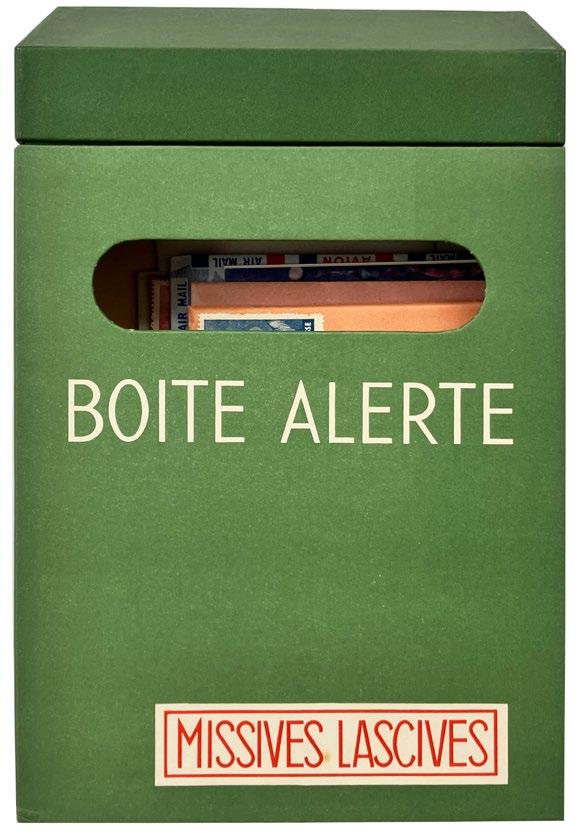

• 9 ‘Missives Lascives’: ‘The Corridor’ by Robert Benayoun (suggestive photographic booklet), Micheline Bounoure’s original symmetrical compositions, Alain Joubert’s ‘La Perle Fine’, Joyce Mansour’s ‘La Pointe’, Octavio Paz’s pseudo-medical account of Edelmira B., André Pieyre de Mandiargues’ ‘La Marée’, Mimi Parent’s black ‘HAUT’ stocking, and envelope with anonymous text ‘Lettres d’un Sadique.’
• Telegram from Marcel Duchamp.
• Seven-inch double-sided vinyl record with readings of two surrealist poems, ‘L’Ivresse Religieuse’ (Religious Intoxication) by Joyce Mansour and ‘La Brebis Galante’ (The Gallant Ewe) by Benjamin Péret.
• 4 original lithographs, each signed and numbered in pencil, by Joan Miró, Max Walter, Svanberg, and Toyen, together with a signed etching by Marechal.
• 6 post cards reproducing Hans Bellmer’s ‘La Poupée’ (1933–37), Salvador Dalí’s ‘Guillaume Tel’ (1930), Arshile Gorky’s ‘The Orator’ (1947), Joan Miró’s ‘Le Piège’ (1924), Max Walter Svanberg’s ‘Bouquet de Lumière et de Crépuscules’ (1958) and Clovis Trouille’s ‘Le Palais des Merveilles’ (1949).
The catalogue of the exhibition at the Daniel Cordier Gallery directed by André Breton and Marcel Duchamp is also included and features texts by Breton, Bellmer, Man Ray, Péret, Arp, Paz, Breton, Benoit, Mansour, Lebel, Carrington, and others.
above: The documents
[20]
Marcel Duchamp & Arturo Schwarz
The Large Glass and Related Works
Milan. Schwarz Gallery. 1967–1968
� A superb copy,
pristine in the original protective wooden shipping boxes,
of Marcel Duchamp’s final, exegetic pronouncement on his ‘most important work’.
2 vols. Folio. (425 × 260 [158 leaves (vol. I) + 100 leaves (vol. II); pp. xiv, 293, (5); viii, 142, (5)].
Half-title, printed title and contents to each vol., vol. I with Schwarz’s dedication to André Breton, quotation by Lewis Carroll and text with 9 original etchings by Duchamp (2 double-page as spreads), vol. II with explanatory note and text with 9 original etchings by Duchamp, final leaves to each vol. with justification and achevé d’imprimer. Loose as issued in original publisher’s white printed paper wrappers, vol. I with white canvas chemise with titles to spine in black and red and clear plexiglass printed slipcase with colour image of ‘The Large Glass’ to front cover, vol. II with orange silk-covered cloth chemise with titles to spine and matching slipcase with printed ‘éros c’est la vie / Rrose Sélavy’ to the front cover, each vol. preservved in the matching original wooden mailing box.
£30,000 mm).
From the edition limited to 150 numbered copies on handmade wove paper with the watermark ‘the large glass’, with each volume signed by Duchamp and Schwarz; 15 hors commerce copies numbered in Roman numerals were also issued.
Marcel Duchamp considered ‘The Large Glass’ to be ‘the most important work I ever made’. A large kinetic structure composed of plate glass and lead wire, Duchamp constructed the work in New York from 1915 to 1923. The SchwarzDuchamp collaboration, resulting in the present work, is based on the notes Duchamp made during construction of the Large Glass. All unpublished notes were recovered by Duchamp in 1964, and from this collection Arturo Schwarz selected the 39 most directly concerned with the Large Glass.
The ‘Large Glass’ was meant to be a mechanically functioning apparatus composed of two principal elements: the Bride (several plates of glass located at top of structure) and the Bachelors (nine moulds).
This copy retains the original wooden mailing crates; as such, the copy is in superb condition and the perspex slipcase for vol. I is unusually well preserved. The crates feature matching numbering to the book, stamp-numbered and in manuscript in pencil to the exteriors.
[Schwarz 643; Schwarz 658].
[21]
Marcel
Duchamp and Man Ray
Combat de Boxe
Paris. Editions de Larcos.
1970
� Copy number 1 of this collaboration between Man Ray and Marcel Duchamp from ‘The Large Glass’: ‘Combat de Boxe’.
Folio. (370 × 520 mm). pp. (5) including wrapper. Leaf with title recto and explanatory text verso (‘combat de boxe / Pied du jongleur de gravité / Vêtement de la mariée’) with colour (blue, green and red) keyed to the graving by Man Ray, the engraving with additional colour, numbered ‘1 / 100’ at lower left and signed at lower right ‘mr ’ in pencil. Original publisher’s printed wrappers with titles in black to front cover, additional original glassine jacket.
£3,500
From the edition limited to 100 numbered copies, this copy numbered ‘1/100’ and signed by Man Ray with his initials in pencil.
‘Combat de Boxe’ is the joint project – a posthumous one in the case of Duchamp who had died in 1968 – of Man Ray and Marcel Duchamp (the drawing by Man Ray is based upon an original idea of Duchamp) and relating to ‘The Large Glass’. The print is presented in a folio with a page of text by Duchamp explaining the codes used for the making of the drawing.
[Schwarz 337 for the photograph of the original drawing ‘Combat de Boxe’; see Schawarz pp. 172–175].
[22]
Marcel Duchamp & Richard Hamilton
The Bride Stripped Bare By Her Bachelors Even Again
Newcastle. The Department of Fine Art, Newcastle University. (1966)
� The important document / artist book detailing Hamilton’s reconstruction of Duchamp’s ‘The Large Glass’, signed by both artists.
4to. (300 × 205 mm).
pp. (32). Illustrated throughout with reproduction photographs printed in black and white, printed endpapers, occasional green tissue guard leaves, colophon page with artist signatures to rear. Original publisher’s suede-backed green printed boards, matching green suede slipcase with brown suede label, title stamped in gilt.
£4,500
From the de luxe edition limited to 25 copies, signed by both Hamilton and Duchamp.
In May 1966, Hamilton reconstructed Duchamp’s ‘The Large Glass’ at the Hatton Gallery in Newcastle, titling the work ‘The Bride Stripped Bare By Her Bachelors Even Again.’ That same year the work was taken south for the Tate Gallery’s Duchamp retrospective, itself curated by Hamilton, further securing the artist’s link with Duchamp and his legacy. It has been suggested that Hamilton viewed himself as Duchamp’s rightful heir, and Duchamp’s involvement (and signature, here), certainly indicates mutual respect; it has also been noted that Duchamp was always interested in the idea of replication.
[23]
Camille Pissarro & Emile Moselly La Charrue d’Erable
Paris. Le Livre Contemporain / Eragny Press. 1912
�One of the finest Eragny Press books – Pissarro’s second commission – here in the original limp apple calf with the additional signed suite on Chine.
8vo. (217 × 152 mm).
[74 leaves including blanks; pp. 105, (iii)]. Half-title with justification verso, printed title with pictorial colour woodcut decoration and 12 hors-texte original colour woodcut plates by Camille Pissarro, 9 colour woodcut head- and tail-pieces and ten-line initials by Lucien Pissarro after Pissarro, monochrome woodcut head-piece to ‘Table des Matières’, colophon leaf with woodcut Eragny Press device to verso. Original publisher’s limp apple calf, gilt title and apple vignette to upper right of front cover, limp pinkish calf doublures with elaborate gilt decorative scheme, suite loose in paper wrapper, later green paper-lined black morocco box by Lobstein with his signature gilt, title gilt to spine.
£25,000
From the edition limited to 116 copies, this copy printed for M. L. Comar; the separate suite of the 43 plates and and headand tail-pieces, loose in a paper wrapper, is on Chine and each is initialled and numbered by Lucien Pissarro in pencil.
The binding for the present copy is in an excellent state of preservation (the paper endpapers are toned as usual from contact with the light pink calf doublures).
‘L’illustration hors texte de ce livre a été spécialement dessinée par Camille Pissarro pour être gravée par son fils Lucien Pissarro lequel, chargé d’orner le texte et désireux d’y maintenir l’unité de décoration, y a, dans ce but, adapté le plus souvent possible des croquis de son père. Toutes les gravures sur bois ont été exécutées par Lucien et Esther Pissarro ...’.
– From the achevé d’imprimer
‘My father Camille Pissarro was always greatly interested in my books. He planned with me a book to deal with country work. For this purpose he designed 12 compositions to be engraved on wood in chiaroscuro. Unfortunately he died before all the blocks were engraved, but he had seen two of them and this gave me the clue to the rest ...’ – Lucien Pissarro
‘Lucien regretted that his father had not lived to see the completion of their project, but he felt that he had been able to complete it as Camille Pissarro would have wished ...’.
– Alan Fern, pg. 68
[Genz EP31; Tomkinson Eragny 31; Ashmolean 47; The Artist and the Book 247]
( 58 )
[24]
Max Ernst & J[ohannes]. T[heodor]. Baargeld, et al. Bulletin D
Cologne. (Für den Inhalt verantwortlich Max Ernst. Köln). 1919
� The first flowering of dada in Cologne:
Max Ernst and Johannes Baargeld’s very rare manifesto / review / catalogue ‘Bulletin D’.
Small folio. (312 × 238 mm). [6 leaves of white glossy paper]. Leaf with drop-head title and text, two leaves with printed text in German within borders, four leaves with monochrome illustration and credit. Original publisher’s thin tan card printed wrappers, stapled as issued, printed title and illustrations in black to front cover, editorial credit to rear, inner front wrapper with quotation, inner rear wrapper with monochrome illustration.
£40,000
‘Bulletin D’, with contributions from Angelika and Heinrich Hoerle, Franz Seiwert, Anton Räderscheidt (and others) was produced by Johannes Theodor Baargeld (the pseudonym of Alfred Grünwald) and Max Ernst and issued to coincide with the Cologne dada exhibition held at the Cologne Society of Artists in November 1919. Given the usual reaction of the establishment to dada it now seems odd, but Karl Nierendorf had given permission for the first exhibition of Cologne dada at the Kunstverein largely due to Ernst’s participation – he showed paintings – at a previous exhibition in May. However, when faced with the actual dada work, Nierendorf withdrew that permission and the work was shown separately. Contributing artists included Hans Arp, Paul Klee (Ernst had been inducted into Zürich dada at Klee’s atelier where he met Hugo Ball and Emmy Hennings), Ernst himself, Baargeld, Heinrich and Angelika Hoerle, Anton Räderscheidt and Franz Wilhelm Seiwert. Seiwert and Hoerle withdrew their work before the exhibition opened because they had come to see that ‘dada was a bourgeois art business’!
As per Ades, ‘they now installed works by Sunday painters and children, and a variety of miscellaneous objects including an umbrella and a piano hammer, wire constructions representing mathematical formulae ... and African sculptures’. Again, as per Ades, ‘Baargeld and Ernst in the true spirit of making the most of such opportunities, turned it into a dada event’. This manifesto / review / catalogue was issued but was confiscated by the British authorities who had oversight of the Rhineland. Although no further issues of ‘Bulletin D’ appeared and no further exhibitions were held, Baargeld and Ernst did form the group ‘Central W/3’ (‘Zentrale Westupiden 3’) with Hans Arp, that led to the review ‘Die Schammade’ and via a further exhibition, ultimately, at least for Arp and Ernst, to Paris dada and Surrealism.
( 60 )
‘Bulletin D ... schlagt das warme Ei aus der Hand! ...’. – From Bulletin D
‘’Bulletin D’ was published to coincide with the first dada exhibition in Cologne ... The cover of ‘Bulletin D’ was designed by Ernst, with collage (a piece of machinery cut from an old print) and drawing; the magazine-catalogue also contained several of the works in the exhibition reproduced in small format in the centre of single pages, and texts by Baargeld, Ernst, Otto Freundlich and Heinrich Hoerle, of the purest dada bombast ... Ernst recalls that Katherine Dreier visited the exhibition, told them of her friend Marcel Duchamp and invited them to send their exhibition to her gallery in New Haven, Connecticut. This was promptly vetoed by the British military authorities, who also confiscated ‘Bulletin D’ ...’. – Dawn Ades
‘Cologne Dada (1919–1922) emerged as a complex double pivot between wartime and postwar Dada with a later turn from Dada to Surrealism. Dada was both stimulated and suppressed by the dire conditions in Cologne under British occupation after the war. Through several publications and two major exhibitions, Cologne Dada evolved an independent and distinctive character best described as parodic and contradictory. The central figure was Max Ernst, an intellectual whose fantastical ideas were inspired by the absurdity of the postwar
era. Ernst’s main collaborator was Alfred Grünwald, whose pseudonym, Johannes Baargeld (Moneybags), reflected the affluence of his father, an insurance director ... The double view of poetic politics surfaced as Bulletin D raged against Berlin Dadaists, and Ernst and Baargeld turned postwar conditions into whimsical fantasies of a mechanized humanity.’ – Tina Yarborough, Cologne Dada
‘Bulletin D’ is, due to the apparent seizure of issues by British authorities, necessarily scarce and we locate only three copies at auction since 1960. ‘Bulletin D’ is also very scarce in institutions and we locate only the following copies: in the US, four copies (at Yale (incomplete), MoMA, Northwestern and the Getty); in Germany, five copies (at the Badisches Landesbibliothek, the Deutsches Literaturarchiv Marbach, the Universitätsbibliothek Kassel, the Wissenschaftliche Stadtbibliothek Mainz and the Universitätsbibliothek Johann Christian Senckenberg in Frankfurt); in France, a copy is held at the Bibliothèque Kandinsky in Paris; we locate no further examples.
The wrappers, a folded leaf of thin printed card, have, in the present copy, split at the spine and the staples have oxidised; the front cover is slightly stained and one staple is absent. Despite this, the copy remains in good condition.
[Bolliger III, 137 (Tzara’s copy); see Ades pg. 110 and pp. 103–104; Le Fonds Paul Destribats 111; see ‘Cologne Dada’ by Tina Yarborough in the Routledge Encyclopedia of Modernism].
( 62 )
[25]
Max Ernst & Paul Eluard
Les Malheurs des Immortels révélés par Paul Eluard et Max Ernst Paris. Librarie Six. 1922
�Iliazd’s presentation copy – with a double presentation from both Max Ernst and Paul Eluard – of the first edition of the seminal collaboration marking the boundary between dada and Surrealism.
4to. (250 × 190 mm).
[22 leaves; pp. 43, (i)].
Half-title with monochrome frontispiece by Ernst verso, printed title and Eluard’s text illustrated with twenty monochrome plates after collages by Ernst, final leaf verso with advertisement and achevé d’imprimer.
Original publisher’s printed wrappers with titles to front cover in black.
£8,500
From the small edition of unknown size on simili-japon with a presentation in black ink in both the hands of Max Ernst and Paul Eluard to the half-title: ‘à / Ilja Zdanévitch / Les malheurs des immortels [printed half-title] / avant et après que je l’ai / connu / Max Ernst / 27. déc. 23 / Paul Eluard / dans la 29e année / de sa vie’.
Iliazd (Ilia Zdanevich or, here, Ilja Zdanévitch, 1894–1975) was a Georgian-born avant-garde Russian Futurist poet and after he emigrated to France in 1921, a publisher, a typographer and the impresario for arguably the most beautiful books made in the twentieth century. After his arrival in Paris, Iliazd moved in determinedly avant-garde circles, participating in, while maintaining a distance from, dada events, publications and manifestations. The presentation from Ernst and Eluard, ‘Les Malheurs des Immortels’ was their second collaboration after ‘Répétitions’ published earlier in the year, is particularly moving as all remained friends throughout all of their lives. Iliazd published his book ‘Un Soupçon’ with verse by Eluard in homage to his deceased friend the poet and with Max Ernst, he made his masterpiece and magnum opus, ‘(65) Maximiliana ou l’Exercise Illégal de l’Astronomie’.
This first edition of 1922 – which was issued in very small numbers – of ‘Les Malheurs des Immortels’ matches Paul Eluard’s prose poems with Max Ernst’s ‘synthetic’ collages. Each poem is faced with one collage. The final leaf verso features an advertisement for Ernst and Eluard’s previous text / collage collaboration ‘Répetitions’ which was published earlier in the same year.
[see ‘De Parallèlement à Chanson Complète’, pp. 167–174].
( 64 )
[26]
Max Ernst & Paul Eluard
Les Malheurs des Immortels révélés par Paul Eluard et Max Ernst Paris. Éditions de la Revue Fontaine. 1945
� An excellent unsophisticated copy from the édition de tête, limited to 10 copies on Madagascar, of the second edition of the seminal collaboration.
8vo. (224 × 164 mm). [24 unnumbered leaves]. Half-title with monochrome frontispiece by Ernst verso, printed title and Eluard’s text illustrated with twenty plates after collages by Ernst, final leaf of text with publisher’s note concerning the first edition verso, leaf with achevé d’imprimer and justification recto, printer’s credit verso. Original publisher’s printed wrappers with titles to front cover and spine in green and black.
£2,500
From the edition limited to 1,860 numbered or lettered copies, with this one of 10 lettered hors commerce copies from the édition de tête on Madagascar.
Reprinted by Henri Parisot from the edition of 1922, which was issued in very small numbers (‘un petit nombre d’exemplaires’ as per the publisher’s note), this second edition reproduces the first exactly adding only a publisher’s explanatory note and a justification. ‘Les Malheurs des Immortels’ matches Paul Eluard’s prose poems with Max Ernst’s ‘synthetic’ collages. Each poem is faced with one collage; the collages are reproduced at two thirds of the size of those in the orignal edition. An English edition was published by the Black Sun Press in New York in 1943 and a German edition in Cologne by Galerie der Spiegel in 1960.
‘Ce livre d’étroite collaboration peintre-poète est un des jalons majeurs du livre au vingtième siècle ... L’importance de ces collages est soulignée par le fait que c’est essentiellement grâce à eux que le groupe surréaliste naissant prit conscience des possibilités plastiques du surréalisme.’ – De Parallèlement à Chanson Complète
( 66 )
[27]
Max Ernst with Kay Boyle & René Crevel, (Trans.)
Mr. Knife, Miss Fork
Paris. The Black Sun Press.
1931
� An excellent copy of the édition de tête of ‘Mr. Knife, Miss Fork’ with Max Ernst’s frottage photograms.
8vo. (184 × 126 mm). [45 leaves: 26 leaves of Hollande + 19 leaves of illustration on photographic paper each with guardleaf; pp. 38, (i), (i)]. Leaf with monochrome photogram frontispiece signed in black ink by Ernst, half-title with Crevel’s signature in blue ink, printed title in red and black with knife and fork vignette and Boyle’s English translation of Crevel’s French text illustrated with 18 hors texte original monochrome full-page photograms by Ernst (in collaboration with Man Ray), each with tissue guard-leaf with printed title in red, leaf with justification, blank leaf and final leaf with list of Black Sun publications; printed text in English with pagination, photogram titles and initials in red throughout. Original blind and gilt-stamped cloth with hand-colouring after a design by Ernst, knife and fork design on spine, black endpapers, t.e.g., black calfbacked felt-lined moiré cloth board chemise with gilt titles to spine & matching slipcase.
£25,000
From the edition limited to 255 stamp-numbered copies, with this one of 50 large paper édition de tête copies on Hollande signed by Crevel on the half-title in blue ink and by Ernst on the frontispiece photogram in black and with the binding hand coloured by Ernst.
The English translation of of the first chapter of René Crevel’s ‘Babylone’, ‘Monsieur Couteau, Mademoiselle Fourchette’, first published by Editions Simon Kra in 1927.
‘Although it is usually said that Ernst collaborated with Man Ray to make ‘photograms’ of his frottages, it is more accurate to call them ‘cliché-verres’ ... Ernst’s rubbings (from the embossed patterns on greetings cards, postcards, bookcovers, etc.) were done on very thin, translucent pieces of paper, which were then used as photographic negatives to make the prints. The white-on-black images do a fine job of representing the dark visions of death and desire that come to the girl in Crevel’s story ...’ . – The Book of 101 Books
‘Buch mit 19 eingehefteten Photogrammen von Frottagen, in Zusammenarbeit mit Man Ray... Die Photogrammen sind Negativkopien von Frottagen …’.
– Werner Spies
[Spies 13, I–XIX; Roth, ‘The Book of 101 Books’ pp. 66–67].
[28]
Max Ernst & Tristan Tzara Où Boivent les Loups
Paris. Editions des Cahiers Libres. 1932
� André Breton’s copy of the rare édition de tête on Japon Nacré with a long presentation from Tzara and Max Ernst’s frontispiece etching in three states.
12mo. (194 × 148 mm). [94 leaves ; pp. 173, (i)].
Half-title with Tzara’s presentation (see below) and ‘Du Même Auteur’ verso, three leaves with the frontispiece etching by Ernst in three states verso (see also below), printed title with copyright verso, two inserted leaves with manuscript by Tzara and Tzara’s verse: ‘Pièges en Herbe’, ‘La Fonte des Ans’, ‘Où Boivent les Loups’ and ‘Le Puisatier des Regards’, three leaves with ‘Table’ and final leaf with justification. Full black crushed morocco by Pierre-Lucien Martin with his signature gilt and dated ‘1955’, front and rear boards and spine with elaborate rules in gilt and blind to form an elaborate parallelogrammatic motif, boards with additional onlays of scarlet and beige calf, title gilt to spine, turn-ins ruled in gilt, japon nacré doublures and endpapers, original printed wrappers with titles in black to front cover and spine and publisher’s vignette to rear cover preserved, original
From the edition limited to 1,010 numbered copies, with this one of 10 from the édition de tête on Japon Nacré, signed by Tzara in blue ink and with Max Ernst’s original etching as frontispiece; Ernst’s etching, here in three states, was issued only with the édition de tête and the three nominatif copies for the author, artist and publisher.
Tzara’s long, affectionate and evocative presentation is in black and blue inks to the half-title: ‘à André Breton [in black ink, the remainder in blue] / tout au long d’une vie et d’une mort corrigées / sans égards pour les écuries des sommeils / dans la solitude dans l’instable souffle des insectes / dans la raréfaction des contrastes / en signe de complicité linéaire / et d’amitié / Tristan Tzara / [with a drawing of a flower] / Oct. ‘34’.
The etching, printed by Roger Lacourière, is present in the final published version (Spies E) on Chine appliqué, without letters on Chine appliqué (Spies D) and with the plate cancelled on Chine (not listed by Spies). The etching is itself of considerable rarity in any state with Spies recording only 16 copies in total, no mention of pulls of the barred plate and with the ‘D’ state known in only a single pull.
Also included, bound in after the title, is Tzara’s original manuscript for ‘et du jour au lendemain’, recto only in blue ink, the eighth poem in four stanzas of ‘La Fonte des Ans’; all of Tzara’s text is printed in lowercase throughout.
The édition de tête of ‘Où Boivent les Loups’ with Max Ernst’s frontispiece, limited to 10 numbered copies as well as those nominatif for the author, artist and publisher, is truly scarce and we can locate only very few extant examples: the present copy with the presentation to Breton (no. 2); a copy described (erroneously?) as Tzara’s copy (number 9) sold in 2006 and in a private collection in Germany; Jacques Matarasso’s copy, bound by Leroux, sold in 1993 (the number is not
( 70 )
known); René Gaffé’s copy in a half-binding by Huser (no. 1); and the editor, René Laporte’s nominatif copy, sold in Paris in 2016. Of these copies, it seems that only the present example and that of Gaffé include Ernst’s frontispiece in three states and only these two, together with that of Laporte, include an envoi from Tzara.
[Spies / Leppien 14; see ‘Biblithèque d’un Grand Amateur Européen’, lot 126; see Bibliothèque Matarasso, Loudmer, 1993, lot 660].
black calf-backed red paper board chemise and matching slipcase.
£55,000
Max Ernst & Benjamin Péret
Je Sublime
Paris. Editions Surréalistes. 30th June 1936
� Maurice Heine’s uncut presentation copy of the collaboration featuring Max Ernst’s colour frottages with Benjamin Péret’s verse.
8vo. (Wrapper size: 148 × 107 mm. Sheet size (max.): 206 × 220 mm.). [28 unnumbered leaves including 4 inserted leaves with Ernst’s frottages: frottage by Ernst; half-title with list of Péret’s publications verso; title, 13 poems by Péret and three additional frottages by Ernst; justification with achevé d’imprimer verso; final blank leaf]. Illustrated with four original colour frottages on cream paper by Max Ernst; sheet size: 143 × 102 mm. Original publisher’s green printed wrappers with duotone title to upper cover.
£35,000
From the edition limited to 241 numbered copies, with this one of 25 hors commerce on ‘le Roy Louis’ teinte Normandie paper with the four original frottages by Max Ernst; 15 édition de tête copies on Japon Impérial also included Ernst’s frottages while a further 200 copies on vergé did not.
Benjamin Péret’s presentation is in black ink to the half-title: ‘A Maurice Heine / qui répand le sang et / le goût du sang comme un / boisson de jasmin / Son ami / Benjamin Péret’.
Maurice Heine (1884–1940), writer and editor, cousin of Heinrich Heine and close to the Surrealists, was known most particularly for his extensive work related to the Marquis de Sade. Heine wrote fifteen studies on de Sade’s work and was the editor and transcriber of the scroll – with de Sade’s minuscule manuscript – of ‘Les 120 Journées de Sodome, ou l’Ecole du Libertinage’ published between 1931 and 1935.
This extremely rare Surrealist collaboration features four original colour frottages, each achieved by hand by Max Ernst to accompany Péret’s thirteen poems. The present copy is notable as it is entirely uncut with the large sheets of the book protruding from the smaller wrappers.
‘Les frottages multicolores de Max Ernst, chacun réalisé à la main par l’artiste avec les couleurs différentes, déploient un imaginaire érotique se développant à l’intérieur d’un crâne ou d’une partie de crâne. Cette technique de frottage en couleurs obtenu à partir d’un bloc gravé fut utilisé par Max Ernst la même année pour le frontispiece du tirage à part de ‘Minotaure’ du texte d’André Breton ‘Le Château étoilé’.’
– De Parallèlement a Chanson Complète, pg. 385
‘Buch mit vier eingehefteten farbigen Frottagen in der Vorzusausgabe. Die Anzahl der Farben variiert innerhalb der Auflage.’ – Werner Spies
[30]
Max Ernst & Yves Tanguy & Joan Miro, with Tristan Tzara L’Antitête - Monsieur AA l’Antiphilosophe. Eaux-fortes par Max Ernst - Minuits pour Géants. Eaux-fortes par Yves Tanguy - Le Désespéranto. Eaux-fortes par Joan Miro. Paris. Bordas Editeur. 1949
� An excellent copy, completely unsophisticated as issued, of the second edition (the first in this form and with these illustrations) of Tristan Tzara’s triple anthology of works.
3 vols. 12mo. (142 × 118 [86 leaves; 52 leaves; 70 leaves; pp. 172, (i); 103, (i); 137, (i), (i)]. Half-titles with justifications verso, titles with copyright verso, Tzara’s texts and the following illustration: 8 original colour etchings by Max Ernst for vol. I (Monsieur AA, l’Antiphilosophe), 7 original colour etchings with aquatint by Yves Tanguy for vol. II (Minuit pour Géants), 8 original colour etchings with additional pochoir by Joan Miró for vol. III (Le Désespéranto), all printed by Lacourière, final leaves to each vol. with ‘Table’, final leaf to final vol. with achevé d’imprimer. Stitched as issued in original publisher’s printed paper wrappers with Yapp edges, title to spine and contributors to each vol. to front cover in black, additional vellum jacket with title to front cover and vol. number to spine for each vol. in argent, black card board slipcase.
£22,500 mm).
From the edition limited to 200 copies, with this one of 169 copies on Auvergne with each volume signed by Tzara and the relevant artist in the relevant volume.
‘By reading L’Antitête, which brings together, in book form, three anthologies written between 1916 and 1932, one can follow the development of Tzara. ‘Monsieur AA l’Antiphilosophe’ consists of texts written in the Dadaist manner. Tzara has dropped the consonants of ‘Dada’ and now one finds M[onsieur]. AA attacking not only the metaphysical systems intending to explain everything from A to Z, but also language itself ... The second part of L’Antitête, ‘Minuits pour Géants’, makes the transition between Dadaist destruction and the free inspiration of Surrealism. In the third part, Tzara proposes a new language, ‘Le Désésperanto’, which would be capable of expressing the automatism of thought which reveals the subconscious in all its forms; now anxiety, even despair, characterize the collective images of the unconscious.’ – Patrick Cramer, Picasso Illustrated Books, (pg. 66, discussing the first edition of 1933).

[Berggruen 33; Spies-Leppien 27/F (Ernst); Wittrock 17, A – C (Tanguy); Wember XII (Miró); see Cramer 20].
[31]
Max Ernst & Ilia Zdanevich
L’Art de Voir de Guillaume Tempel
Paris. Iliazd. 1964, 21 avril
� A very fine copy in the original printed envelope of the very scarce Iliazd and Ernst collaboration to mark the publication of ‘Maximiliana’.
2 vols. Tall 8vo. (316 × 125 mm). [10 unnumbered leaves from 5 bifolia of japon ancien; 14 unnumbered leaves from 7 bifolia of glossy paper]. Original etching with aquatint by Max Ernst, signed in pencil at lower right (sheet size: 310 × 106 mm; image size: 201 × 54 mm); the accompanying booklet, in matching format on glossy white paper features 12 reproductions of monochrome photographs. Original publisher’s grey / green wrappers with printed vignette in black to front covers and white glossy wrappers with title to front cover in black, loose in original publisher’s envelope with matching vignette and numbered at upper right in pencil in Iliazd’s hand as per the book.
£4,500
From the edition limited to 70 copies on japon ancien numbered and signed by Iliazd in pencil and with Ernst’s signed etching. This copy also includes the original invitation – a sheet of red card (303 × 102 mm) with printed text in black, the typography by Iliazd, recto only – to the vernissage of the exhibition of the collaboration between Iliazd and Ernst ‘Au Point Cardinal’ in rue Jacob, ‘le Mercredi 29 Avril’, 1964.
‘L’art de voir de Guillaume Tempel’, was published to coincide with the exhibition of the text and etchings for Iliazd and Ernst’s forthcoming collaboration ‘Maximiliana, ou l’exercise illégal de l’astronomie’, held at ‘Point Cardinal’, 3 rue Jacob in Paris, from 29 April – 30 May, 1964. Both works were inspired by the work of the self-taught astronomer, poet and lithographer Wilhelm Lebrecht Tempel (1821–1889) who had discovered the asteroid ‘Maximiliana’ (later ‘Cybèle’) on 8 March, 1861. Iliazd had made his own discovery – Tempel’s poems, notes, drawings and lithograph charts – and proposed the book which Max Ernst regarded ultimately as his masterpiece. The additional booklet, on glossy paper, presents a time-line of Tempel’s life and discoveries with quotations from his letters.
[Spies 96B; I Libri di Iliazd 26; see Isselbacher 4].
[32]
Hans-Peter Feldmann Pornofotos. (Pornographic Photographs) Hilden, Germany. (By the artist). 1975
� The complete series of Feldmann’s very scarce ‘Pornofotos’.
Folio. (297 × 210 mm).
Leaf of cream wove writing paper with vertical and horizontal folds, Feldmann’s name printed at upper left and address and date at upper right, mimeograph typescript text in German, Italian, English and French recto and verso and 12 original colour photographs (each 88 × 130 mm or the reverse) showing Feldmann engaged in explicit acts with two women. Loose as issued.
£7,500
From the edition limited to 50 copies (see ‘Das Museum im Kopf’); other sources suggest as few as 15 examples.
These 12 original photographs, the red / orange colour palette dating them immediately to the 1970s, depict Feldmann with two women in explicit sexual scenarios. The majority of images depict the protagonists intent and distracted, however two feature some or all of them engaging the camera directly and in one all sport broad grins. The action is staged deliberately, the intention for distribution clear, and Feldmann mailed a number of examples to friends and colleagues in the art world. As a series, the photographs make reference to Feldmann’s ‘Bilder’ books but also the ‘lettre ouverte’ formula used by Feldmann himself (he sent fictitious letters to fictitious people) and Marcel Broodthaers.
Feldmann’s intention is outlined in the text – written in the form of a letter from Feldmann – that accompanies the photographs: ‘On the enclosed photos I can be seen as a porno-model. The / following considerations led me to those activities and their / publication: I am ashamed to display my sexual practices in / public, and even with overaccentuation for more clarity. Never- / theless I don’t feel ashamed over the same sexual practices / within the usual private, not public surroundings. In this / sense I participate with the majority of all fellow beings. / Notwithstanding, there are other things done in public, / where the majority do not feel ashamed, things which are highly / esteemed or at least approved, although these things are really / sickening and there true disgust, should be brought to the fore-front.’
‘Pornofotos’ is scarce and we can locate a single example, in a private collection in the US.
[see Das Museum im Kopf, Katalog / Projekte, pg. 155]
( 78 )
[33]
Sam Francis & Kathleen Fraser Boundayr
Santa Monica. The Lapis Press. 1988
� A beautiful Sam Francis illustrated book published by his own Lapis Press.
Folio. (398 × 288 mm). [18 unnumbered leaves]. Title, Kathleen Fraser’s verse iIllustrated with six original colour aquatints by Sam Francis and justification. Original publisher’s wrappers with title in blind to front cover, original publisher’s blue cloth box.
£8,500
From the edition limited to 35 copies signed in pencil by the artist and author.
‘This book was designed and printed at the Lapis Press in Santa Monica, California by Lee Ferriss, Jaime Robles and Jack W. Stauffacher. The text was handset in Spectrum, a type designed by Jan Van Krimpen. The aquatints were printed by Jacob Samuel at the Litho Shop Inc. Bound by Klaus-Ullrich S. Rötzscher.’– From the justification
[34]
Gustave Geffroy
�
Jean Ajalbert’s set presented to him by the author Gustave Geffroy.
8 vols. 8vo. (180 × 118 pp. xvi, 375; 396; xx, 395; xviii, 334; 408; 462; 368; 483. Original etched frontispiece to each volume by Carrière, Rodin, Renoir, Raffaelli, Fantin-Latour (lithograph on chine), Pissarro, Vierge, and Willette. Contemporary green cloth-backed marbled boards (vols. 1–7), leather labels with gilt titles and volume nos. to spines, original publisher’s printed wrappers with titles to front covers in red and black, publisher’s advertisements to rear, uncut, vol. 8 in original publisher’s printed wrappers as issued.
£5,500
La Vie Artistique. Préface d’Edmond de Goncourt Paris. Dentu (after 1897, Floury). 1892 – 1903 mm).
Geffroy’s evocative presentations, evidence for his profound friendship and respect for Ajalbert, differ in each volume (save those for the final three which match) although the sentiments are similar. The most effusive appear in the first two volumes:
I - ‘A mon cher Jean Ajalbert / poète de mon esprit et ami de / mon coeur / Gustave Geffroy’;
II - ‘A mon cher p’tit, le doux (?) poète / et violent avocat: Jean Ajalbert / de tout mon coeur d’ami / Gustave Geffroy’;
The first volume includes a letter from Geffroy, a bifolium of smooth paper (138 × 108 mm) with manuscript text recto and verso, addressed to Ajalbert and his son. Among other details is news of Geffroy’s health (‘Ma santé continue à se lézarder. J’entends distinctement les craquements.’) and of the death of Eugène Carrière in agony (‘ ... une des plus tristes choses, la plus triste même, la plus sinistre, de ma vie ...’). As for the presentations in the volumes, Geffroy ends familiarly and affectionately ‘affectueusement à toi et ton gosse’, addressing Ajalbert in his ‘Auvergne de neige’.
Jean Ajalbert was a poet, author and journalist publishing in the ‘Revue Independante’, ‘La Pleiade’, ‘L’Humanité’ and was a major contributor to the Dreyfusard press. The front pastedowns of the volumes feature Ajalbert’s circular woodcut bookplate with his initials flanking an image of Mount Fuji and initialled ‘MB’.
La Vie Artistique was one of the most influential of the late-nineteenth century art periodicals. Geffroy was a friend and one of the earliest supporters of the Impressionists. He was a founding member of the Academie Goncourt and was, in Edmond de Goncourt’s words, ‘dispensateur d’une culture nouvelle.’ The testaments he published on Impressionism constitute one of the major sources of the history of art of the period.
( 82 )
[35]
Alberto
Giacometti & Michel Leiris Vivantes Cendres, Innommées
�
A beautiful copy, as issued, of Giacometti’s collaboration with his friend Michel Leiris.
Small folio. (330 × 254 [18 bifolia; pp. 58, (ii), (i)].
Paris. Jean Hugues. 1961 mm).
Half-title, original etched frontispiece portrait of Leiris by Giacometti, printed title and Leiris’ verse illustrated with 12 original etchings by Giacometti, final leaf with justification; sheet size: 325 × 250 mm. Loose as issued in original publisher’s printed wrappers with titles to front cover in black, patterned cloth-covered chemise with title to spine in black and matching slipcase.
£12,500
From the edition limited to 100 numbered copies on vélin de Rives, with this one of 90 numbered in Arabic numerals, signed in pencil by Giacometti and Leiris and numbered and initalled by the publisher Jean Hugues.
The critic, ethnographer and Surrealist poet Michel Leiris (1901–1990) wrote the first critical text regarding the then unknown Giacometti in ‘Documents’ in 1929. The two remained friends throughout the turbulent years of Surrealism and war until Giacometti’s death in 1966. ‘Vivantes Cendres, Innommées’, in which Giacometti illustrates Leiris’ verse, is the only illustrated book on which the two friends collaborated.
‘It was said that Giacometti was never completely at ease with the medium of intaglio printmaking, but one would never know that from the confidence and artistry displayed in these thirteen etchings. Giacometti’s genius lay in his ability to reduce his subject to the lines of artistic necessity, leaving nothing in excess. Like twisted wire filling a void, his line is thin yet strong, calligraphic yet descriptive.’ – Logan Collection
[Lust 108–120; Logan 225].
[36]
Alberto Giacometti & Marcel Duchamp with Robert Lebel
� Robert Lebel’s dual novel and autobiography with Marcel Duchamp’s signed multiple, Giacometti’s signed diptych and the additional signed suite of his etchings.
Square 4to. (288 × 234 [20 bifolia: 40 leaves + ‘diptyque’ + multiple + suite; pp. 79, (i)]. Half-title with copyright verso, printed title with ‘A Souvenir d’Armand de la Beaumelle’ verso and Lebel’s text of ‘La Double Vue’, section title ‘L’Inventeur du Temps Gratuit’ and Lebel’s text, final leaf with justification and achevé d’imprimer; also included, hors commerce, is the double-page original etching by Giacometti (‘diptyque gravé à l’eau-forte’), Marcel Duchamp’s original signed paper multiple (‘La Pendule à Profil’) and a suite of six additional original etchings by Giacometti, each signed in pencil. Loose as issued in original publisher’s black paper wrappers with gold triangular cut-out vignette with title in black to front wrapper and silver circular cut-out vignette with second title to rear wrapper, Giacometti’s signed diptych within blue printed boards and suite in white printed wrapper,
La Double Vue / L’Inventeur du Temps Gratuit Paris. Le Soleil Noir. 1964 mm).
From the edition limited to 126 numbered copies on vélin cuve BFK Rives with an original double page etching by Giacometti (signed on the cover as usual) and Marcel Duchamp’s original signed multiple, this hors commerce copy with the additional suite of 6 smaller etchings, all signed by Giacometti; a further 150 ‘Club’ copies were issued with an etching by Ferró as well as 1,200 copies with reproductions.
This is one of the 15 ‘hors commerce’ examples with 6 additional prints signed by Giacometti (as with copy no. 1); the remaining examples of the édition de tête, i.e. nos. 2–11, included only an additional 3 signed etchings by Giacometti. The justification, Giacometti’s ‘diptyque’, the additional suite (and its wrapper) together with Duchamp’s multiple are all designated ‘H[ors]. C[ommerce]. C’ in pencil.
‘In addition, there are 15 copies hors commerce designated HC / A to HC / O, with the suite of 6 smaller etchings, all signed.’ – Herbert Lust
‘Clock in Profile (1964) is a pliage of stiff paper with a central circle that can be folded so that the piece can stand upright. It was intended to be incorporated into the numbered edition of Robert Lebel’s book La Double Vue Suivi de l’Inventeur du Temps Gratuit. Duchamp’s three-dimensional materialization of the concept of l’Inventeur du Temps Gratuit (‘The Inventor of Free Time’) is described in Note 73 of the Notes and Projects: ‘The Clock in Profile. / and the Inspector of Space’. The title of Lebel’s book plays on the assonance of vue (vision) and vie (life) ... Lebel, an intimate friend of Duchamp’s and author of the first pioneering monograph on the artist, had published an imaginary biographical sketch of Duchamp, ‘l’Inventeur du Temps Gratuit’ in 1957. This, plus an equally imaginary autobiographical novel, became La Double Vue ... Lebel’s and Duchamp’s conception of time seems to share the most ancient and universal desire of the alchemist (and of man), for the mastery of time implies the possibility of remaining eternally young.’ – Arturo Schwarz, The Complete Works of Marcel Duchamp [Schwarz 612; Lust 177 –183].
original publisher’s blue paper board chemise with black label to spine with title in blue and matching slipcase.
£50,000
[37]
Gilbert & George
The Words of the Sculptors Gilbert and George London. Art for All. (1970)
�
The very rare discrete portfolio edition published the year after the appearance of their first ‘magazine sculpture.’
Folio. (291 × 203 mm). [4 leaves]. Each leaf with letterpress text and central monochrome portrait vignette of either Gilbert (sheets ‘one’ and ‘three’) or George (sheets ‘two’ and ‘four’), the sheets numbered at upper right and with G. and G. crest at head and imprint at foot and with legend beneath each vignette, all recto only; sheet size: 255 × 165 mm. Loose as issued in original card folder with interior tissue flaps, printed titles and vignette in black and artists’ signatures to front cover, justification to rear.
£10,000
From the edition limited to 35 numbered copies, signed by the artists to the front cover in sepia ink and numbered to the rear.
‘The Words of the Sculptors Gilbert & George’ was presented as their first ‘magazine sculpture’ (four were to follow) on four pages (pp. 43–47) of the Autumn 1969 issue of ‘Jam Magazine’. Each page was numbered at upper right and presented a vignette portrait of either Gilbert or George above an apparently sincere and straight forward statement; the ‘Art for All’ imprint was at the foot of each sheet and the G. & G. with arms banner at the head.
The sheets with their texts and vignette photographs are as follows:
i. (photograph of Gilbert) - ‘We would honestly like to / say how happy we are / to be sculptors.’
ii. (photograph of George) - ‘It is our intention to bring to / everyone a realisation of the / beauty and necessity of our sculpture.’
iii. ‘(photograph of Gilbert) - ‘It is important for new sculptors to / come to terms with the modern / limitations of sculpture, apparent / only through the feeling of the eye.’
iv. (photograph of George) - ‘With the tears streaming down our / faces we appeal to you to rejoice / in the life of the world of art.’
‘The Words of the Sculptors Gilbert and George’ is rare and we can trace only two copies in the US, at MoMA (possibly lacking the original wrapper) and the Getty, and a further copy at the Groninger Museum, Groningen.
[see ‘Gilbert & George’s Art Titles 1969–2010 in Chronological Order’ pg. 2, LE (Limited Edition), see also pg. 1, MS (Magazine Sculpture); see ‘The Words of Gilbert & George’ pp. 12 & 305].
( 88 )
[38]
Natalia Goncharova & Mikhail Larionov L’Art Décoratif Théatral Moderne
Paris.
Edition ‘La Cible’. 1919
� The scarce publication reproducing Goncharova and Larionov’s works for the avant-garde stage, an exceptional copy that includes the two very rare additional colour pochoir plates by Larionov.
Folio. (498 × 362 mm).
[6 bifolia: 12 leaves + 14 leaves of plates; pp. 18]. Leaf with justification, leaf with title with circular pochoir publisher’s colour vignette (by Larionov), copyright verso, 6 leaves with Valentin Parnack’s analysis with 8 tipped-in illustrations on glossy paper (6 in colour), leaf with list of plates, leaf with list of text illustrations and 14 hors-texte plates: 6 pochoir colour plates (2 by Goncharova and 4 by Larionov) and 8 colour plates (listed as ‘Gravures’), 3 tipped-in; sheet size: 500 × 360 mm or the reverse. Loose as issued in original publisher’s printed paper portfolio with flaps, front cover with title and large vignette in black by Larionov, one cloth tie.
£32,500
From the edition limited to 515 copies, with this one of 100 large paper subscriber copies signed by Goncharova and Larionov and numbered in ink and including the very scarce two additional prints.
The two additional prints, each a vibrant reproduction of a work by Larionov in pochoir, are on a thick and fibrous, tan / yellow handmade paper of larger size than the wrappers for the book (512 × 330 mm / 510 × 340 mm); these two pochoirs are very uncommon and it is rare to find them included with the portfolio.
Goncharova and Larionov are credited with bringing cubism to the theatre, Goncharova with the ‘Coq d’Or’ of 1914 and Larionov with ‘Les Contes Russes’ in 1915. This impressive portfolio was published for Larionov and Goncharova’s large exhibition of their theatrical work, held at the Galerie Barbazanges to celebrate their arrival in Paris. It comprises a series of pochoirs and prints of several of the designs on display. Valentin Parnack’s essay discusses Larionov’s theories about dance and theatre, and singles out the artist as the initiator of new types of choreography, including dances based on free movements, types of gait, animal movements, mechanical dance, and social dance related to work.
‘Entre les nouvelles formes que le vingtième siècle a données aux arts, l’expression nouvelle de l’art décoratif fut trouvée par la génie de deux peintres - Larionow et Gontcharova.’
– Valentin Parnak
[see lot 190 in the sale ‘Une Bibliothèque de Connaisseur’, Guy Loudmer, Paris, December 1989].
( 90 )
[39] Elena Guro
Matyushin. Osennyi son’. P’esa v chetyrekh kartinakh.
(Autumnal Dream: A Play in Four Acts)
St Petersburg. N. I. Butkovskaia. 1912
� An excellent copy, unsophisticated in the original wrappers, of one of the rarest books by Elena Guro, her enigmatic second publication, ‘Autumnal Dream’.
8vo. (195 × 130 mm).
[37 leaves including inserted leaves of glossy and thick blue / grey paper; pp. 57 (+ 6)]. With 5 plates (2 portraits by Guro reproduced in black and white, and 3 colour reproductions of her paintings tipped-in on various paper stock); one leaf with music by Matyushin printed to rear. Original publisher’s wrappers with Yapp edges, titles in blue and illustrations by Matyushin in yellow to covers and spine.
£4,500
From the edition limited to 500 copies. Elena Guro and Mikhail Matyushin (m. 1906), were key members of the Russian Futurist group The Union of Youth. Guro, sixteen years younger, significantly changed Matyushin’s view of art and society and together they were influential in the burgeoning Cubo-Futurist movement. Matyushin was also a professional musician, and the inclusion of a leaf of his music, written for one of the texts in the book, is particularly touching. In 1912 Guro was suffering from leukemia and writing on the subject of her dead and ‘unforgettable son’, who is the subject of the present work, and to whom the book is dedicated. The couple did not have children and Guro’s fantastical subject matter continues to intrigue those familiar with her work. The present book is atypical in the context of Russian avant-garde publications, its typesetting, word-image combinations and subtle illustrated wrappers by Matyushin revealing a sensitivity more in keeping with Russian symbolism, which dominated the beginning of Guro’s artistic career. This could, in part, be in keeping with the sad and otherwordly subject matter of the author’s (imagined) dead son. In 1910, Guro and Matyushin were both involved in the publication ‘A Trap for Judges,’ printed on wallpaper and typeset in a way much more common to Russian Futurist publications.
[Rowell and Wye 8].
( 92 )
[40]
Wassily Kandinsky & René Char Le Marteau sans Maître Paris. Editions Surréalistes. 1934
� The édition de tête of the first edition of René Char’s collection with Wassily Kandinsky’s original frontispiece etching and bound by Georges Leroux.
8vo. (192 × 146 mm).
pp. 142, (i). Leaf with halftitle recto and ‘Du Même Auteur’ verso, leaf with Kandinsky’s dry point engraving as frontispiece verso, printed title in red and black with copyright verso, Char’s verse, two leaves with ‘Table’ and final leaf with justification and achevé d’imprimer recto. Full black crushed morocco by Georges Leroux with his signature gilt, boards with abstract geometric rules in gilt and green and outlined parallelograms, several with inlaid café crème calf, smooth spine with gilt titles, café crème calf doublures, bright green brushed suede free endpapers, original publisher’s printed wrappers in black and red and backstrip with titles in black preserved, a.e.g., black morocco-edged green paper-covered board slipcase with additional signature at foot.
£27,500
From the édition de tête limited to 20 numbered copies on papier de Hollande van Gelder with Kandinsky’s original dry point engraving as frontispiece; 500 copies on Alfa mousse were also issued without Kandinsky’s engraving.
Kandinsky’s untitled etching was followed by only two further etchings, those for ‘La Main Passe’ (1934) and ‘Fraternity’ (1939), before Kandinsky’s death in 1944. Picasso was a profound admirer of Char and of the work, which collected all of Char’s poems published after 1927, and submitted an etching for the second edition – printed in a very similar format to this edition – published again by José Corti’s Editions Surréalistes, in 1945. A third illustrated edition was also published, illustrated by Joan Miró, in 1976. This first edition, in this issue of 20 copies, is the rarest of the editions; Picasso’s etching was issued in 25 copies while the third illustrated version with Miró’s etchings was an edition of 215 copies, 50 with an additional suite.
‘Le Marteaus sans Maître’ includes ‘Abondance Viendra’, ‘Poèmes Militants’ (it appeared here for the first time), ‘Arsenal’ (corrected and with four new poems), ‘Artine’ and ‘L’Action de la Justice est Eteinte’. In the present copy, the poems ‘Sosie’ and ‘Détachement’ feature corrections by Char in green ink: the last line of ‘Sosie’ is amended to read: ‘Je ne vais pas au bout de ta pauvreté’ for ‘tes misères’, a change reflected in the subsequent editions. The first line of ‘Détachement’ (‘La fleur du pissenlit a perdu son identité’) is crossed through and Char has drawn an arrow to it from a note beneath: ‘Ce vers ricanait qu’il meurs / comme tant ce fin ricane. / R. C.’ ‘Détachement’ was renamed ‘Dentelée’ for subsequent editions but was altered considerably by Char and the first line here was removed entirely.
‘Des trois éditions illustrées du ‘Marteau sans Maître’, celle-ci (la première) est la plus rare ... Dans une lettre à Char du
( 94 )
28.11.1933, Kandinsky accepte la demande de fournir une gravure pour son livre, bien qu’il ne connaisse pas l’auteur. Avec ‘La Main Passe’ de Tzara, c’est le seul ouvrage poétique illustré par Kandinsky [sic] ...’. – De Parallèlement à Chanson Complète [Roethel 199; see ‘De Parallèlement à Chanson Complète’ pp. 357–364; see lot 100 ‘Bibliothèque François Ragazzoni Seconde Partie: Editions Originales’, Paris, 13 / 14 May, 2003].
[41]
Jean-Emile Laboureur & Remy de Gourmont Couleurs. Contes avec des Gravures de J.-E. Laboureur Paris. Camille Bloch, Editeur. 1929
� The unique nominatif copy on papier Impérial du Japon, printed for the publisher Camille Bloch with all of Laboureur’s original drawings for the book and a wealth of additional material.
2 vols. 8vo. (240 × 168 mm). pp. 231. Printed title with ‘Couleurs’ in burgundy and engraved vignette by Laboureur, de Gourmont’s introduction and thirteen tales, each titled with a different colour with matching four-line initial, full-page colour etching as frontispiece and etched head-piece, 9 tail-pieces are also included, ‘Table’ and final leaf with three-line initial in red, achevé d’imprimer and justification; 36 original etchings by Laboureur including the vignette for the title. Together with a separate volume with suites, proofs and Laboureur’s original drawings. Full polished rose calf by Mercher with his signature gilt and dated 1970, oval excisions from front and rear boards with inset panels of clear plexiglas to show the colour decor to free endpapers, smooth spine with gilt title, doublures of argent silk, original cream printed patterned-paper wrappers and backstrip preserved, a.e.g., matching rose calf-backed wooden board
From the edition limited to 335 copies (including 25 hors commerce lettered copies for the collaborators), with this unique nominatif copy aside for the publisher with the printed text ‘exemplaire c. b. / imprimé pour monsieur camille bloch’ to the justification; as for the copies of the édition de tête numbered in Roman numerals, this copy is printed on papier Impérial du Japon.
Remy de Gourmont’s compendium of texts, each of the twelve tales and one drama is titled with, inspired by or reflects upon a specific colour and opens with a relevant quotation, from Van Gogh (‘Jaune’), Baudelaire (’Noir’), Mallarmé (‘Blanc’) and so on. Each of de Gourmont’s texts are also the subject of a full-page colour etching, a colour initial to match the titles and a head-piece (several tail-pieces feature too) by Jean-Emile Laboureur. In a separate volume are gathered all
( 96 )
of Laboureur’s drawings for the book, those for the full-page plates are signed by Laboureur, an extensive series of suites of the plates that include proofs and trials, many signed by Laboureur or the printer and a letter from Laboureur to Bloch detailing his ideas for the initials and typography.
‘Le rythme donne de la beauté à la pauvre ballerine qui ne semble drapée que de sa chemise. Qu’il en donne un peu à ces femmes qui, en leurs rapides aventures, dansent trop follement peut-étre, chacune dans un des rayons de la lumière décomposée par le prisme naïf de leur désir.’ – Remy de Gourmont
The additional material includes 48 original drawings, thirteen signed by Laboureur in pencil, 72 proofs and states of the full-page plates and 66 proofs and states of the head- and tail-pieces together with 3 of the title vignette.
In general terms, the additional material gathered in the second volume follows the sceme of the book although all of Laboureur’s signed original drawings for the full-page plates (13 of them) and the printed suites and proofs of them are presented in colour order first; the drawings for head- and tail-pieces (22) and initials (13) follow with their printed proof versions also in colour order.
Please contact us for the full list of additional material.
chemise and matching slipcase, the drawings and suites in matching rose calf-backed white paper boards, a.e.g., matching slipcase.
provenance:
The publisher’s nominatif copy with ‘imprimé pour monsieur camille bloch to the justification; Raphael Esmerian with his bookplate; Marcel Lecomte with his bookplate].
£17,500
[42]
Fernand Leger & André Frénaud Source Entière
Paris. Seghers. 1952
� The rarest of Fernand Léger’s illustrated books.
Small folio. (270 × 222 mm). [31 doubled leaves].
Half-title with justification verso, printed title with large lithograph vignette, leaf with dedication ‘A Christiane’ and Frénaud’s verse illustrated with four original colour lithographs by Fernand Léger printed on vélin d’Annan, each initialled by Leger in the stone, leaf with ‘Table’ and final leaf with achevé d’imprimer. Original publisher’s red printed wrappers, stitched as issued with black thread in the Japanese style, black cloth-backed red board chemise with title to spine in red and matching slipcase.
£15,000
From the edition limited to 25 numbered copies on Chine (as well as three additional lettered copies) signed in blue ink by Léger and Frénaud, with the colour lithographs printed on vélin d’Annan.
Although five colour lithographs are announced on the title (‘avec cinq lithographies originales en couleurs’), as Saphire makes clear, only four colour lithographs are included in the text; the fifth lithograph is the vignette on the title printed in black.
[Saphire 121–125].
[43]
Louis Marcoussis & Paul Claudel L’Otage. Drame
Paris. éditions de la Nouvelle Revue Française. 1911
� Louis Marcoussis’s copy with his original signed Cubist gouache covering the wrappers.
8vo. (192 × 140 mm). pp. 205. Contemporary green morocco-backed marbled boards, title gilt to spine, marbled endpapers, original wrappers and backstrip with Marcoussis’ signed gouache painting preserved, t.e.g.
£17,500
Marcoussis’ original gouache covers the entirety of the original wrappers: the front cover, spine and rear wrapper, and is signed by him (‘L. Marcoussis’) on the front wrapper at lower left. The composition, in typically Marcoussian Cubist-style, is executed in terracotta, pale pink, cream, white and ochre gouache over pencil and incorporates the original printed text of the wrapper; the book also features Marcoussis’ ownership signature in blue ink to the initial blank.
The catalogue ‘de Parallèlement à Chanson Complète’ (2005) features a similar work by Marcoussis, the painted box for a copy of Marcoussis’ ‘Eaux-Fortes pour Alcools de Guillaume Apollinaire’ (Paris, 1934). That work consisted of a gouache painting by Marcoussis for the front cover only of the protective box for the book, also in a typically Marcoussian Cubist style, and was presented by Marcoussis to André Breton (‘L’emboîtage fut peint en 1934–1935 par Marcoussis pour André Breton ...’). Breton’s copy with the painted box was sold at Christie’s Paris in 2006.
Claudel’s ‘L’Otage’, written in 1908–1910, was the first book to be published by the publisher nrf (‘éditions de la Nouvelle Revue Française’). The first play of his dramatic historic trilogy, ‘La Trilogie des Coûfontaine’ (the remaining two parts are ‘Le Pain Dur’ of 1913–1914 and ‘Le Père Humilié’ of 1915–1916), ‘L’Otage’ was first performed at London’s Scala Theatre and had its Parisian debut in 1914 at the Théâtre du Vieux-Colombier; ‘L’Otage’ is the most performed of Claudel’s trilogy. [see ‘Parallèlement à Chanson Complète’ pp. 349–352].
( 100 )
Charles Martin & Prosper Mérimée Carmen Paris. Editions de la Roseraie. 1926
�
Charles Martin’s illustrations for Mérimée’s
‘Carmen’ in a beautiful
painted binding.
4to. (255 × 205 mm).
pp. 143. Engraved frontispiece, decorative printed title with colour vignette 5 engraved plates (each in two states) and 34 etched vignettes, 28 in colour by Charles Martin; a separate suite of all the vignettes with additional title is bound in at the rear of the volume, the final illustration in the suite is present in the suite alone. Full vellum with Yapp edges, the binding painted by Martin and signed in ink at lower left, original silver printed wrappers and backstrip preserved, grey silk moiré doublures, marbled endpapers, t.e.g., polished paper chemise with gilt title and matching woollined slipcase.
£9,500
From the edition limited to 176 numbered copies, with this one of 150 on vélin de Rives teinté and with an extra suite of the plates printed in black.
Martin’s painted binding, signed on the front cover at lower left and executed in black ink with additional highlights in gilt and colour depicts (for the front board) a man and a woman, the man with a gold earring and a cigarette between his lips, the woman – it seems likely that this is a portrait of Carmen herself – with elaborate coiffure and a green leaf between her stylised lips, her elaborate mantilla picked out in gilt; the rear cover depicts a landscape with mounted caballero and a hacienda with a cloud in outline behind; the spine features the title in magenta ink and a small vignette at the foot.
[45]
André Masson & Michel Leiris Simulacre. Poèmes et Lithographies
� Albert Skira’s copy of Michel Leiris’ first book of poems illustrated by his friend André Masson.
Small 4to. (252 × 198 [18 unnumbered leaves].
Paris. Editions de la Galerie Simon (Kahnweiler). 1925 mm).
Half-title with quote from Raymond Lulle verso, printed title in red and black with the woodcut vignette designed by Derain, 13 leaves with 7 poems by Leiris illustrated with 6 original monochrome lithographs by André Masson, final leaf with justification and achevé d’imprimer.
Original publisher’s printed wrappers with Masson’s pictorial lithograph title to front cover, later black cloth chemise and box.
£7,500
From the edition limited to 112 numbered copies signed by the author and artist, with this one of 90 on ‘papier vergé des Manufactures d’Arches’ and with presentations in blue ink from artist and author: ‘Vis à vis, du vieux Pont-Neuf / j’ai retrouvé mon ami Albert / Skira, qui je porte comme le / susdit Pont. / Bien amicalement à toi / André Masson’ and ‘Ta mine du minotaure, / l’habit du labyrinthe / et l’Albert à Skira. / Avec l’amitié de / Michel Leiris’.
‘Michel Leiris rencontra Masson en 1922. De cinq ans son cadet, il allait devenir l’un de ses amis les plus proches ... Toujours modeste, Leiris collabora plus d’une fois avec Masson sur le plan littéraire et fut un ardent défenseur de l’oeuvre de son ami ... Simulacre a été le premier livre de poésie de Leiris, publié par le marchand de Masson Kahnweiler.’ – Patrick Cramer
[Cramer 2].
André Masson
&
[46]
Marcel Jouhandeau Ximenès Malinjoude
Paris. Editions de la Galérie Simon (Kahnweiler). 1927, 25th May
� A very fine presentation copy of this scarce collaboration between Masson and his friend Jouhandeau.
8vo. (174 × 132 mm).
[40 unnumbered leaves]. Etched frontispiece, title printed in red and black with Kahnweiler’s woodcut vignette device and Jouhandeau’s text illustrated with five etched plates by André Masson, each printed recto only. Original publisher’s cream printed wrappers with titles to front cover in black.
£3,750
From the edition limited to 112 copies, with this one of 10 ‘exemplaires de Chapelle’ on ‘Vergé d’Arches’ numbered in Roman numerals and signed by Masson and Jouhandeau in mauve ink on the colophon and with a signed presentation in blue ink on the front free endpaper recto: ‘Cher, cher / Gabriel Bonoure, / tu sauras, toi, / déchifrer / l’enigme / de ce livre sanglant / Jouhandeau’.
Also included, loosely inserted, are two sheets of manuscript concerning Jouhandeau and Masson and their collaboration, likely in the hand of Bounoure, the poetry critic of the Nouvelle Revue Française and presentee of the volume, who contributed greatly to the public recognition of Jouhandeau’s work.
‘Aux yeux de Jouhandeau, ces illustrations étaient un curieux mais brillant compromis entre la figuration, qui suit l’intrigue du roman, et les compositions automatiques, qui reflètent largement l’oeuvre massonien de 1927 dans les peintures au sable. Mais puisque les eaux-fortes en question datent de la même année, il se pourrait tout aussi bien qu’elles aient influencé son style de 1927 plutôt que l’inverse.’ – Patrick Cramer
[Cramer 4].
[47]
André Masson & Edith Boissonnas Limbe
Alès. PAB. (P[ierre]. A[ndré]. B[enoit].). (1959)
� This is the first of six books that André Masson illustrated for PAB.
Square 12mo. (136 × 136 mm). [6 bifolia]. Two blank leaves, leaf with printed title recto, leaf with dry-point engraving by Masson recto as frontispiece, four leaves with Boissonnas’ verse recto and verso, leaf with second dry-point engraving by Masson recto, leaf with justification recto, two blank leaves; André Masson’s original dry-point engravings were executed on celluloid. Loose as issued in publisher’s cream printed wrappers with titles to front cover in black, later maroon cloth box.
£3,250
From the edition limited to 59 numbered copies on vélin d’Arches, with this one of 50 signed and numbered by the publisher in pencil and signed by the artist in red crayon.
‘Celui-ci fut le premier des six livres que Masson réalisa avec le poète-imprimeur ‘pab’, Pierre André Benoit. Ce dernier s’était spécialisé dans la publication de livres de petit format, les ‘minuscules’, comme il aimait à les appeler lui-même. C’était le plus petit format jamais employé par Masson ... Ce fut le seul ouvrage d’Edith Boissonnas illustré par Masson.’ – Patrick Cramer [Cramer 44].
[48]
Henri Matisse & Henri de Montherlant Pasiphaé, Chant de Minos. (Les Crétois) Paris. Martin Fabiani. 1944
� A superb example of Henri Matisse’s ‘Pasiphaé’ with the original cover in excellent condition.
4to. (336 × 260 mm).
[68 leaves including blanks; pp. 121, (i), (i), (i), (i)].
Half-title, justification verso, original linoleum engraved frontispiece, printed title in red and black, de Montherlant’s introduction and text for the ‘Chant de Minos’ and ‘Pasiphaé’ illustrated with 17 full-page original linoleum engravings printed in black, 33 vignettes including head- and tail-pieces also in black, 13 repeated headbands in red and 84 initials also in red, leaf with notes and final leaf with achevé d’imprimer, all the original linoleum cuts by Henri Matisse; the wrapper for the book also features an original linoleum cut over both covers printed in blue. Original publisher’s printed wrappers with flaps, original linoleum cut illustration and title by Matisse in blue and white, original publisher’s cream cloth-backed patterned board chemise with title in red to spine and matching slipcase.
£17,500
From the edition limited to 250 numbered copies signed by Matisse to the justification, with this one of 200 on vélin d’Arches filigrané au nom de l’éditeur.
‘Matisse’s attention to this contemporary retelling of the story of Pasiphaé and the Minoan bull was the impetus for one of his most intensive printmaking periods. Using linoleum, he cut many blocks of each image to perfect the flowing lines and relationship of forms. He successfully captured the spirit of the classic tale by drawing on images from ancient Greek black-figure pottery. The linoleum-cut medium ideally displayed the bold images of white lines on a black background.’
– Artist Books in the Modern Era
[Duthuit / Garnaud 10; The Artist and the Book 198; From Manet to Hockney 112; Logan 102].
[49]
Gordon Matta-Clark Walls Paper
New York. Buffallo Press. 1973
� An excellent copy of ‘Walls Paper’, Gordon Matta-Clark’s scarce artist book.
4to. (252 × 204 mm).
pp. 144. Pages split horizontally into two sections, as designed. Each of the pages reproduces a colour-tinted black-and-white photograph. Original publisher’s printed wrappers with photographic reproductions to front and rear covers.
£3,500
Gordon Matta-Clark, who died in 1978 aged only 35, was best known for his site-specific sculptural ‘building cuts’. These were sculptural transformations within constructions scheduled for demolition, made by cutting through them and exposing their cross section and interiors. Although requiring a good deal of quite violent hard work, Matta-Clark’s creations now exist primarily in the form of photographs, videos and films.
‘Walls Paper’ is his most renowned photobook. It consists of a suite of colour photographs depicting the exposed interior walls of Bronx tenement buildings that were being demolished. Clearly, Matta-Clark had not been able to get to these buildings before the wreckers, but instead of halving the building, he halved the book. Each page has been cut horizontally, so that the viewer can experience Matta-Clark’s creative process, and ‘split’ the building while turning the pages.
[Parr & Badger, The Photobook II, pp. 148–149].
[50]
Lee Miller, Man Ray, Brassaï et al. Lise Deharme (Directrice), Georges Ribemont-Dessaignes, (Gérant)
Le Phare de Neuilly. Revue Mensuelle. No. 1 – No. 3 /4. (All Published). Neuilly-sur-Seine. (1933)
�
An excellent complete set of Lise Deharme’s very scarce ‘Le Phare
de Neuilly’ with the final number in the even scarcer large paper édition de tête format.
4 vols. in 3. Small 4to. (252 × 182 mm). + 4to. (284 × 194 mm). [pp. (i), (i), (i), 70, (ii), (iv); (i), 86, (ii); (i), 136. Printed text in French with reproductions of monochrome photographs throughout, nos. 1 & 2 with printed ‘Bulletin d’Abonnement’ sheets on orange paper tipped-in, issue with advertisements on various coloured stock. Original publisher’s printed white glossy wrappers, reproduction of a Man Ray photograph to front cover of each issue with titles and contributors in red against a white background (taking the form of a lighthouse with revolving light), later cream morocco-backed black card board chemise with title in red to spine and matching slipcase.
£9,500
The third number, i.e. ‘Numéro 3–4’, is a large paper copy, one of 20 nominatif examples issued on papier couché mat spécial, printed for ‘Monsieur et Madame Raoul Fernandez’; only the third volume was issued in this format.
Although each title page of ‘Le Phare de Neuilly’ suggests that ten issues were to be published (‘Dix numéros par an’), only these four were achieved. A mixture of the literary and artistic, the illustration is of monochrome photographs throughout with Lee Miller contributing to each issue; Man Ray’s work also features - the covers are his work - as well as Nadar, Dora Maar, Brassaï, Pierre Keffer, Eli Lotar, Lloyd Sloane and others.
The literary contributors – all listed on the covers of each issue – are extremely varied, and include Georges Ribemont-Dessaignes (who also wrote record reviews), Robert Desnos, Céline Arnauld, Jacques Baron, Hans Arp (as a poet translated from the German by Georges Hugnet), Paul Dermée, Lise Hertz (i.e. Lise Deharme), Nathalie Barney, Stendhal (as ‘Henri Martineau’), James Joyce, Thérèse Aubray, Jacques Lacan, Marcel Jouhandeau, Ilarie Voronca, D. H. Lawrence, Claire Goll, Eugène Jolas, Raymond Queneau and many others.
Lise Deharme, the editor of ‘Le Phare de Neuilly’, published in the Paris suburb of Neuilly, was a salonnière, a prolific poetess and a novelist. A muse and patron to the Surrealists – she encountered them as a group in the 1920s – her first published work was ‘Images dans le Dos de Cocher’ of 1922, although her collaboration with Miró ‘Il était une petite pie’ of 1928 is cited more usually as her first publication (both were issued under her maiden name Ilse Hirtz). Deharme was immortalised by Breton in ‘Nadja’ as ‘la dame au gant’ and she can be regarded in many ways as being ‘Le Phare de Neuilly’ herself.
[Le Fonds Paul Destribats 339; not in Ades].
( 114 )
[51]
Joan Miro & René Char De Moment en Moment (Alès). PAB. (P[ierre]. A[ndré]. B[enoit].). Mars, 1957
� René Char’s ‘De Moment en Moment’ published by PAB and illustrated by Miró.
12mo. (124 × 128 mm). [6 bifolia: 12 unnumbered leaves]. Two blank leaves, leaf with title recto, leaf with Miró’s signed engraving as frontispiece recto, four leaves with Char’s verse recto and verso (final verso blank), leaf with Miró’s second engraving recto, leaf with justification recto, two blank leaves. Loose as issued in original cream printed wrappers with titles in black to front cover.
£5,500
From the edition limited to 42 numbered copies on Auvergne à la main with this one of 36 numbered in Arabic numerals and signed by PAB in pencil; the first of Miró’s engravings (the frontispiece) is signed by the artist in pencil.
Miró’s original prints for the book are burin engravings on celluloid. Char’s prose poems were written in 1948 and 1949 respectively.
[Montpellier 287; Cramer 42].
[52]
Joan Miro & Tristan Tzara Parler Seul
Paris. Maeght Editeur. 1950
� One of Miró’s greatest illustrated books.
Folio. (395 × 305 mm).
[32 bifolia = 64 leaves; pp. 111, (i), (i), (i), (i)].
Half-title with copyright verso, leaf with original lithograph verso as frontispiece, printed title and Tzara’s verse illustrated with a further 71 original colour lithographs (including the wrapper, the chemise and the slipcase), all by Joan Miró, ‘Table’, justification and final leaf with achevé d’imprimer. Loose as issued in original publisher’s wrappers with a collage after Miró to front wrapper, original decorated chemise and slipcase with designs after Miró.
£15,000
From the edition limited to 253 copies, with this one of 200 on Malacca pure rag paper, signed by the author and the artist on the justification.
Also included, inserted loose, is the original publisher’s prospectus for the book. Printed recto verso on a sheet matching the leaves of the book, the prospectus details the edition and is illustrated in monochrome with examples of three of the original lithographs in the book.
‘This book represents a particularly effective collaboration between artist and author. Miró’s brilliantly spontaneous and amorphous images, drawn directly on the stone with very few preparatory sketches, have the inventive verve of Tzara’s random verses.’ – The Artist and the Book
[Cramer 17; The Artist and the Book 206].
[53]
Joan Miro & Benjamin Péret Anthologie de l’Amour Sublime Paris. Editions Albin Michel. 1956
� A very good copy of Benjamin Péret’s
‘Anthologie de l’Amour Sublime’ with Miro’s signed colour lithograph.
8vo. (202 × 135 mm).
Half-title with ‘Du Mème Auteur’ verso, leaf with Miro’s original colour lithograph as frontispiece verso, title with justification verso and Péret’s text illustrated with reproductions on glossy paper throughout, two leaves with ‘tables’ and final leaf with achevé d’imprimer.
Original publisher’s printed wrappers with titles in red to front cover and spine, front cover with repeated reproduction in relief in pink of a drawing by Ambroise Paré.
£9,500
From the édition de tête limited to 37 numbered copies on vélin du Marais with the original colour lithograph signed and numbered by Miro as frontispiece, with this one of seven hors commerce copies numbered in Roman numerals; an ordinary edition without the frontispiece was also issued.
Miro’s original colour lithograph, printed by Mourlot, Paris, is numbered from the edition of 40.
Also included, inserted loose, is a card for ‘Editions JeanJacques Pauvert’ to be filled out and sent in order to receive the ‘Catalogue Illustré’.
[Cramer 35; Miro Lithographe 175].
[54]
Daido Moriyama
Mo Hitotsu No Kuni. (Another Country in New York) (Tokyo). (Self-published by the artist). 1974
� The very scarce first edition of Moriyama’s handmade artist book, the variant with the American flag cover, this copy signed ‘Daido’ by Moriyama.
Small folio. (318 × 214 mm). [22 unnumbered leaves].
Printed title in Japanese and English (signed ‘Daido’ in black felt pen) with Japanese text verso, 20 leaves with Moriyama’s photocopied images recto and verso, final leaf with ‘The End’ recto and colophon verso. Original stapled silkscreen wrappers with American flag design, Moriyama’s repeated self-portrait motif and title in white.
£38,000
From the edition limited to approximately 100 copies.
Moriyama spent two months in New York in 1971, accompanying his friend the designer Tadanori Yokoo during his show at MoMA. It was Moriyama’s first trip out of Japan, and he produced a masterpiece of improvised book-making from the images he shot there with his half-frame camera. In 1974, Moriyama rented a Tokyo shop and a photocopy machine for 14 days, and produced the copies of this rarest of Japanese photobooks, while each customer waited. At most 100 copies were sold.
Moriyama produced three covers for the book, this copy features the silkscreen cover based on the colours of the American flag with Moriyama’s repeated self-portrait motif and English title in white. The variant cover aside, each copy of the book is unique, the pages displaying different variations in framing and tone. The finest examples display an extraordinary tonal quality, a texture that is almost that of a silkscreen in the fine gradations of black.
‘We borrowed the copy machine from Canon. When we did this, the quality still wasn’t very good; the tone was inconsistent, and parts of the image would get lost. But that degradation was the interesting thing about it. Also, it seemed like the most appropriate treatment for material related to New York. It was the right timing. It was partially intentional and partially play. Rather than doing a photobook, I wanted to do something self-made. At that time, I was also interested in silkscreens. So I printed the cover with silkscreen. All along the walls, we hung up the silk-screened covers to dry. There were three cover versions. One included the American flag, which I think of as a self-portrait in a way, and then the title fit in between the red and blue. This was in part the influence of Andy Warhol in 1967 and ‘68. With the interior pages the feel I wanted was closer to that of a copy machine. While the silkscreens
( 122 )
were drying, I had the customer have a coffee and wait. I asked them to choose which cover they liked, and then I would staple the bundle together and hand it over. That was interesting. It was 1974.’ – Photography in Print, An Interview with Daido Moriyama, in Kaneko & Vartanian - Japanese Photobooks of the 1960s and 70s, pg. 29.
Although later facsimile editions can be found, this original edition is truly scarce and as per Moriyama’s own comments, few copies were assembled and sold at the time. OCLC reports copies at the SF MoMA and the Tate in London only; we locate one other copy at Princeton’s Marquand Library.
[Parr & Badger I, 301; Kaneko & Vartanian pp. 28–29].
[55]
Francis Picabia & Murilo Mendes Janela do Caos. (Window of Chaos) Paris. Imprimerie Union. 1949
� A very good unsophisticated copy of the very scarce illustrated book ‘Janela do Caos’: Francis Picabia illustrating Murilo Mendes.
Small folio. (326 × 260 mm). [24 leaves + 6 leaves (suite); pp. 41, (i)] Half-title, printed title in red and black and Mendes’ verse illustrated with 6 monochrome lithographs by Francis Picabia, final leaf with achevé d’imprimer and justification, also included with this copy is the additional suite of lithographs printed in red; the lithographs were printed by Desjobert, Paris. Loose as issued in original publisher’s printed wrappers with title to front cover in black, the suite loose in a separate wrapper with title in black and flap, orange paper-covered board chemise with title to spine in black and grey paper-covered board slipcase.
£12,500
From the edition limited to 220 numbered copies on Auvergne, with this one of 23 hors commerce examples marked ‘exemplaire / h. c.’ with the additional suite of lithographs in red.
This remarkable and scarce book, truly international in formation, combines the illustration of Francis Picabia with the verse of the Brazilian Modernist Murilo Mendes and typography by Michel Tapié; the text was printed by Imprimerie Union (Russian emigrés), the lithographs by the Parisian printer Desjobert, directed by the diplomat Roberto Asumpção de Araujo in collaboration with J. Guimarães Rosa and Francette Rio-Branco. Mendes’ verse is taken from his collections ‘Poesia Liberdade’ and ‘Mundo Enigma’.
This edition of ‘Janela do Caos’ is scarce, likely due to the language and the fact the major portion of the edition was sold in Brazil. WorldCat lists copies at the National Library of Australia, the Library of Congress, Indiana and New Mexico only; COPAC lists no copies and neither do the catalogues of the British Library nor the Bibliothèque Nationale de France. We locate an additional copy at MoMA.
( 126 )
[56]
Francis Picabia & Georges Ribemont-Dessaignes Jésus-Christ Rastaquouère (Paris). Collection Dada. (1920)
� An extraordinary unique copy of Picabia’s seminal dada text with a signed original drawing, an extensive presentation and additional manuscript notes and aphorisms by Picabia.
Large 8vo. (232 × 166 mm). [36 leaves; pp. 66, (i)]. Leaf with title, leaf with half-title recto and Picabia’s dedication verso, leaf with aphorisms by Picabia recto, ‘Introduction’ by Gabrielle Buffet verso and on following recto and Chapters I–VII of Picabia’s text illustrated with 3 fullpage monochrome ‘dessins’ by Georges Ribemont-Dessaignes, leaf with justification recto. Original publisher’s grey / blue card wrappers, cream paper label with printed titles in black to front cover.
£32,500
From the edition limited to 1,060 numbered copies, with this one of 1,000 ordinary copies after 10 on chine and 50 on pur fil Lafuma.
Picabia’s signed original drawing – and the accompanying presentation – is to the initial blank and shows the head and bare shoulders of a young woman (characteristically and as noted in the catalogue raisonné of Picabia’s graphic work, the eyes and lips are ‘more fully modelled than their surroundings’), with her seemingly gloved hands raised in front of her chest; the drawing is signed at lower right. Although the drawing is from what has come to be categorised as Picabia’s ‘Proto Pop Art’ period in the early ‘40s, characterised by figuration and realism, the motif of the glove recalls its extensive and suggestive use in Surrealism as well as in Picabia’s wider oeuvre.
Picabia’s presentation is in pencil to the outer edge of the same leaf: ‘à Germaine / Pittet / très sympathiquement / Francis Picabia / 25 mars 1940 / Golfe Juan’.
Picabia has, in addition, added further aphorisms and notes in pencil and even gone so far as to intervene with the text of the book. A note by him alludes to the fact that he has secured the body of the text – remnants of the black gummed paper tape used adhere still to the final blank leaf verso – an act of self-censorship to remain in force until 1942. It seems unlikely that 1942 is an arbitrary choice of date by Picabia and suggests that he foresaw something of importance occurring then or that he considered Germaine too young in 1940 to read his 1920 text that had caused such a scandal when first published. The final manuscript aphorism added by Picabia would have been sealed within the sealed / censored section of the text. The beginning of the Second World War found Picabia in Switzerland with Olga before they travelled to the south of France to Golfe Juan where they remained for the duration.
( 128 )
Picabia, in his own words (writing to Léonce Rosenberg), found solace in the studio: ‘I worked a lot after my return from Switzerland, from morning to evening I didn’t leave my studio, it was the only way for me to forget … ‘. Although Picabia drew and painted many têtes de femmes in the early part of the war, few, unlike the present example, are dated. Many of those painted were taken by Picabia from photographic source material (‘Paris Sex-Appeal’, ‘Paris Magazine’, ‘Paris Plaisirs’ &c.) although some - and the drawing presented here, strongly personal and associated as it is with both Picabia’s contemporary ideas, strongly Nietzschean, and his earlier dada philosophy, seems a very likely candidate - were drawn from life.
Although we cannot locate any biographical details regarding Germaine Pittet, a further signed portrait of her by Picabia – executed in pen and ink with coloured pencil on paper laid on board – also dated to 1940 was sold by Christie’s New York in 1986.
Please contact us for a complete list of the manuscript elements.
[57]
Francis Picabia Unique Eunuque
Paris. Au Sans Pareil. 1920
� An unsophisticated copy of the large paper édition de tête of Picabia’s dada verse composition.
8vo. (208 × 152 mm).
[20 leaves; pp. 38, (i)]. Blank leaf, leaf with half-title, printed title, leaf with Picabia’s ‘Portrait de l’Auteur par Lui-Même’, leaf with Picabia’s dedication ‘ ... A mon meilleur ami’, two leaves with Tzara’s ‘Préface’, leaf with Pascal’s ‘Préface’ recto and quotations verso, section title and ten leaves with Picabia’s verse recto and verso dated ‘Paris, 6 janvier 1920’, final leaf with justification and publisher’s woodcut vignette by Derain; the protruding uncut pages have some minor spotting at foot. Original publisher’s thick yellow printed paper wrappers with titles to front cover and spine in black.
£6,500
From the edition limited to 1,025 copies, with this one of 10 copies from the édition de tête on large paper vergé d’Arches – all hors commerce – stamp-numbered to the justification.
Published in the series ‘Collection Dada’ with a preface by Tristan Tzara, an additional ‘Préface par Pascal’ and introductory quotations from Oscar Wilde, Nietzsche and Picabia himself, ‘Unique Eunuque’ is a long verse work of automatic stream of consciousness composed in January 1920. Illustrated with Picabia’s highly stylised and abstracted selfportrait as frontispiece – Brancusi’s noted abstraction of Joyce is figurative by comparison – the poem was published shortly before ‘Jésus-Christ Rastaquoère’ and Picabia’s rupture with Tzara and Paris dada.
‘Toute conviction est une maladie.’ – Francis Picabia’s introductory aphorism
‘Un titre bizarre, ‘Unique Eunuque’, nous prédispose à une méfiance barbare ... C’est en effet un poème unique ... où l’auteur semble avoir poursuivi le problème d’enregistrer comme sur une plaque sensible les images les plus disparates telles qu’elles se présentent à l’ésprit, avec divagation. On pense souvent en effet sans but, et l’esprit perçoit alors comme l’oeil le vol d’une hirondelle dans l’azur; un souvenir lubrique ou banal lui succède, par bonds; un chant traverse l’espace et frappe l’oreille; la mémoire frémit à un choc douloureux, une joie vous transporte subitement, une caresse passe ... ‘. – Marie de la Hire
With some slight toning from a former glassine wrapper to the initial and final blanks.
[Ades 7.24; Sanouillet 463].
[58]
Pablo Picasso & Paul Eluard Grand Air. (Les Yeux Fertiles) Paris. (G[uy]. L[évis]. M[ano].). 1936
� A rare inscribed proof example of ‘Grand Air’, the collaborative Surrealist etching by Eluard and Picasso, aside from the edition of ten copies issued with the book ‘Les Yeux Fertiles’.
(510 × 320 mm). Original monochrome etching with scraper by Picasso with Eluard’s engraved autograph text, signed in the plate by Eluard and Picasso, dated in the plate ‘3.6.36’ by Eluard and ‘4 juin / XXXVI’ by Picasso, printed by Roger Lacourière, Paris on laid vergé de Montval paper with the Montgolfier watermark; sheet size: 509 × 332, plate size: 416 × 316 mm.
£25,000
Aside from the edition limited to ten copies on vergé de Montval with this proof inscribed ‘épreuve d’artiste’ at lower right in pencil and verso: ‘Les yeux fertiles / de Paul Eluard’.
Baer cites a number of proof examples (aside from the 10 issued with the édition de tête of the book ‘Les Yeux Fertiles’) on various paper stocks: Chine volant, Japon, vergé d’Auvergne and vergé de Montval. The present example is listed: ‘1 épreuve sur vergé de Montval annotée par l’éditeur [GLM, i.e. Guy Lévis Mano] ‘épreuve d’artiste’; Baer mentions another proof with the same inscription (on a sheet of smaller size and possibly a different stock) in the collection of MoMA.
Paul Eluard’s poem ‘Grand Air’ forms the centre of this famous Surrealist collaboration. The poem of 18 lines with title above and dated ‘3-6-36’ (with the precise time ‘3 heures – 3 heures 15’ beneath) is surrounded by Picasso’s pictorial frame signed in the plate at lower left and dated ‘4-juin-xxxvi: at right, a nude female minotaur, a mask opposite (at left) out of which the minotaur seems to have snatched the irradiant left eye, all above a rocky landscape with a reclining, smoking figure with cat beneath; the cat appears to be suckling three small black fish.
This etching with scraper was produced from Eluard and Picasso’s originals on Kodatrace by Roger Lacourière using heliogravure to transfer the images to the copper plate. The resulting print on Montval was issued only with the the édition de tête – all printed on Japon Impérial – of Paul Eluard’s verse collection ‘Les Yeux Fertiles’. The collection gathered Eluard’s 8 poems from ‘La Barre d’Appui’, the 18 poems of ‘Grand Air’ (including the poem on the etching) and the poems from ‘Facile’; as seems clear – both ‘La Barre d’Appui’ and ‘Facile’ were devoted to her also – the focus of the whole was Nusch.
The book ‘Les Yeux Fertiles’ was issued at a size of 210 × 153 mm while the accompanying etching was printed
( 134 )
on a sheet c.510 × 320 mm and as a result few copies remain together. The etching is signed by both Eluard and Picasso in the plate; Baer records only two impressions signed by Picasso, both at a later date (one of these, at least, dates to 1968).
The period 1935–1936 was significant for Picasso: the height of his short Surrealist period, he painted little, wrote poetry and experimented with etching, producing some undoubted masterpieces. The minotaur as a symbol and figure obsessed Picasso, one sees it in his ‘La Minotauromachie’, called by Alfred Barr ‘the greatest single print thus far produced in this century’, the ‘Faune Dévoilant une Dormeuse (Jupiter et Antiope, d’Après Rembrandt)’, the Suite Vollard and his wider oeuvre. Picasso produced the female minotaur in ‘Grand Air’ between the ‘Minotauromachie’ and the ‘Faune Dévoilant une Dormeuse’ and the figure is unique in Picasso’s work. If the male minotaur signified violence, guilt, desire, anguish and despair, all felt by Picasso at a time when Marie-Thérèse Walther was pregnant and his marriage to Olga Khokhlova was all but over, it is interesting to consider the significance and implication of its female counterpart.
[Baer 608/III/B; see Cramer 27].
Above
A detail, see next page for full image
[59]
Pablo Picasso
El Entierro del Conde de Orgaz. Illustrado con
12 grabados al cobre, originales del autor … Barcelona. Ediciones de la Cometa. (1969)
� Picasso’s poetic and pictorial homage to El Greco and Velazquez.
2 vols. Folio. (470 × 370 mm, or the reverse). pp. 69; (44). Frontispiece engraving with burin signed in pencil by Picasso (loose in paper portfolio as issued) and Picasso’s printed text illustrated with a further 12 original etchings by Picasso. Loose as issued in original publisher’s printed wrappers and cloth-lined parchment-covered box.
£18,500
From the edition limited to 263 copies, with this one of 220 examples with 12 original etchings together with an original etched frontispiece signed in pencil by Picasso.
‘From 1955 on, the frequent visits of fellow Spaniards re-awakened Picasso’s memories of Spain. In 1957, he began to write again in Spanish, and he painted ‘Las Meninas’ after Velazquez. From January 6, 1957 to August 20, 1959 – the date of each text is meticulously noted – he wrote this dramatic poem and gave it the title of El Greco’s masterpiece … Ten years later he suggested to Gustavo Gili, a publisher in Barcelona, that he should publish the piece. To illustrate it, he chose 15 prints done between 1966 and 1967 … The prints depict fleshy women watched by a jealous cupid, a male who is ferocious and ready for violence, circus, theatre, and family scenes, and the painter and his model. To these was added a burin engraving, dated June 9, 1939, in which a text in Spanish, beginning ‘Trozo de almíbar’ (‘bit of sirop’) is enclosed by remarques.’ – Patrick Cramer
[Cramer 146].
[60]
Pablo Picasso & André Breton Anthologie de l’Humour Noir Paris. Editions du Sagittaire. (1940)
� An excellent, unsophisticated copy of André Breton’s important ‘Anthologie de l’Humour Noir’ with the frontispiece etching by Picasso and Oscar Dominguez’s unique cover.
Large 8vo. (233 × 164 [132 leaves + 20 leaves of glossy paper (portraits); pp. 262, (i)]. Half-title with ‘Ouvrages d’André Breton’ verso, leaf with Picasso’s original etching with aquatint and burin verso as frontispiece, title with justification verso, Breton’s preface ‘Paratonnerre’ and text with commentary, bibliography and excerpt from the works of 40 ‘humourists’ illustrated with 20 captioned portraits on glossy paper, leaf with ‘Table des Illustrations’, leaf with ‘Table des Matières’ and final leaf with achevé d’imprimer and printer’s credit. Original publisher’s printed wrappers with overall original monochrome décalcomanie by Oscar Dominguez, the front and rear covers with illumination in green ink by Dominguez, the front cover with black paper label with titles in blue and signed by Dominguez in the same ink at lower right.
£35,000 mm).
From the edition limited to 57 numbered copies with Oscar Dominguez’s unique cover, with this one of 17 issued with the original etching by Picasso and one of 10 on Hollande van Gelder; an ordinary edition was also issued with a different cover.
Although the justification states that the cover is by Marcel Duchamp, it is actually an original work by Oscar Dominguez and a card is inserted with acknowledgement of the error. In addition the justification states that the original etching by Picasso issued in 17 copies is signed, however, no examples of the etching are signed.
Picasso’s engraving, an etching with aquatint, grattoir and burin, is a protrait of Dora Maar and is titled ‘Buste de la Femme à la Chaise’; the etching was printed in Paris by Roger Lacourière.
The cover label, pasted at the head of the front cover on Dominguez’s wrapper, appears to occur in two forms: with the text in the green matching that used by Dominguez for his illumination, or, in blue as here.
The ‘Anthologie de l’Humour Noir’ features Breton’s preface (here, as per Lichtenberg, a ‘paratonnerre’ i.e. lightning-rod) and his homage to forty literary Surrealist heroes and precursors. Beginning with Jonathan Swift, each figure is analysed, and a bibliography given as well as extracts from their works (for Swift these include a translation of ‘A Modest Proposal’) presented in French (where applicable translated). Among those selected for inclusion in the Surrealist pantheon are: Sade, de Quincey, Poe, Pétrus Borel, Baudelaire, Lewis Carroll, Charles Cros, Nietzsche, de Lautréamont (Isidore Ducasse), Huysmans, Rimbaud, Synge, Jarry, Roussel, Picabia, Apollinaire, Picasso, Cravan, Kafka, Duchamp, Arp, Dali and Gisèle Prassinos.
‘In the book’s preface, entitled ‘Partonnerre’, Breton defines humor partly in Hegelian, partly in Freudian terms. The
( 140 )
individual who sees the hostile exterior world with black humor pretends to accept it, while in fact taking his revenge on it; at the same time, by transferring his distress to impersonal mechanisms (the Freudian superego), he guarantees that his personal enjoyment is in no way constrained.’ – Patrick Cramer
‘The story of the completion of the book’s printing (June 10, 1940) is in itself a small masterpiece of black humour. June 10 was the day Italy declared war on France, and German troops were advancing towards Paris, which they entered four days later. As a result of these events, the binding of the printed book was delayed by three years. The colophon mentions a cover by Marcel Duchamp. He, like Breton himself, was in the United States by this time, so the publisher asked Oscar Dominguez, one of the most active of the surrealists, to do the cover. The colophon also states that Picasso signed the etching which is given with the first thirteen copies of the book, but this is not, in fact, the case, and the book was distributed with the unsigned prints.’ – Patrick Cramer
Please contact us for details of the loose material.
[Cramer 34; Baer 643/X/B/b].
[61]
Pablo Picasso & Pindare with Jean Beaufret, (Trans). VIIIe Pythique
Alès. PAB. (P[ierre]. A[ndré]. B[enoit].). 1960
� A superb example of this superb collaboration between Picasso and PAB.
Folio. (512 × 340 mm).
[8 bifolia: 16 unnumbered leaves]. Leaf with title, leaf with Picasso’s original drypoint engraving on celluloid as frontispiece, leaf with Pindar’s dedication in Greek, two leaves with Pindar’s verse in Greek, original drypoint engraving recto, leaf with translator’s credit, leaf with Pindar’s dedication in French, two leaves with Pindar’s verse in French translated by Jean Beaufret, leaf with original drypoint engraving and final leaf with justification and achevé d’imprimer. Loose as issued in original publisher’s printed wrappers with flaps, original drypoint engraving on celluloid (‘Homme Grec Barbu’) by Picasso to front cover, original publisher’s patterned paper-covered board chemise with title in black to spine and matching slipcase.
£22,500
From the edition limited to 50 copies, with this one of 44 signed and numbered in pencil on the justification by the publisher and artist; six copies numbered in Roman numerals as well as six hors commerce copies were also issued.
Picasso’s four original drypoint engravings are titled as follows: ‘Homme Grec Barbu’ (for the front cover; ‘Lutteur avec Lance et Bouclier’; ‘Athlète de Face’; ‘Athlète au Repos’.
‘Pindar’s Eighth Pythian Ode was, after Ovid’s Metamorphoses (1931) and Aristophanes’s Lysistrata (1934), the third and last text from classical antiquity which Picasso illustrated ... At the request of P.A. Benoit, Picasso executed four drypoints on celluloid for Pindar’s text ... The Eighth Pythian Ode was presented (i.e. sung) in 446 bc at Aegina, in honour of a certain Aristomenes who had won the wrestling competition at the Pythian Games at Delphi. Pindar celebrates the youth’s splendid victory, but also mourns the transience of happiness and glory by evoking the sad fate of the defeated.’
( 142 )
– Patrick Cramer
[Cramer 108; Baer 1077–1080].
[62]
Pablo Picasso & Ilia Zdanevich Afat. Soixante-Seize Sonnets
Paris. Le Degré Quarante et Un. 1940
� The first of Iliazd’s beautiful and typographically inventive illustrated books and the first he produced with Picasso.
Oblong 4to. (215 × 320 [50 unnumbered leaves including blanks]. Half-title, original aquatint with ‘arabesque’ title, leaf with justification in Russian verso, leaf with justification in French, leaf with title in French verso, leaf with title in Russian, leaf with original aquatint with second ‘arabesque’ and Iliazd’s verse in Russian in double columns illustrated with 4 engravings with burin by Picasso, final leaf with achevé d’imprimer in Russian. Loose as issued in original publisher’s printed parchment wrappers over card boards with title in black to upper cover, original tan patterned paper board chemise and matching slipcase with label with ‘iliazd / picasso’ in blue ink to edge.
£30,000 mm).
From the edition limited to 64 copies on ‘Montval à la cuve’, signed by Picasso and Iliazd in pencil.
‘Afat was the first of nine books Iliazd and Picasso collaborated on. All of them were published under the imprint of ‘Degré Quarante et Un’, a name Iliazd chose in memory of a school of futurist poetry called the ‘University of the 41º’, which he had founded in Tiflis in 1917 ... Afat is a collection of 76 sonnets in Russian by Iliazd, the majority of which were written between January and June, 1938. In his poems, Iliazd writes of love, of feminine beauty, of the poet’s difficult métier and the hidden meaning of words. Three sonnets are about the poet’s relationship to ‘Pablo’ (Picasso).’ – Patrick Cramer ‘Afat ... contained features that would become signature elements of his work. The book was structured as a whole ... The sequencing and number of pages were ordered by a mathematical scheme. The image was not linked directly to the text, thematically or physically, and the interaction produced a dialogue rather than subordinating one to the other as illustration and / or caption. The sequence of blank sheets, title, half title, and justification of the edition were laid out symmetrically so that the closing of the book echoed the opening ... The typographic style was restrained, and the pages produce subtle equilibrium instead of dynamic activity – no confusion, no clamor, no crowding, no elaborate display faces. The sole decoration on the cover was the stamped title, Afat (a term that invokes unhappiness / and / or beauty that causes it) rendered in kufic ... With this work, Iliazd’s architectural approach to book structure, with strong emphasis on symmetry and balance, made its appearance.’ – Johanna Drucker
[Cramer 33; see see Johanna Drucker’s ‘Iliazd – A Meta-Biography of a Modernist’, 2020, pp. 146–147]
( 144 )
[63]
Pablo Picasso & Lucien Scheler
Sillage Intangible. Poème Accompagné d’une
Pointe-Sèche
de Pablo Picasso
Paris. Le Degré Quarante et Un (Iliazd). 1958
� ‘Sillage Intangible’, uniting Lucien Scheler, Pablo Picasso and Iliazd in grief and in tribute to their lost friend Paul Eluard.
Small folio. (260 × 224 [6 bifolia: 12 leaves]. Leaf with title, leaf with original drypoint engraving by Picasso (‘Portrait de Paul Eluard’ dated ‘23.4.58’ in the plate), three leaves with Lucien Scheler’s verse, leaf with justification and achevé d’imprimer; text and frontispiece printed to the centre of bifolia, Scheler’s verse printed as spreads, copy number printed in red. Loose as issued in original publisher’s vellum with printed title to front cover in red, several bifolia of thick brown handmade endpapers, original card emboîtage in two sections with cream paper label with printed title in black to front section.
£15,000 mm).
From the edition limited to 50 numbered copies on vieux japon, each signed by the author and the illustrator in pencil.
Iliazd and Paul Eluard (1895–1952), the great Surrealist and poet had been close on Iliazd’s first arrival in Paris, before a rupture during the decline and close of dada, and later close again following a rapprochement. Eluard had given a poem to Iliazd which he intended to publish in homage to his dead friend. Eluard’s estate refused but Iliazd was offered this poem ‘Sillage Intangible’ by another of Eluard’s friends, Lucien Scheler, together with the beautiful portrait of Eluard as a laureate poet by Picasso. Out of respect, Iliazd – unusually – did not sign the justification, despite the meticulous care he took in the production of a work that was largely his own creation.
According to Chapon, quoted by Drucker, the paper used for the book was ‘the most beautiful Japanese paper to be found in all of Paris, that which the publisher Pelletan had acquired in 1906 from Bing, the exporter of Chinese and Japanese goods. These sheets of paper had survived a flood in the storage cellar of Bing’s illustrious shop, and thus had a history as well as pedigree of their own.’
‘Iliazd, consistent with his manner of creating any volume, even the thinnest brochure, struggled to create a unity from which no part could be separated: a visual poem.’
– François Chapon
[Isselbacher 23; Cramer 95; Chapon 294; see Johanna Drucker’s ‘Iliazd - A Meta-Biography of a Modernist’, 2020, pp. 197–199].
( 146 )
[64]
Pablo Picasso & Ilia Zdanevich Pirosmanachvili 1914
� Iliazd’s and Picasso’s homage – and their final collaboration – to the painter Niko Pirosmanachvili.
Small folio. (330 × 245 [9 unnumbered bifolia].
Paris. Le Degré Quarante et Un. 1972 mm).
Leaf with original drypoint frontispiece by Picasso signed in pencil verso, leaf with title and Iliazd’s text printed to the interior of six bifolia, final leaf with justification and achevé d’imprimer. Loose as issued in arches wove wrappers, additional marbled parchment wrapper and additional printed papier de boucher dust-jacket with title to front cover, original coarse-weave cloth chemise with Iliazd’s monogram to spine and matching slipcase.
£12,500
From the edition limited to 78 copies on japon ancien, signed on the justification by Iliazd in pencil and with Picasso’s signed drypoint frontispiece; this example is inscribed ‘ép[reuve] d’a[uteur]’ in pencil by Iliazd to the justification.
Although Iliazd had written the text for this book and published it in 1914, it did not appear again, translated now into French by Andrée Robel and André du Bouchet, until the publication of the present book. Iliazd had prepared the copperplate in late 1971 before he fell seriously ill and had to be committed to hospital. He made a remarkable recovery and persuaded Picasso to create the portrait of the artist Niko Pirosmanachvili (‘Pirosmanachvili à son Chevalet’) in February 1972. Picasso made only three further prints (all in March 1972) before his death in April, 1973. Iliazd published one final book, bringing to the press his long-planned collaboration with Miró, ‘Le Courtisan Grotesque’, before his own death in December, 1975. ‘Pirosmanachvili’, as a text a return to Iliazd’s own youth, seems a fitting full stop to the book collaborations of Picasso and Iliazd, begun more than 30 years before with ‘Afat’.
According to Baer (see below), Iliazd had great difficulty finding the correct Japon paper for his edition. It appears that he had to settle for two different tranches of Japon of different sizes: copies 1 - 39 (Baer’s ‘format B’) were folded sheets measuring 280 x 213 mm; copies 40–78 were of a larger size (Baer’s ‘format A’) measuring 300 × 193 mm. The format of the present copy is 308 × 184 mm. Baer lists another copy inscribed ‘ép[reuve] d’a[uteur]’ in ‘format A’ at the Bibliothèque nationale.
‘In 1912, the brothers Kyril and Ilia Zdanevitch and their friend, Michel Ledentu, all three fervent Futurists, met the painter Niko Pirosmanachvili. Shocked by the misery in which the artist lived and eager to draw attention to his exceptional talents, Ilia published a sort of manifesto about
( 148 )
Pirosmanachvili’s art in a local paper in 1914. In the summer of 1971, nearly 60 years after their meeting, Iliazd decided to reprint this article as a loyal tribute to his long unrecognised friend ... Iliazd prepared a small copperplate hoping that Picasso would consent to engrave a frontispiece. On February 21, 1972 he went to see Picasso at Mougins, and the artist made for him a remarkable, idealized portrait of the Georgian painter in drypoint .’ – Patrick Cramer
‘A cause de difficultés rencontrées par Iliazd pour trouver un nombre suffisant de feuillets de japon ancien de même format, les exemplaires se présentent de deux façons différentes: mêmes emboîtage, couverture et page de garde, mais la taille des feuillets est différente.’ – Brigitte Baer [Cramer 154; Baer 2020b].
[65]
Gisèle Prassinos
Le Feu Maniaque. Notice d’André Breton, Préface et Postface de Paul Eluard …
Paris. Robert J. Godet. 1944
� A
unique copy of Gisèle Prassinos’
‘Le Feu Maniaque’ with original drawings and watercolours.
8vo. (192 × 144 mm).
pp. 125. Half-title with note ‘Textes Choisis par Henri Parisot’ verso, leaf with illustration by Prassinos verso as frontispiece, printed title with publisher’s vignette, leaf with Breton’s ‘Notice’, leaf with Eluard’s ‘Preface’ and Prassinos’ verse illustrated with 8 full-page illustrations by Prassinos herself, Eluard’s ‘Postface’ with ‘Du Même Auteur’ verso, ‘Table’ and final leaf with justification and achevé d’imprimer. Original publisher’s printed wrappers with titles in white against a decor of red and green abstract shapes, drawings loose in a separate green card portfolio, orange card portfolio and matching slipcase with applied painted paper décor.
£7,500
From the edition limited to 150 numbered copies, with this one of 125 on pur fil du Marais; an original etching is called for that is not present here.
This copy features all 8 of the original drawings for the illustrations in the book together with a further 10 original drawings intended for the book but unused in the published version; 3 additional watercolours are also included (1 in colour; 2 in black and white), all designs for the cover of the book, loose in an envelope addressed by Henri Parisot - who made the selections in the book - to Gisèle Prassinos.
André Breton’s ‘Notice’ is reprinted from ‘L’Anthologie de l’Humour Noir’ (1940); Paul Eluard’s ‘Préface’ is reprinted from Gisèle Prassinos’ collection ‘La Sauterelle Arthritique’ (1935).
The precocious Prassinos was discovered by her elder brother, the painter Jean-Mario Prassinos, and introduced to André Breton (he writes the ‘Note’ here) who published the fourteen-year-old’s writings in ‘Minotaure’. Apparently unaware of Surrealism, Prassinos claimed to write ‘automatically’ and it is a measure of the effect she had on the Surrealists that the preface to her first collection, ‘La Sauterelle Arthritique’, was written by Paul Eluard, who for the present work provided the preface and postface.
( 150 )
[66]
Odilon Redon Apocalypse de Saint-Jean … Paris. Ambroise Vollard. 1899
� Odilon Redon’s ‘Apocalypse de Saint-Jean’, an excellent unsophisticated set in the original wrappers.
Folio. (630 × 440 mm).
[12 leaves]. Printed wrapper with original lithograph illustration and text to front cover and 12 original monochrome lithographs on chine appliqué, each with printed caption to support sheet; sheet size: c.565 × 425 mm. Loose as issued in original tan paper wrapper with titles and pictorial lithograph title by Redon in black to upper cover.
£25,000
From the edition limited to 100 copies, this copy initialled by Redon ‘o r’ in pencil at lower left of the front wrapper verso. The wrapper – larger than the support sheets and often damaged or trimmed – is for this example in very good condition.
Vollard issued only two portfolios by Redon, the present example and ‘La Tentation de Saint-Antoine’. The lithographs are printed on Chine laid down on heavy wove.
‘Past sixty when these lithographs were finished, Redon used blacks with superb power, to be equaled much later only by the graphic work of Rouault ... (in ‘Apocalypse de Saint-Jean’). Preoccupied with the unknown and with his symbolism, Redon created a broodingly somber world, one in which dreams are the ultimate reality.’
– Una Johnson, Ambroise Vollard (1944)
[Mellerio 173–185]
[67]
Ceri Richards & Dylan Thomas Dylan Thomas. Collected Poems 1934–1952 London. J. M. Dent & Sons Ltd. 1953
� An extraordinary work of sympathy, empathy and synchronicity:
Ceri Richards’ ink illuminations to the poems of Dylan Thomas – with the beautiful painted dust-jacket – undertaken while the poet was dying.
8vo. (220 ×146 mm).
pp. xiv, 178. Presentation from Richards to front free endpaper, half-title with illumination in black and blue inks, portrait frontispiece on glossy paper with painting by Augustus John and with Richards’ manuscript note in blue ink, title with elaborate drawing by Richards in black and blue inks and copyright verso, leaf with Thomas’ dedication and elaborate drawing in black ink of Thomas’ wife Caitlin, ‘Note’ with drawn frame verso, two leaves with Thomas’ ‘Foreword’ with elaborate illumination, two leaves with list of contents with those poems illuminated by Richards with asterisks and Thomas’ verse, all with illumination, highlighting and annotation in black and blue inks throughout by Richards. Original publisher’s blue cloth, titles gilt to spine, supplied dust-jacket with elaborate signed painting in ink and watercolour over covers and flaps by Richards with his manuscript title and text in black ink.
Presented by the artist Ceri Richards to the important collector and patron Sir Colin Anderson and his wife Morna, this beautiful book represents a remarkable and harmonious appreciation of the great poet Dylan Thomas by his fellow countryman. Drawing on major themes in Thomas’ verse, themes that were also of profound importance to Richards’ own oeuvre, the artist has created drawings on 42 of the leaves of the book and has supplied a dust-jacket covered entirely with original work. For the jacket’s front panel Richards has drawn an evocative portrait of the poet at work, his left profile to the fore, his right hand busy in the act of writing and transforming into the stem of a flowering plant; Thomas’ gaze leads over the spine covered with leaves and flowers sprouting from his pen to a stalking heron against a cloudfilled bright blue sky and beyond to birds in flight sweeping through the sky before Thomas’ own house, Laugharne bay.
Richards is known to have illuminated four copies of poems by Dylan Thomas, all at a very similar date in November 1953, just before Thomas’ death and during his final days (Thomas died on 9 November, 1953 in New York). The copies he is known to have illuminated include those for his wife, Frances; a copy he sold to Swansea Central Library in March 1954; a copy he gave to his sister Esther Thomas (no relation); the copy –now misplaced or lost – belonging to the Hon. Mrs. Lucille Frost. This example,
( 154 )
that of Sir Colin Anderson, was unknown previously; the copy also includes three letters: two from Ceri Richards (in 1953 and 1966 respectively) to Anderson with details of the volume and a third from Frances Richards (in 1973) to Anderson after the artist’s death.
Please contact us for full details of the presentation, drawings and letters and for further images.
[see Richard Burns’ ‘Ceri Richards and Dylan Thomas: Keys to Transformation’, London, The Enitharmon Press, 1981].
£55,000
[68]
Die[e]ter Rot[h] Book B
(Providence, Rhode Island?)
(By the artist). (1958–64)
� A very rare hand-cut ‘slot book’ by Di[e]ter Rot[h] with red and green sheets.
Square folio. (424 × 428 mm). [26 leaves]. Initial green leaf with manuscript colophon / justification and dedication, 24 leaves of alternating green and red each with 90 degree hand-cut slots, final blank red leaf; sheet size: 404 × 408 mm. Loose as issued in original publisher’s black wrappers, original grey cloth box.
£12,500
From the proposed edition of 25 copies (although far fewer were issued, see The Dieter Roth Times quoted below) inscribed on the initial orange leaf in pencil: ‘nr. 8 / 25 / diter rot / book b/ idea 1958 sc. 1964’ and with the artist’s thumbprint in black ink. Inscribed in blue ink ‘fûr Kees Broos, Souvenir aus Basel / Marz 1987 / Dieter Roth.’
This copy also includes an additional sheet of black paper with hand-cut slots, not called for, so perhaps included in error.
‘As of 1958, Roth created works that rest between print-making and books, the so-called ‘slot books’. Using black, white or colored square sheets of paper, he cut out precise shapes in various sizes, most of them being rectangular, others more complex, resulting in loose stacked sheets with window-like images peering through layer after layer of pages. Rotating and reordering the sheets, the viewer can change the visual sequence and interact with the work ... Roth worked on the idea of rearranging pages for some time. He would change the width of the slots, select different angels for them, and alter the number of sheets and their colors ... these early hand cut [sic] Roth books are considered important and rare ‘incunabula’ in the development of the artist’s book.’
– The Dieter Roth Times
‘Roth frequently referred to these books as ‘concrete poetry’ or ‘Op-Art’, but simultaneously underlined their intrinsic independence of such movements.’
– Dirk Dobke
‘Roth identifies only 8 copies completed in his Collected Works volume 20.’ – The Dieter Roth Times
[69]
Ed Ruscha
Every Building On The Sunset Strip (Los Angeles). Edward Ruscha. 1966
� The first edition first issue, signed by Ruscha on the title, of this famous and important leporello artist book.
8vo. (181 × 144 mm). pp. 52, comprised of a single narrow accordian-folded sheet. Printed title, copyright and 2 continuous strips of monochrome illustrations from photographs, across top and bottom of a folded sheet (nine conjoined sheets with the additional small folded flap at the end of the book at 9176 and 9171 Sunset Boulevard) in leporello format; total size: 181 × 7455 mm. Original publisher’s printed wrappers, title in silver to front cover and spine, original reflective silver slipcase.
£5,500
From the edition limited to 1000 copies, complete with the small folded flap at the end of the book (at 9176 and 9171 Sunset Boulevard); this copy signed on the title page by Ruscha.
‘The Sunset Strip satisfied one of Ruscha’s early ambitions: “In Oklahoma City, I delivered newspapers riding along on my bicycle with my dog ... I dreamed about making a model of all the houses on that route, a tiny but detailed model that I could study like an architect standing over a table and plotting a city”. As a result of his subsequent fascination with the Sunset Strip, this unrealized youthful ideas resurfaced in a different form. The accordion-fold structure of the book was an appropriate format for Ruscha’s intended depiction of the famous Hollywood thoroughfare as a series of two-dimensional storefront facades, like those of a Western town’. – Clive Phillpot [Engberg & Phillpot B4; Roth pp. 182–185].
[70]
Ed Ruscha
Thirtyfour Parking Lots in Los Angeles
� A very fine copy of the first edition of Ruscha’s fifth artist book.
Small 4to. (254 × 204 [24 leaves]. Printed title, copyright verso and 34 captioned photographic illustrations, 7 printed recto only, 1 two-page spread, final image with small flap as issued. Original publisher’s white printed wrappers, title in orange to front cover and spine and with original glassine; some slight toning to glassine at spine.
£2,500
Los Angeles. 1967 mm).
From the edition limited to 2,413 copies; a second edition of 2,000 copies was issued in 1974.
‘When he was working on Thirtyfour Parking Lots, Ruscha commissioned aerial photographer Art Alanis to take the photographs and told him to shoot all the empty lots he came across. While the images in the book are striking, especially those lots with herringbone patterning, Ruscha found even more to interest him in the photographs’ unexpected visual features, such as the oil droppings on the ground revealed by photographing the lots without cars.’ – Clive Phillpot
[Engberg & Phillpot B5].
[71]
Kurt Schwitters
Die Silbergäule MERZ - Die Kathedrale Hanover. Paul Steegemann Verlag. 1920
� An excellent example of one of Schwitters’ finest productions, ‘Die Kathedrale’, including the additional white paper label to the front and rear covers.
8vo. (224 × 144 mm).
[8 unnumbered leaves].
Cover with lithograph title by Schwitters and additional white pasted on label with printed lithograph text recto and ‘Von Kurt Schwitters’ with list of works verso, 7 leaves with Schwitter’s original monochrome lithographs recto, leaf with list of works of ‘Die Silbergäule’ recto and ‘Neue Graphik’ verso, rear inner wrapper with list of ‘Einmaligen Vorzusausgabe’ (all published by Paul Steegemann), rear wrapper with printer’s credit and additional half of pasted on paper label with printed lithograph text. Original publisher’s brown printed wrappers including the white paper lithograph label to front and rear covers cut as usual, stapled as issued.
£12,500
‘The booklet ‘Die Kathedrale’ with 8 lithographs by Schwitters was published by Paul Steegemann’s Silbergaule series in 1920. The prints differ greatly from one another. Some are drawn in free rhythms on a light ground and present once more the motif of pseudo-functional machinery or show Dadaistically [sic] combined elements familiar from the drawings (windmill, coffee mill, house, stroller, handwriting, numbers). Others are compact and flat-looking ‘abstract’ forms – rectangular or oval. Here too Schwitters made use of ‘foreign matter’ such as pieces of shoe leather and patterned material (presumably confectioners’ paper such as he often used in his early collages, but pasted on the process block). The Kathedrale graphics are doubtless the finest, most original works produced by Schwitters at this time, and they deserve a place of honour in the history of modern graphics.’ – Werner Schmalenbach ‘When he published an album of lithographs in 1920, ‘Die Kathedrale’, he put a sticker on the front reading ‘Vorsicht: anti-dada’, and one of the lithographs inside places ‘Merz’ and ‘Der Sturm’ together inside a box with ‘Dada’ on the outside.’
– Dawn Ades
[Ades 6.7 & 6.33, see pg. 123]
( 162 )
Kumi Sugaï & Jean-Clarence Lambert Aléa
Alès. PAB. (P[ierre]. A[ndré]. B[enoit].). 1962
� ‘Aléa’ featuring Kumi Sugaï’s lithographs with verse by his friend Jean-Clarence Lambert published under the aegis of PAB.
Folio. (510 × 336 mm).
[10 bifolia: 20 unnumbered leaves]. Half-title, printed title and Lambert’s verse illustrated with 7 monochrome lithographs by Kumi Sugaï, final leaf with justification and achevé d’imprimer. Loose as issued in original publisher’s printed wrappers with title to front cover in black, cream and grey patterned paper chemise with title to spine in black and matching slipcase.
£2,000 [72]
From the edition limited to 60 copies on BFK Rives, with this one of 50 numbered in Arabic numerals and signed by the author, artist and publisher.
Kumi Sugaï (1919–1996) was a Japanese painter and printmaker who moved to Paris in the early 1950s. An adherent of Art Informel, European Abstract Expressionism, Sugaï’s work often featured calligraphic graphic symbols as in the lithographs of the present illustrated book. PAB published one other book with verse by Lambert but this was his only publication to feature Sugaï.
‘Aléa’ of 1962 together with Pindar’s ‘VIIIe Pythique’ of 1960 with illustration by Picasso are the two largest books issued by PAB.
[Montpellier 412].
[73]
Yves Tanguy & Benjamin Péret Dormir, Dormir, dans les Pierres Paris.
Editions Surréalistes. 1927
�Tanguy’s first Surrealist illustrations for a text, published in the same year as his first solo exhibition.
8vo. (227 × 178 mm).
[18 unnumbered leaves].
Half-title with list of publications verso, pictorial title (matching the wrapper) and Péret’s text illustrated with three full-page plates printed recto only, and 10 vignette head- and tail-pieces by Yves Tanguy, final leaf with justification and achevé d’imprimer; the cover, title and the three hors-texte plates with additional colouring by hand with gouache and water-colour. Original publisher’s printed wrappers with text in black and Tanguy’s cover illustration with additional hand-colouring, later black cloth-backed board chemise and matching box.
£8,500
From the edition limited to 210 numbered copies, all signed by Tanguy in black ink and Péret in blue on the justification, with this one of 20 copies on Hollande Van Gelder (after 5 hors commerce copies on Chine and 10 on Japon Impérial).
The front cover, the title page (the printed versions match) and the three hors-texte plates all feature additional colouring by hand in gouache and water-colour. Castleman notes that only copies of the book on Chine (the five hors commerce nominatif copies), Japon Impérial (the first ten numbered copies) and Hollande van Gelder (as here) feature hand-colouring.
‘The cover and illustrations of this first embellishment of a Surrealist text by the artist are reproductions of his drawings, which he has enhanced with white paint on the first copies. In the year this book was published the self-taught Tanguy introduced small biomorphic and pebble forms into the barren landscapes that characterized his compositions.’
– Riva Castleman, A Century of Artists Books
[From Manet to Hockney 80; Castleman 179].
[74]
Yves Tanguy & Benjamin Péret
Feu Central de Benjamin Péret
Paris. Collection le Quadrangle. K éditeur. 1947
�
An excellent copy of the édition de tête.
4to. (248 × 192 mm). [60 leaves + inserted leaf with Tanguy’s etching; pp. 101, (ii), (i), (i)]. Half-title, title with copyright verso and Péret’s verse illustrated with 4 hors-texte phototypie plates reproducing gouaches by Tanguy,‘Table’, justification and final leaf with achevé d’imprimer; inserted loose (as issued) is Tanguy’s original etching (238 × 188 mm). Original publisher’s printed wrappers as issued: a grey jacket with illustration after Tanguy in white with excised section to front cover and beneath a yellow patterned wrapper with printed text in red.
£7,500
From the edition limited to 1,030 numbered copies, with this copy one of 30 copies from the édition de tête on pur fil Johannot numbered in Roman numerals and with Tanguy’s original etching.
‘Feu Central’ collects Péret’s verse collections ‘Immortelle Maladie’ (1924), ‘Dormir, Dormir dans les Pierres’ (1927), ‘Je Sublime’ (1935), ‘Un Point C’est Tout’ (1946) and ‘A Tatons’; all, save ‘A Tatons’, which appears here for the first time, had been published previously.
The original wrappers for the book designed especially for the first 230 ‘exemplaires de luxe’ of the book, were executed after the maquette by Pierre Faucheux after Tanguy’s original drawing.
[75]
Antoni Tàpies
Berlin Suite
� Antoni T àpies large format series of signed original lithographs.
Large folio. (787 × 845 Leaf with title and justification and 10 original colour lithographs by Tàpies, each signed and numbered by the artist in pencil, and each loose in bifolium of handmade paper matching that for the title; sheet size: 760 × 554 mm or the reverse. Loose as issued in original publisher’s coarse-weave cloth-backed portfolio with flaps, white paper label with printed title to upper cover.
£7,500
Berlin. Propylaen Verlag. 1974 mm).
From the edition limited to 150 numbered copies with the lithographs on Arches with each lithograph signed and numbered by Tàpies, with this one of 70 printed for the Propyläen Verlag; the remaining copies were issued by other publishers.
[76]
Henri de Toulouse-Lautrec & Gustave Geffroy
Yvette Guilbert
Paris. L’Estampe Originale. 1894
� Toulouse-Lautrec’s masterpiece, pre-dating Bonnard’s ‘Parallèlement’ by some 6 years, and one of the earliest and greatest modern illustrated books.
Square folio. (408 × 390 mm). [22 unnumbered leaves from 11 folded sheets]. Leaf with justification verso, blank, leaf with publisher’s imprint verso, 16 leaves with Geffroy’s text and original lithographs by Henri de Toulouse-Lautrec, all printed in olive green ink recto only, 2 blank leaves, final leaf with colophon recto. Sheet size: c.375 × 390 mm. Original publisher’s printed wrappers with title and original lithograph by Toulouse-Lautrec to front wrapper, sheets held in by canvas cords.
£38,500
From the edition limited to 100 numbered copies on Arches, signed by Yvette Guilbert in green crayon.
The silhouettes of the female entertainers such as Yvette Guilbert and Jane Avril had already appeared in Lautrec’s 1892 poster Divan Japonais, and again in his illustrations for Georges Montorgueil’s Le Café Concert of 1893. In the Yvette Guilbert volume, published the following year, Lautrec, in his 16 lithographs, depicts the singer in a variety of poses, her restless gestures breaking the narrow composition and stabbing into the text itself. Toulouse-Lautrec was known to oversee the printing process with care, often inking his subjects himself, and, when creating original lithographs – as here – drew directly on the lithographic stone.
‘Yvette Guilbert, the famous singer in many cafés and revues of the nineties, was one of Lautrec’s favourite subjects … these sharply observed lithographs … have immortalized her.’
– The Artist and the Book
[Wittrock 69–85; The Artist and the Book 301].
[77]
Toyen (Marie Cerminova) & André Breton La Lampe dans l’Horloge, Avec une Lithographie Originale de Toyen Paris. Editions Robert Marin. 1948
� André Breton’s copy, entirely uncut and unopened, with proofs of his text and an additional version of Toyen’s original lithograph.
Square 8vo. (Wrapper size: 168 × 140 mm; sheet size (max.): 198 × 234 mm). [36 unnumbered leaves + inserted leaf of glossy paper with reproduction photograph; pp. 71, (i), (i)]. Half-title with original monochrome lithograph by Toyen verso as frontispiece, title with justification and copyright verso, section title (‘La Lampe dans l’Horloge’) and Breton’s text, monochrome reproduction photograph of Breton by Elisa Breton (‘Dans le parc du Château de la Coste’ and Breton’s ‘Allocution’ , final leaf with achevé d’imprimer; also included, inserted loose, is an alternative version of Toyen’s original lithograph printed in magenta. Original publisher’s green printed wrappers – the wrapper and the sheets uncut – monochrome reproduction photograph to front cover with title in black and author and publisher in white, loose in additional publisher’s white printed jacket – also uncut – with titles to front cover in black.
£4,500
From the edition limited to 250 numbered copies on vélin d’Arches with Toyen’s original lithograph; a further 2,000 copies on vélin satiné were also issued together with ‘quelques exemplaires de presse’.
Although the justification indicates a figure of 350 copies for the édition de tête, the numbering of the remaining 2,000 copies on vélin satiné, i.e. from 251–2,250, makes it clear that the copies on vélin d’Arches were limited to 250 copies.
The final section of text, Breton’s ‘allocution’, is printed entirely in italic. The text is headed ‘Allocution / Prononcée le 30 avril 1948 / à la première réunion publique / de / Front Humain’ and it is this ‘allocution’ which is present in proof format. The pagination matches that for the published version and the text appears to be identical. The pages are annotated throughout in red and blue crayon and appear to feature additional pagination in manuscript. It may be that these proof pages represent the preparation of the text for a new edition.
The lithograph by Toyen is in 2 states; one printed in burgundy and the other in black. There are also slight differences to the composition.
( 174 )
[78]
Kees van Dongen Carnet de Croquis / Sketch Book (Paris). (c.1900)
� A remarkable, early sketch book by Kees Van Dongen, undated, but likely from his early sojourns in Paris c.1900.
12mo. (145 × 86 mm). [28 leaves]. 34 original sketches and drawings, some double-page, in watercolour, ink, pencil or wash on squared paper by Kees Van Dongen, contemporary inscription ‘Paris’ in pencil to front wrapper verso. Original publisher’s black leather-backed plain tan wrappers, stapled as issued.
£22,500
Cornelis Theodorus Maria Van Dongen (1877–1968), known as ‘Kees’, began his artistic studies in 1892 at Rotterdam’s Royal Academy of Fine Arts. Van Dongen travelled to Paris first in 1897 before returning again in 1899 to join his future wife, Augusta Preitinger. The present sketchbook inscribed ‘Paris’ in pencil on the inside cover appears to date from this era prior to Van Dongen’s participation in the 1905 Salon d’Automne and the move to Montmartre’s Bateau Lavoir. Many of the sketches feature women in period costume with long dresses and coats and elaborate hats, a child too wears a wide-brimmed hat with a ribbon band, maids and servants have aprons, a gendarme and a mounted soldier both wear a kepi, men carry canes. Van Dongen’s wife, Augusta Preitinger, known as ‘Guus’, sat for portraits by the artist and it is tempting to imagine that some of the sketches are of her.
The sketch book is of the size and format that is readily suited to the pocket and although many of the sketches are slight and have the appearance that they were created at speed, they do provide a very good sense of an artist in development who sketched and drew when and as he saw fit. Of particular interest - given Van Dongen’s later inclusion with ‘Les Fauves’ and ‘Die Brücke’ – is his use of colour in the sketch book. Although the colour used is far from portraits of ‘Guus’ or of those such as ‘Femme au Chapeu Fleuri’ or ‘Femme au Grand Chapeau’, it gives an incipient idea, with hindsight at least, of Van Dongen’s palette to come.
The sketch book, as with the inscription ‘Paris’, features the circular stamp of Van Dongen’s daughter ‘Dolly’ with the text ‘Dolly a. van dongen / paris’ to the inside front cover. A number of the drawings appear to feature Van Dongen’s initials and several are signed, all in pencil. The sketch book was purchased from Dolly Van Dongen (1905–1987?) on 15 March 1980.
( 176 )
[79]
Andy Warhol A Gold Book (New York). (By the artist). (1957)
�
A unique example of the most beautiful of Warhol’s pre-Pop books with a variant cover.
Small folio. (370 × 282 [20 unnumbered lesaves: 14 leaves of gold paper (including half-leaf for title + 6 leaves of cream laid paper]. Half-leaf with title recto and justification verso and 19 leaves with 13 offset lithograph plates printed in black on gold paper and six printed in black on cream paper, each with additional colouring by the artist by hand. Original publisher’s gold paper-covered boards, front cover with collage decoupé lithograph of a hand clasping a flower in black on gold paper.
£32,500
mm).
From the edition limited to 100 copies, signed by Andy Warhol in ink on the half-leaf justification and with the text: ‘Dedicated to / Boys / Filles / friuts [sic] / And / flowers / Shoes and t[ed] c[arey] and e[d]. W[allowitch]. / Book designed by / Miss Georgie Duffee’.
The cover for this copy features Warhol’s line drawing of a hand clasping a flower (see f&s iv.115), the whole image cut out and pasted to the gold paper-covered front board. Printed in black on gold paper, this example represents a unique variant, not described in Feldman & Schellman’s catalogue raisonné of Warhol’s prints, which gives details of the version printed on white paper only.
At the end of 1957 Warhol had his third, and final, exhibition at the Bodley Gallery in New York – A Show of Golden Pictures by Andy Warhol – which ran from 2–24 December, 1957. The same year, he produced this book, A Gold Book. Many of the drawings in the book were based on photographs by Edward Wallowitch.
Sketches of Anna Mae Wallowitch, Edward’s sister, were included in ‘A Gold Book’ and she also worked, at some point, as Warhol’s agent. Wallowitch was to go on to photograph many of the Campbell Soup Cans for Warhol in the 60s.
‘A Gold Book ... is the most elaborate of Warhol’s editions. He also printed thirteen of the plates on gold paper - inspired, according to Charles Lisanby, by the gold-leaf furniture lacquered with black designs they had seen on their trip to Bangkok.’
– Feldman & Schellmann, pg. 321
[F & S IV.106–124]
( 178 )
[80] Andy Warhol
Mick Jagger, 1975
New York. Multiples Inc. / Castelli Graphics. 1975
� The exceptional prospectus / catalogue for Andy Warhol’s portfolio of screenprints of Mick Jagger with each of the cards and the cover signed in black marker by Warhol.
Small 8vo. (156 × 104 mm).
10 printed cards each with reproduction of Warhol’s original silkscreen in colour, numbered 1–10 in black verso at lower left, each signed by Warhol in black marker vertically at upper left or right; sheet size: 156 × 102 mm. Loose as issued in original white paper wrapper with titles to front cover in black and Warhol’s signature in black marker and explanatory text to interior.
provenance:
From the collection of Robert William Burke Jr. (1948–2020).
£25,000
This prospectus / catalogue for Warhol’s famed series of screenprint portraits of the Rolling Stones’ Mick Jagger includes a card of each of the published screenprints in a printed wrapper with the edition details to the interior. This exceptional example, from the collection of Warhol’s friend and collaborator, the distinguished gallerist and collector Robert Burke (known by his middle name William), features Warhol’s signature to each of the cards as well as the front cover of the wrapper. For over a decade Burke lived in the Paris apartment of Warhol’s business manager in the rue du Cherche-Midi, the apartment in which Warhol stayed when visiting Paris. Warhol described Burke, who had worked for Galerie Ileana Sonnabend before opening his own gallery la Remise du Parc in the late ‘70s, as ‘our man in Paris’.
‘A portfolio of 10 / silkscreened prints / on Arches Watercolor Rough paper. / 29 ⅛ × 44 inches / A signed and numbered / edition of 250. / Published by Seabird Editions’.
– From the explanatory text
[see F & S II.138–147].
Catalogue design: Juliet Ramsden
info@simsreed.com + 44 (0) 20 7930 5566
SIMS REED
